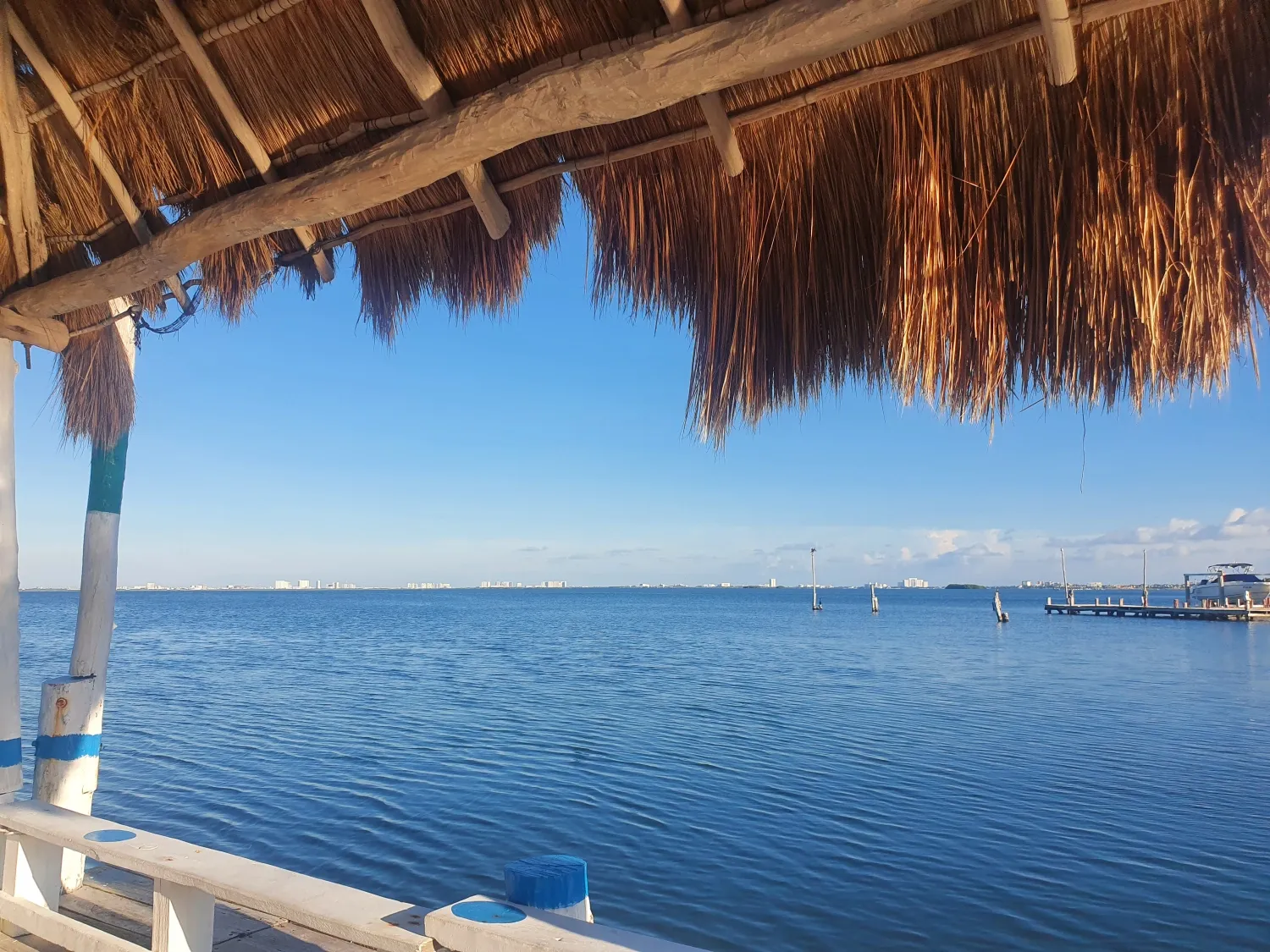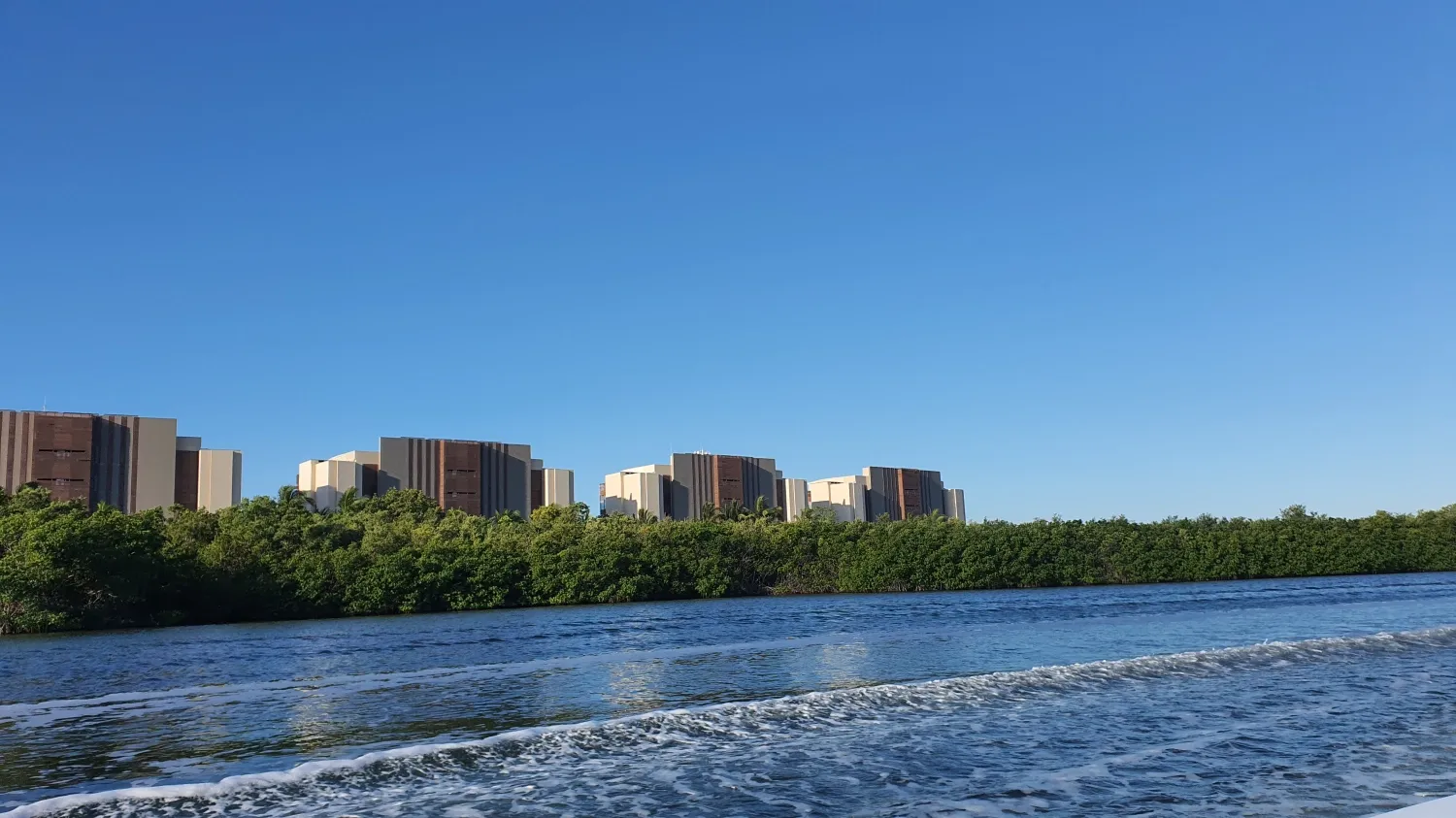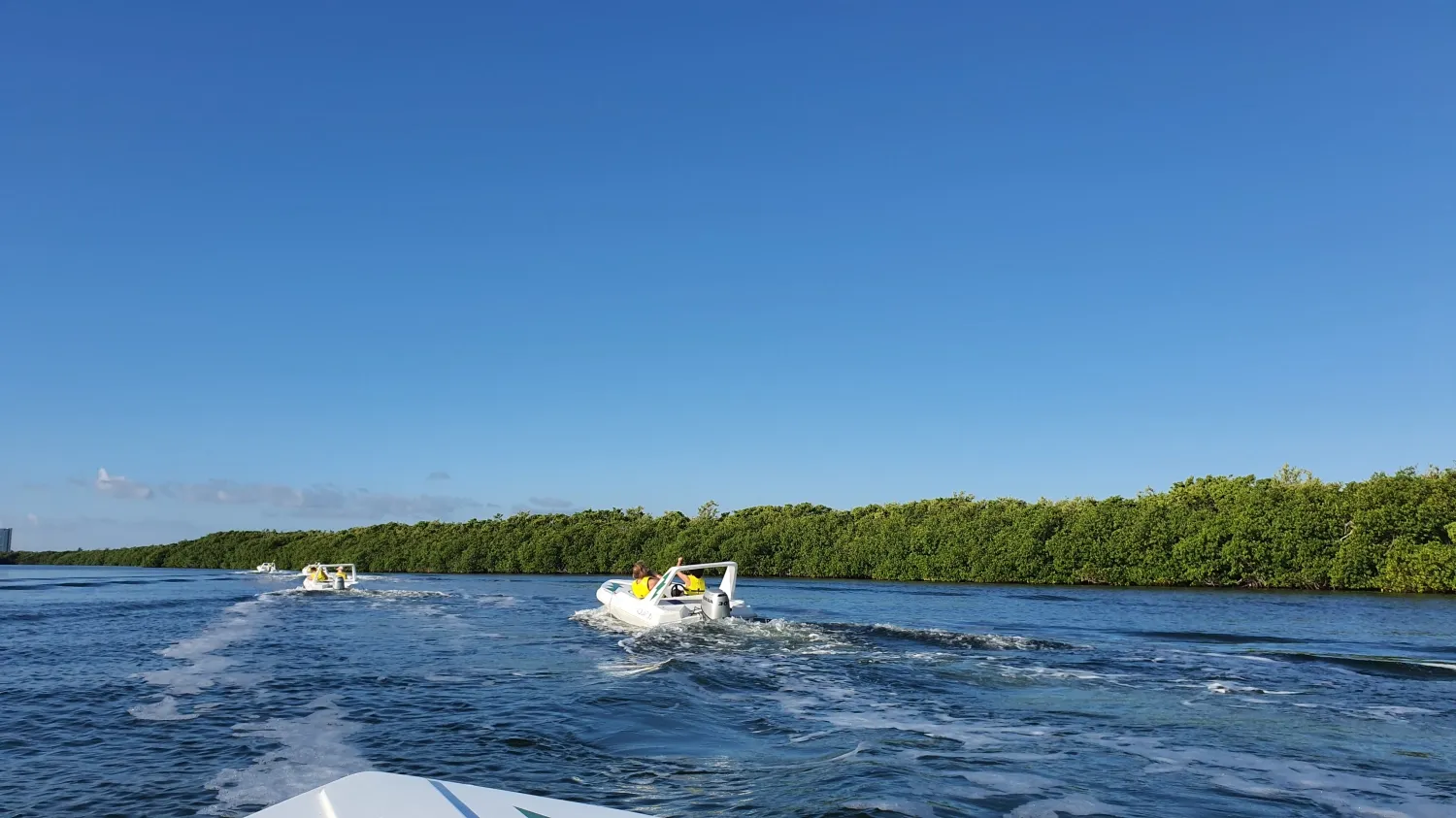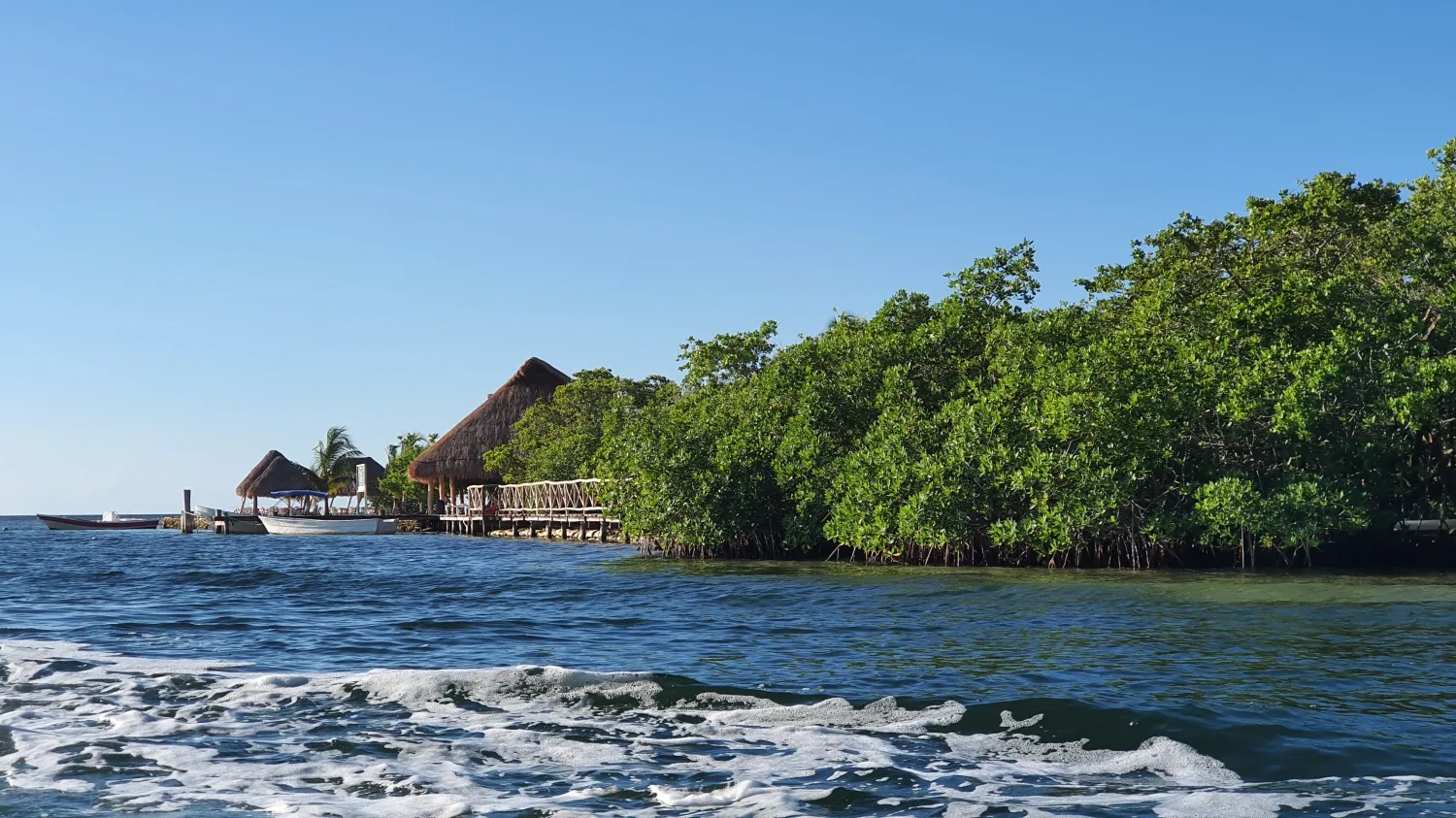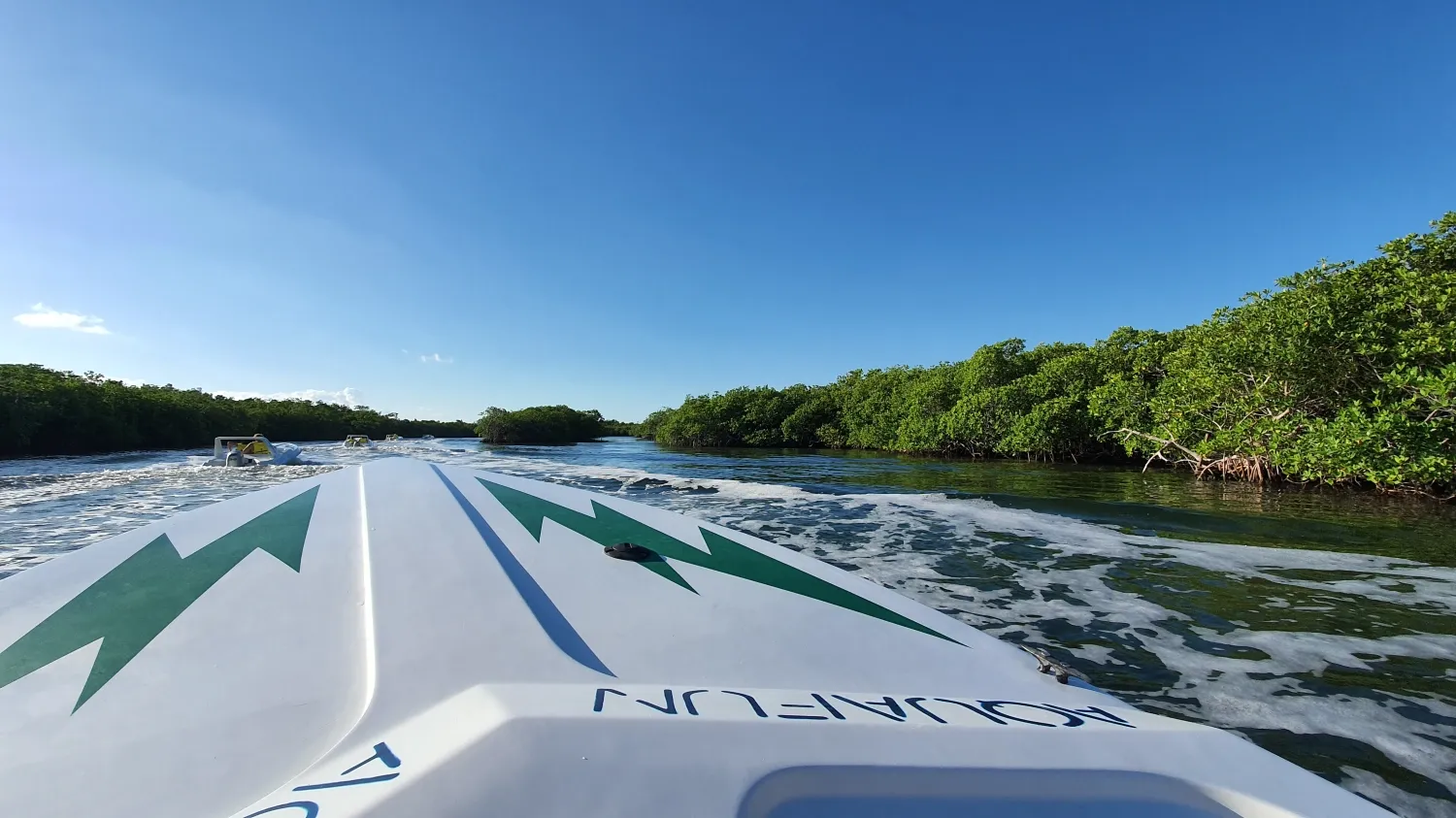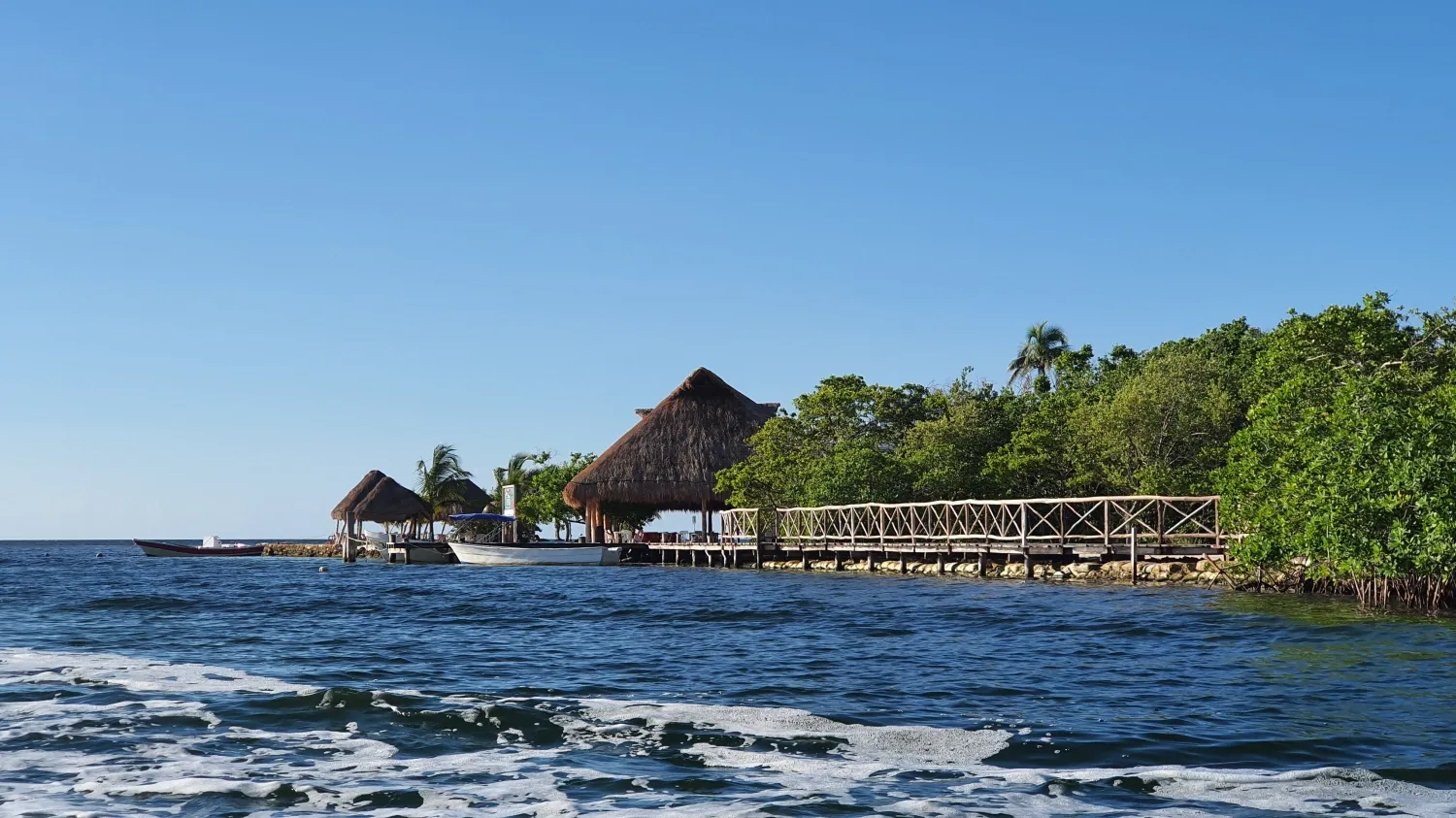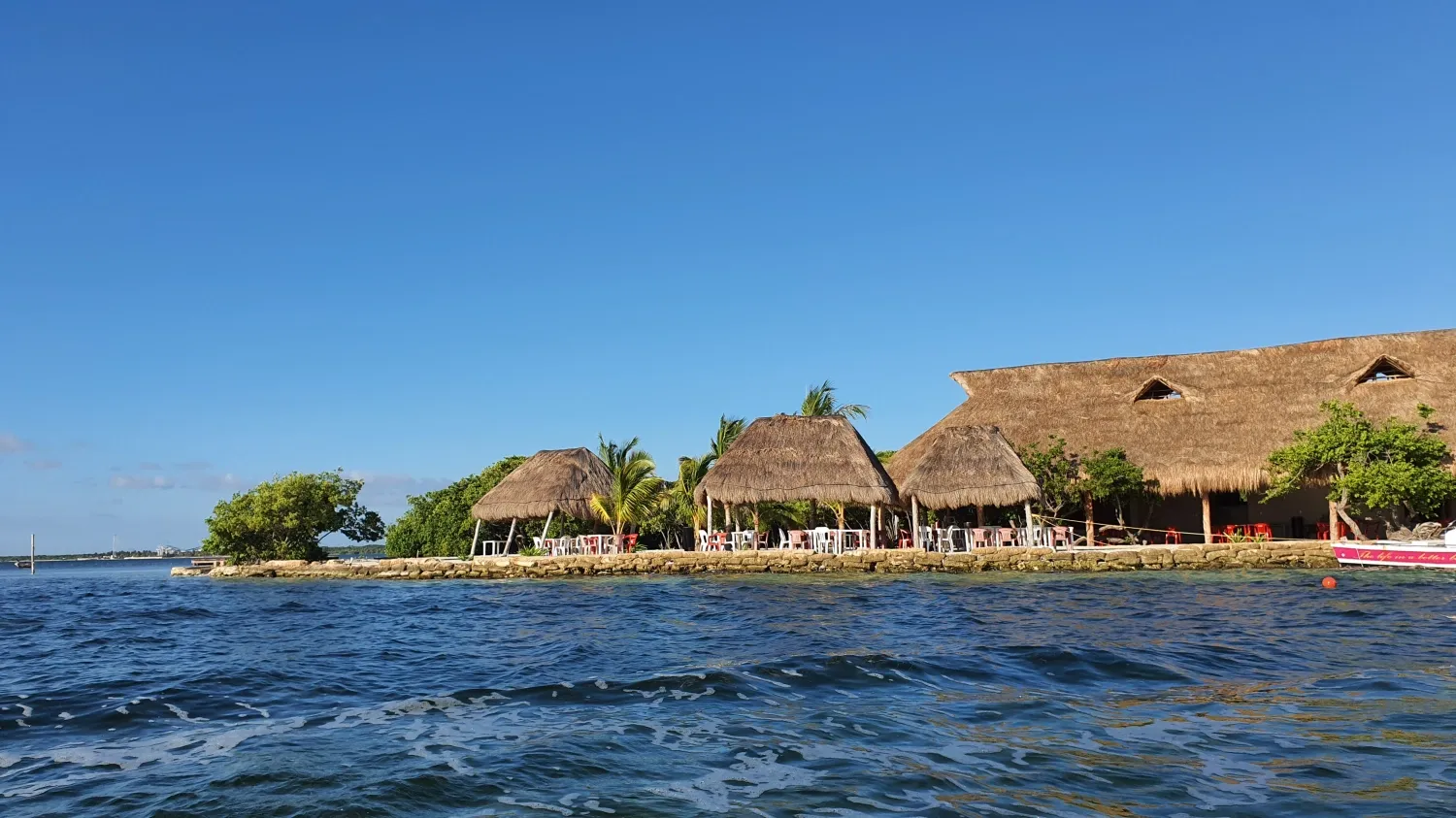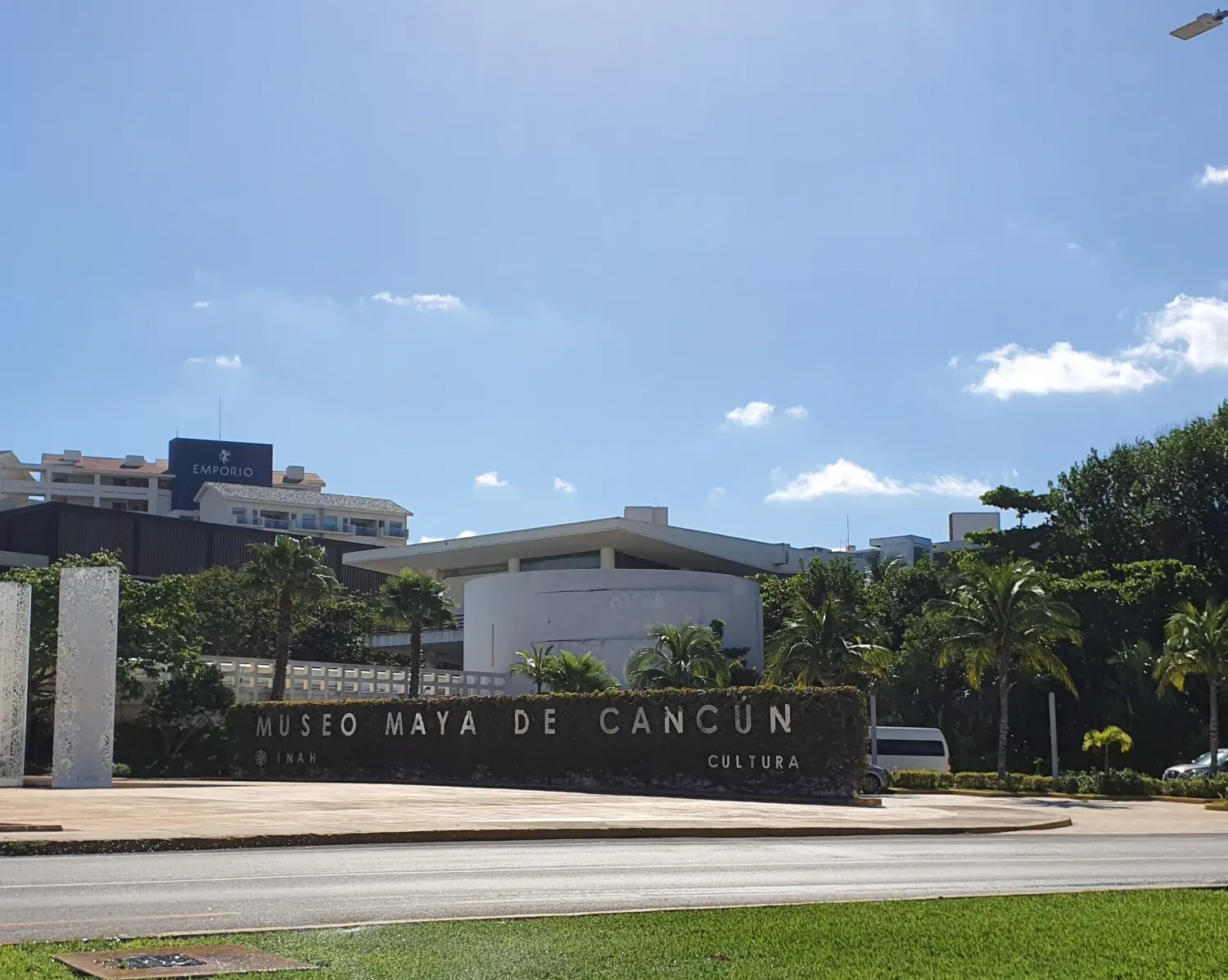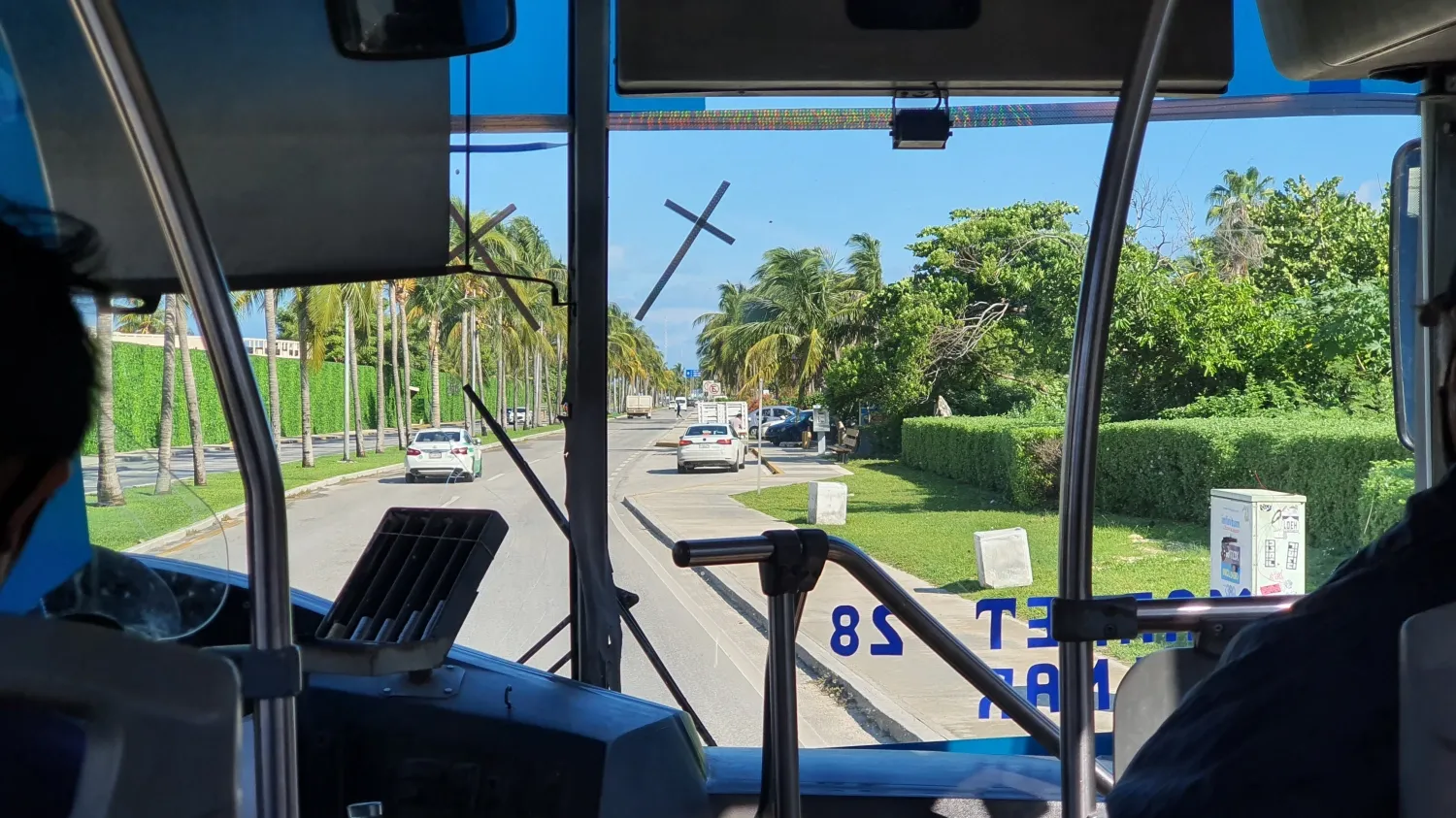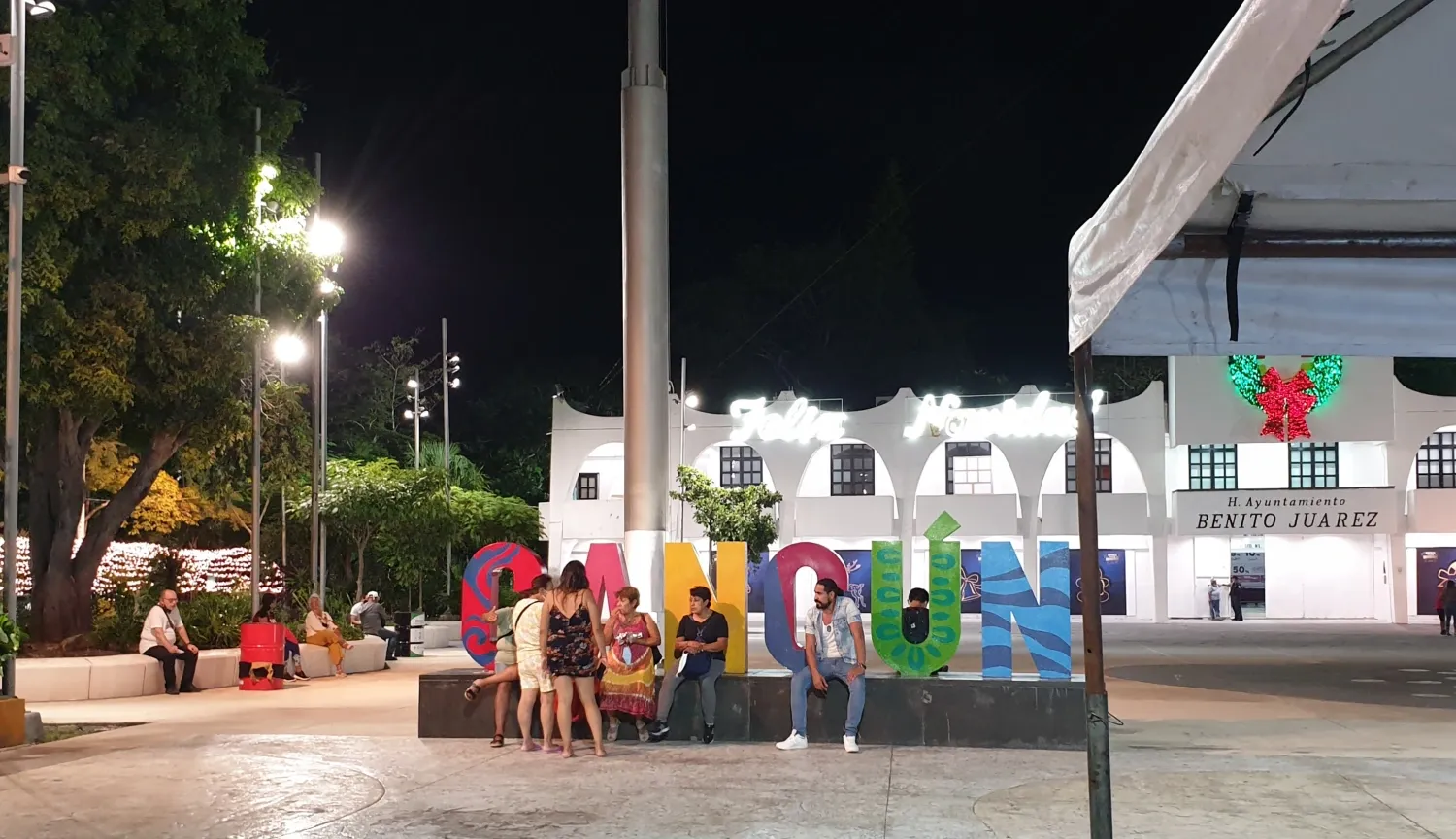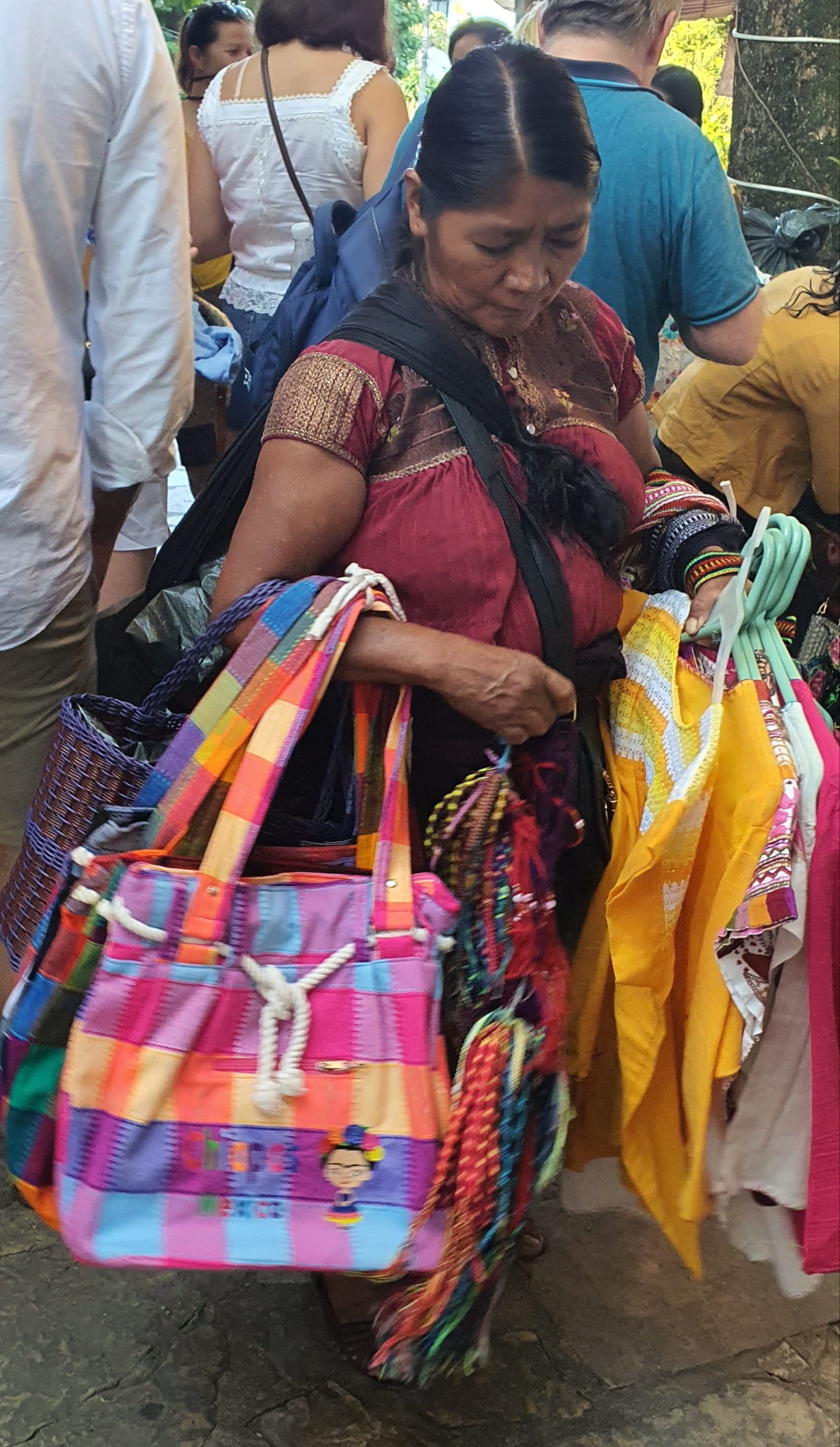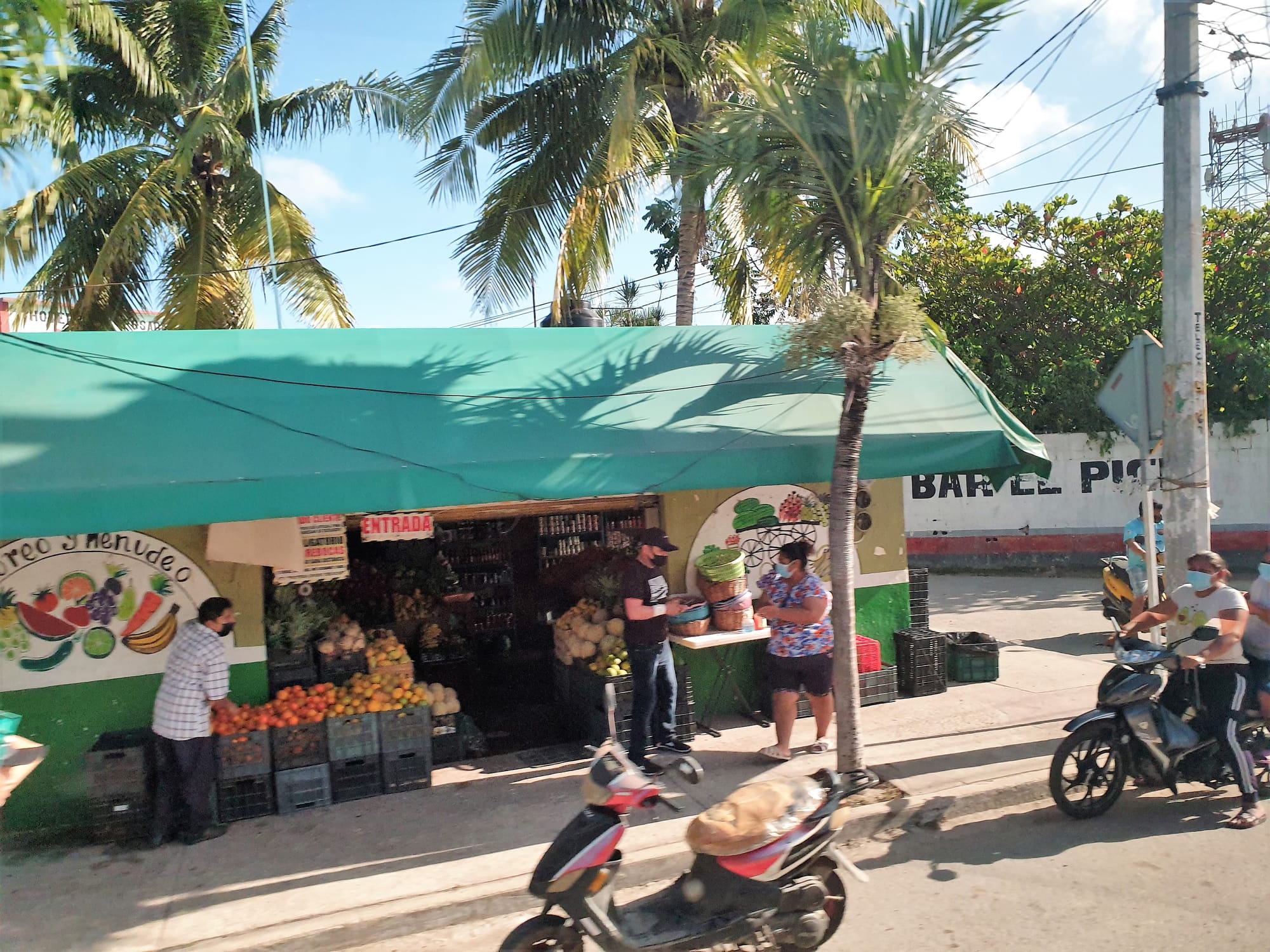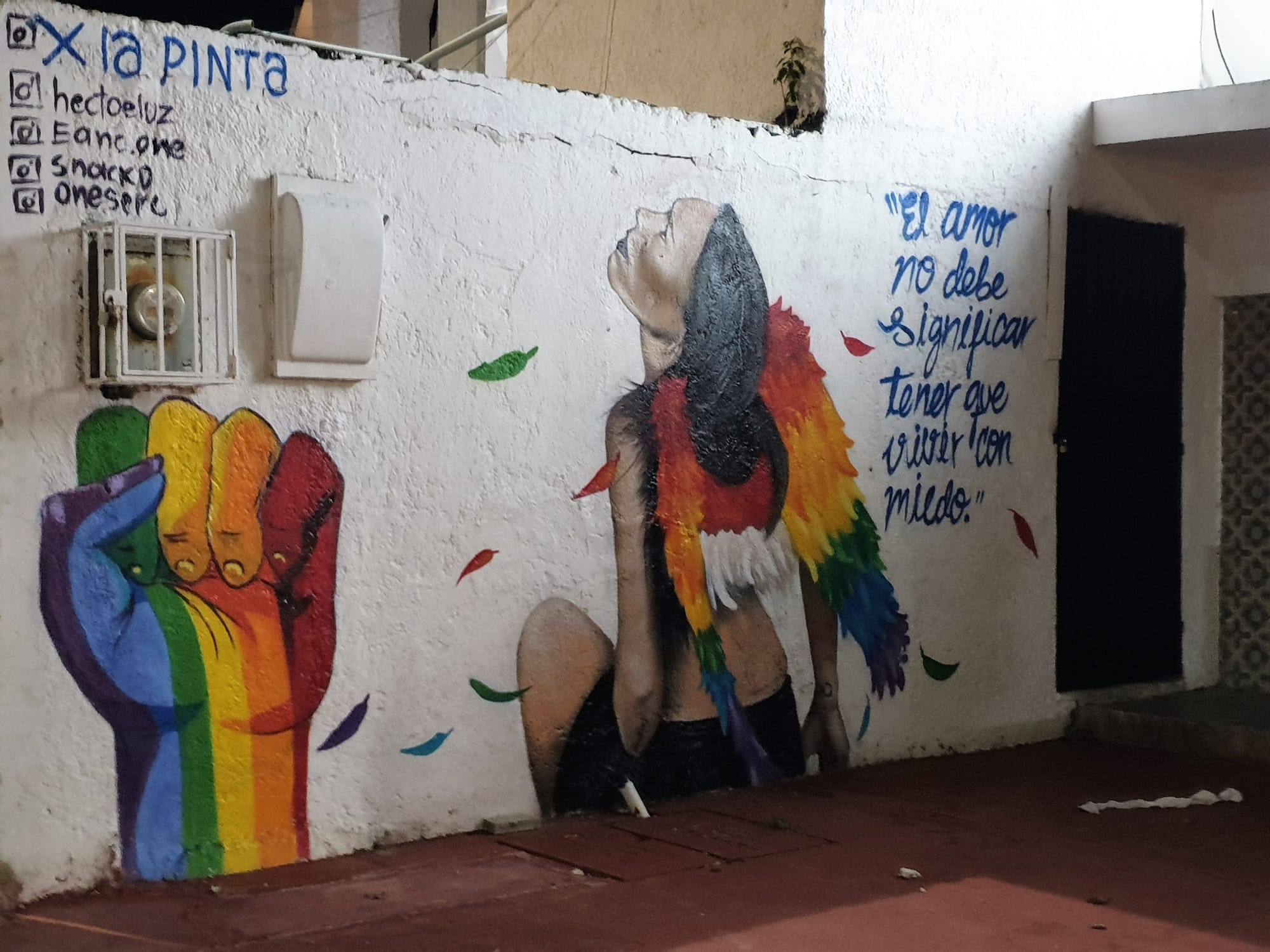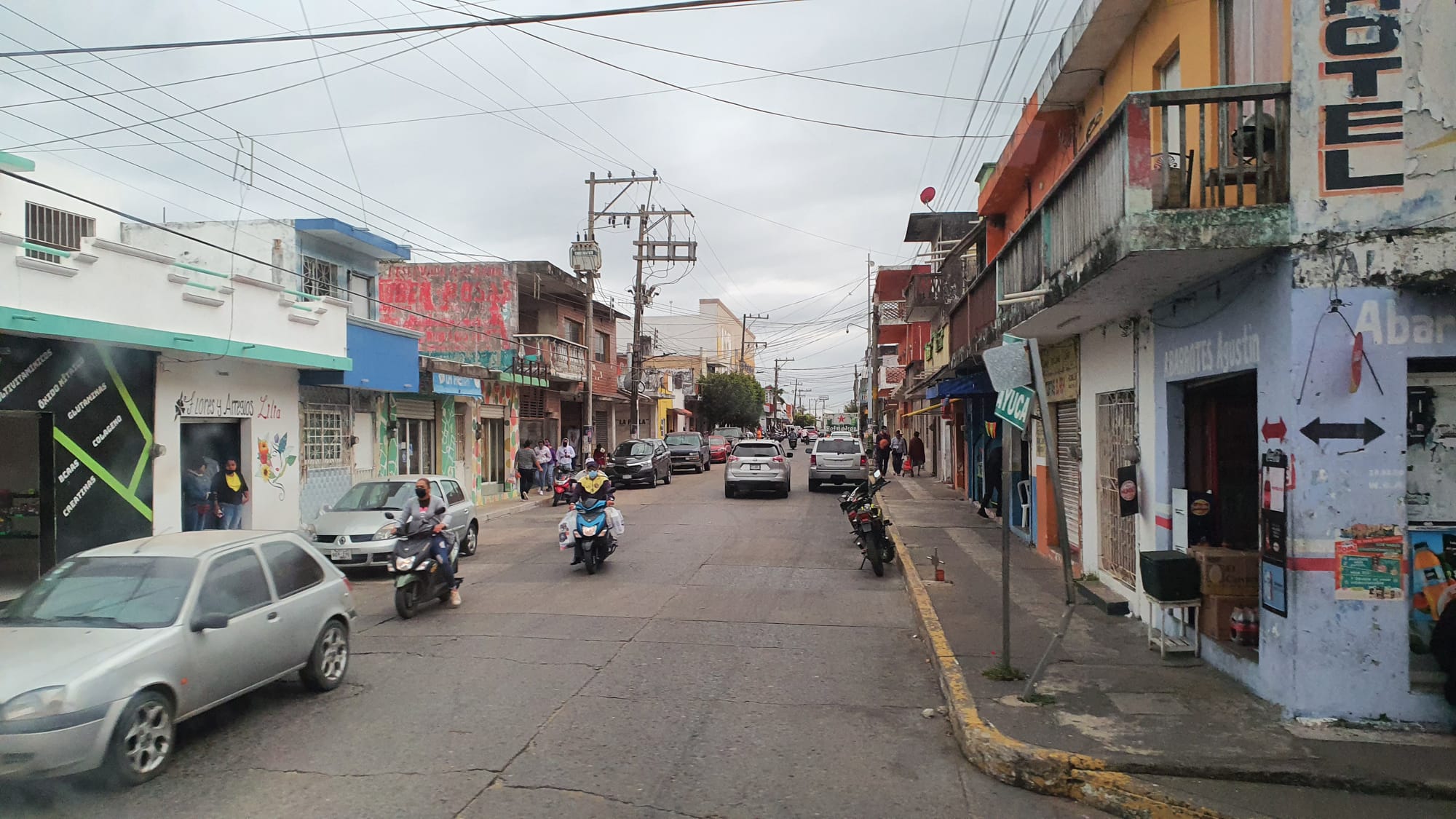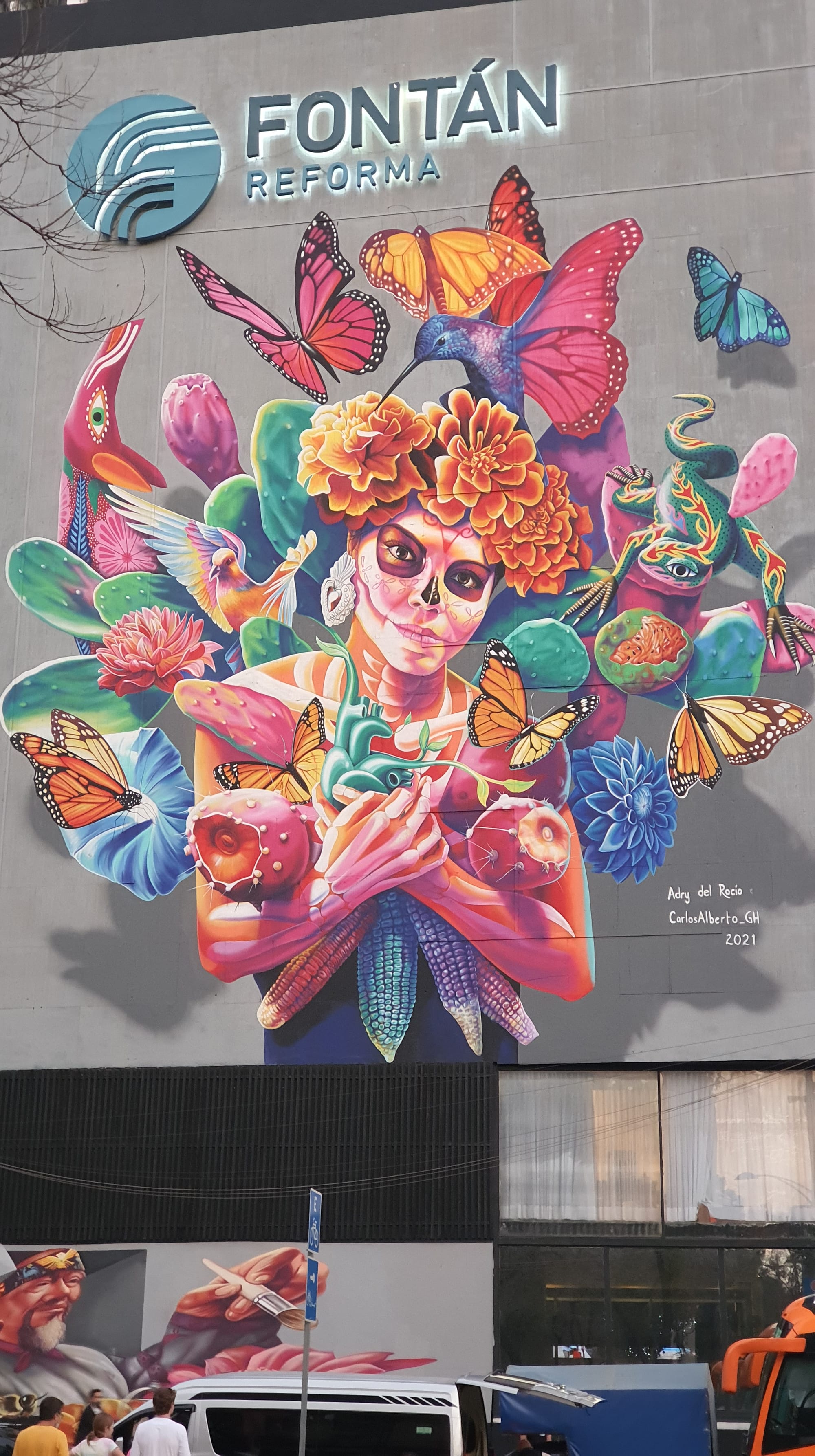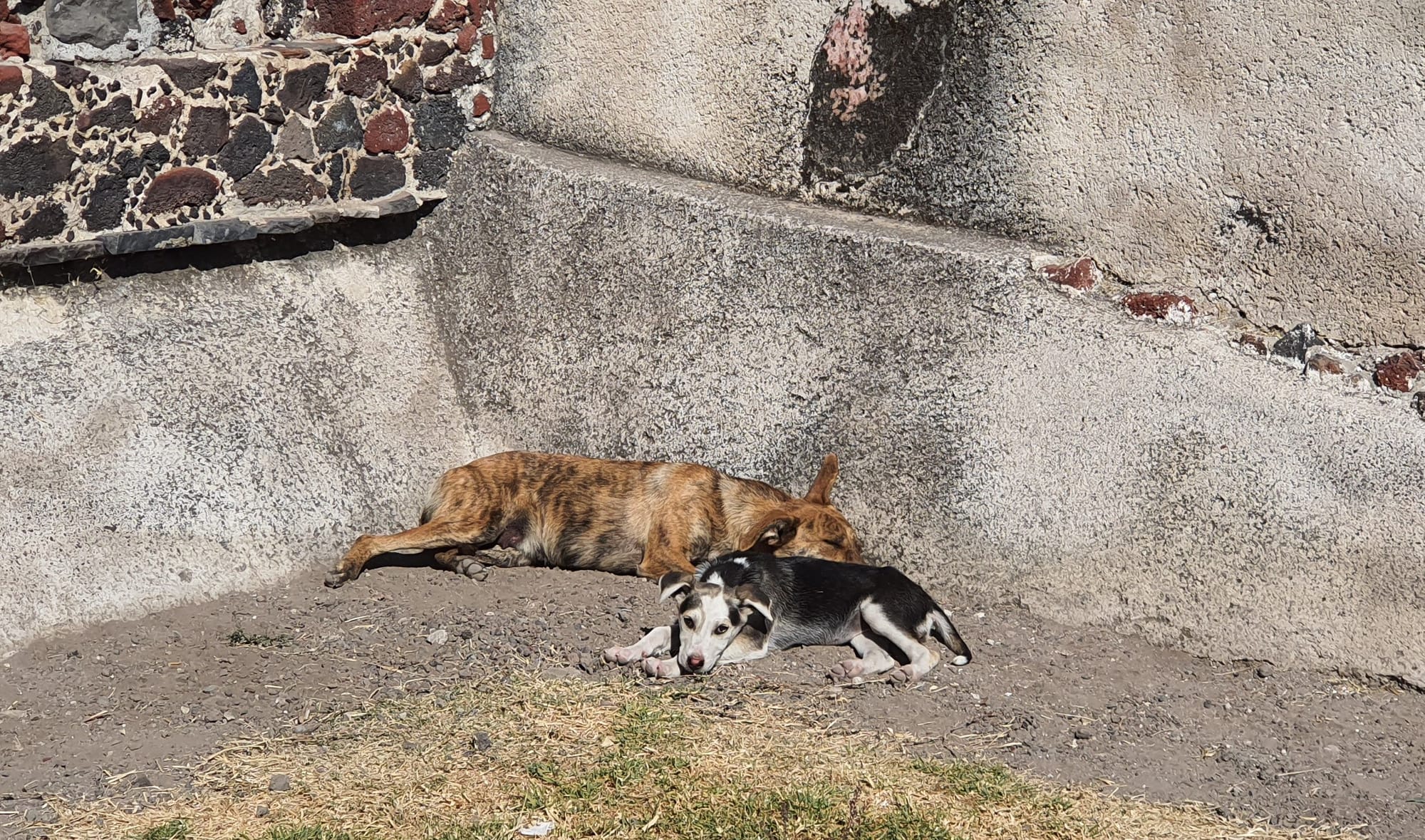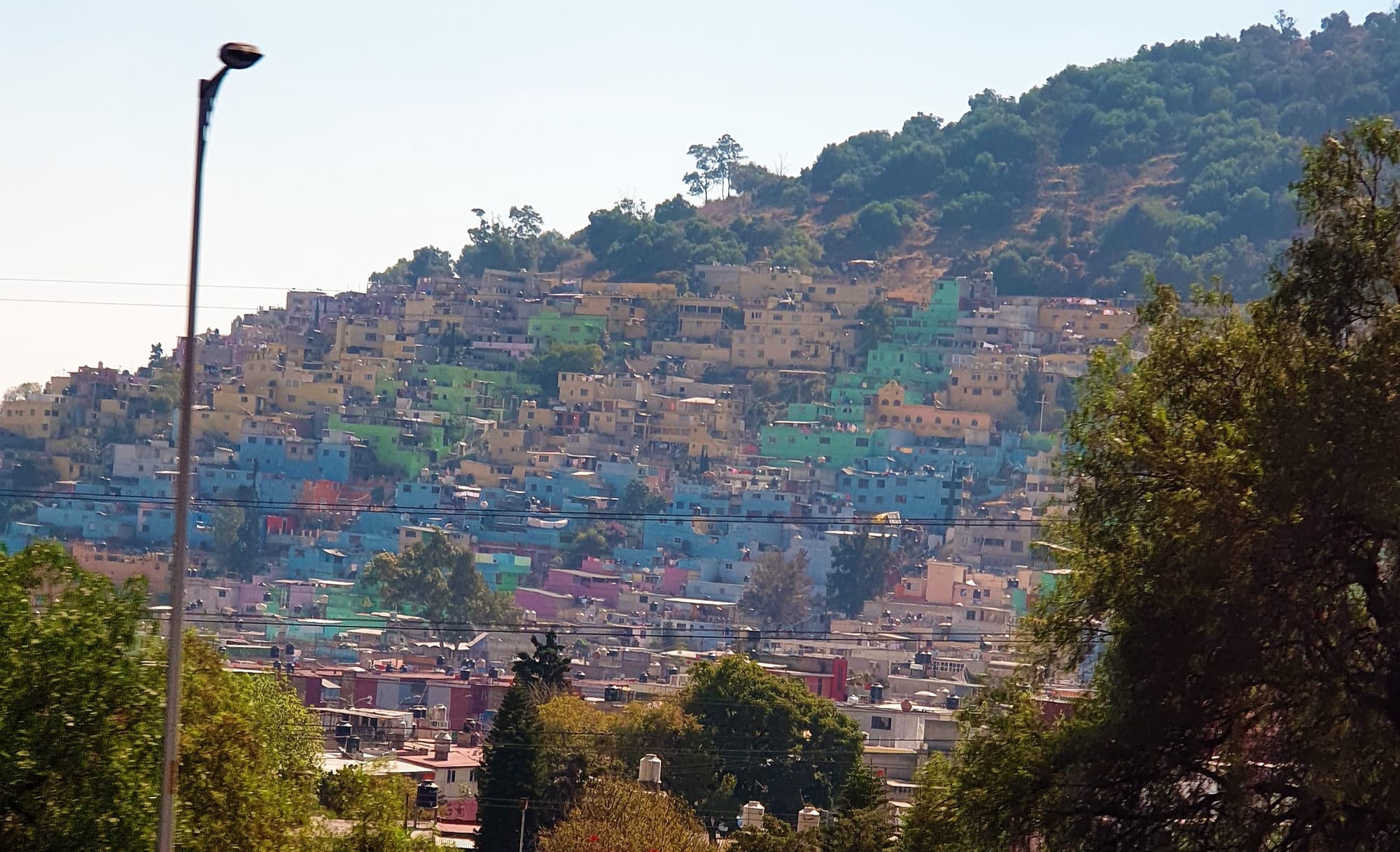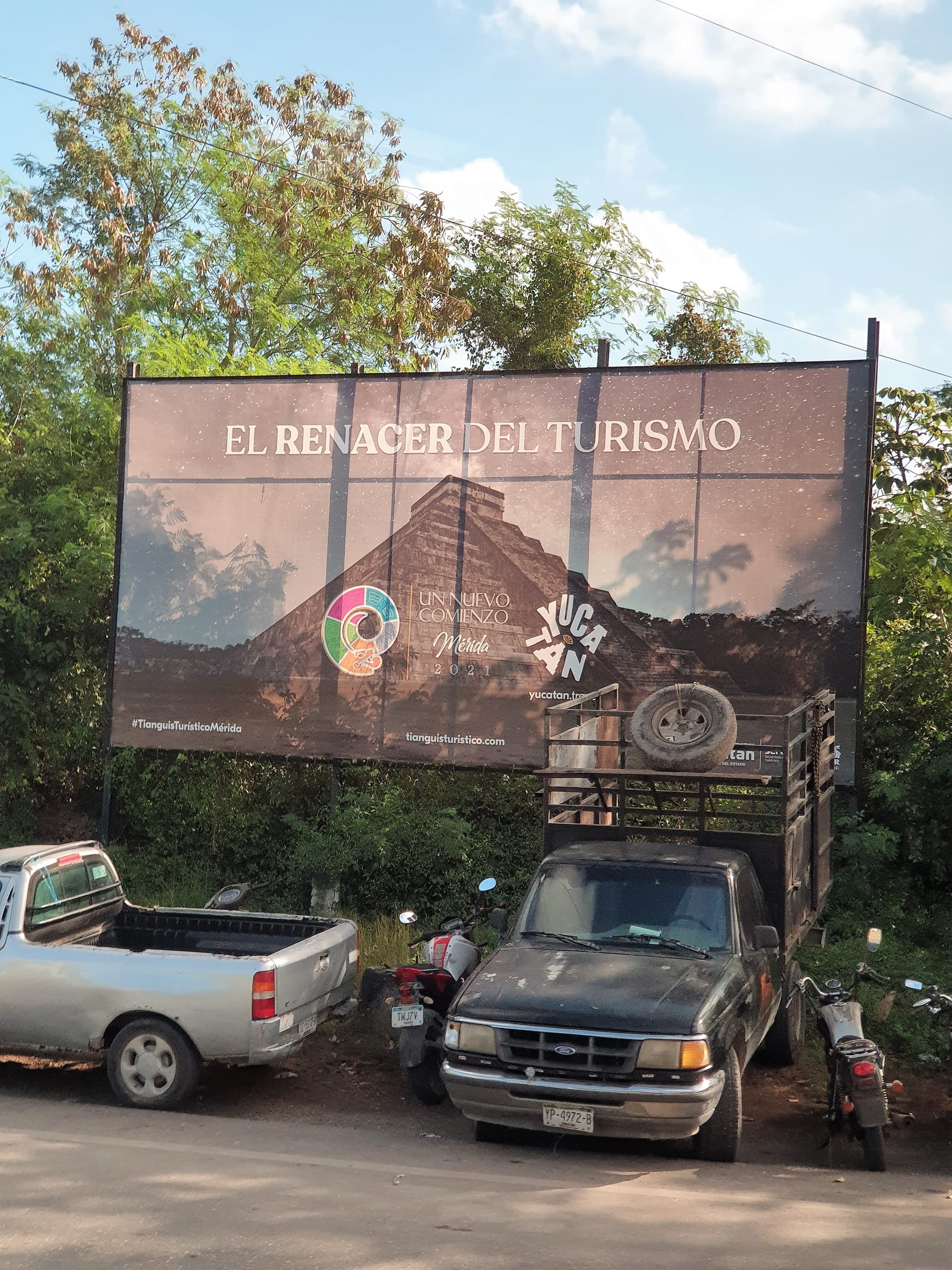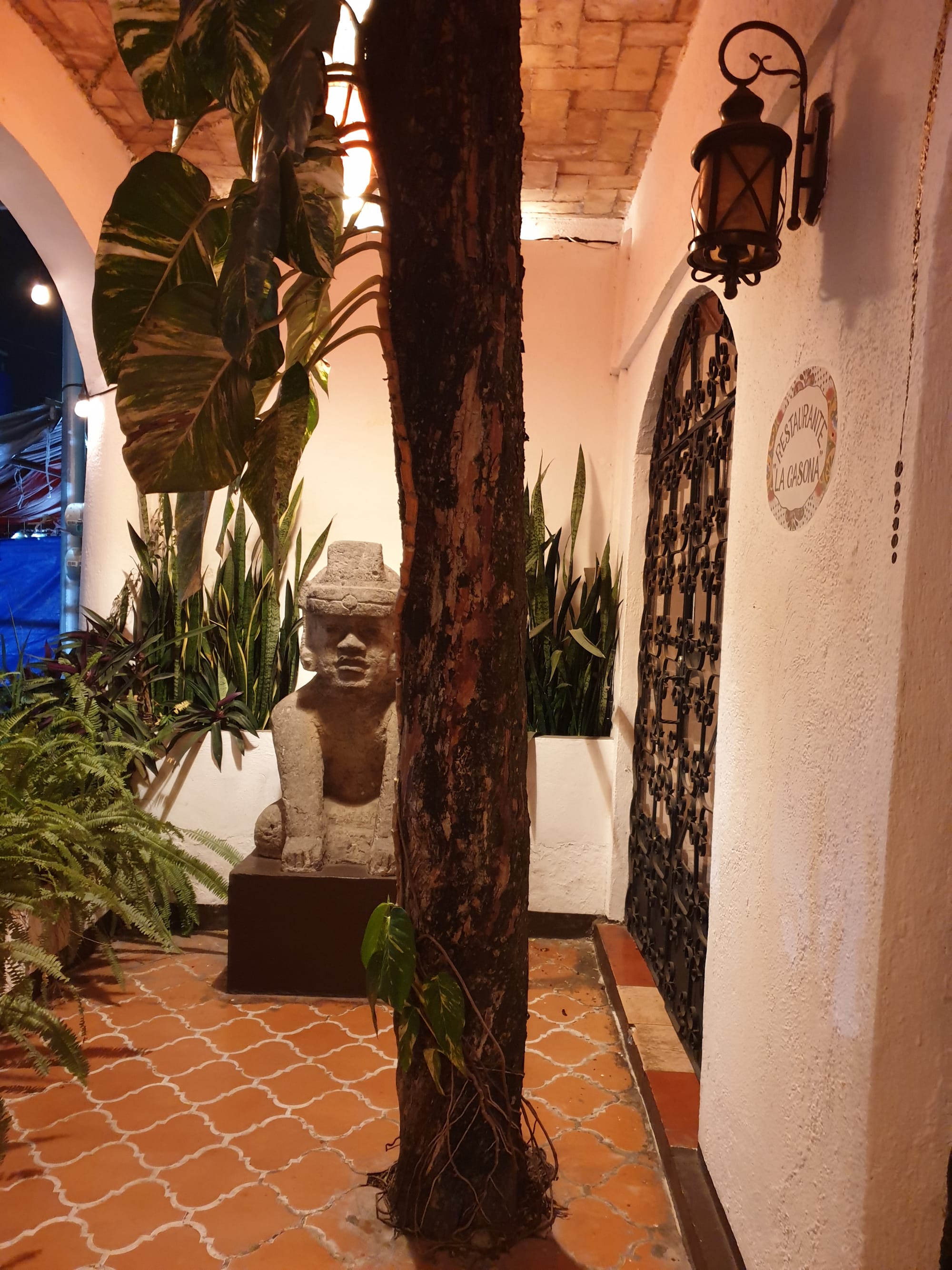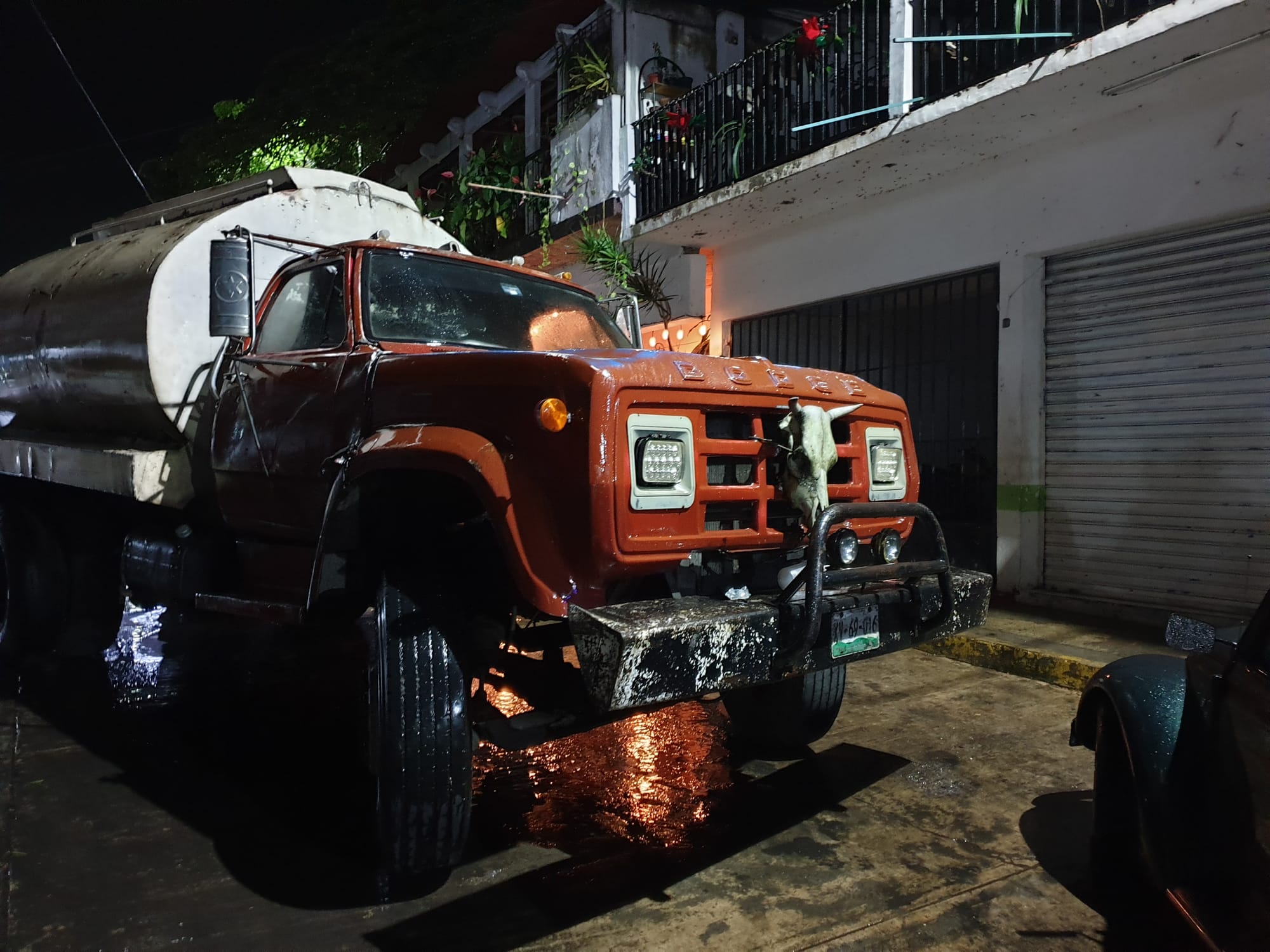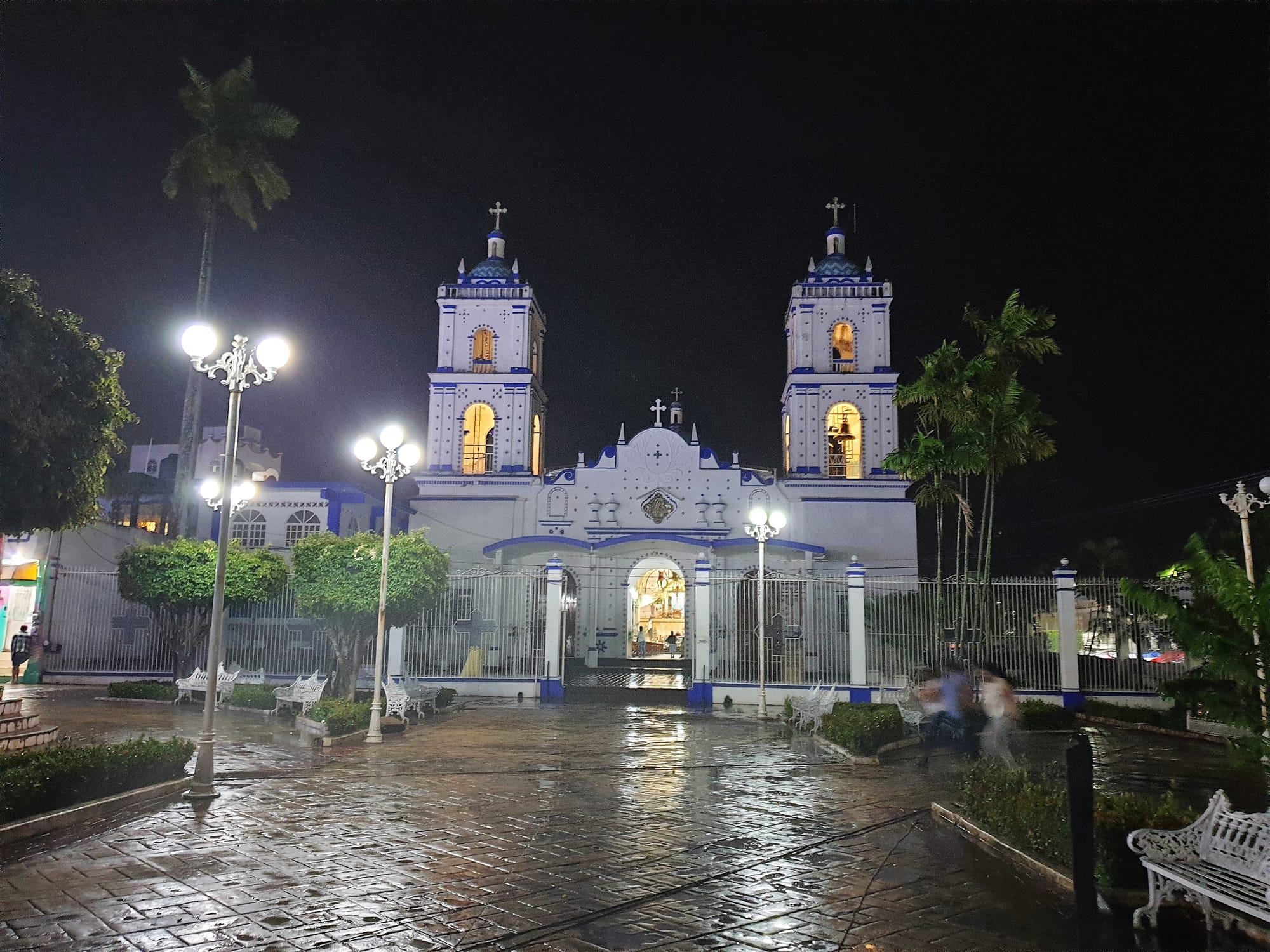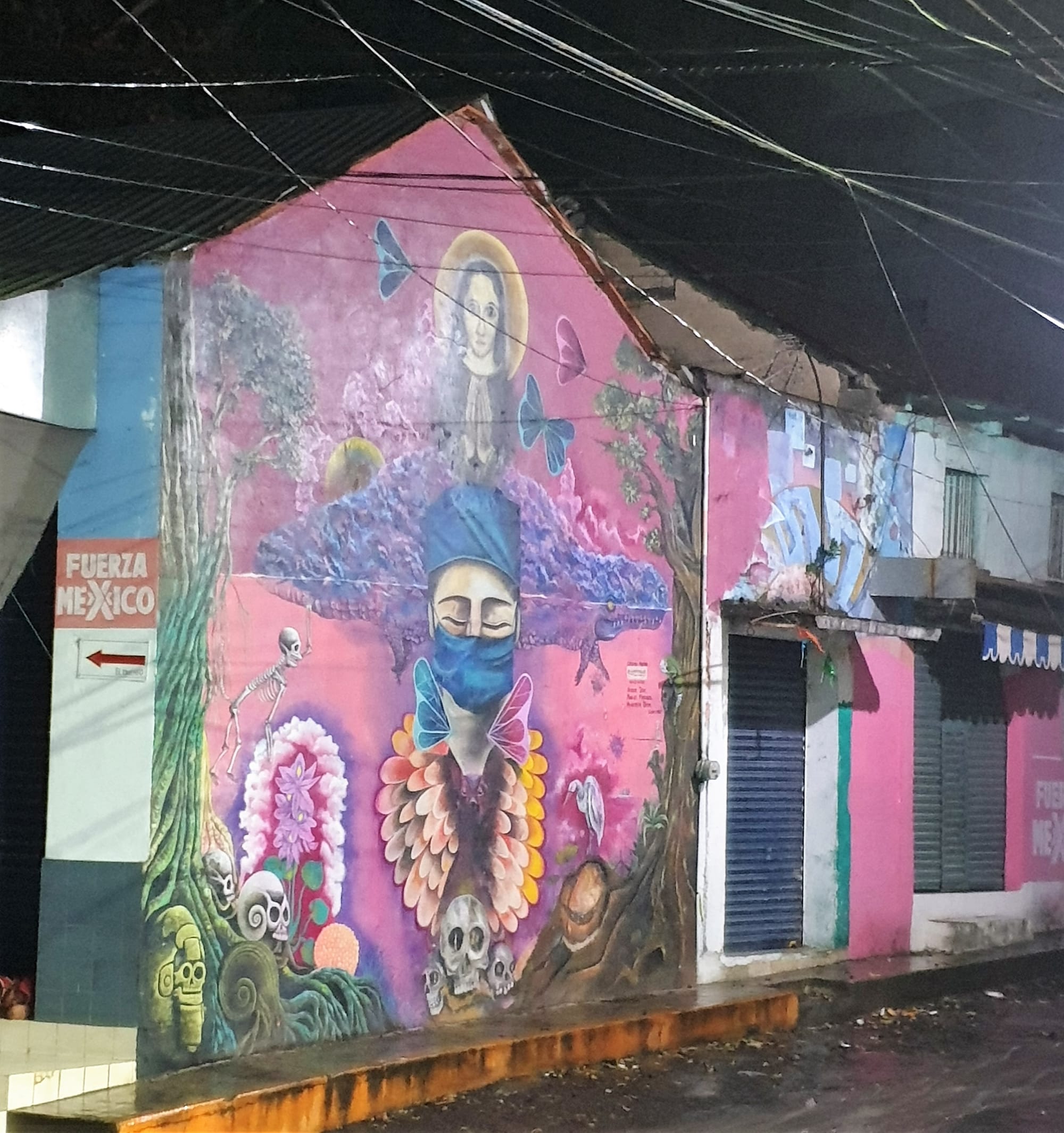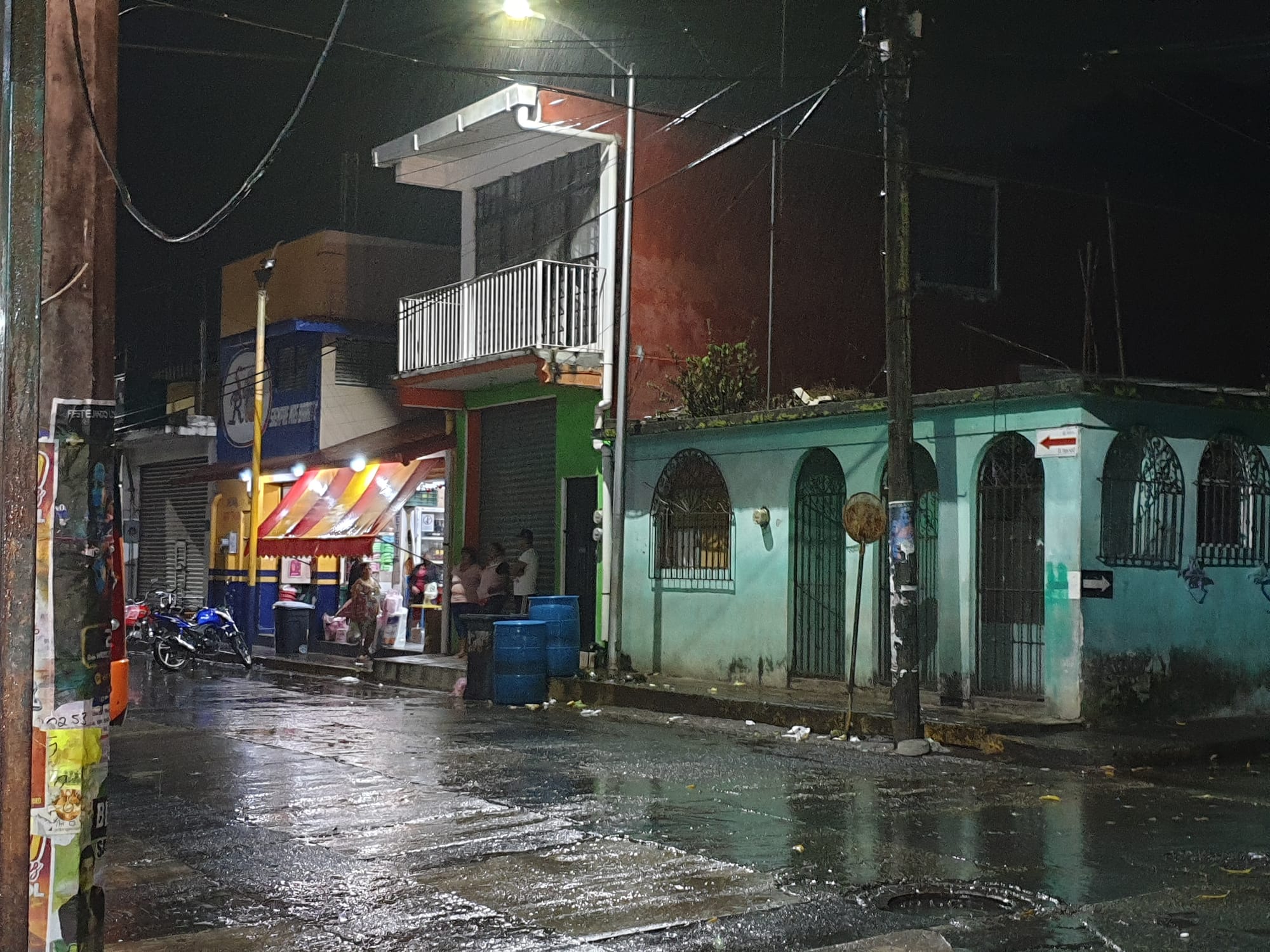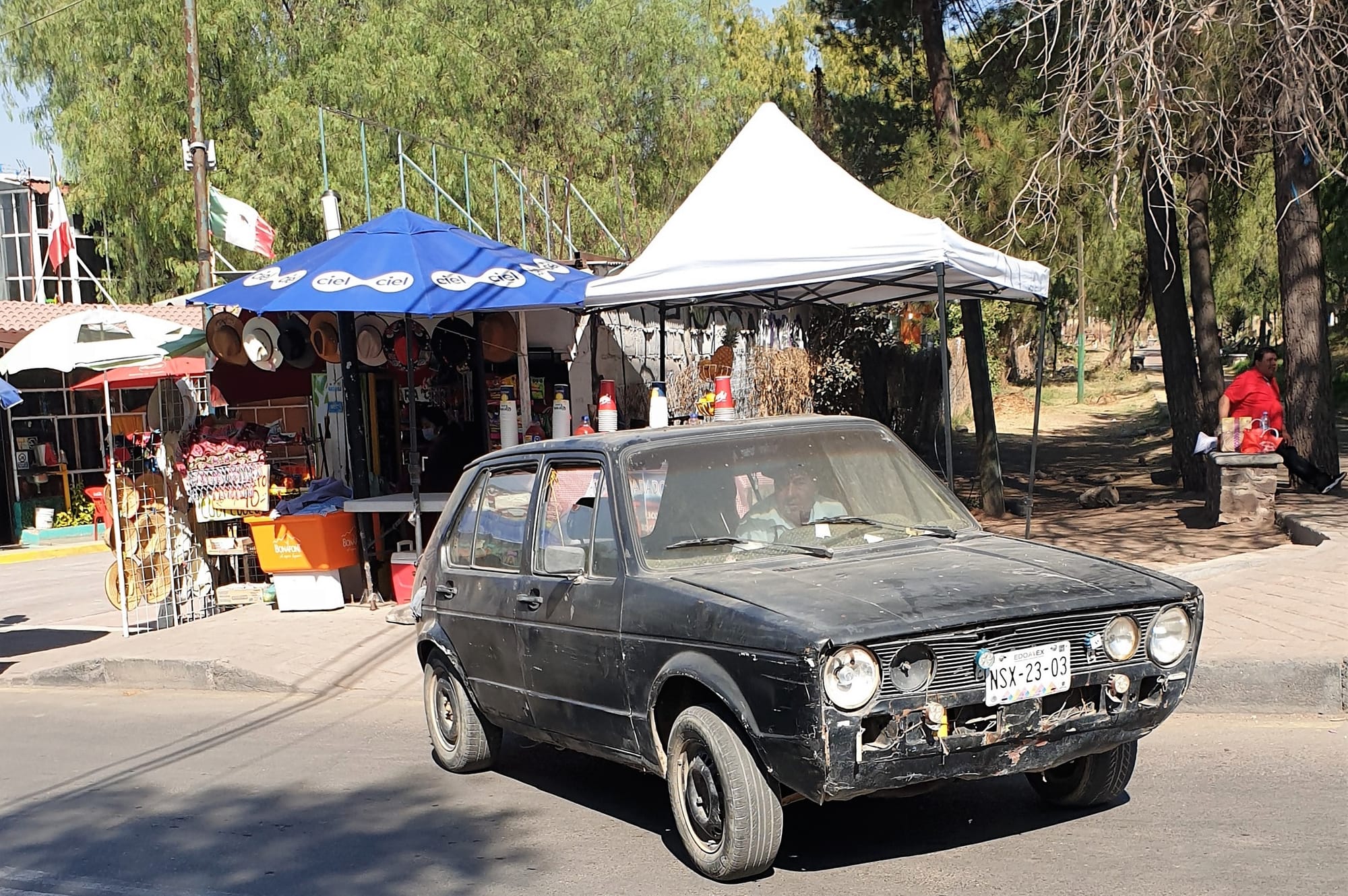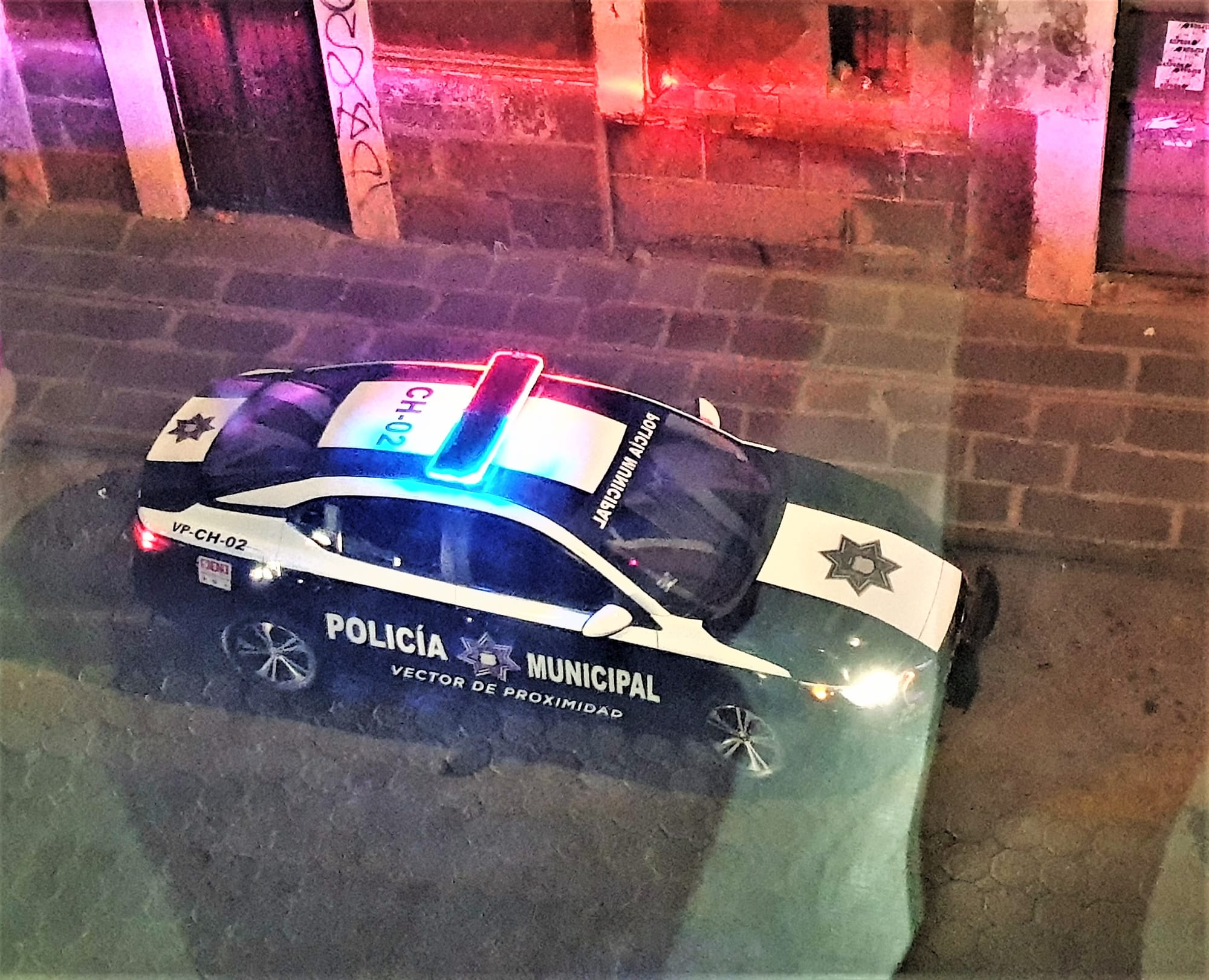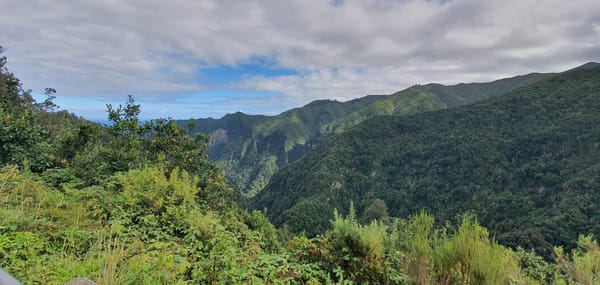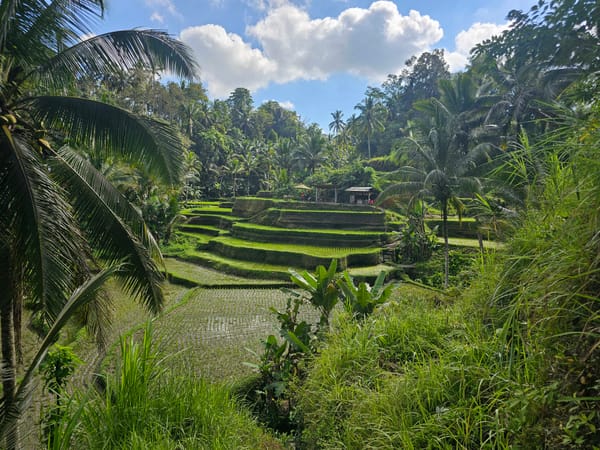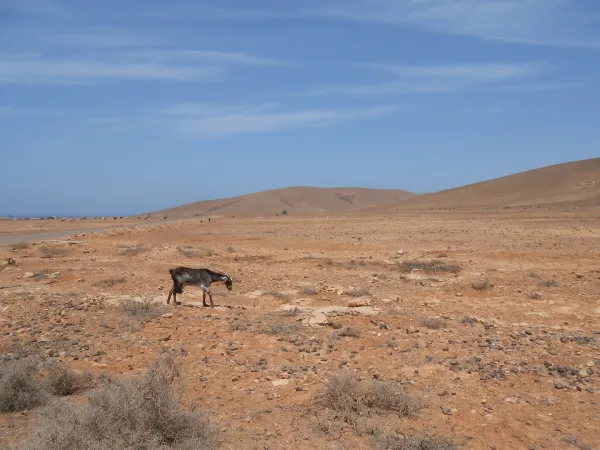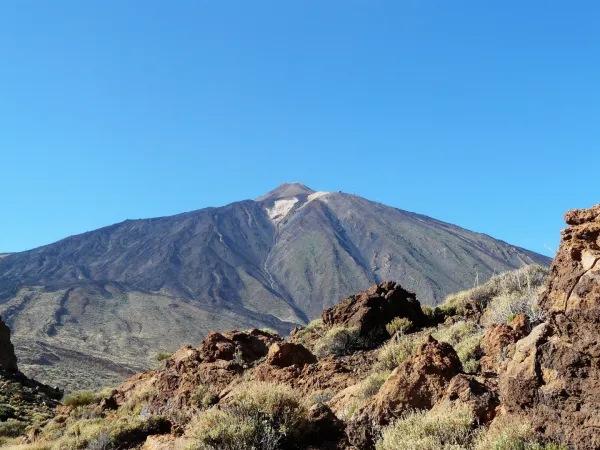Mexico
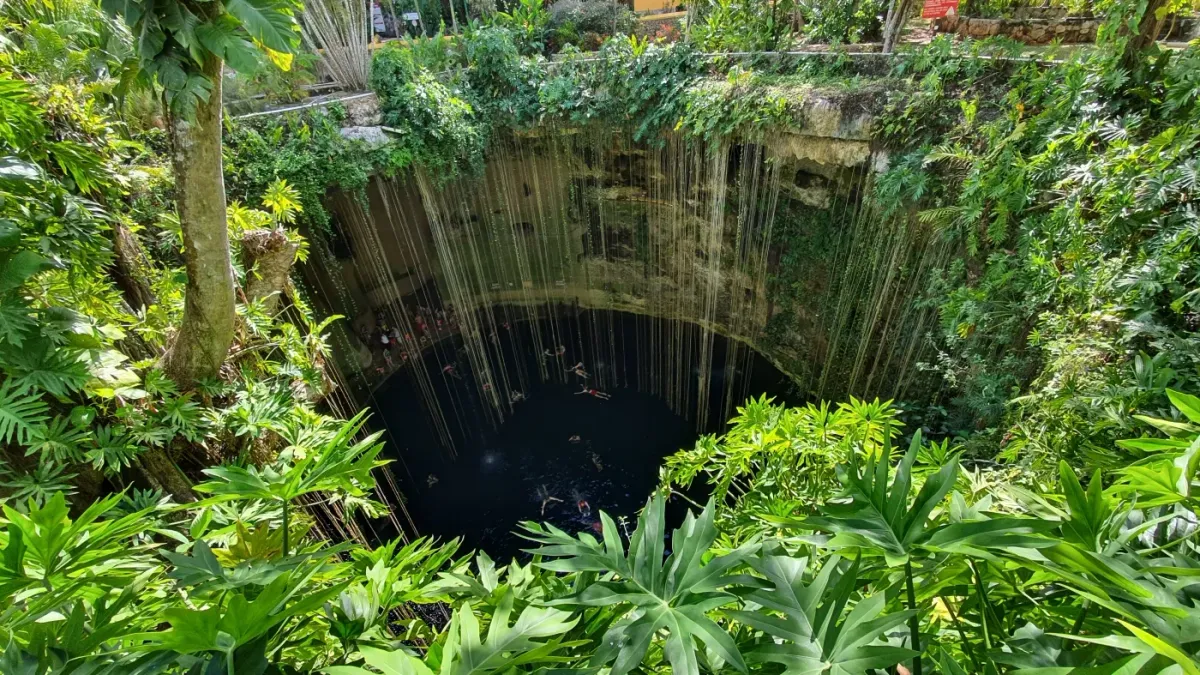
Another year with covid19 and another trip booked with a travel agency, nothing like Kenya safari last year but it was quite ok and we had a chance to see amazing places, to learn something about the culture and the country we hadn’t known before.

Chitzen Itza
Chichen Itza was one of the largest Maya cities, with the relatively densely clustered architecture of the site core covering an area of at least 5 square kilometers
https://en.wikipedia.org/wiki/Chichen_Itza
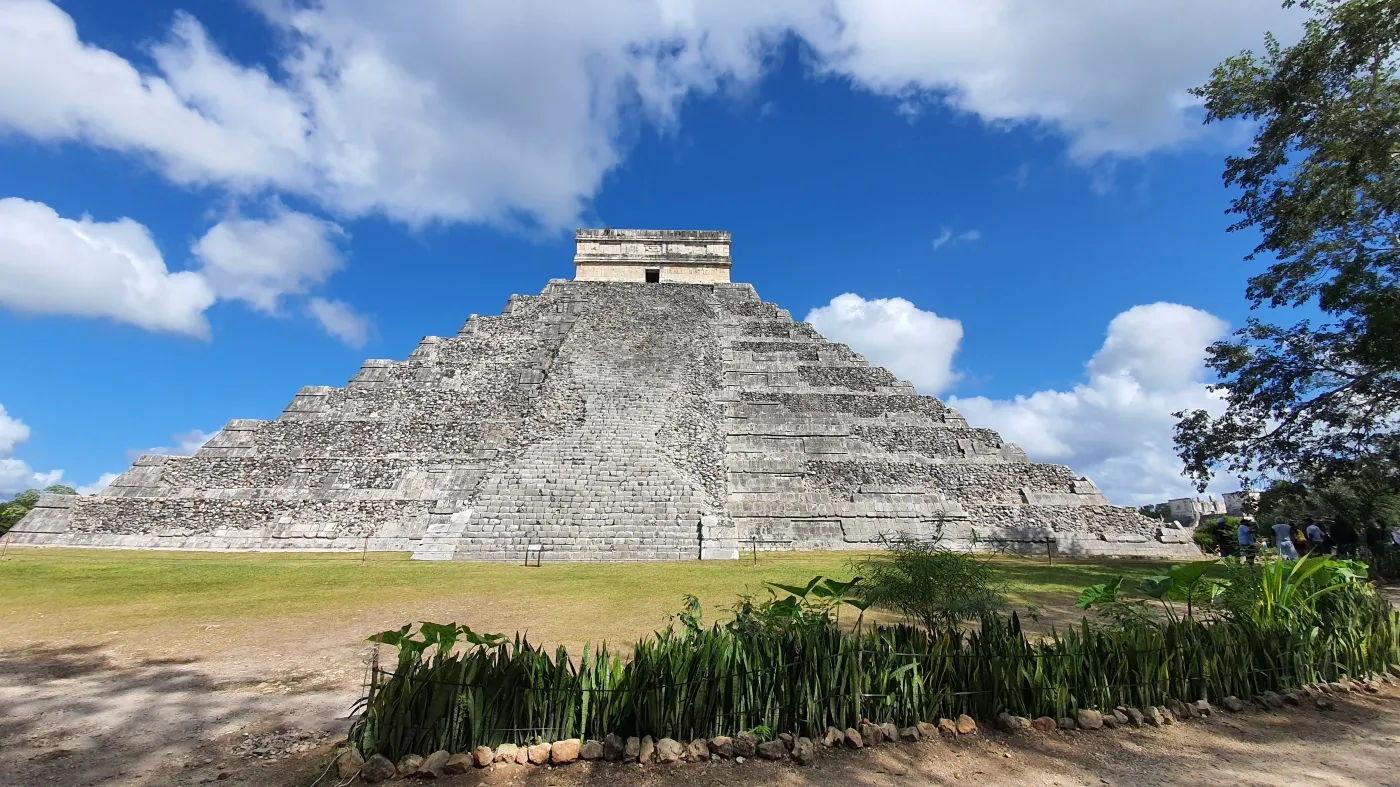
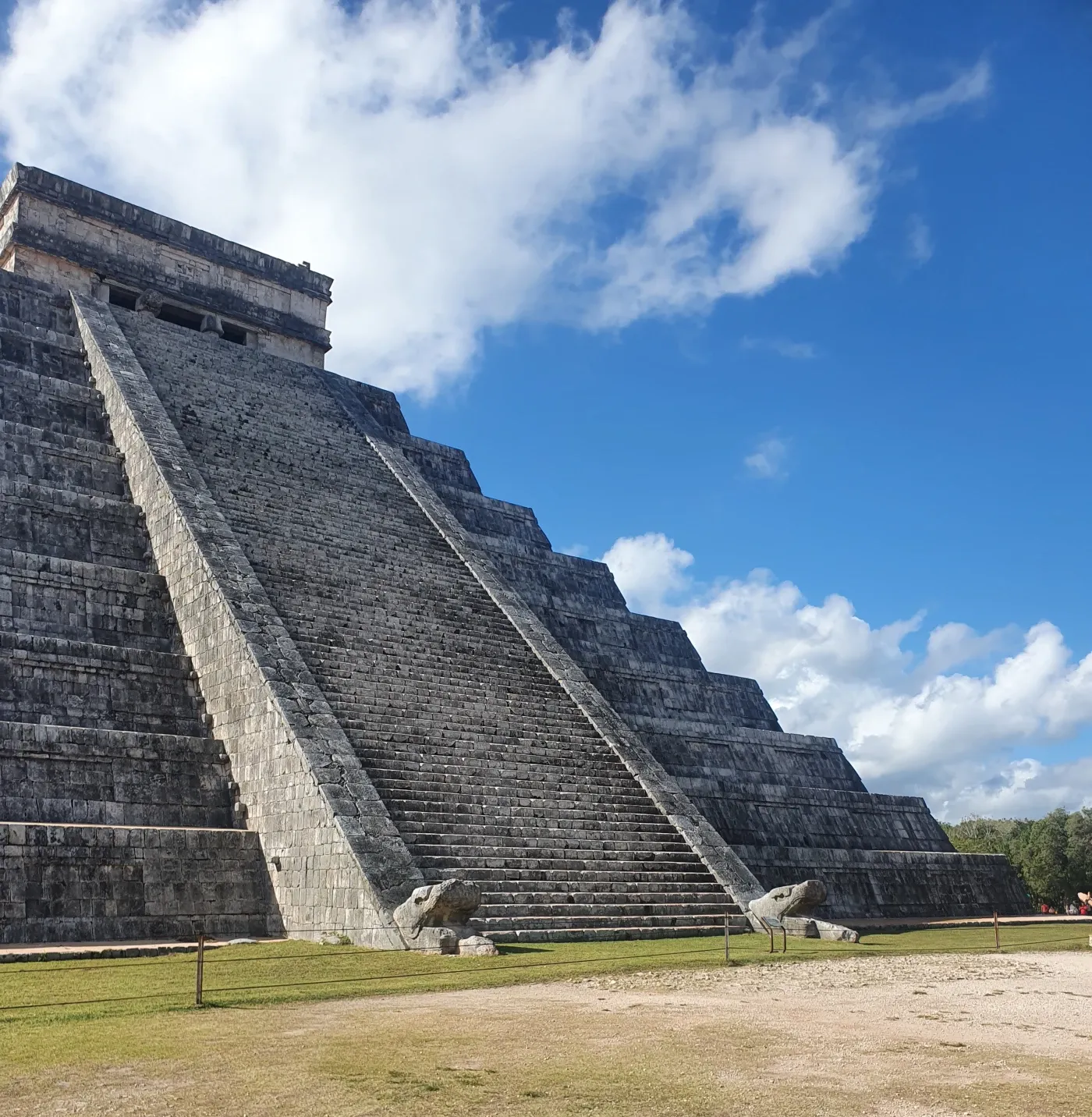
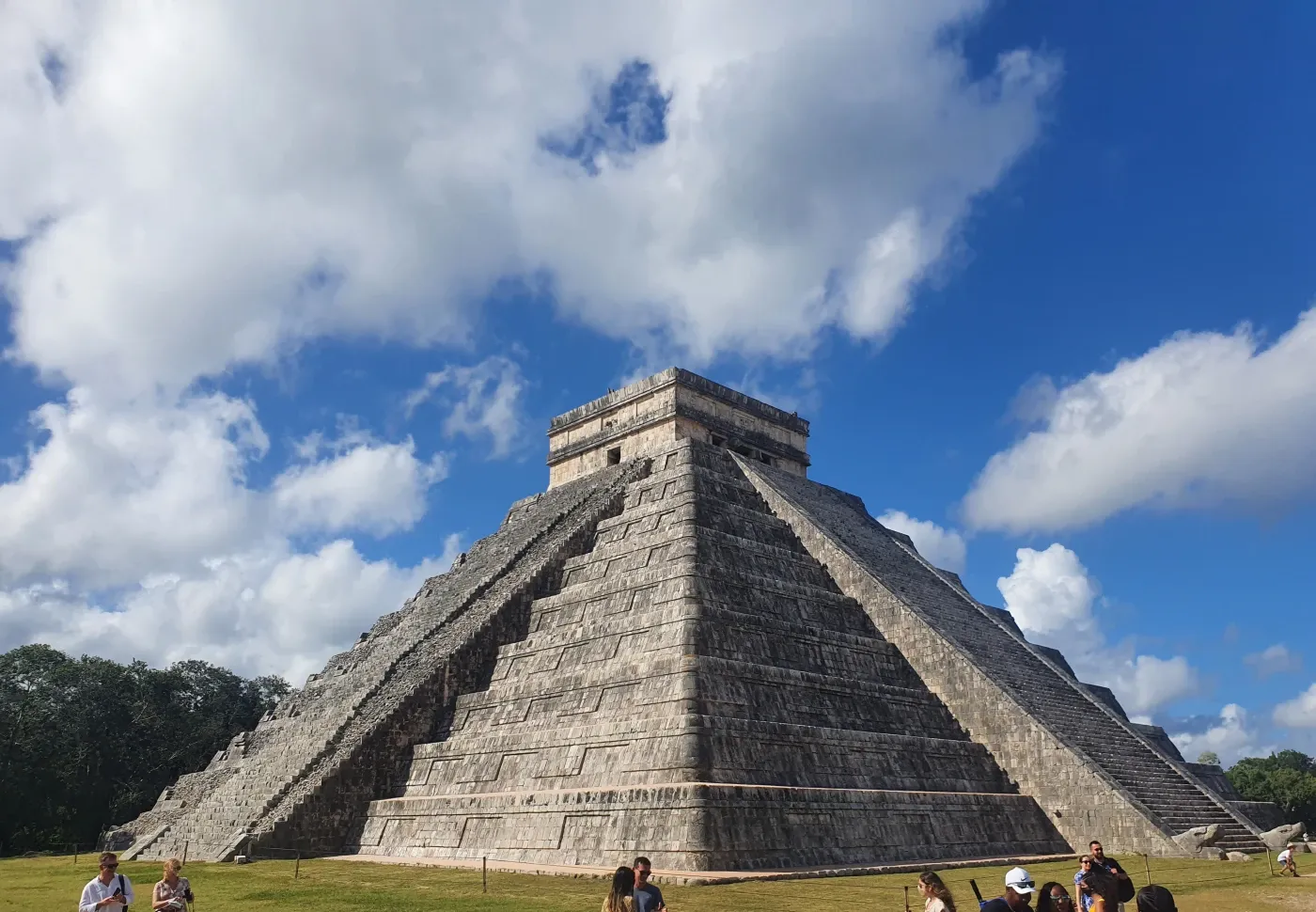
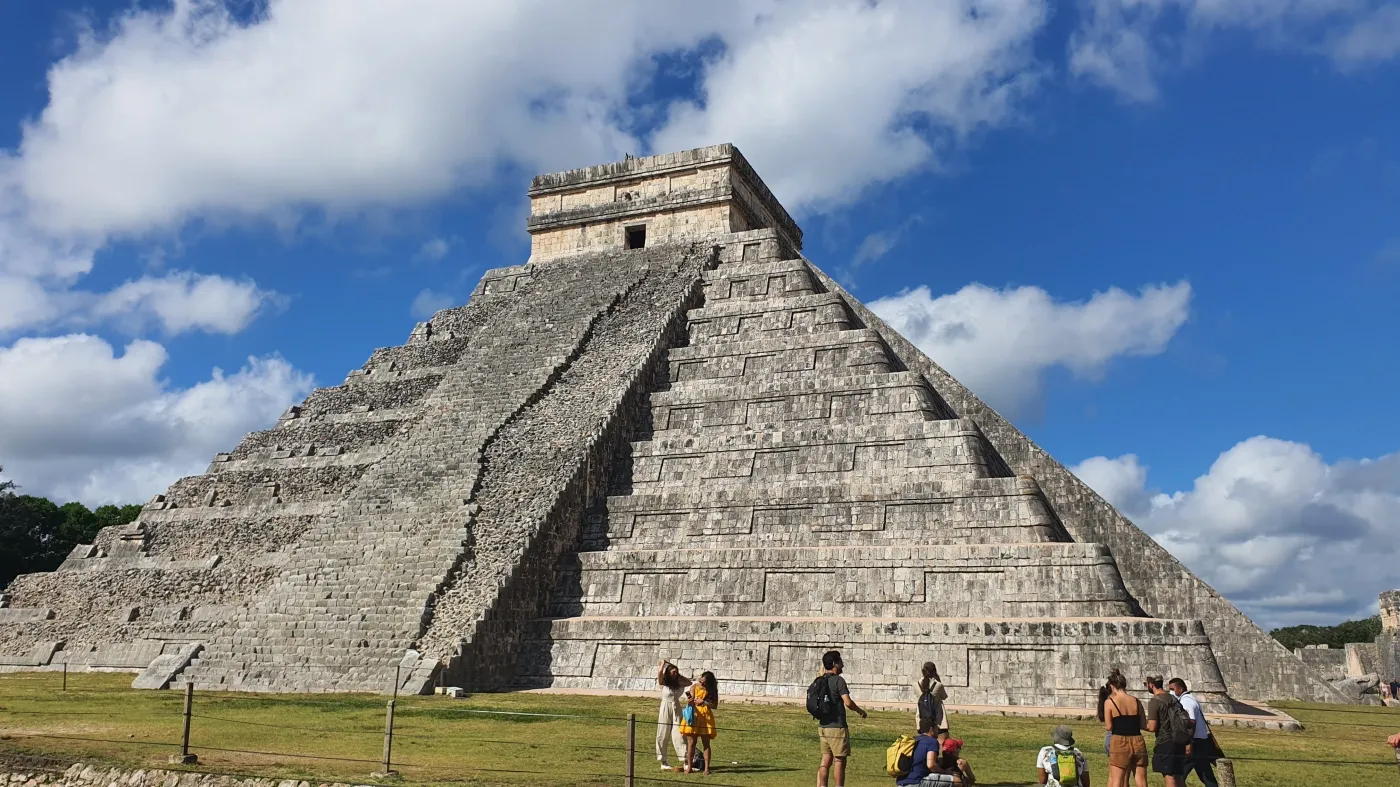
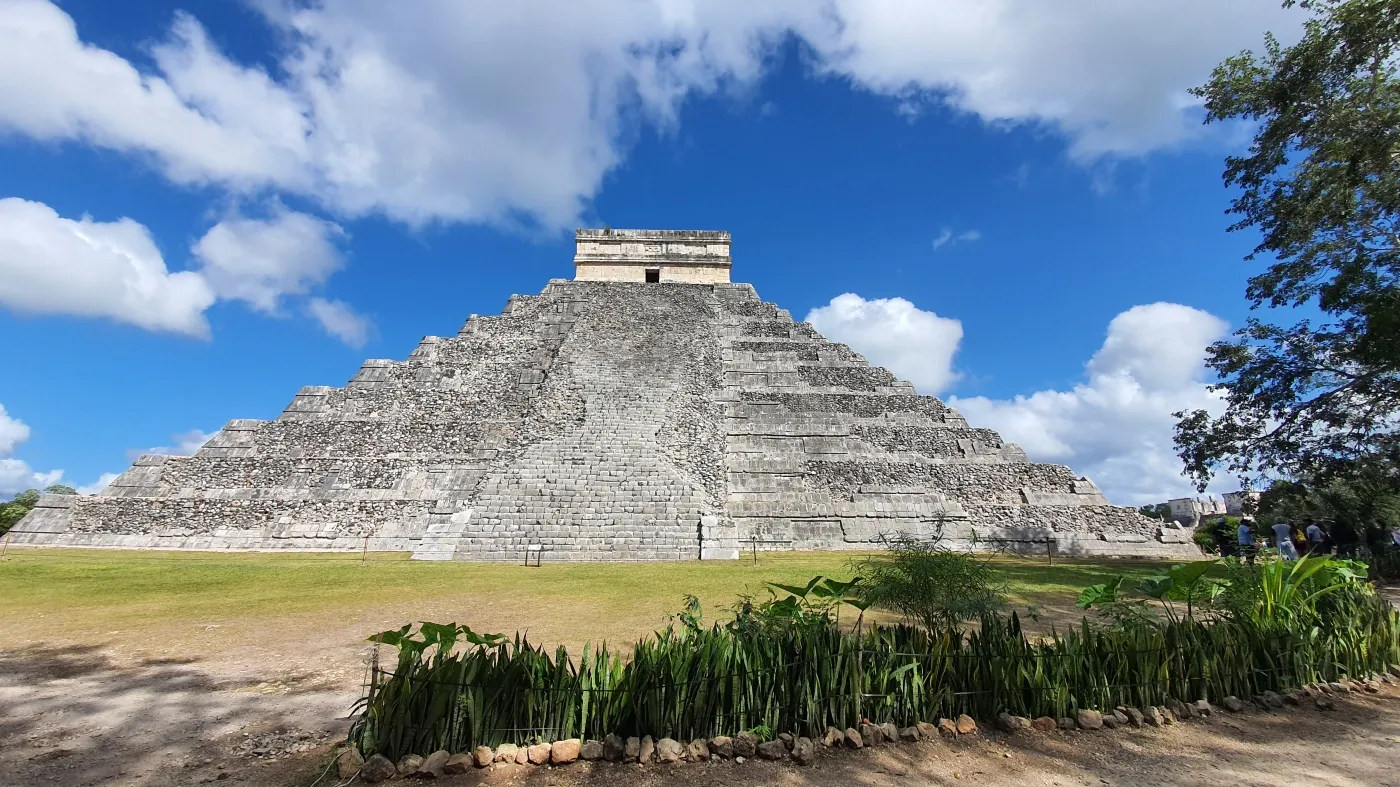
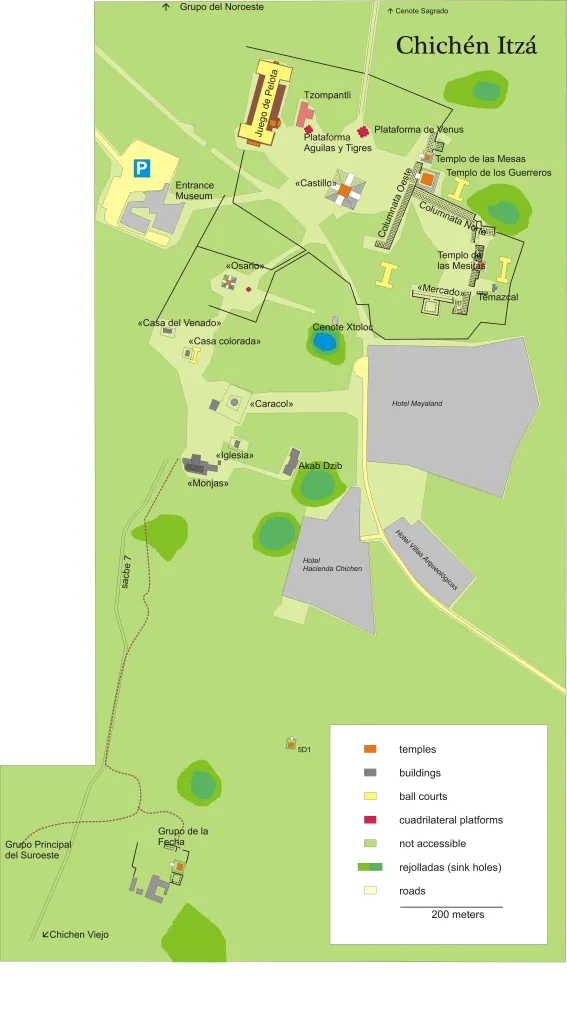
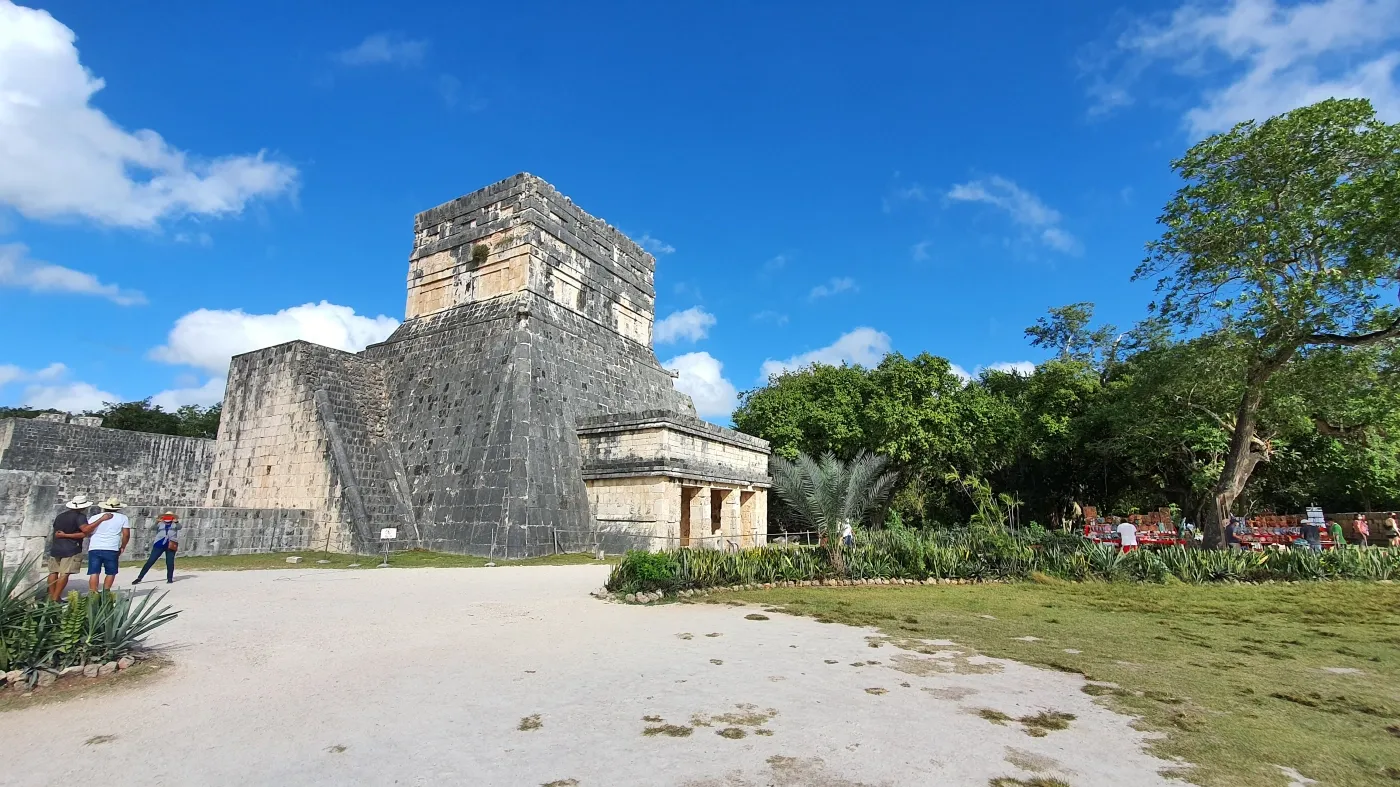
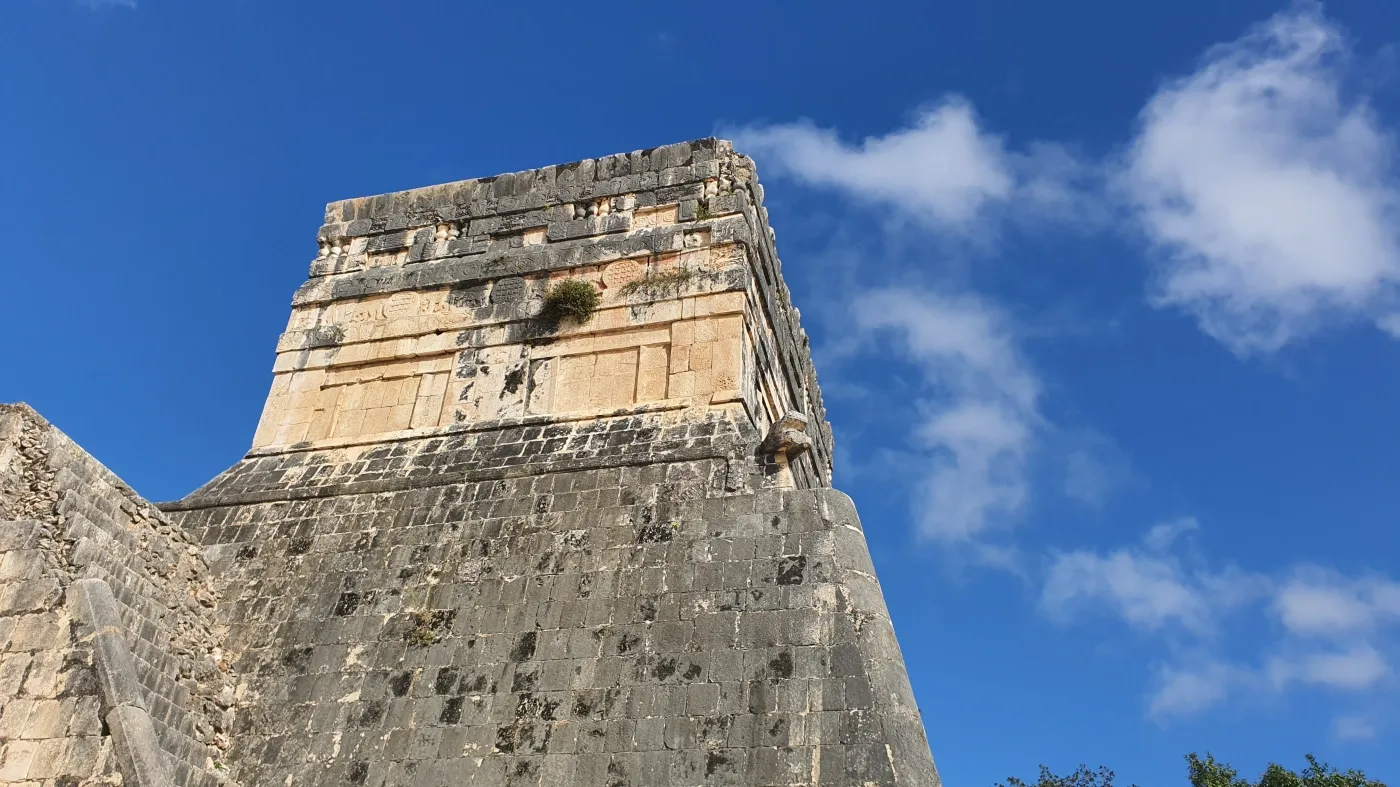
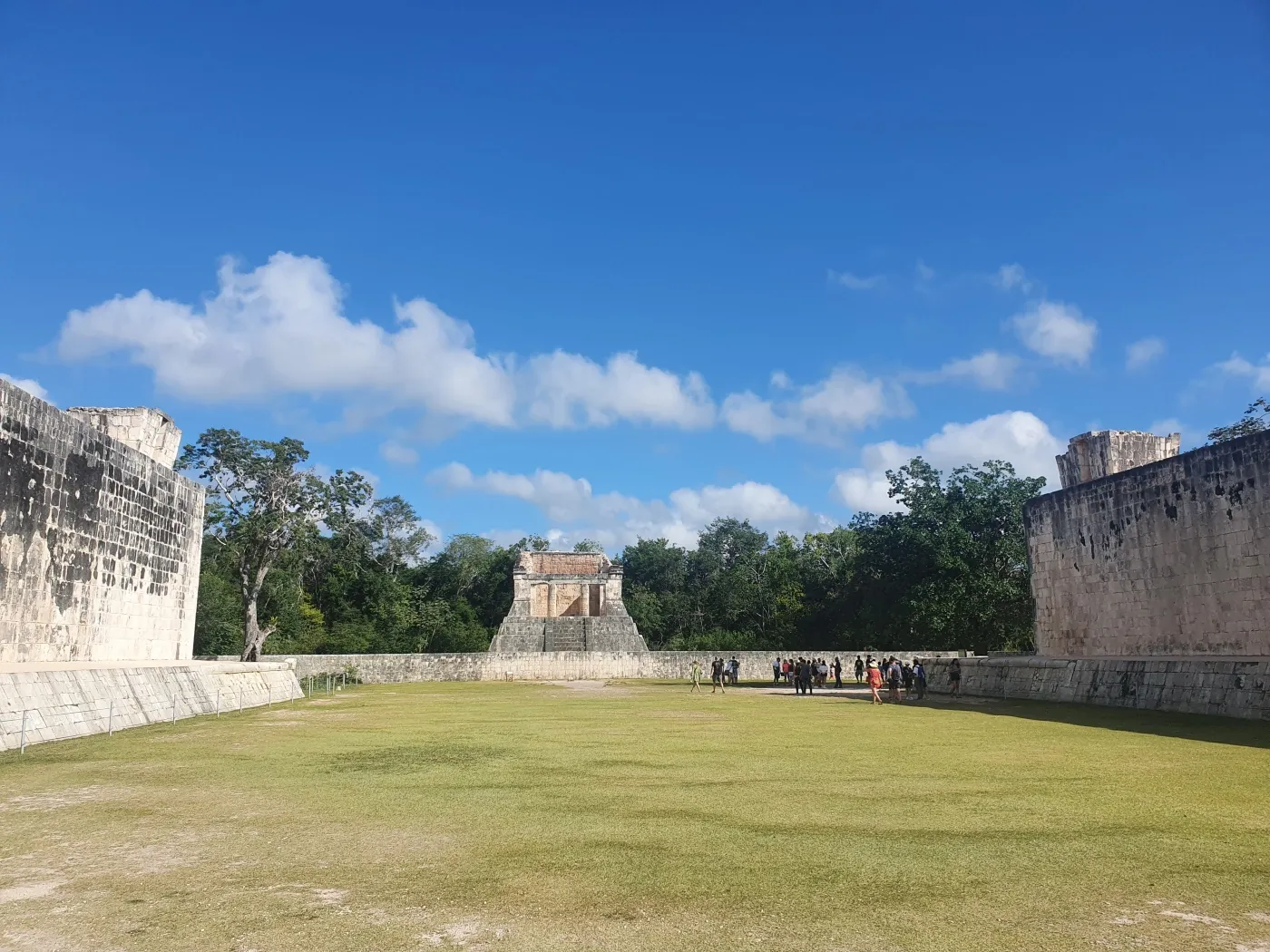
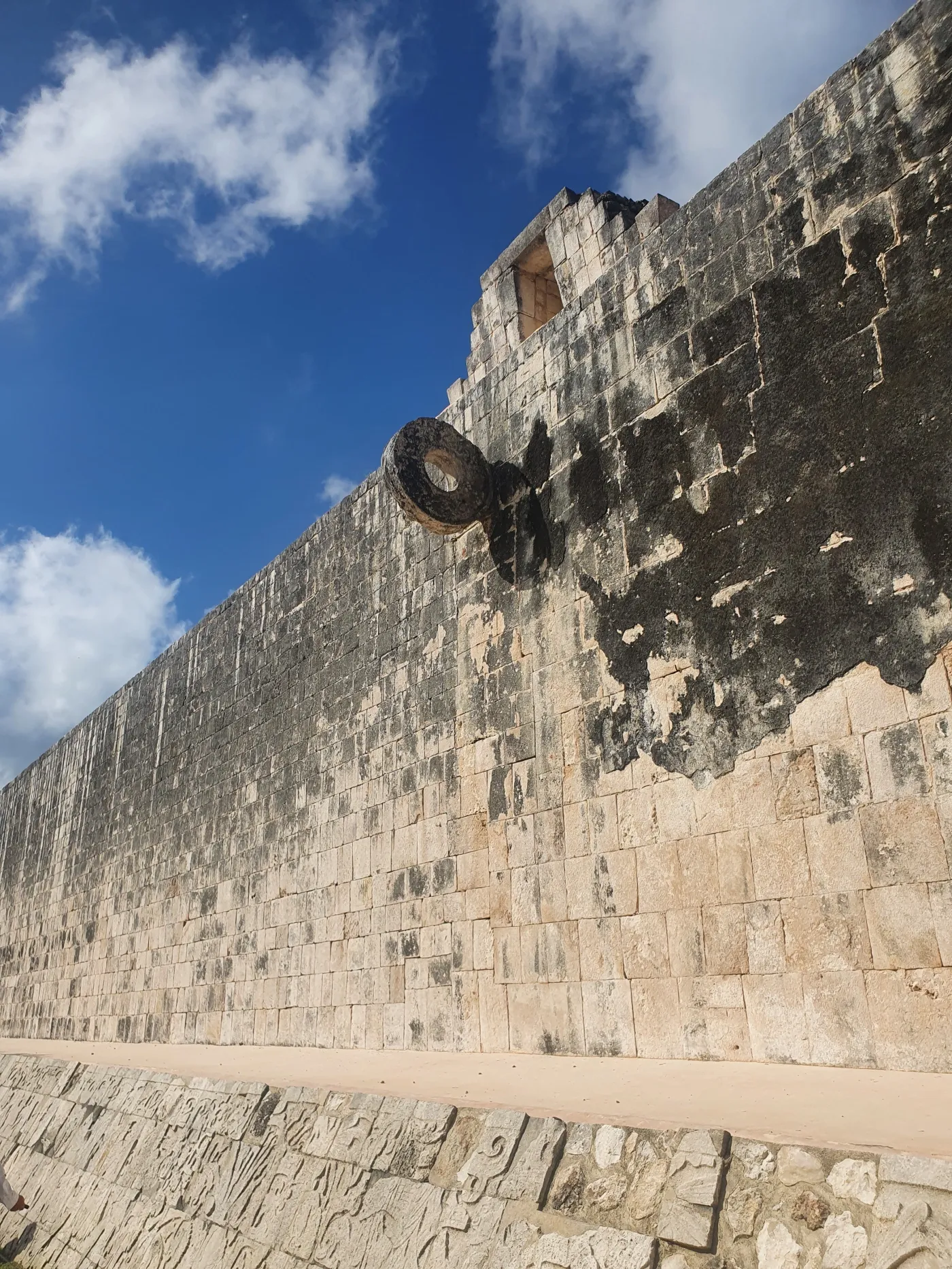
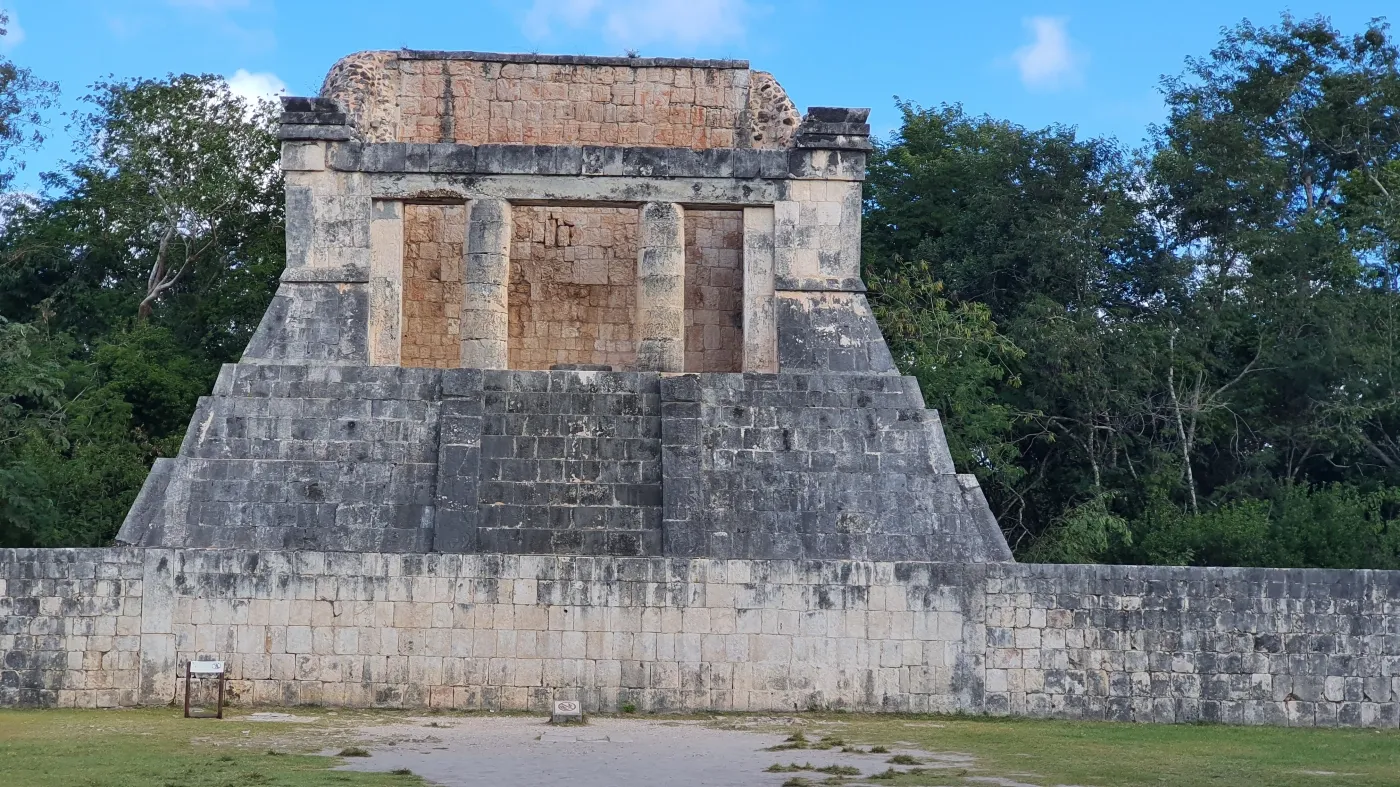
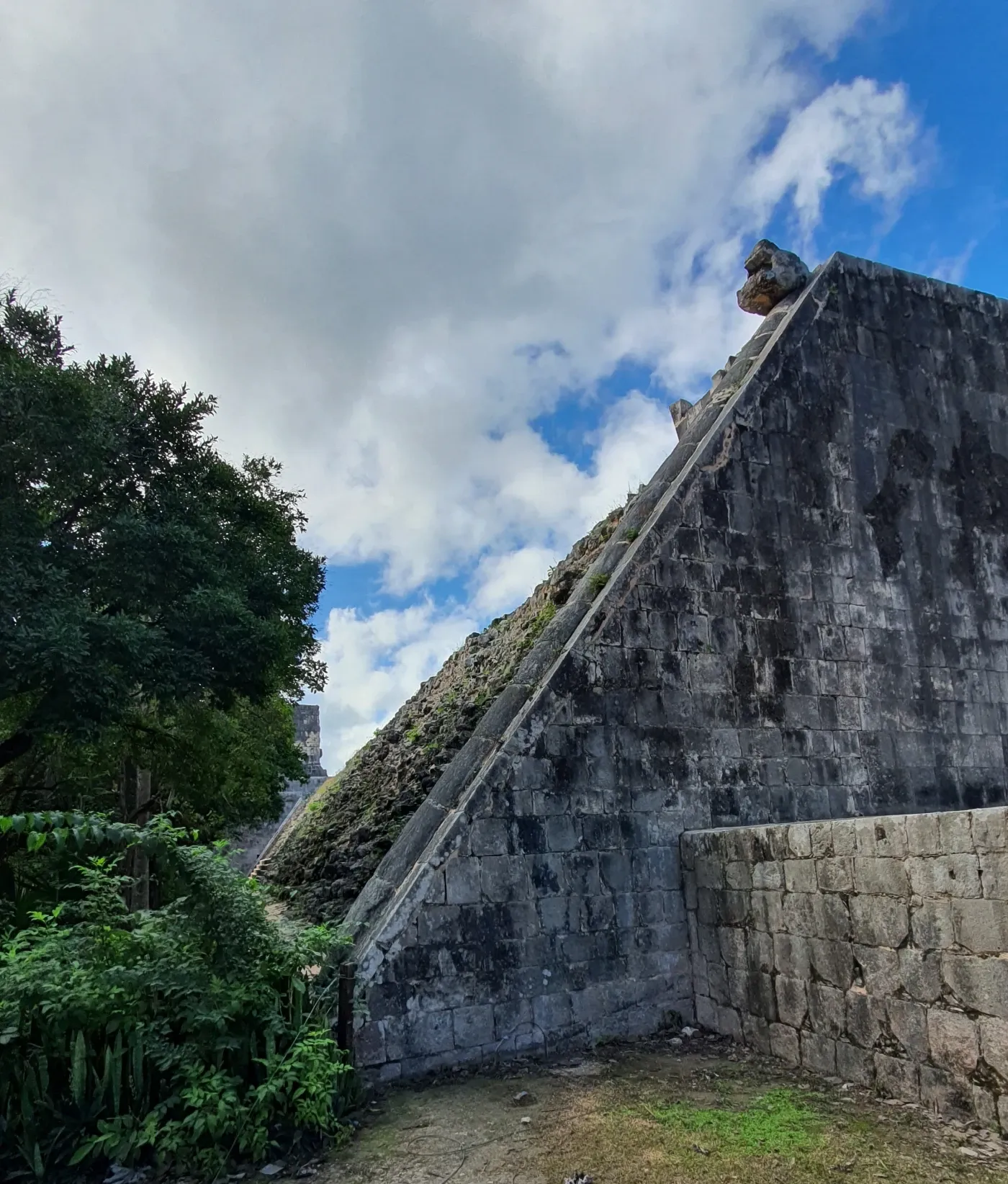
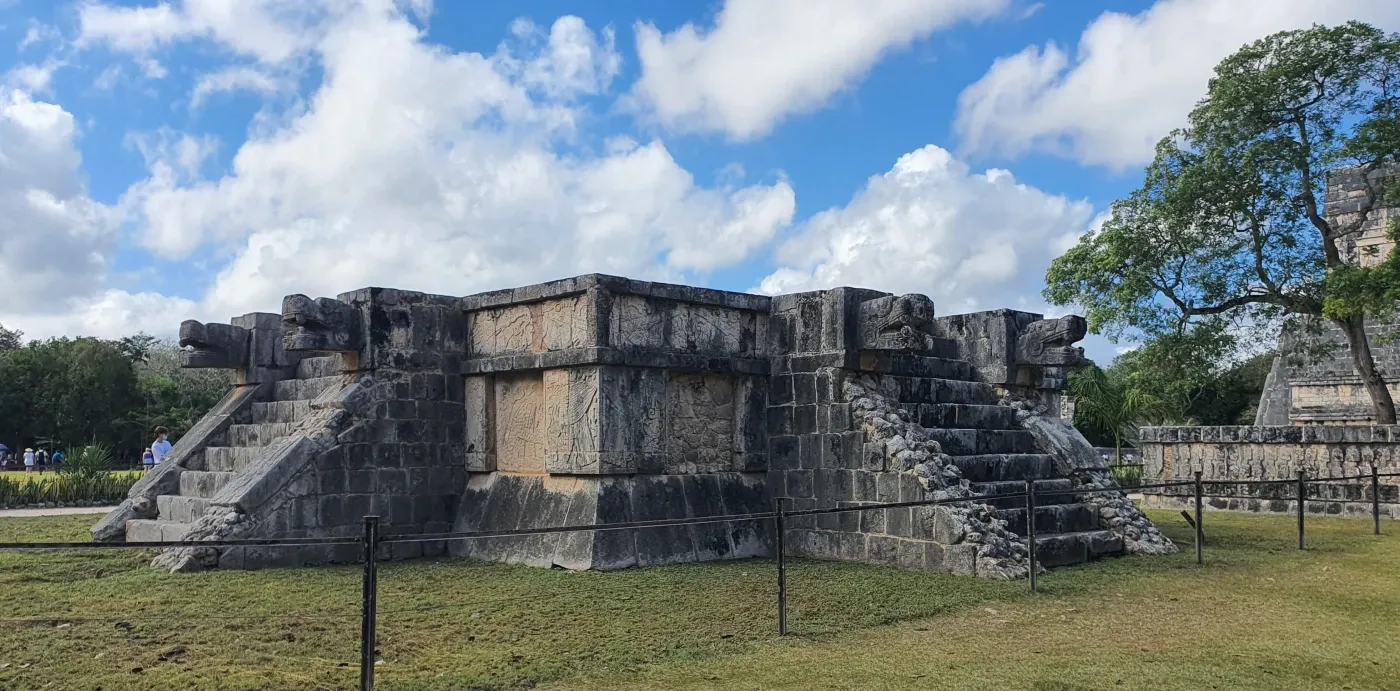
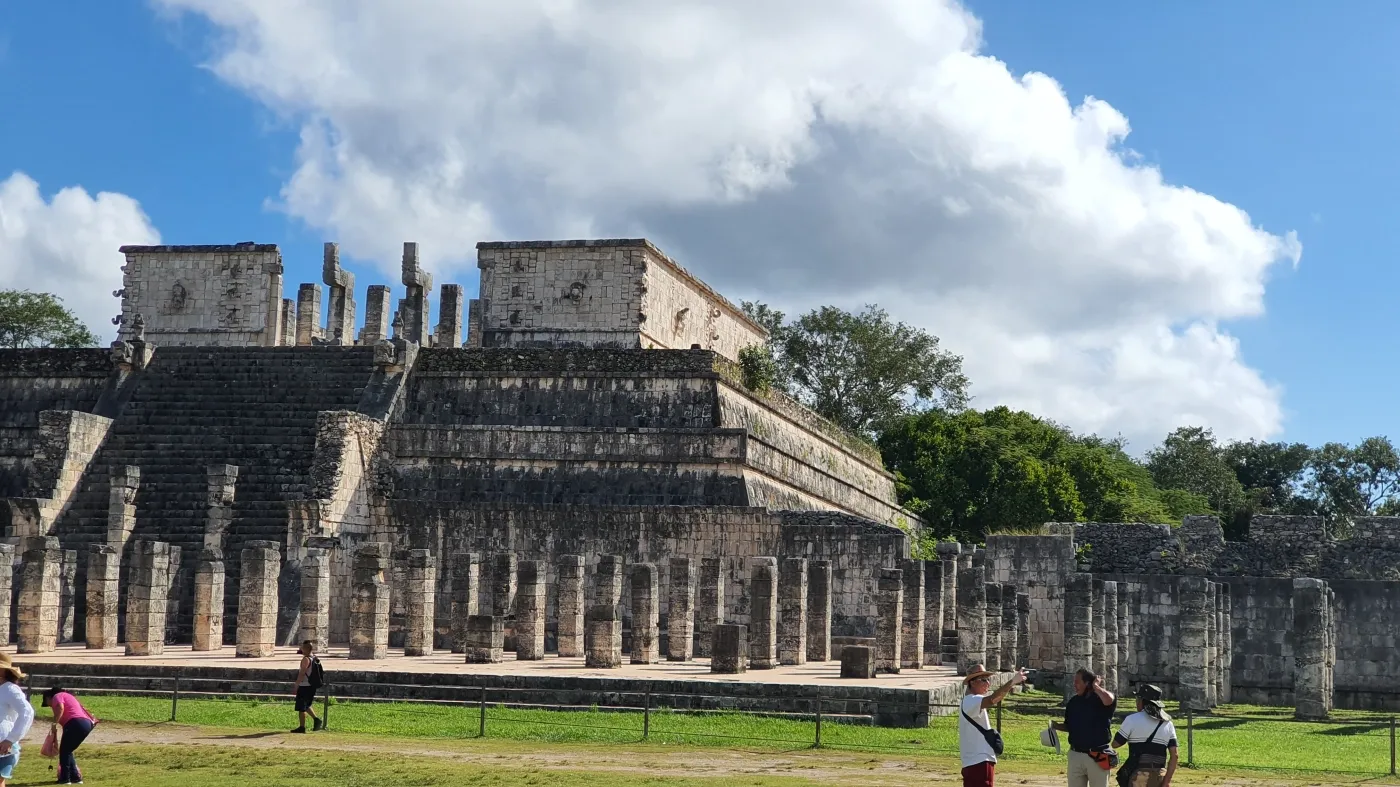
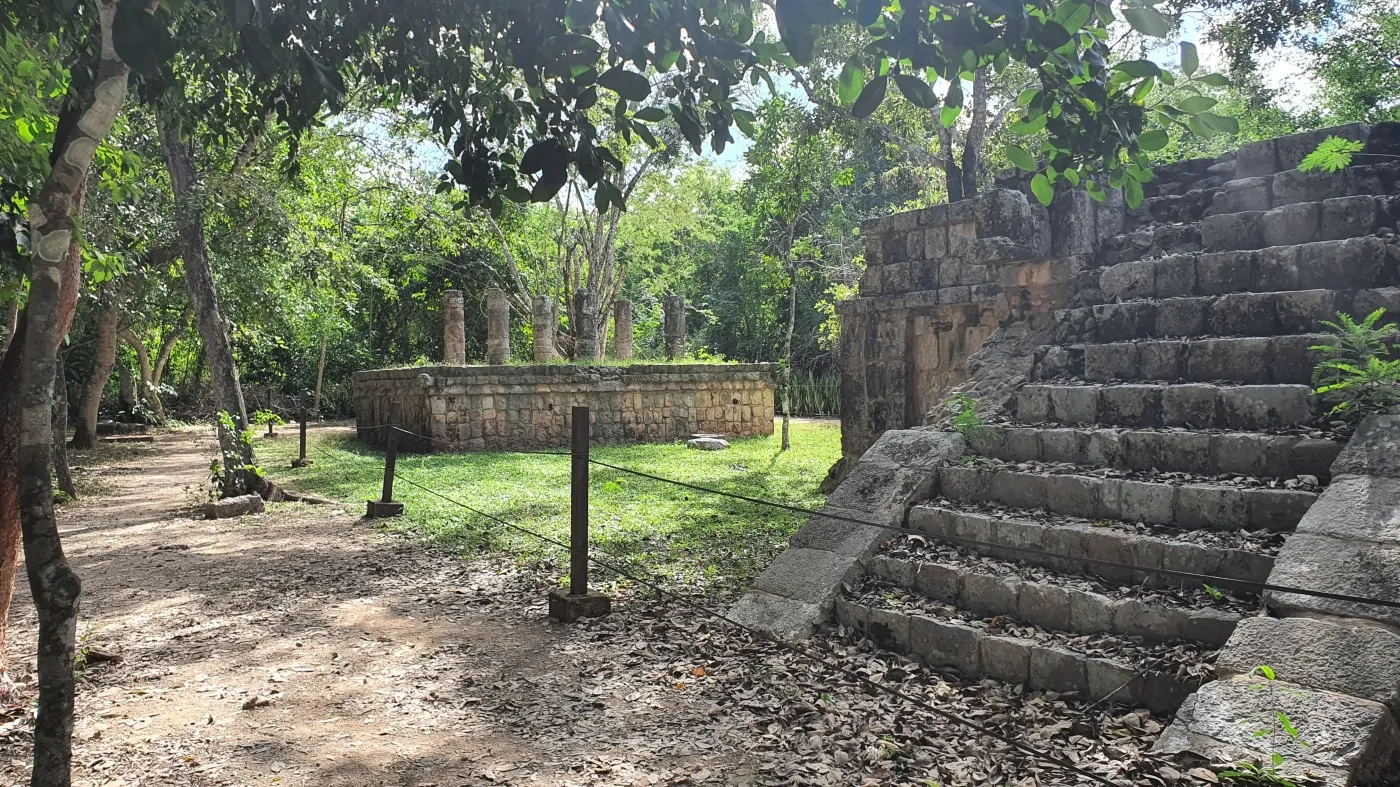
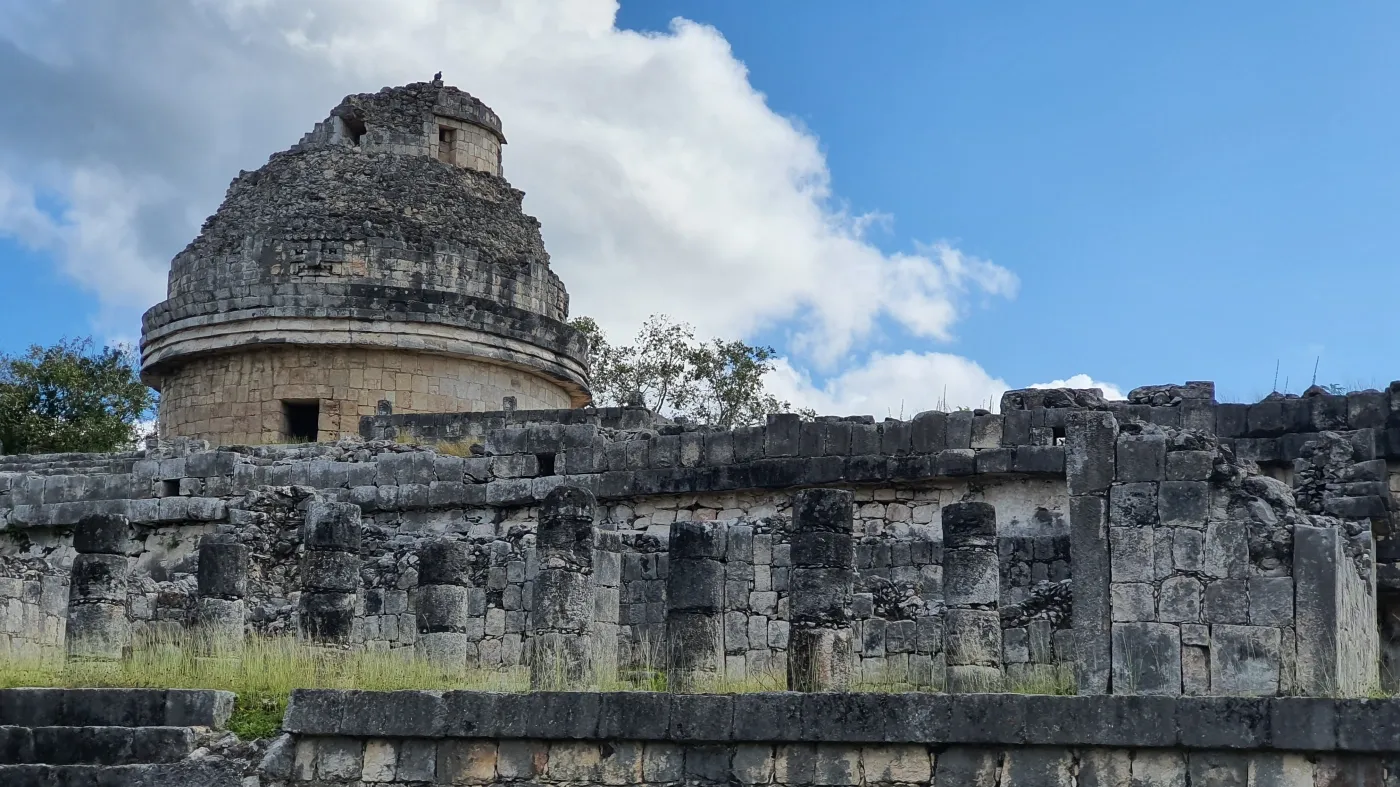
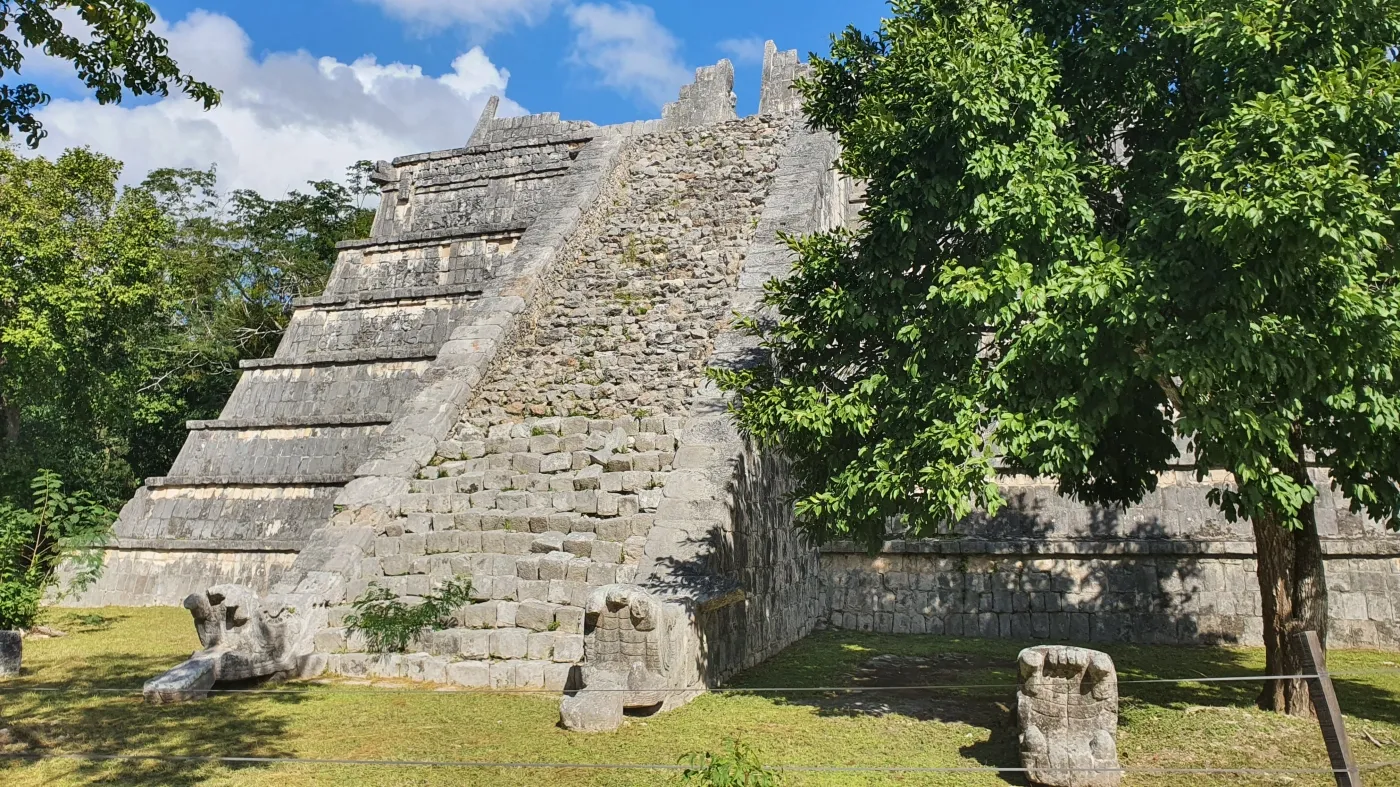
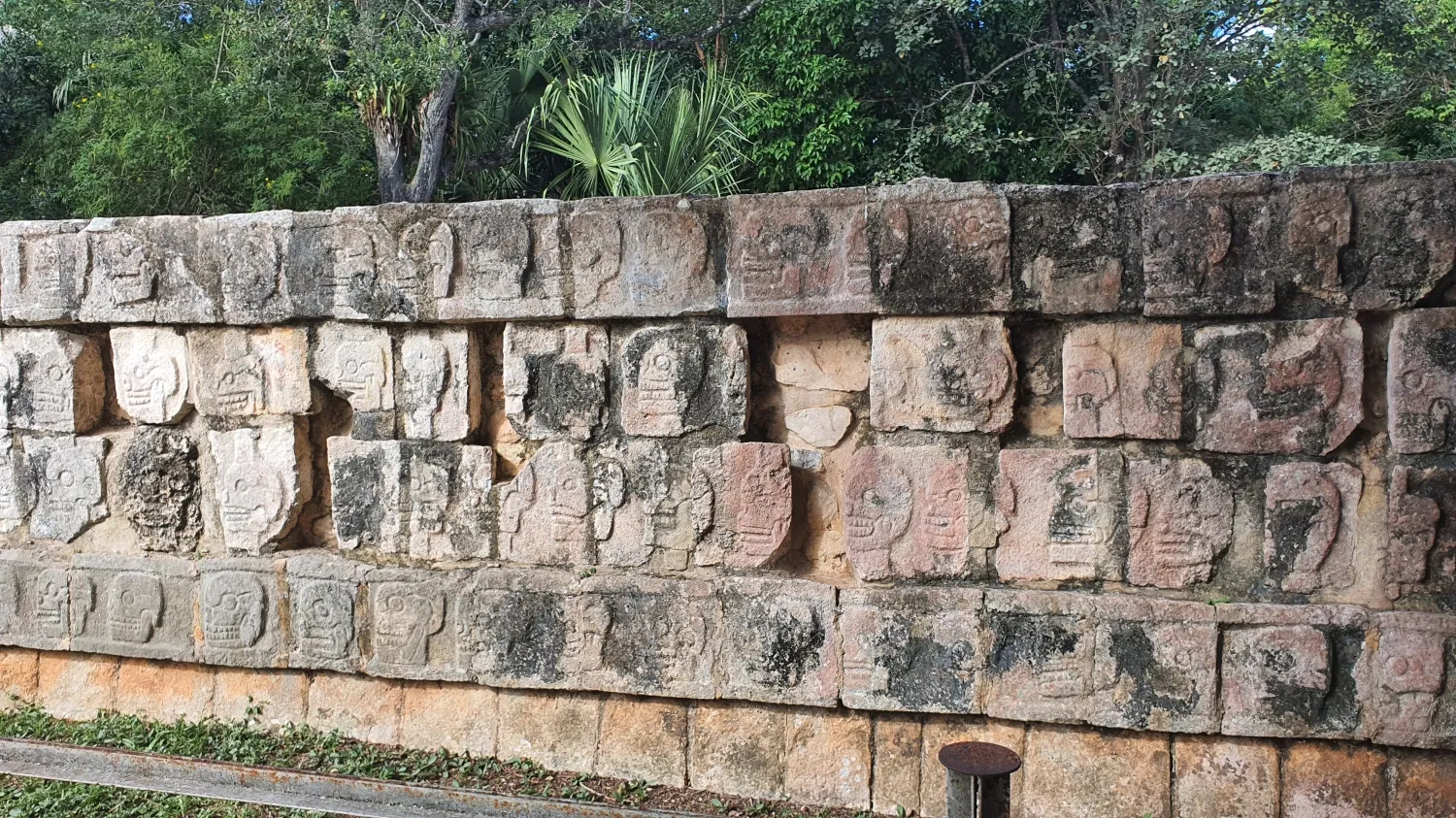
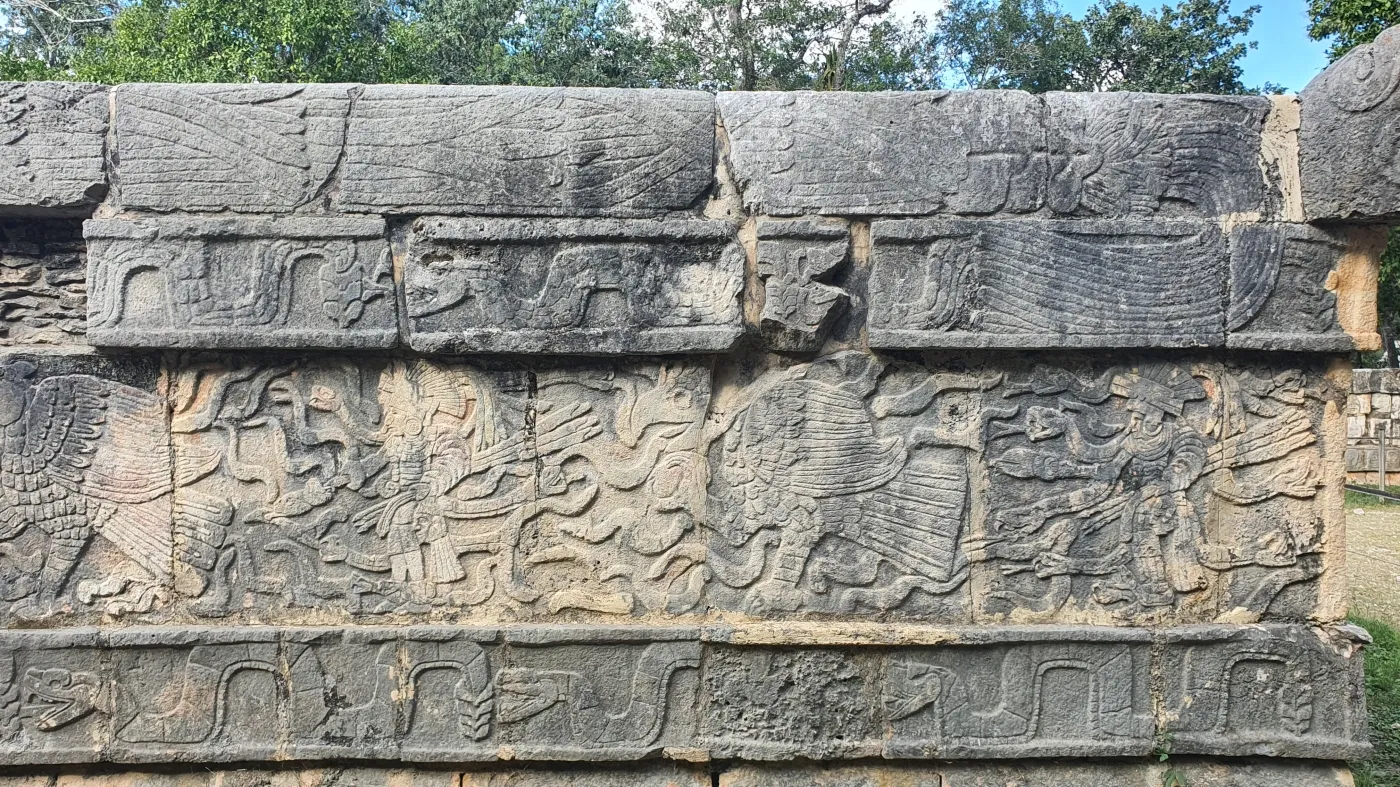
Cenote
Cenotes are natural, water-filled sinkholes formed by the collapse of limestone bedrock. They are found throughout much of the Yucatán Peninsula, with the highest concentration arranged in a ring that marks the Chicxulub crater.
Cenotes have long served as the source of fresh water in the Yucatán. Maya cities were often built around cenotes. Beyond their practical use, cenotes also held deep ritual and sacrificial significance in Maya culture.
Ik Kil cenote
the water level about 26 metres below ground level 60 meters in diameter, depth of 48 meters
The complex features open for public cenote, a large car and bus parking, a bar and restaurant, secure lockers, showers, and toilets. The water is clear and quite cold, full of fish and very deep.

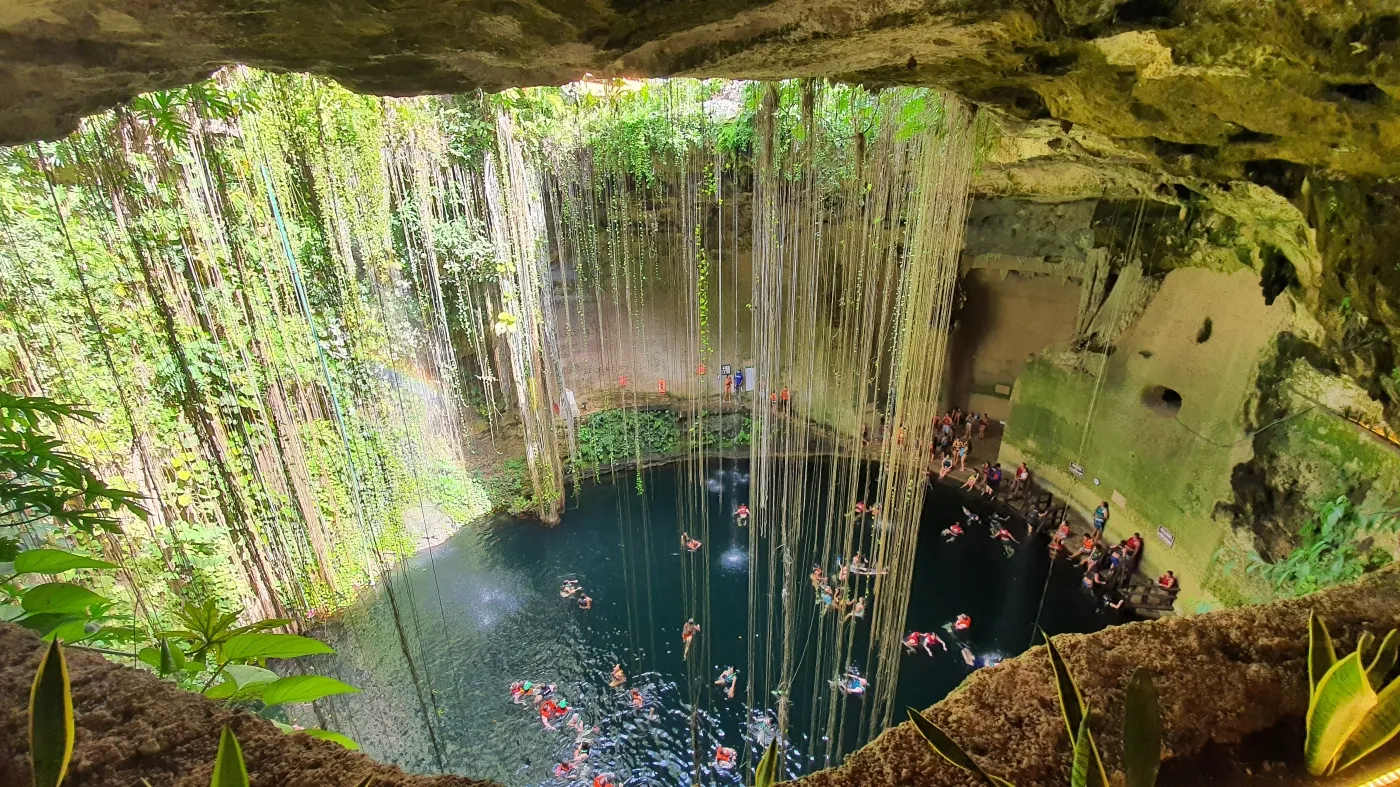
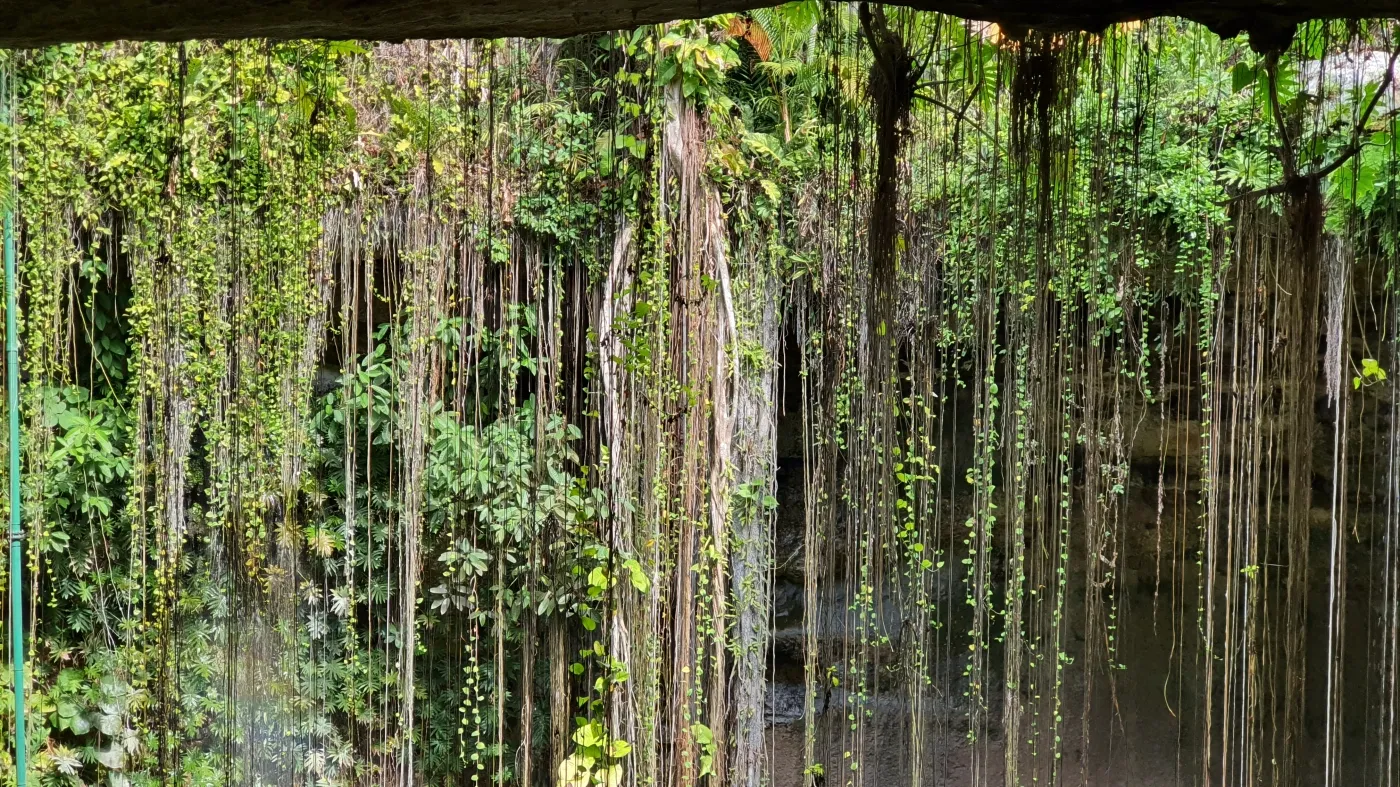
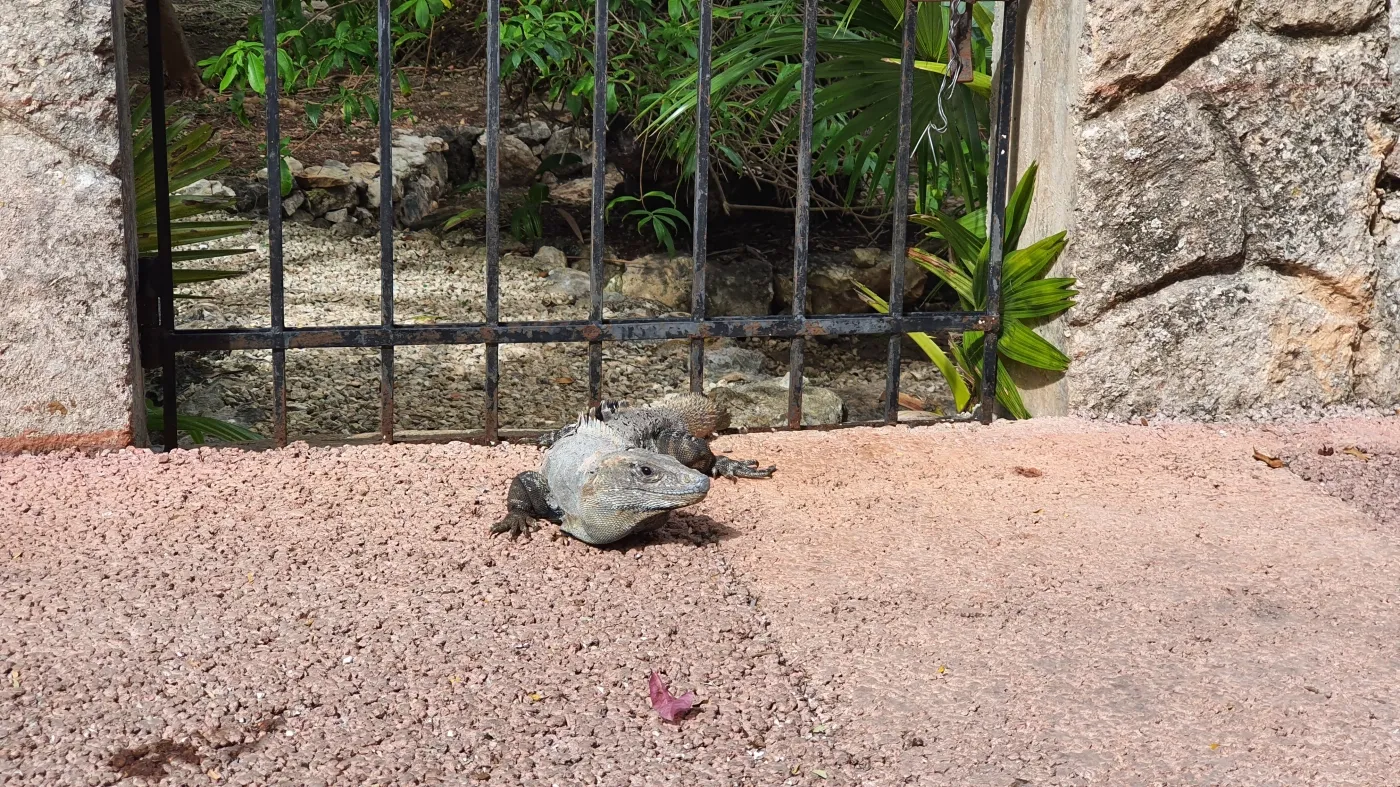
Merida
Mérida was founded in 1542 by Spanish conquistadors and is now the cultural and financial capital of the Yucatán Peninsula. The Cathedral of Mérida, constructed in the late 16th century using stones from nearby Maya ruins T’hó, is the oldest cathedral on the mainland of the Americas. Mérida is geographically located near the center of the Chicxulub Crater. There are cenotes in the area, but no surface water.
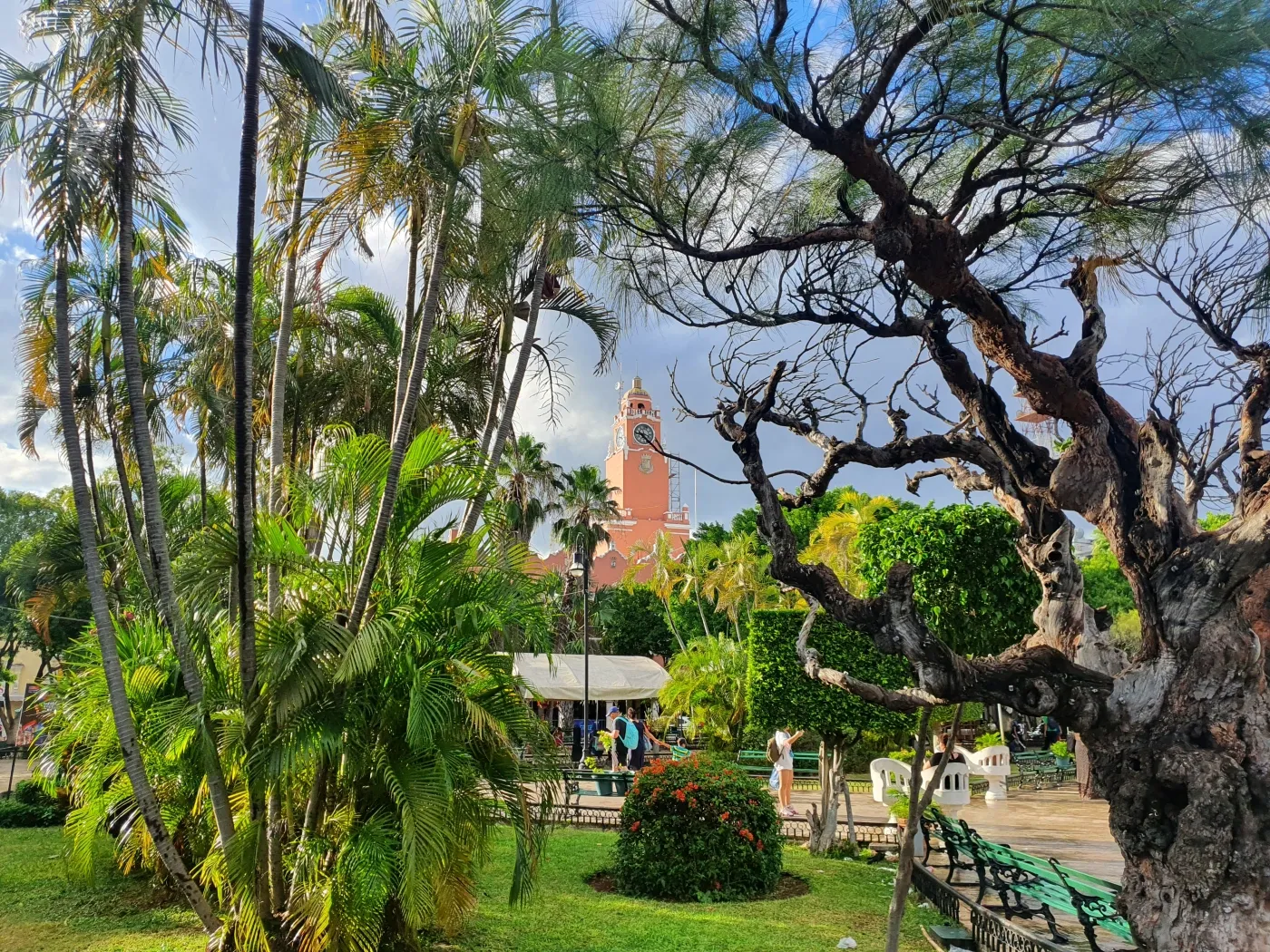
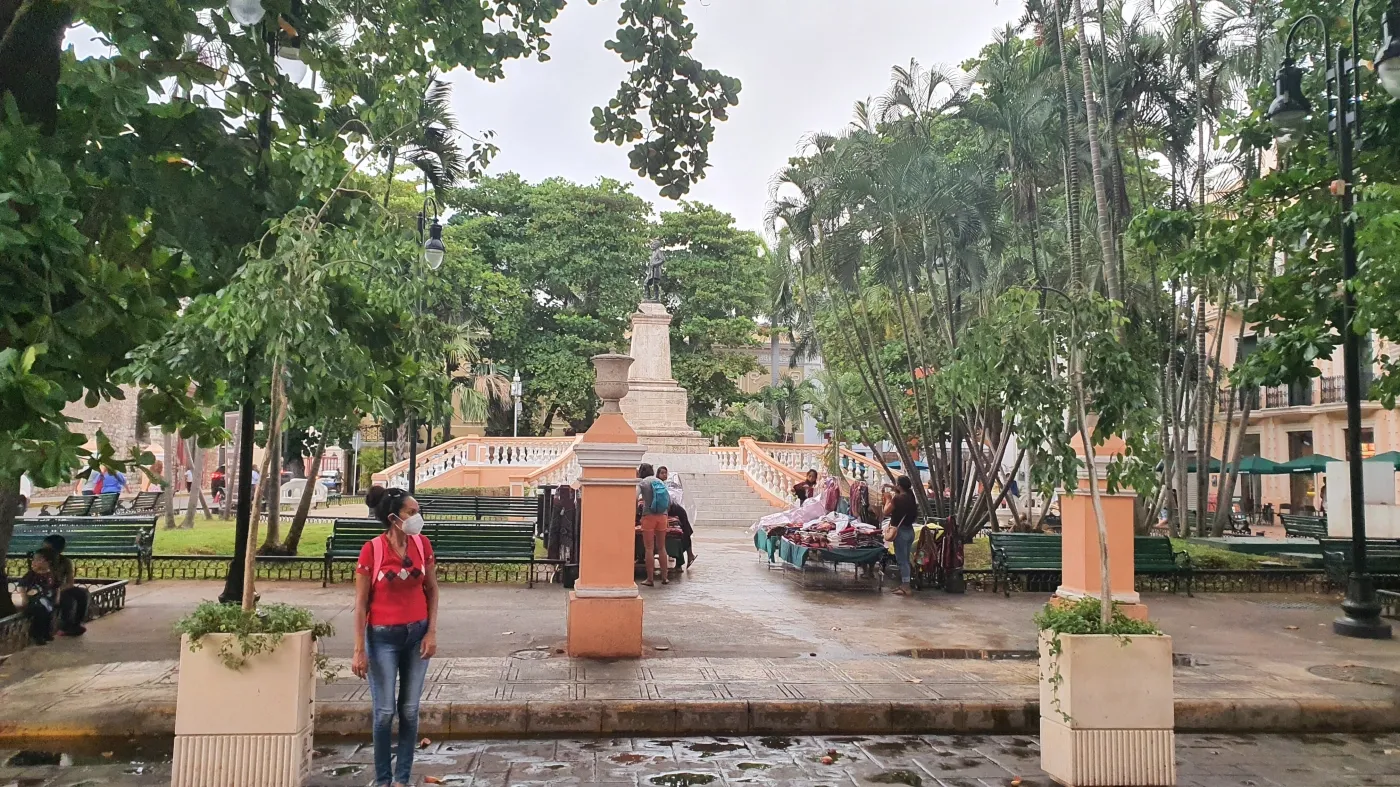
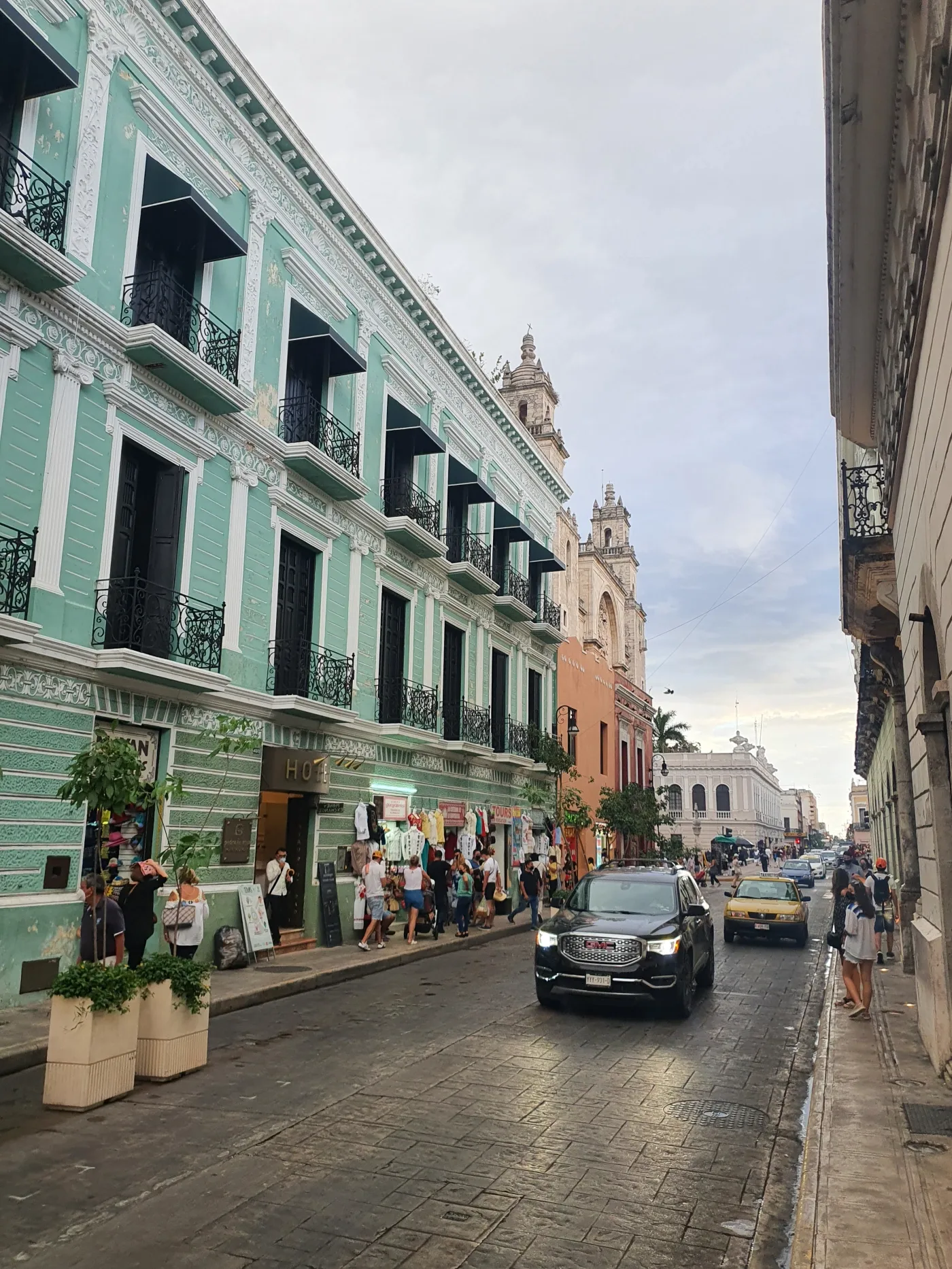
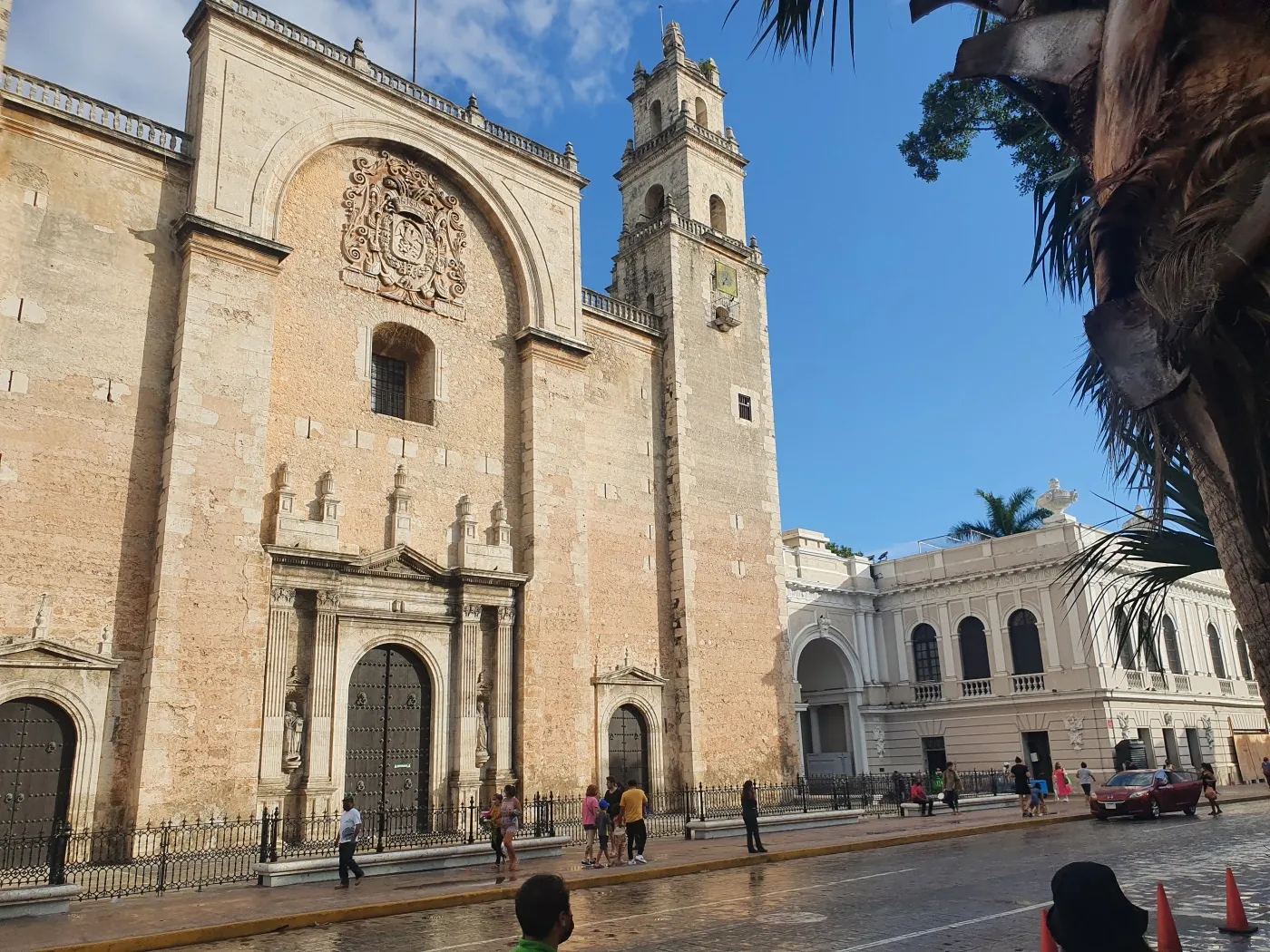
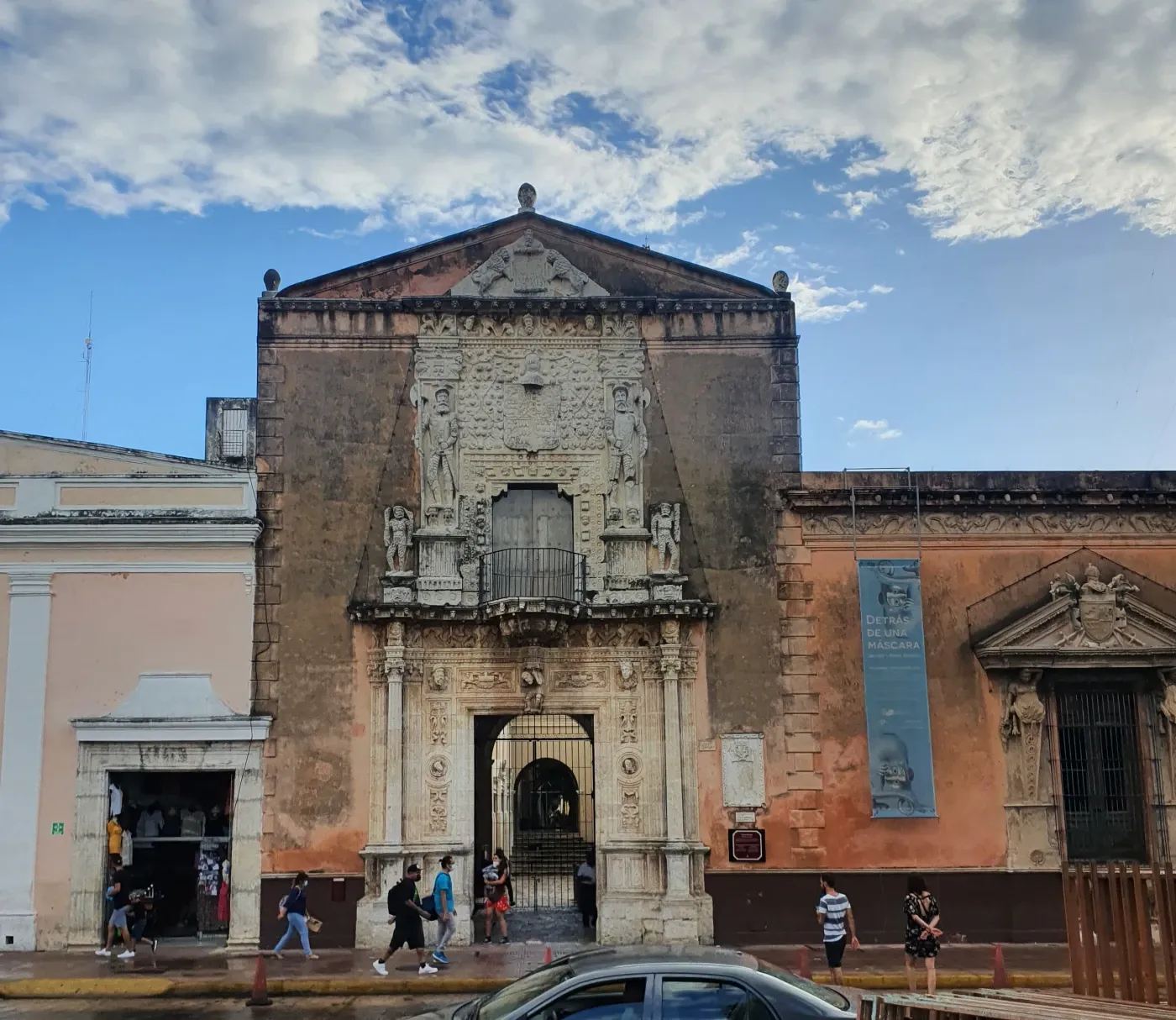
Uxmal
Uxmal is an ancient Maya city of the classical period. It is considered one of the most important archaeological sites of Maya culture, It is located in the Puuc region of the eastern Yucatán Peninsula, and is considered one of the Maya cities most representative of the region’s dominant architectural style. It has been designated a UNESCO in recognition of its significance. https://en.wikipedia.org/wiki/Uxmal
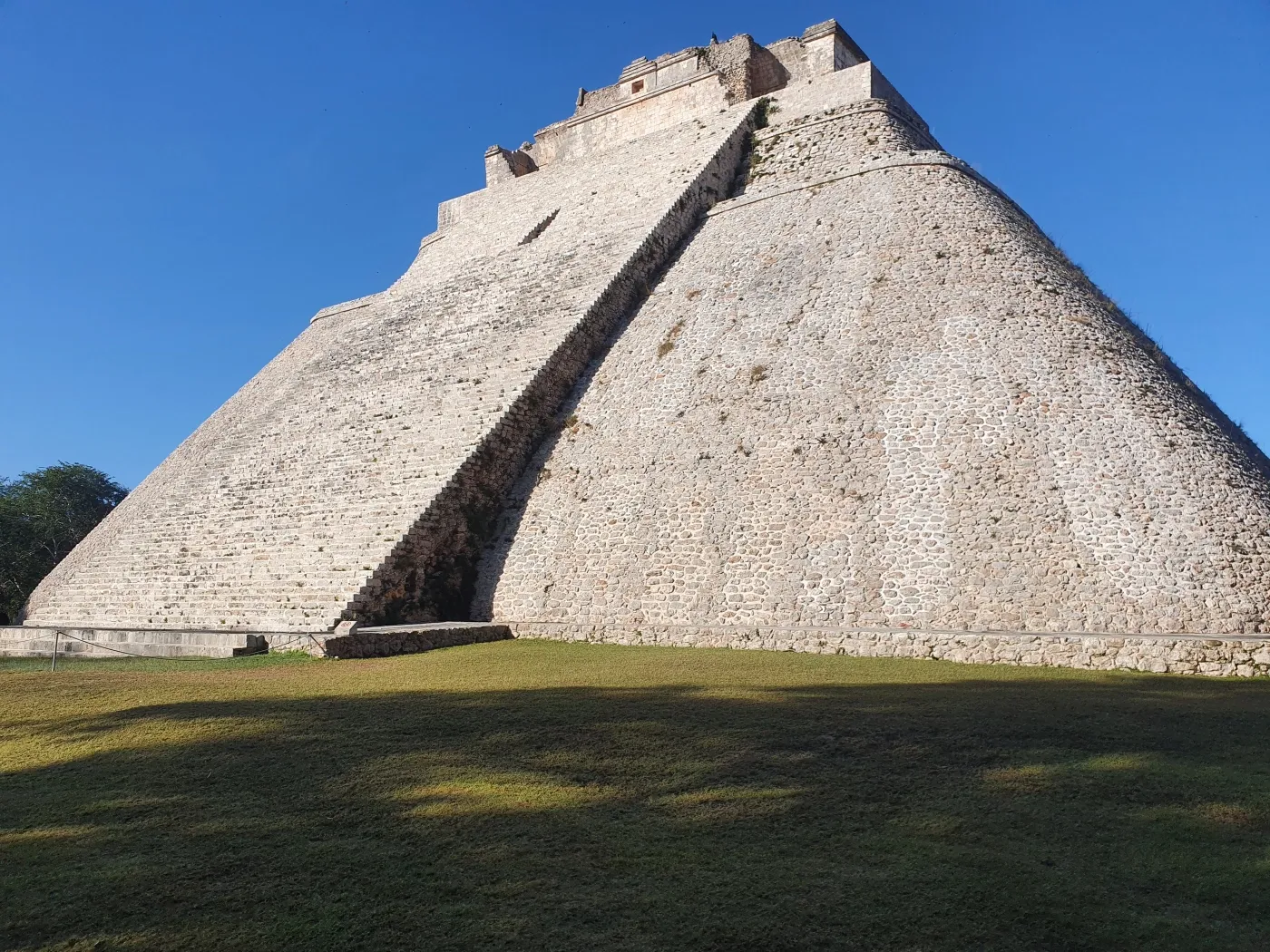
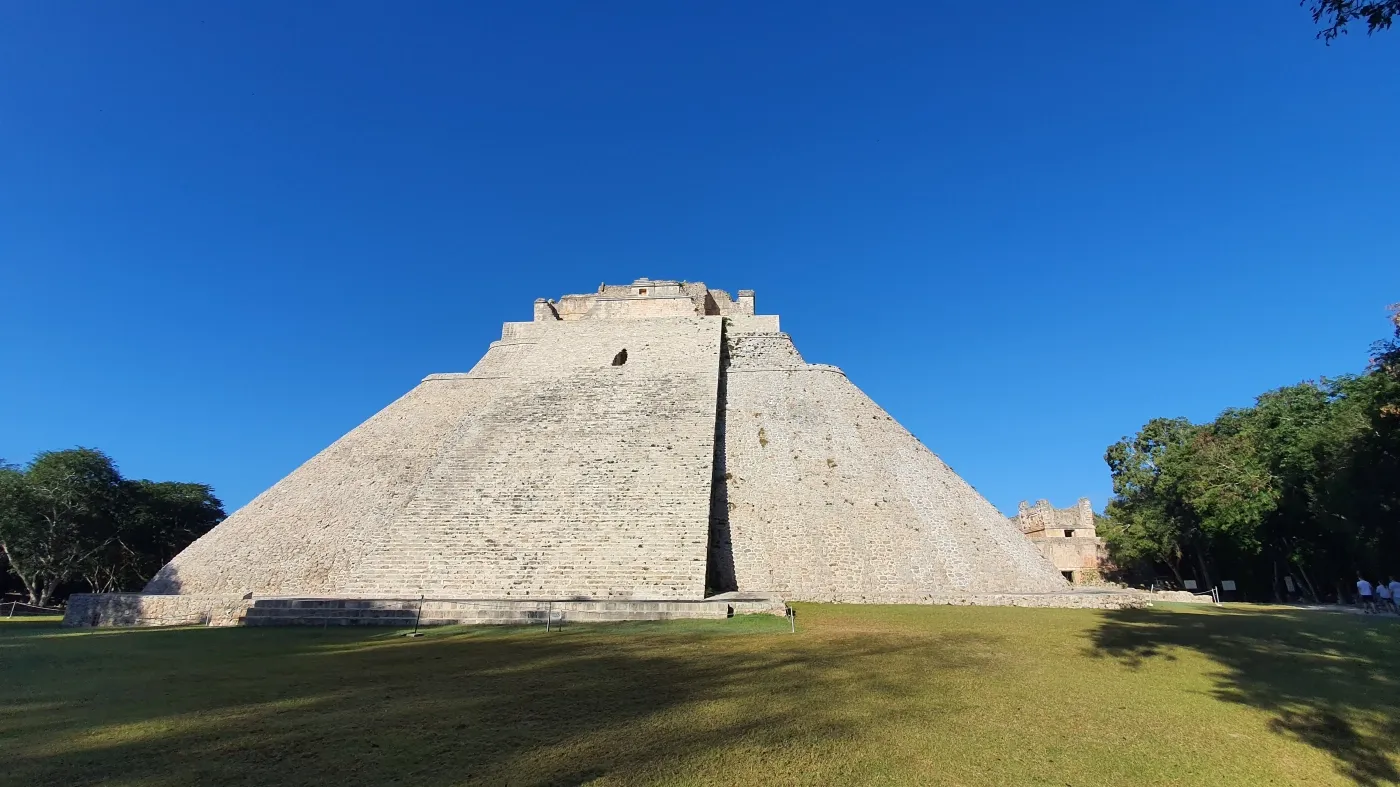
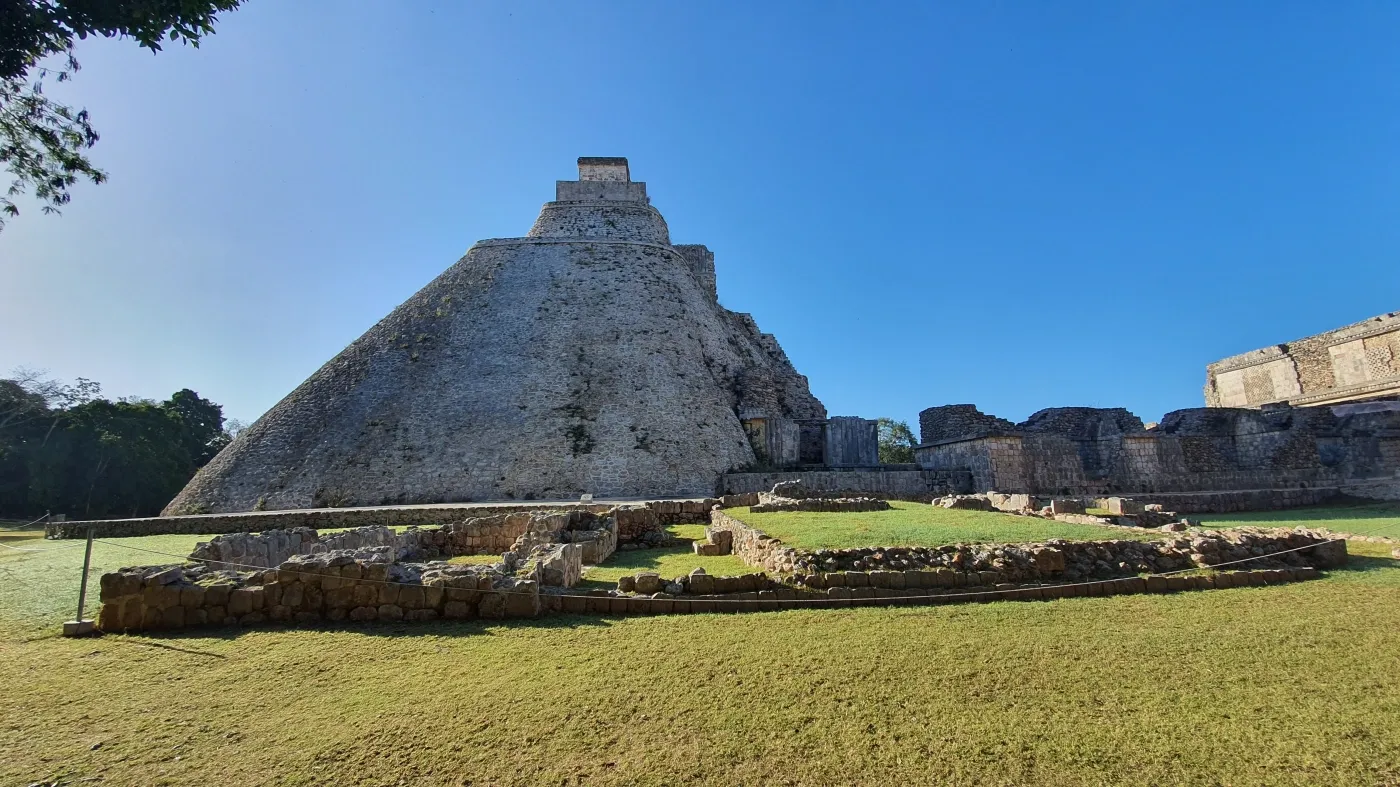
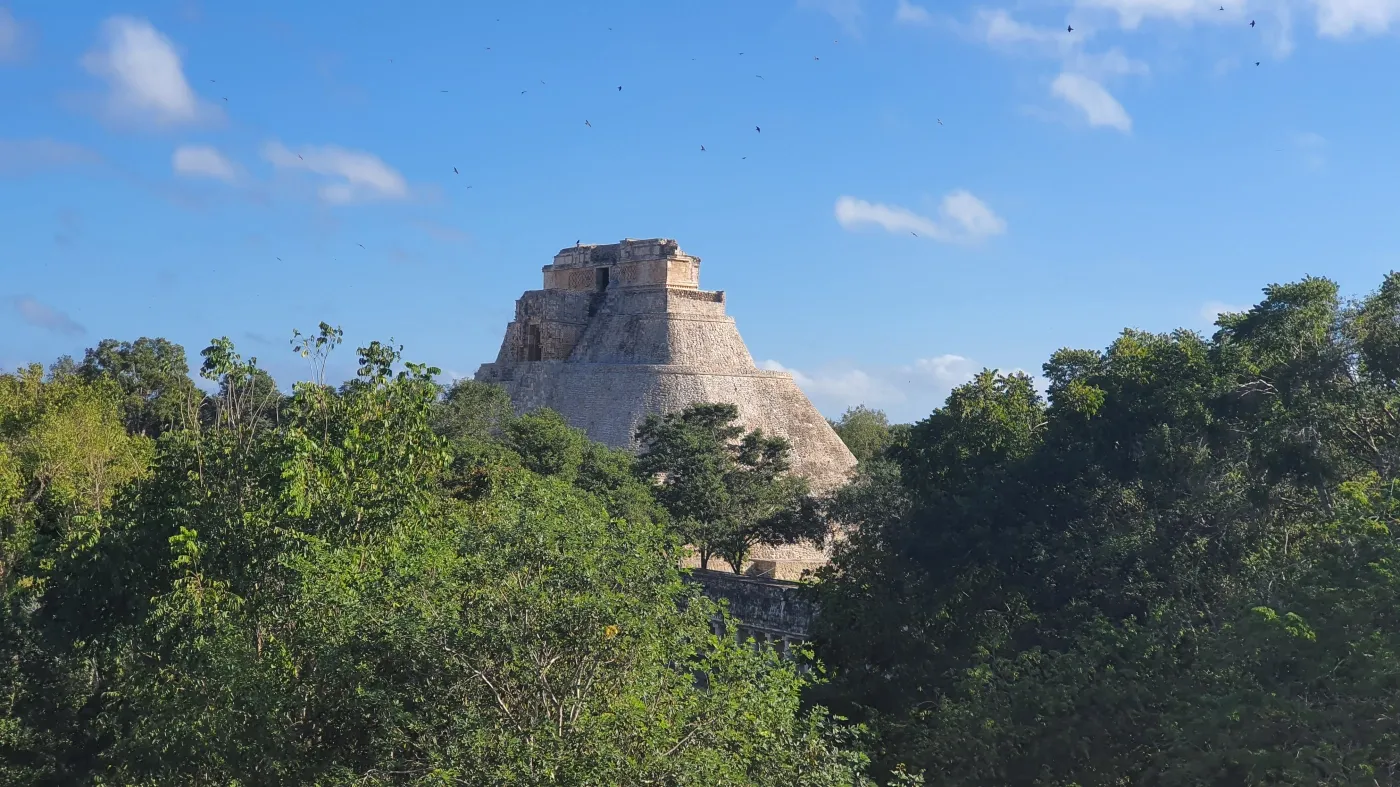
the Governor's Palace
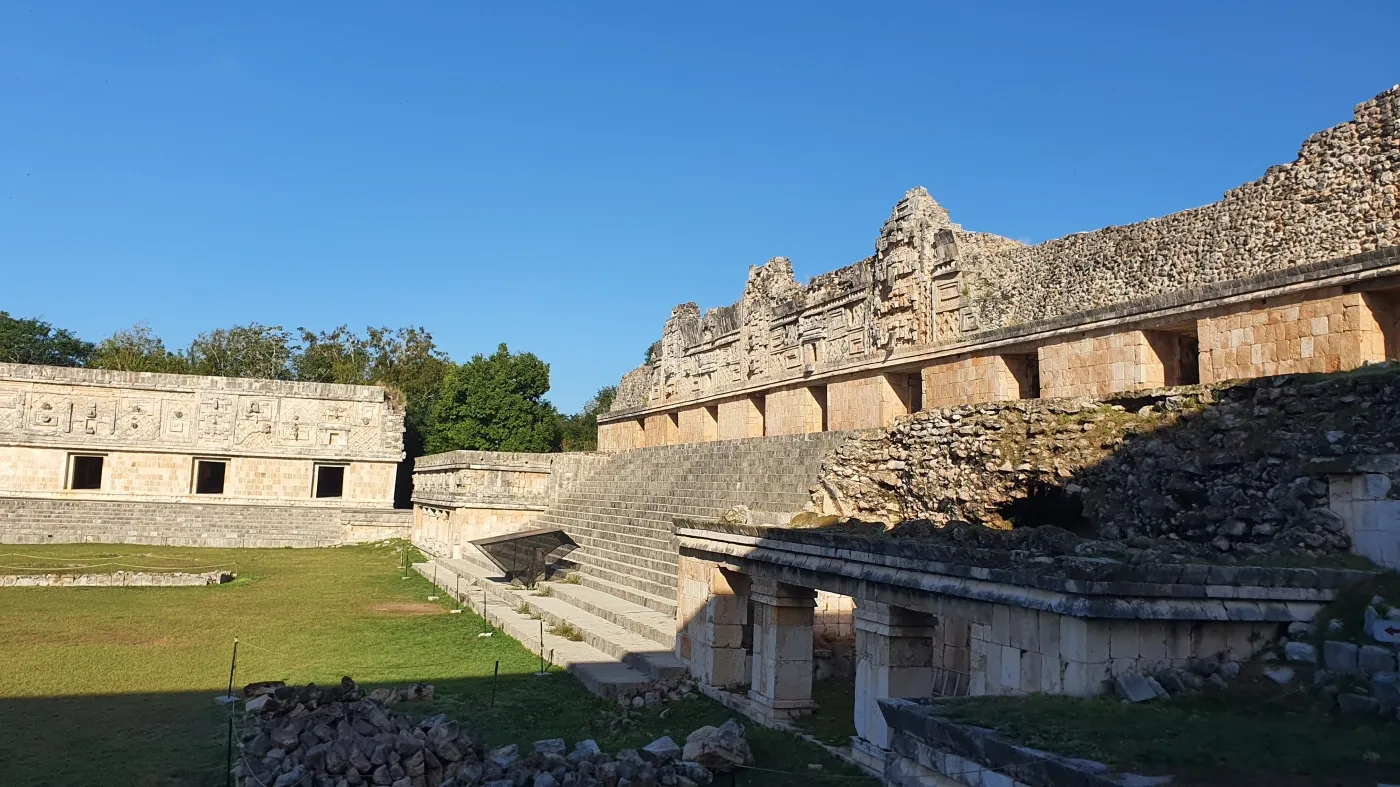
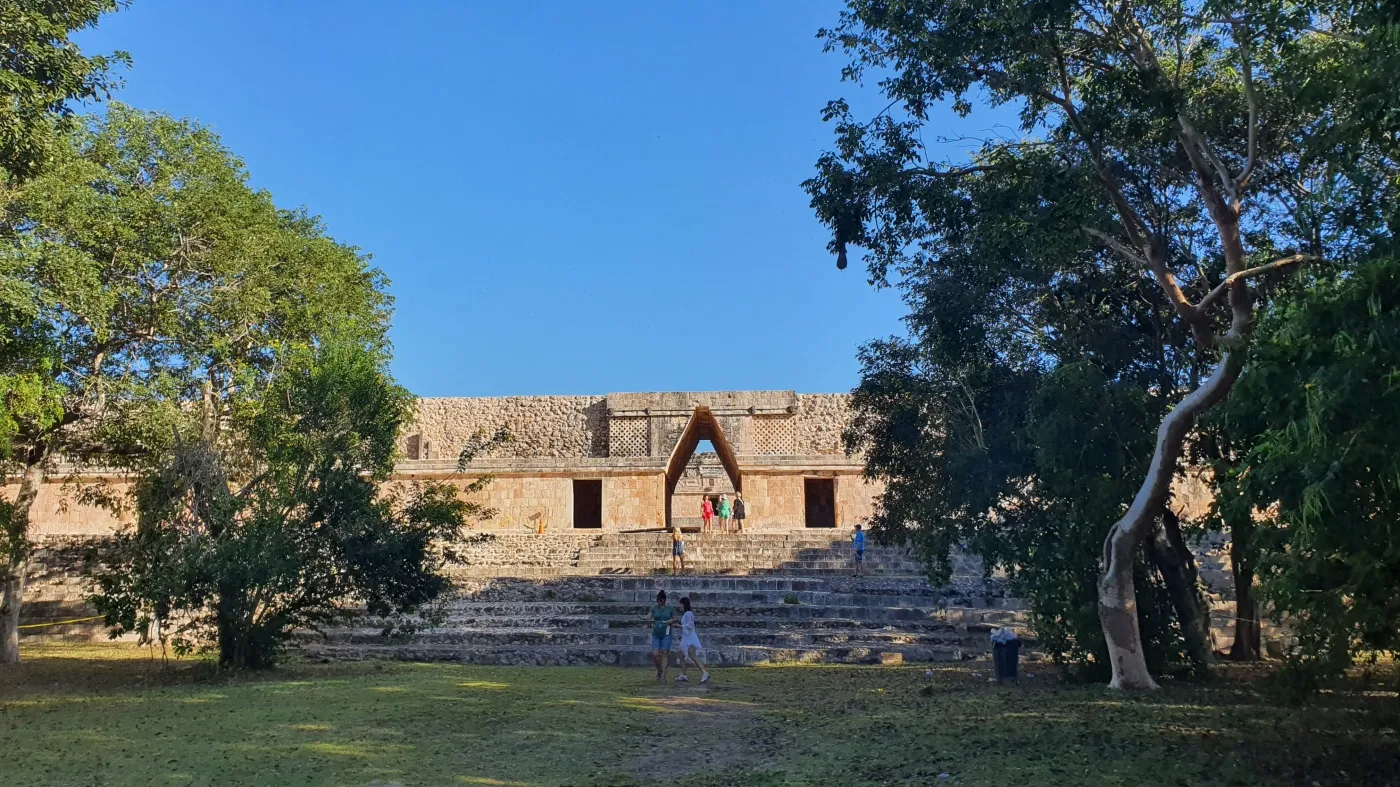
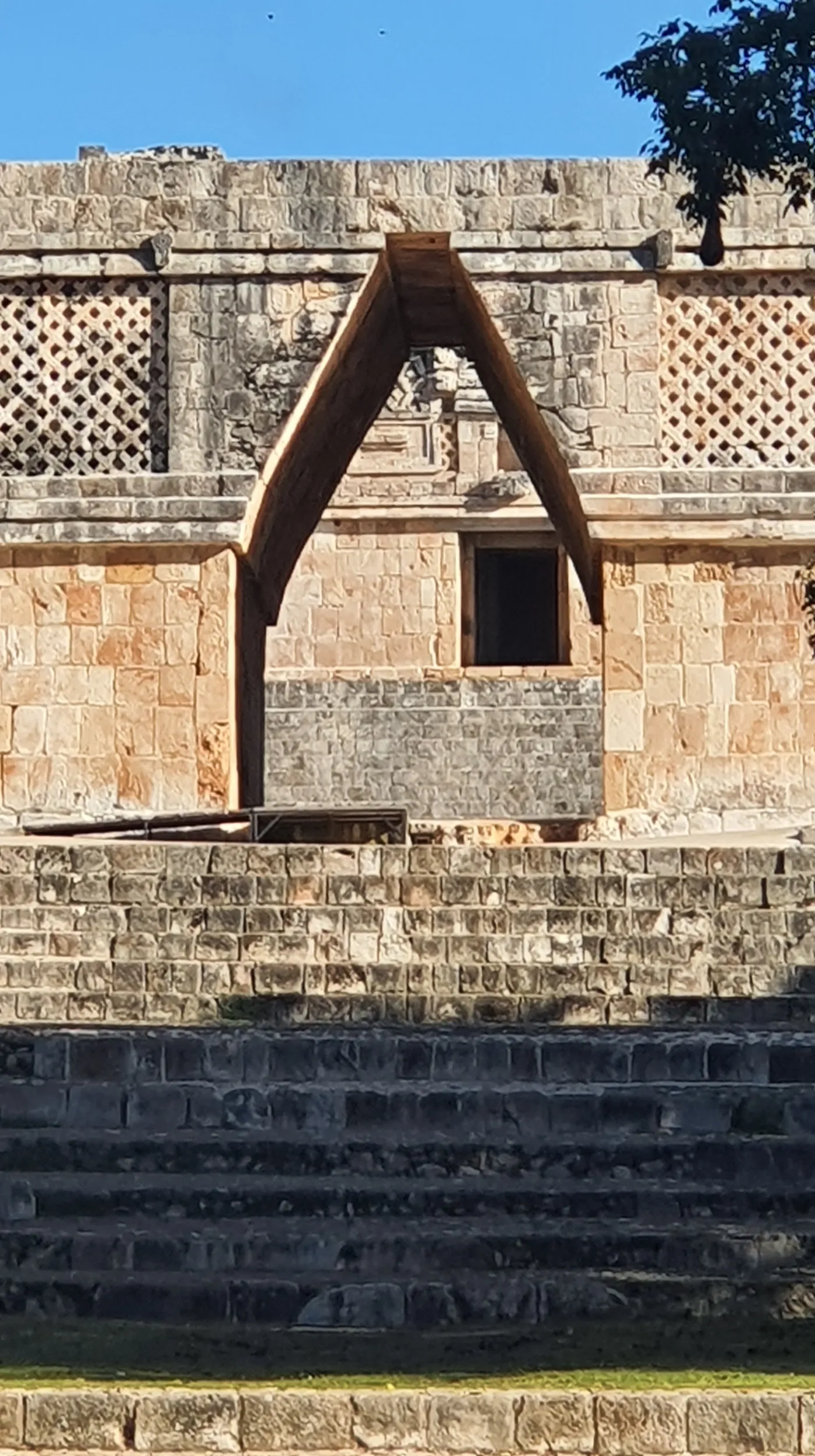
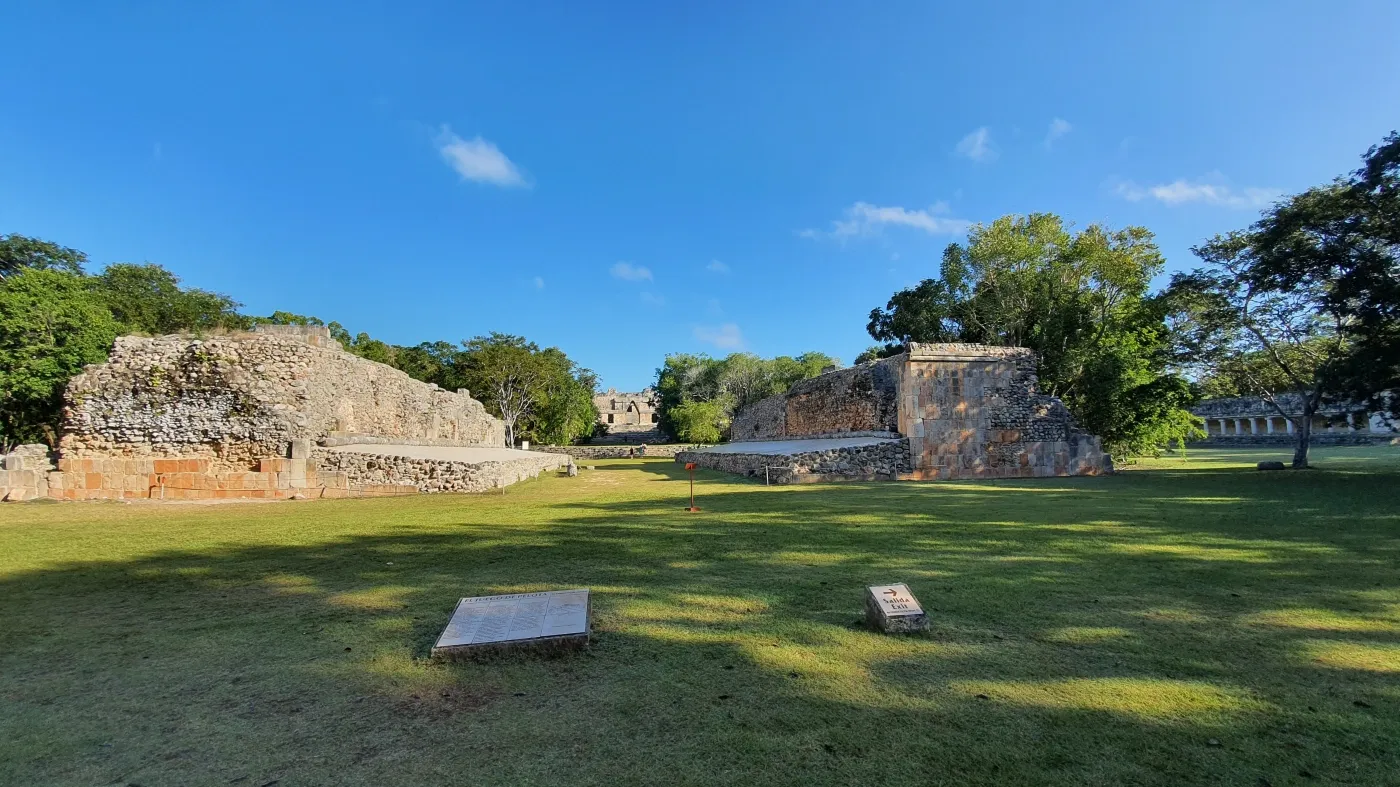
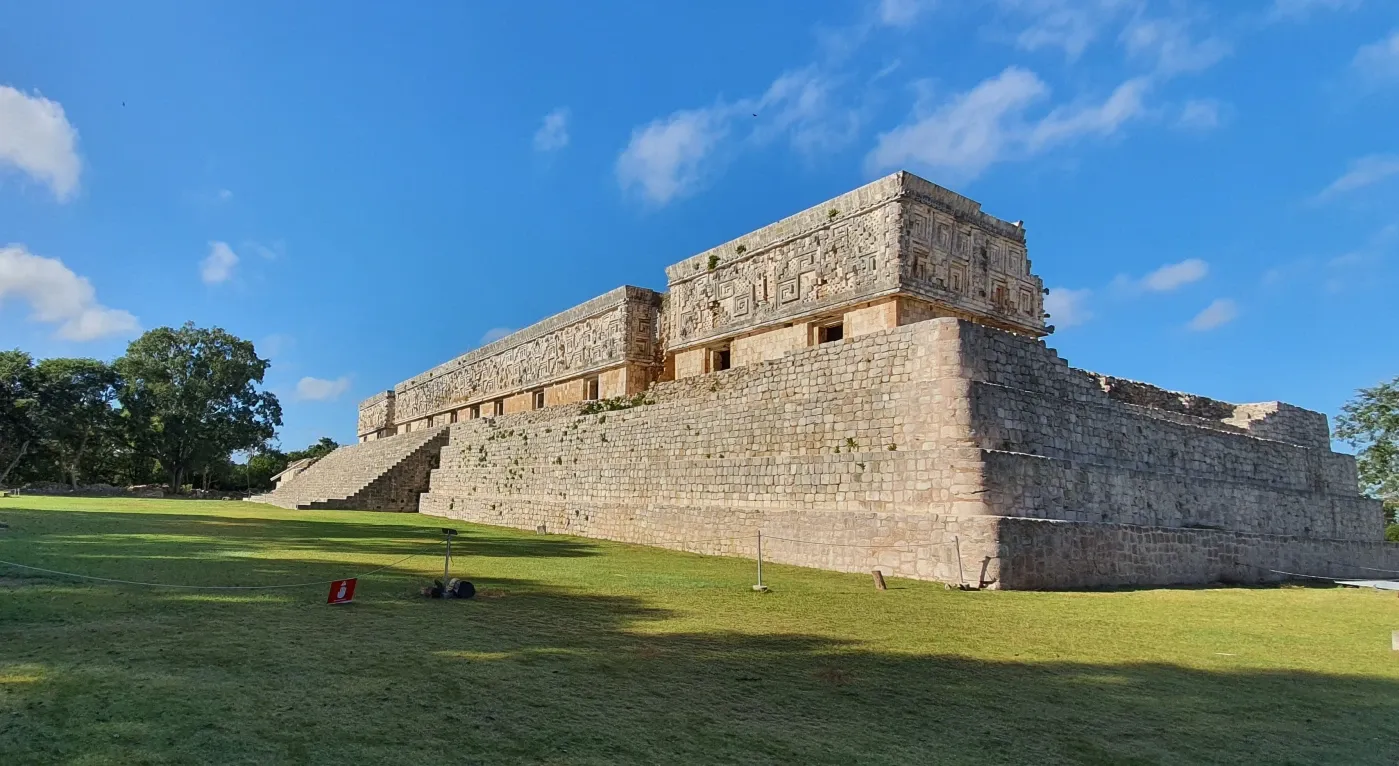
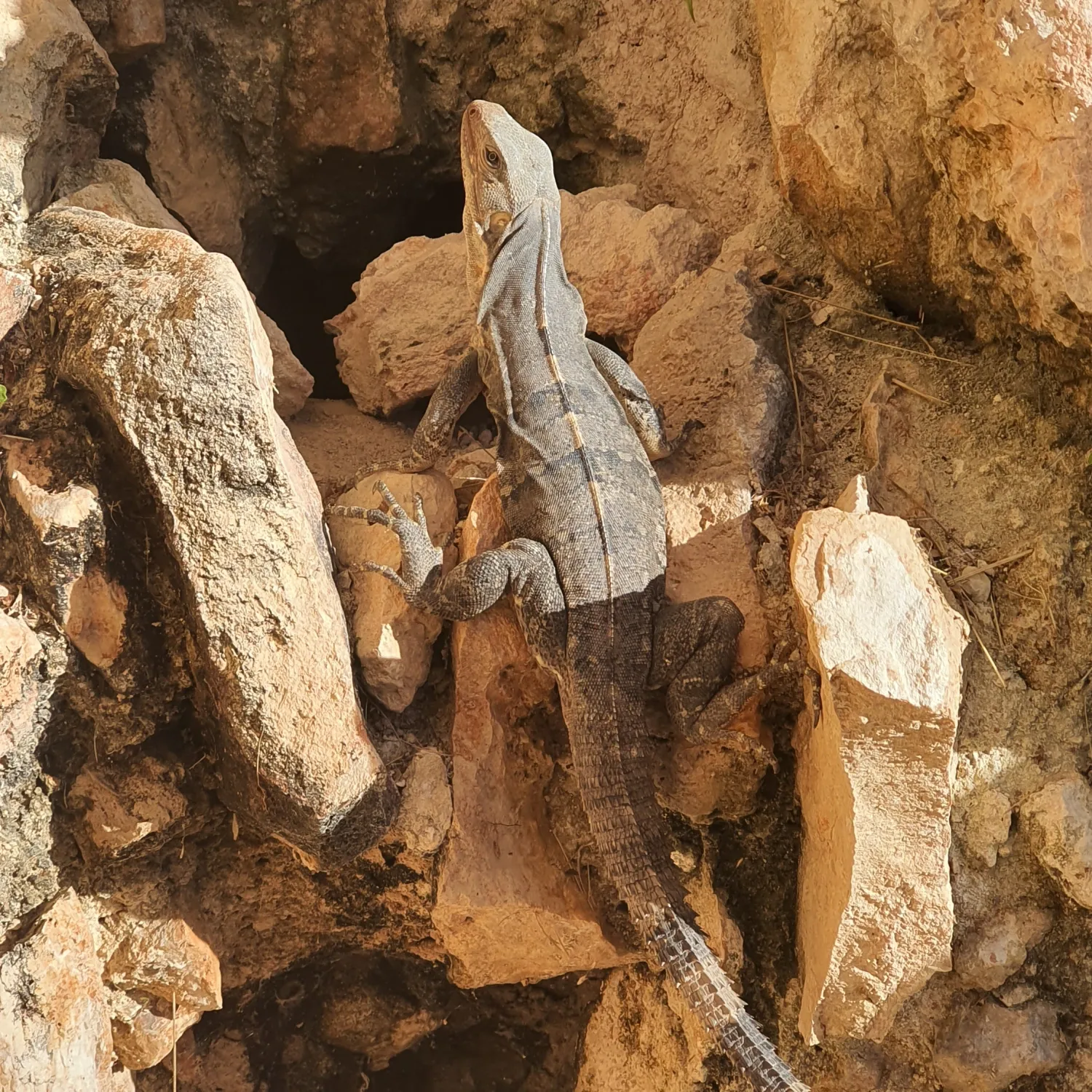
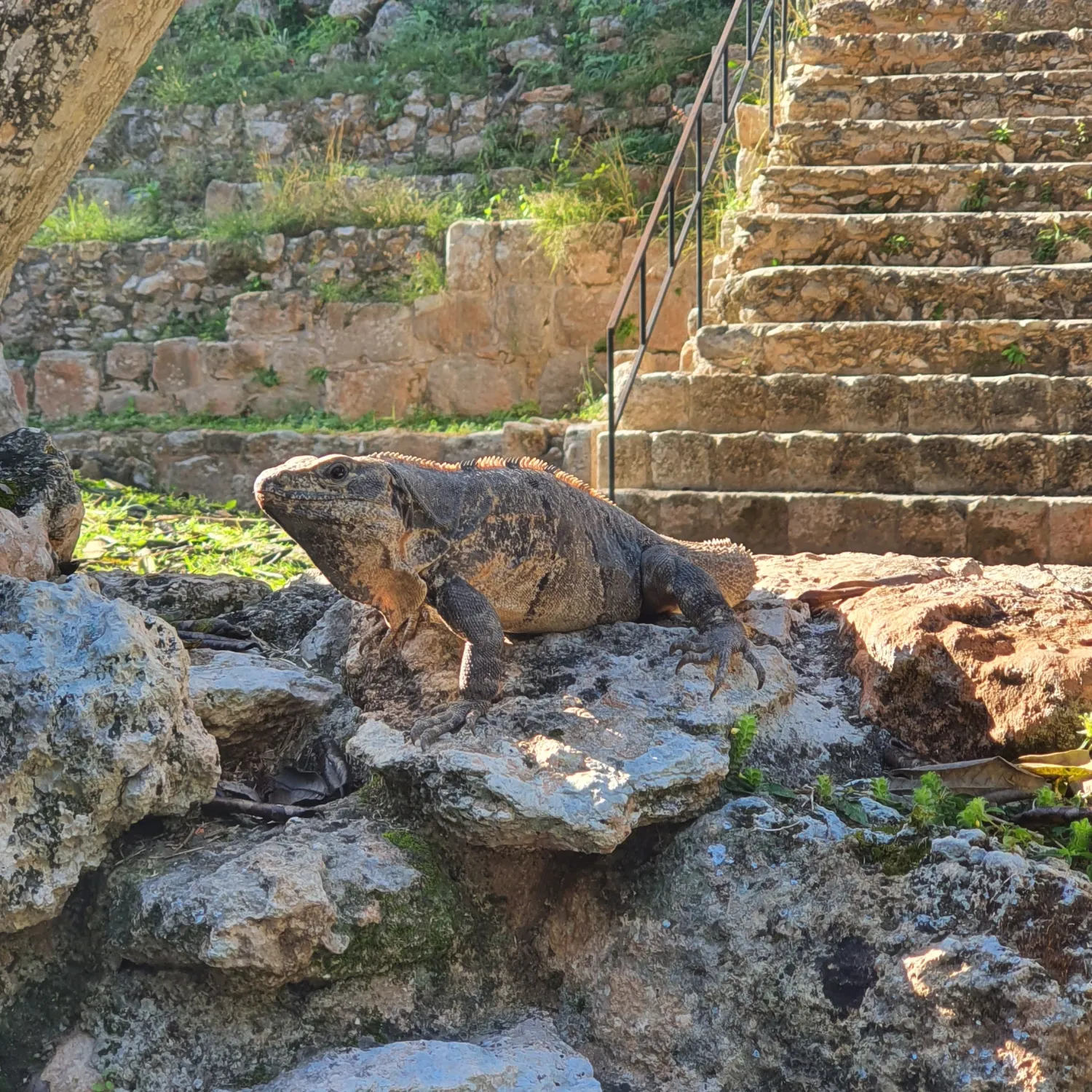
Campeche
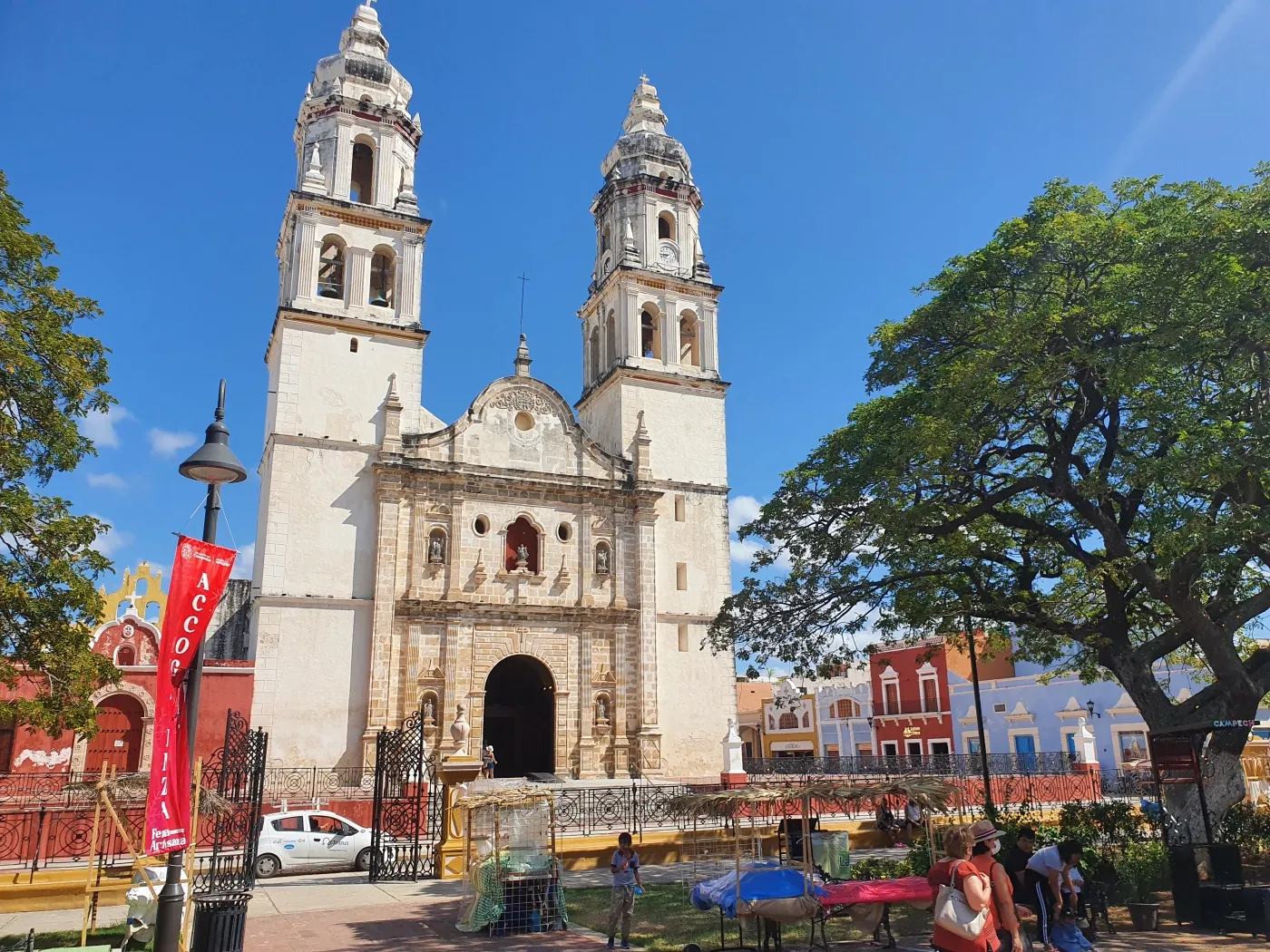
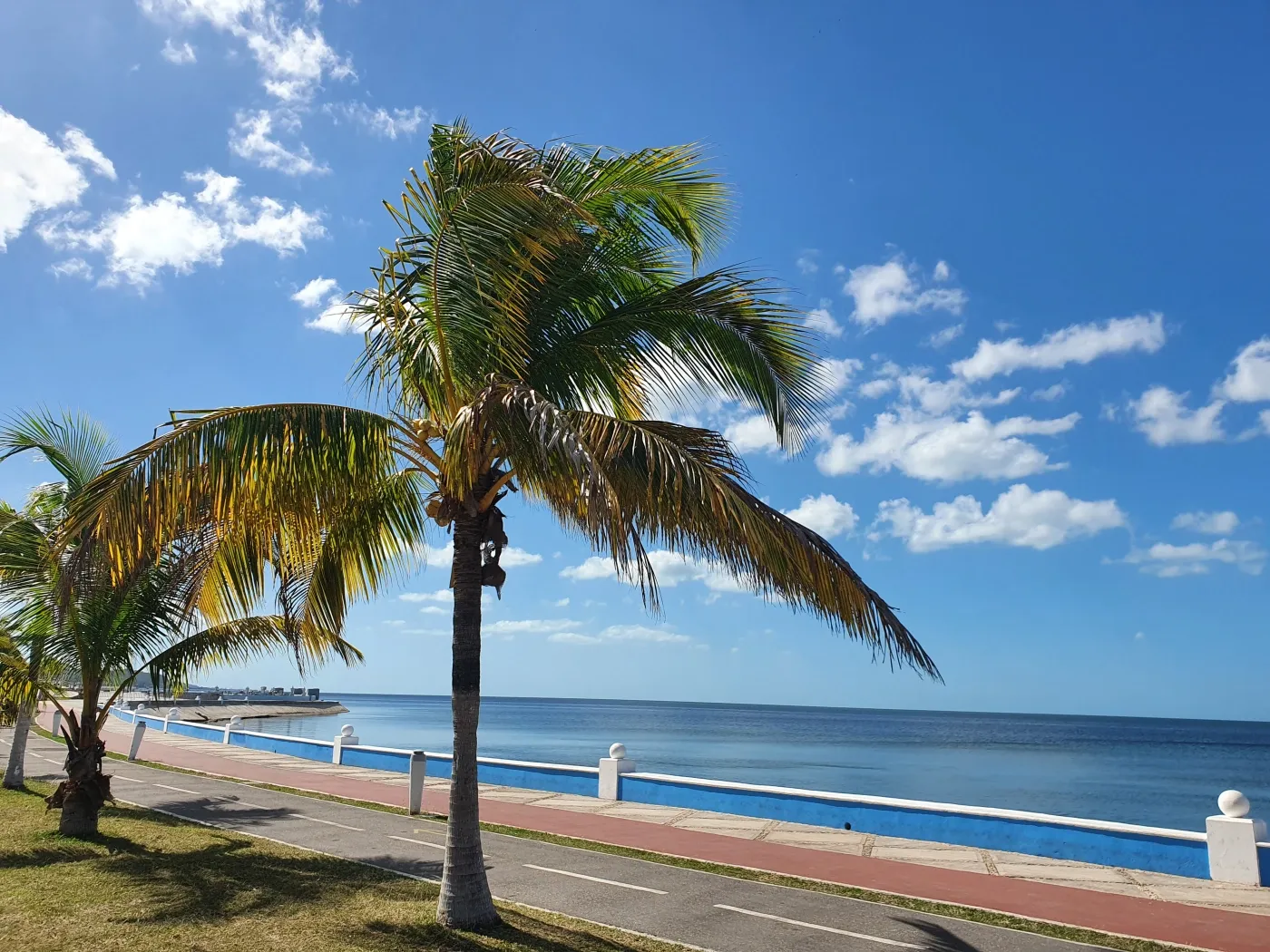
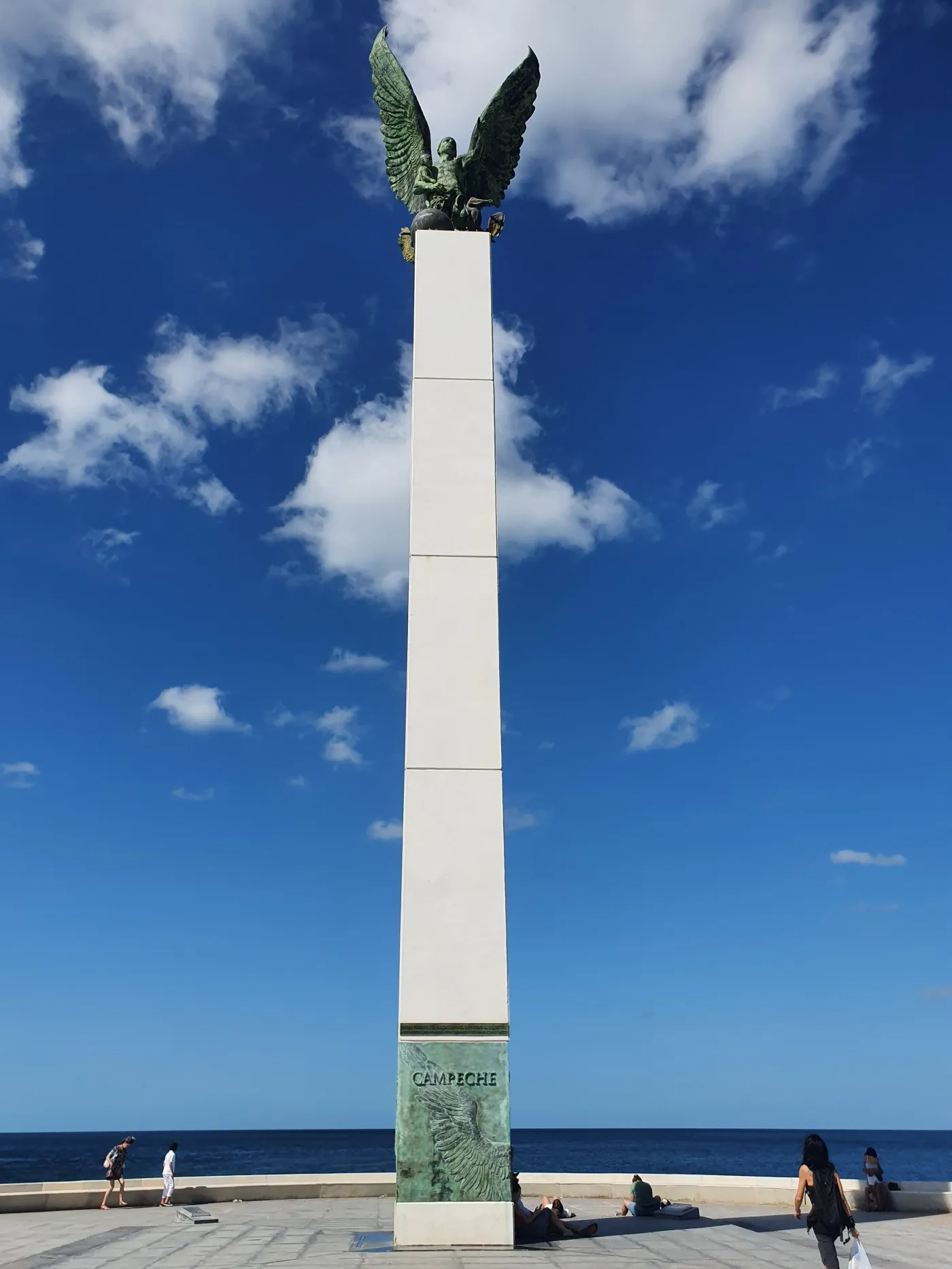
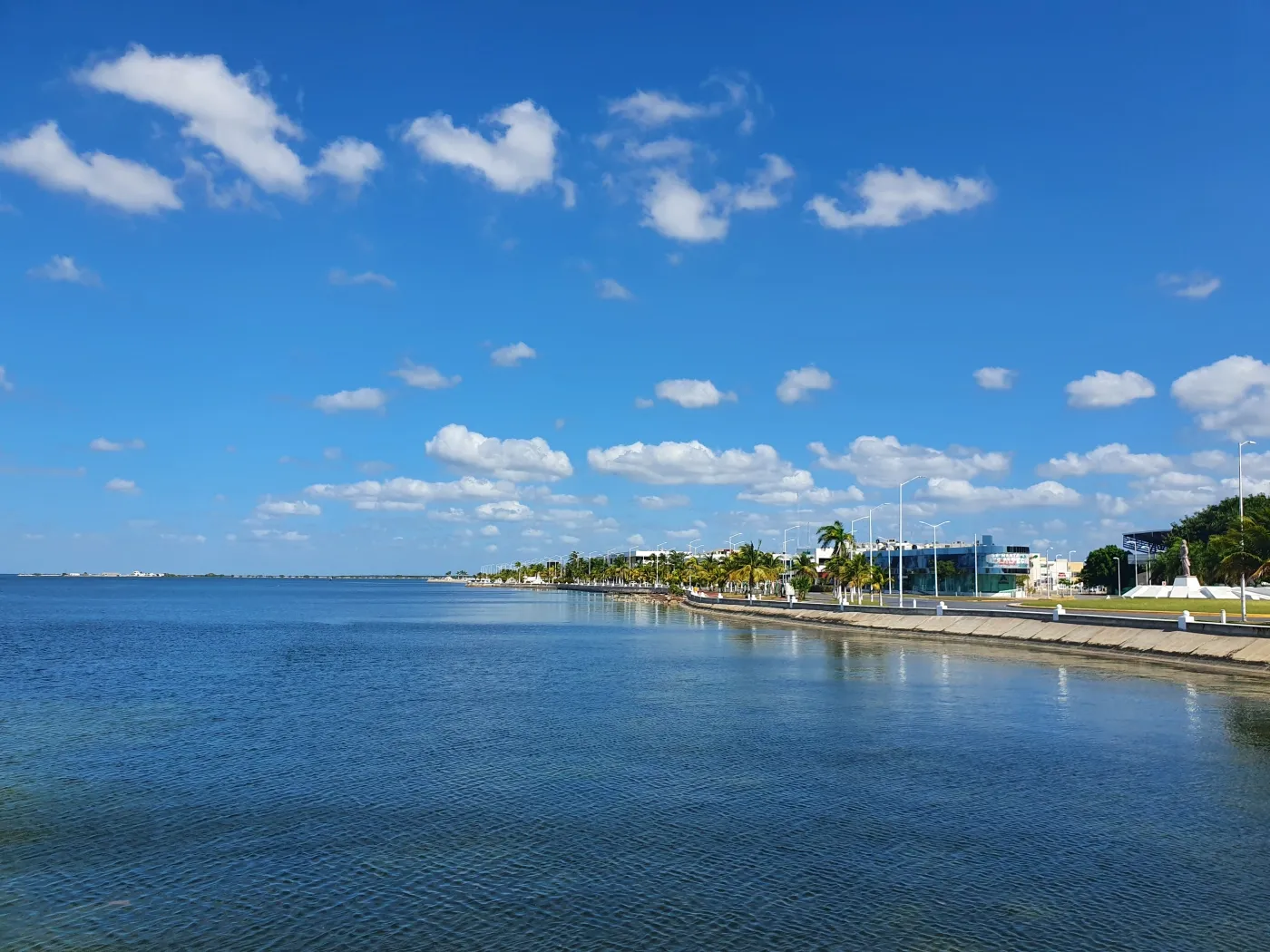
Palenque
Palenque is a medium-sized site, smaller than Tikal, Chichen Itza, or Copán, but it contains some of the finest architecture, sculpture, roof comb and bas-relief carvings that the Mayas produced. Much of the history of Palenque has been reconstructed from reading the hieroglyphic inscriptions on the many monuments; historians now have a long sequence of the ruling dynasty of Palenque in the 5th century and extensive knowledge of the city-state’s rivalry with other states, such as Calakmul and Toniná. The most famous ruler of Palenque was K’inich Janaab Pakal, or Pacal the Great, whose tomb has been found and excavated in the Temple of the Inscriptions.
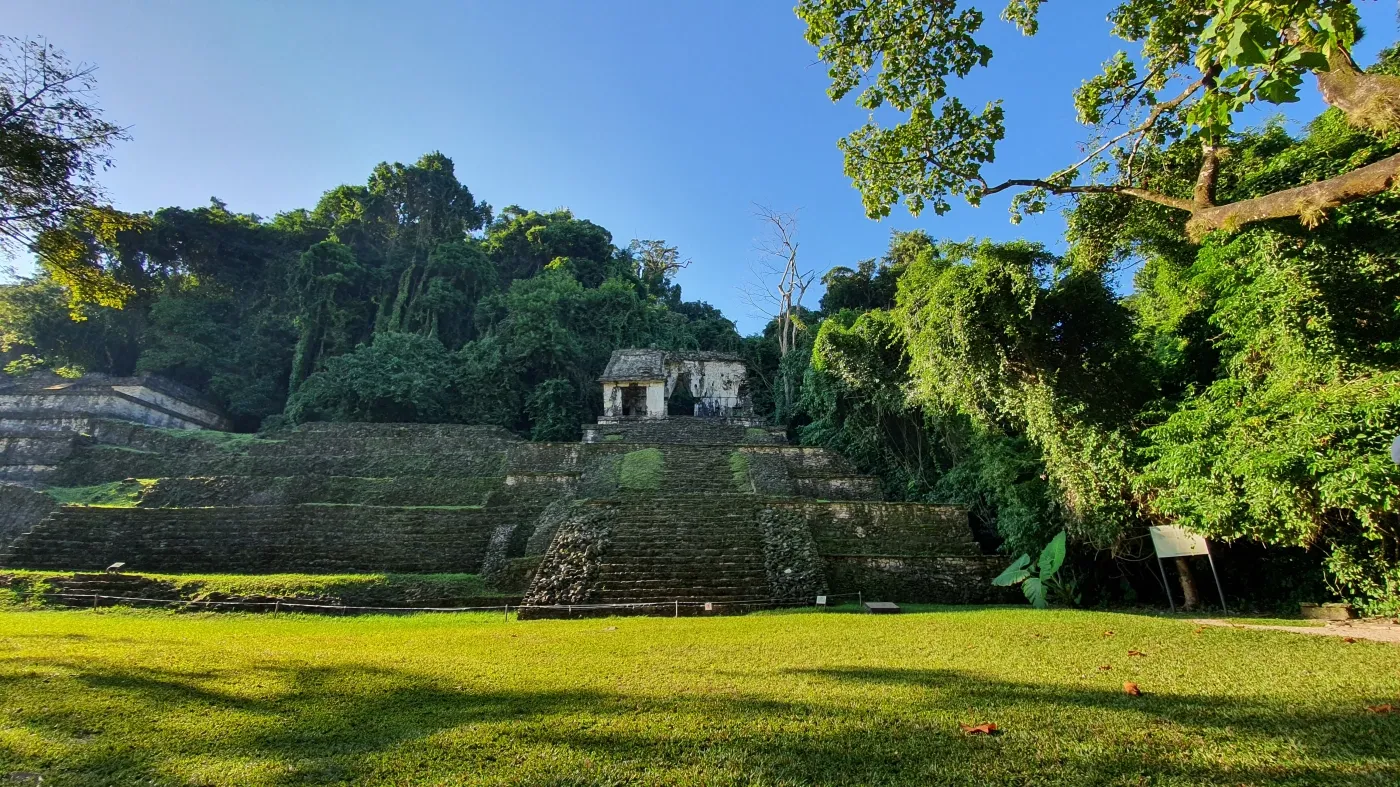
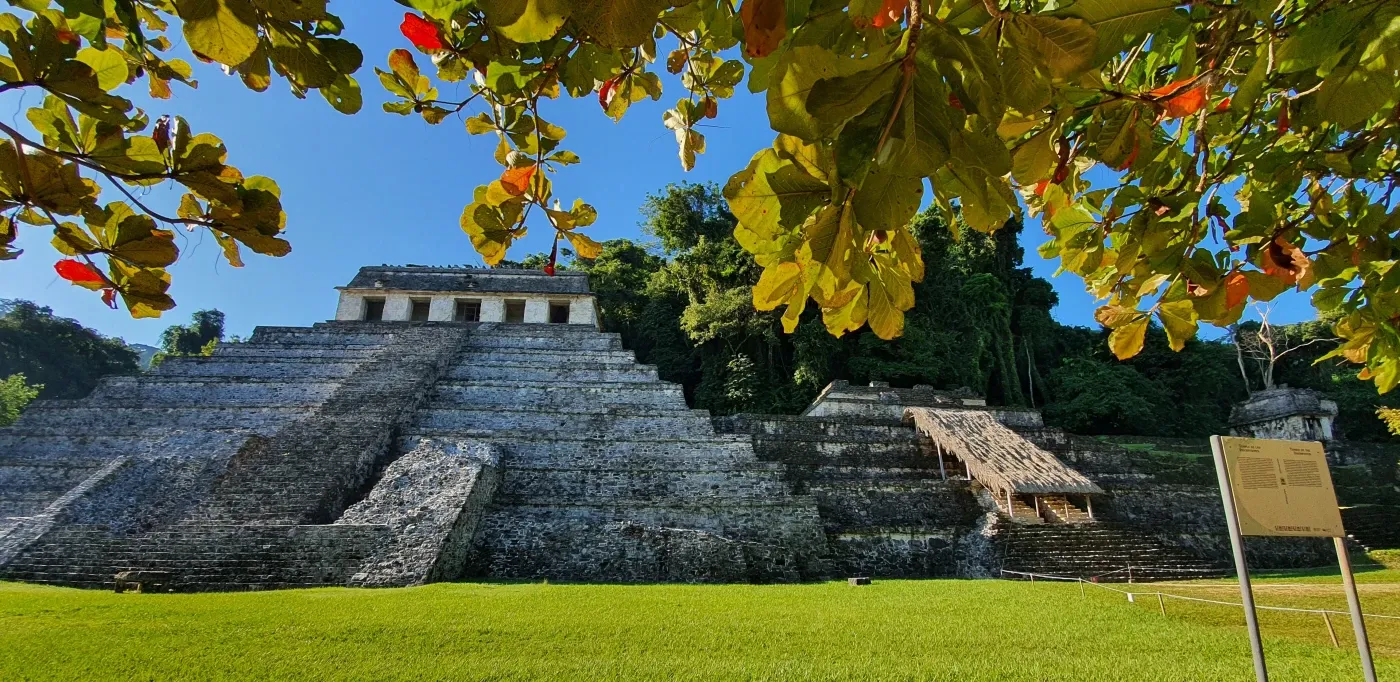
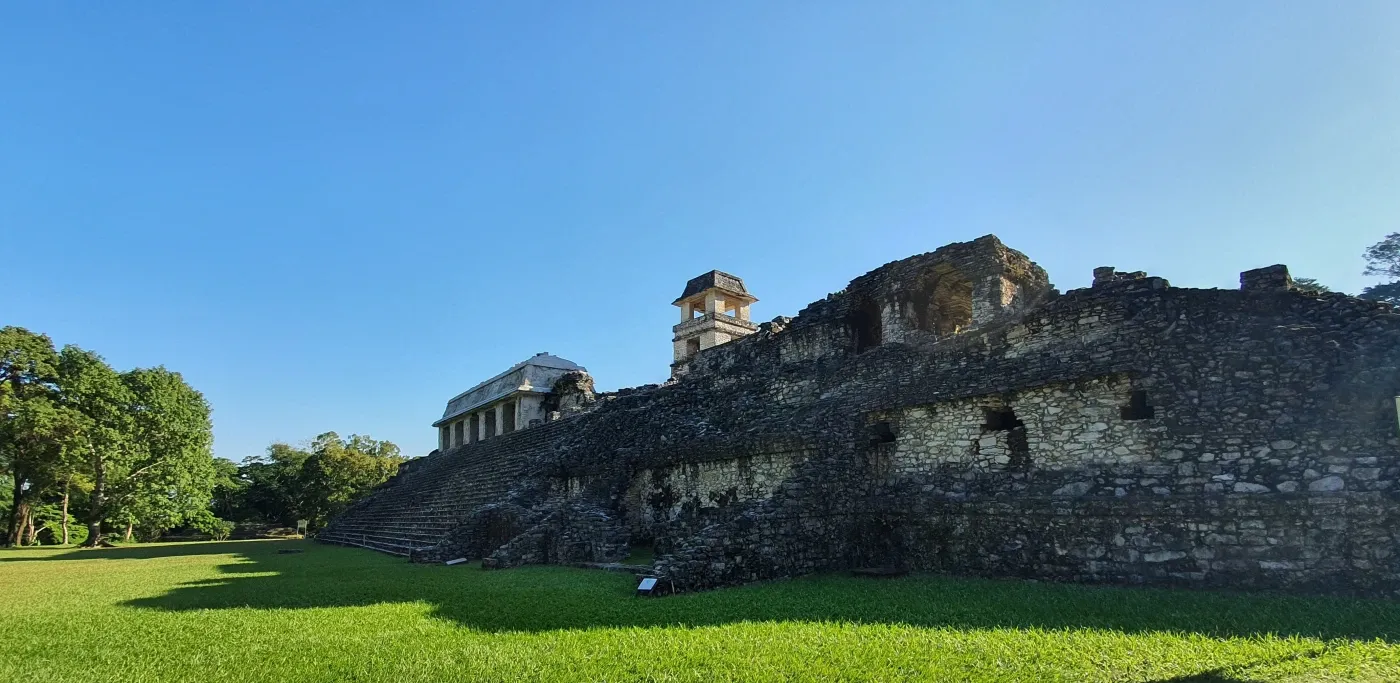
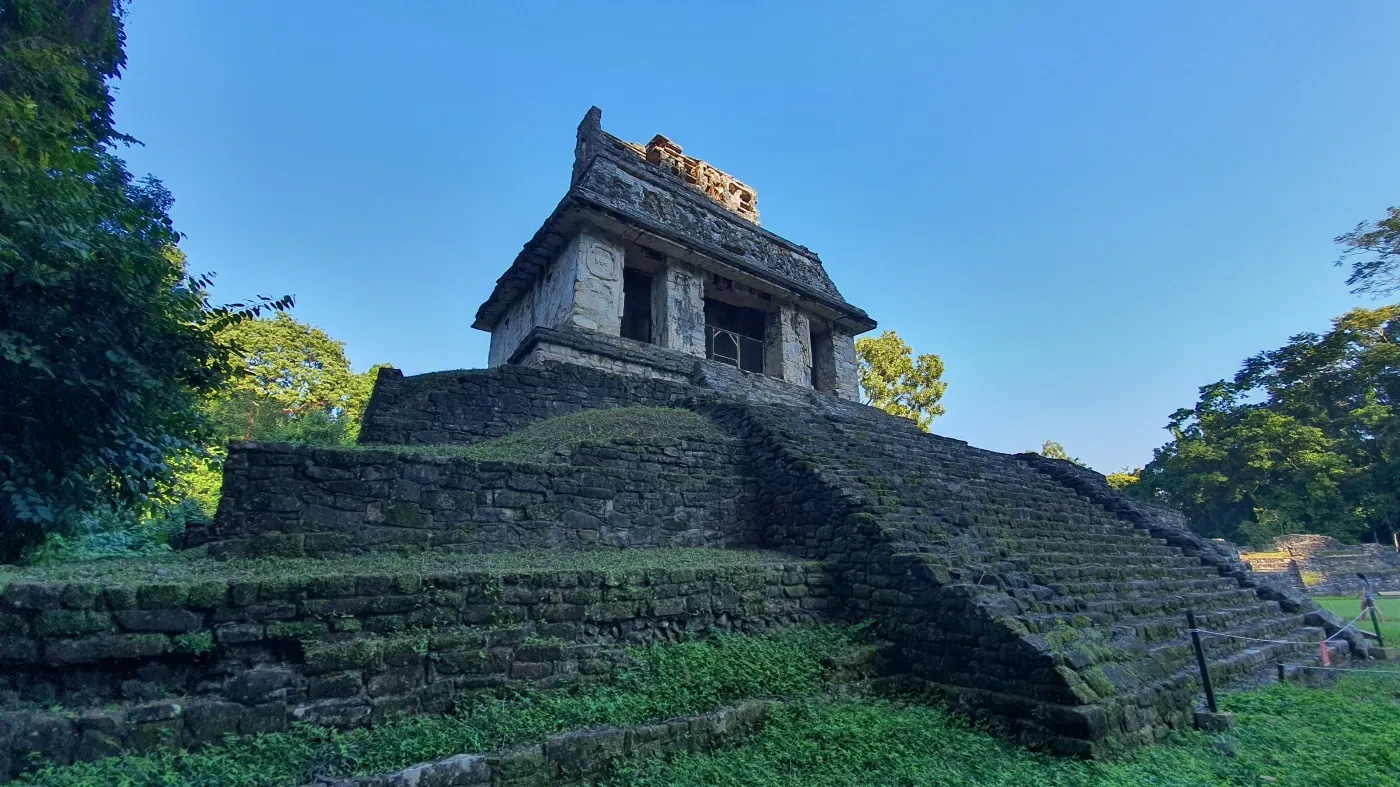
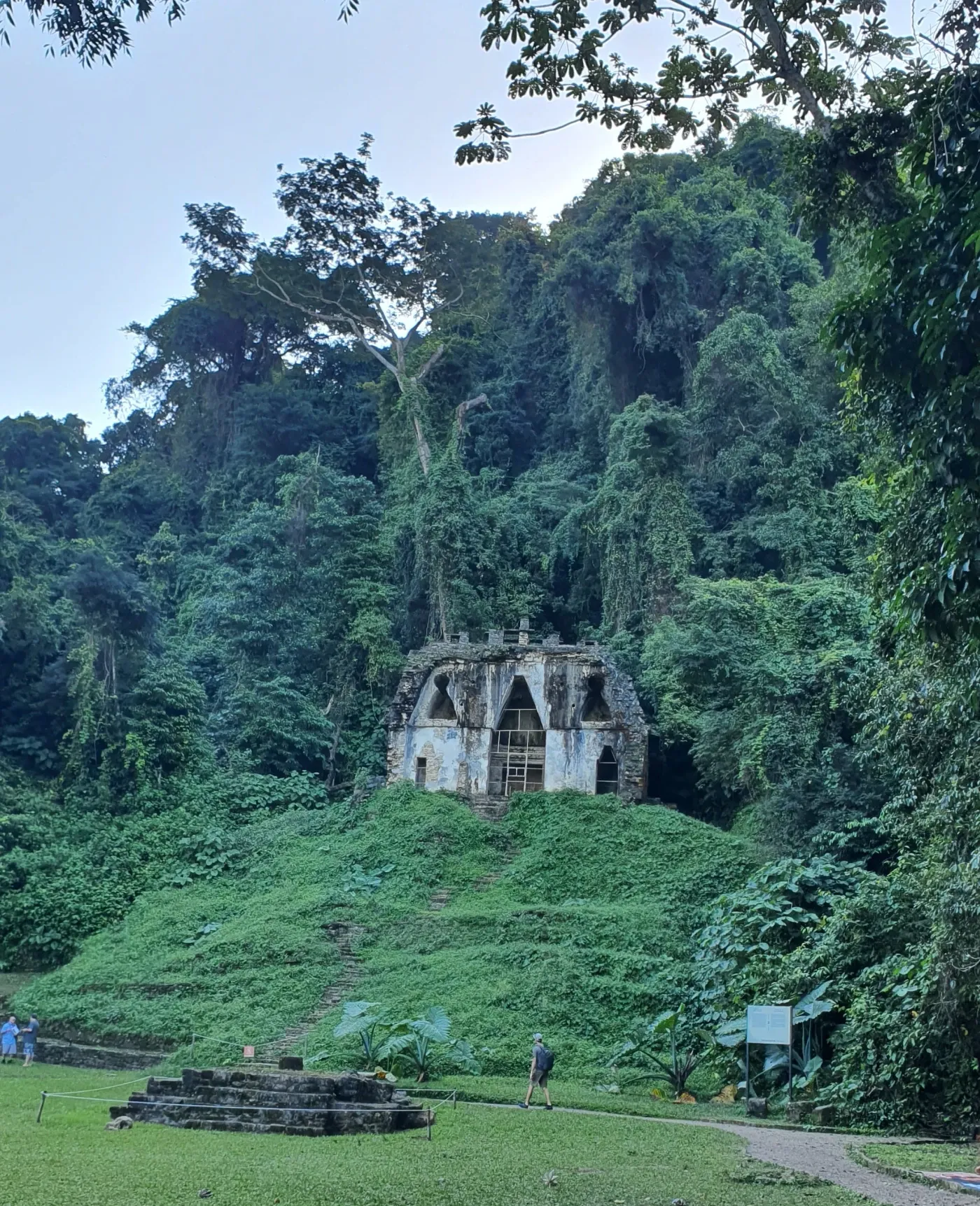
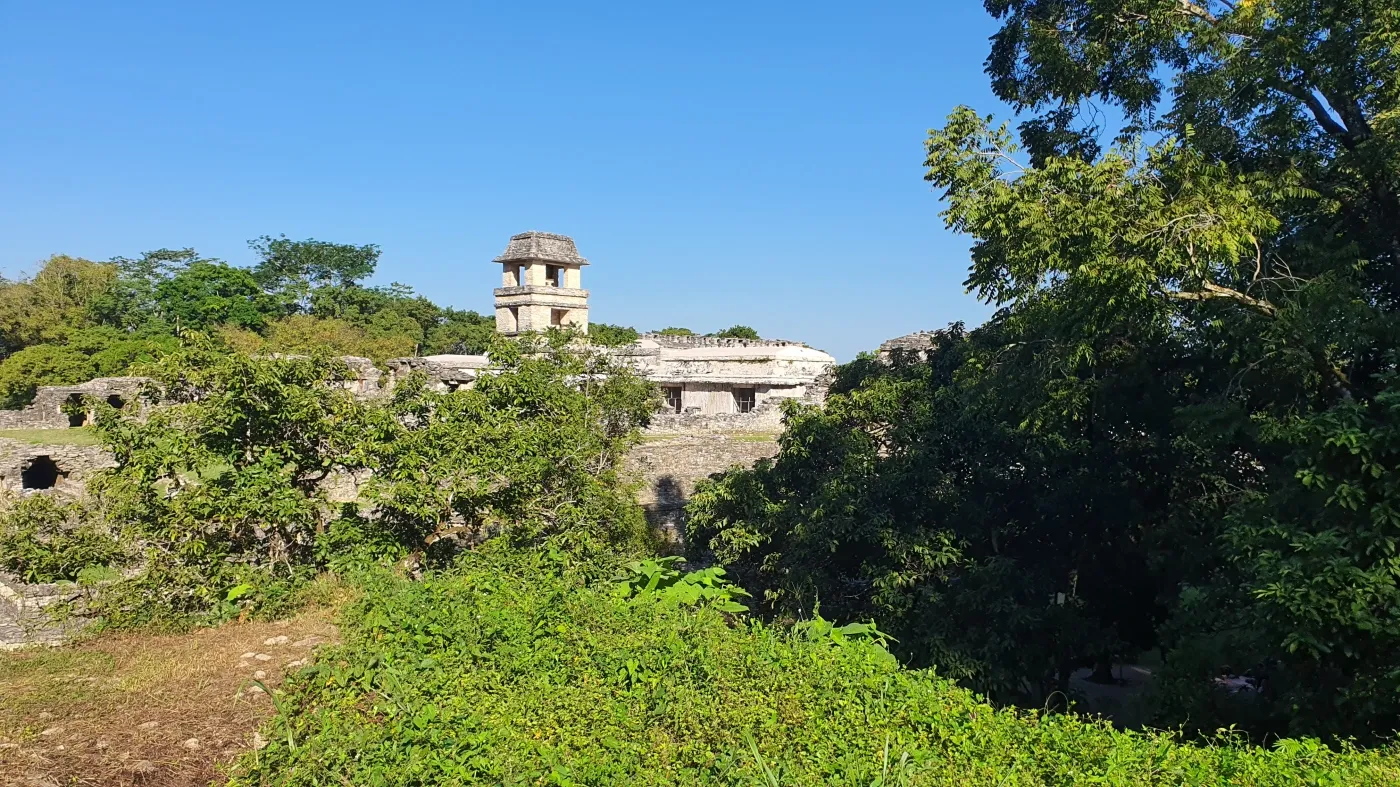
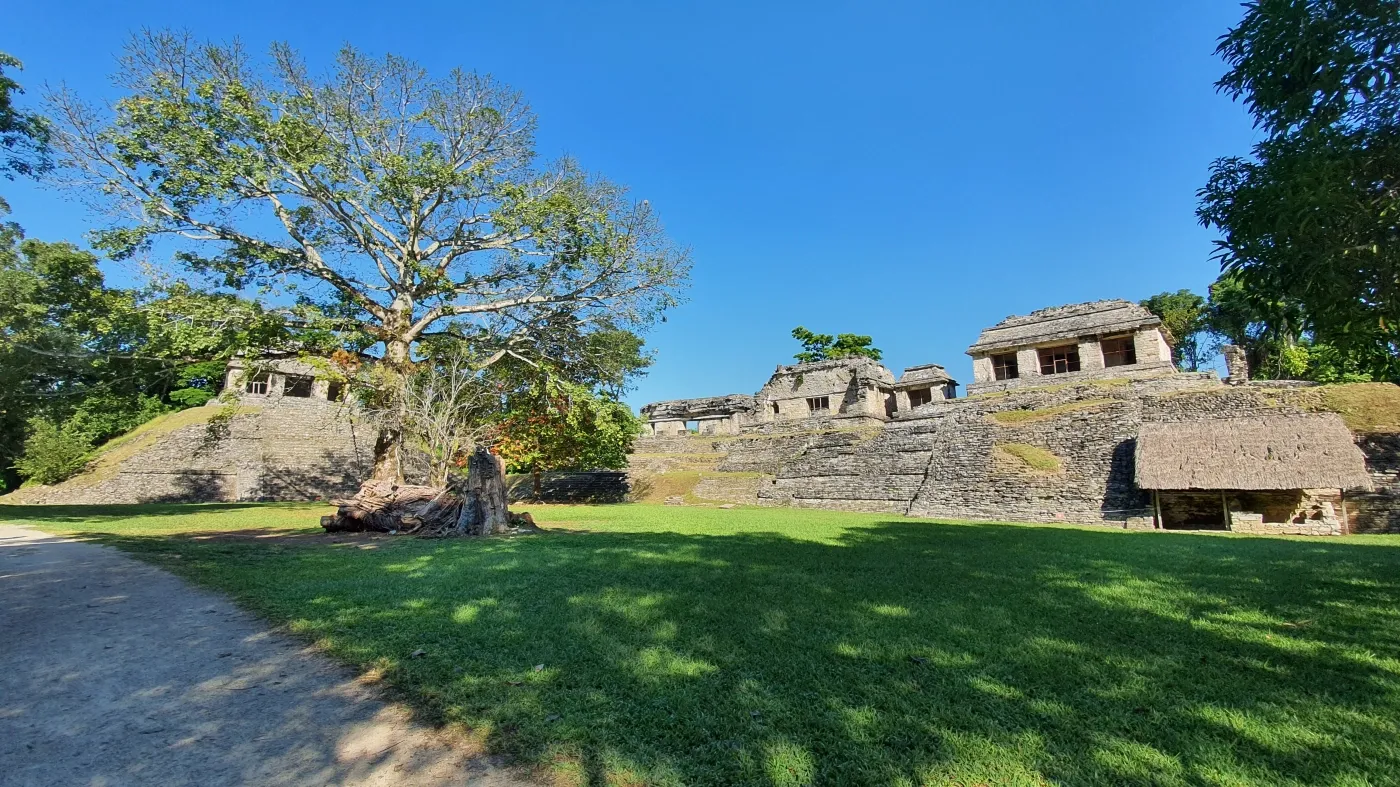
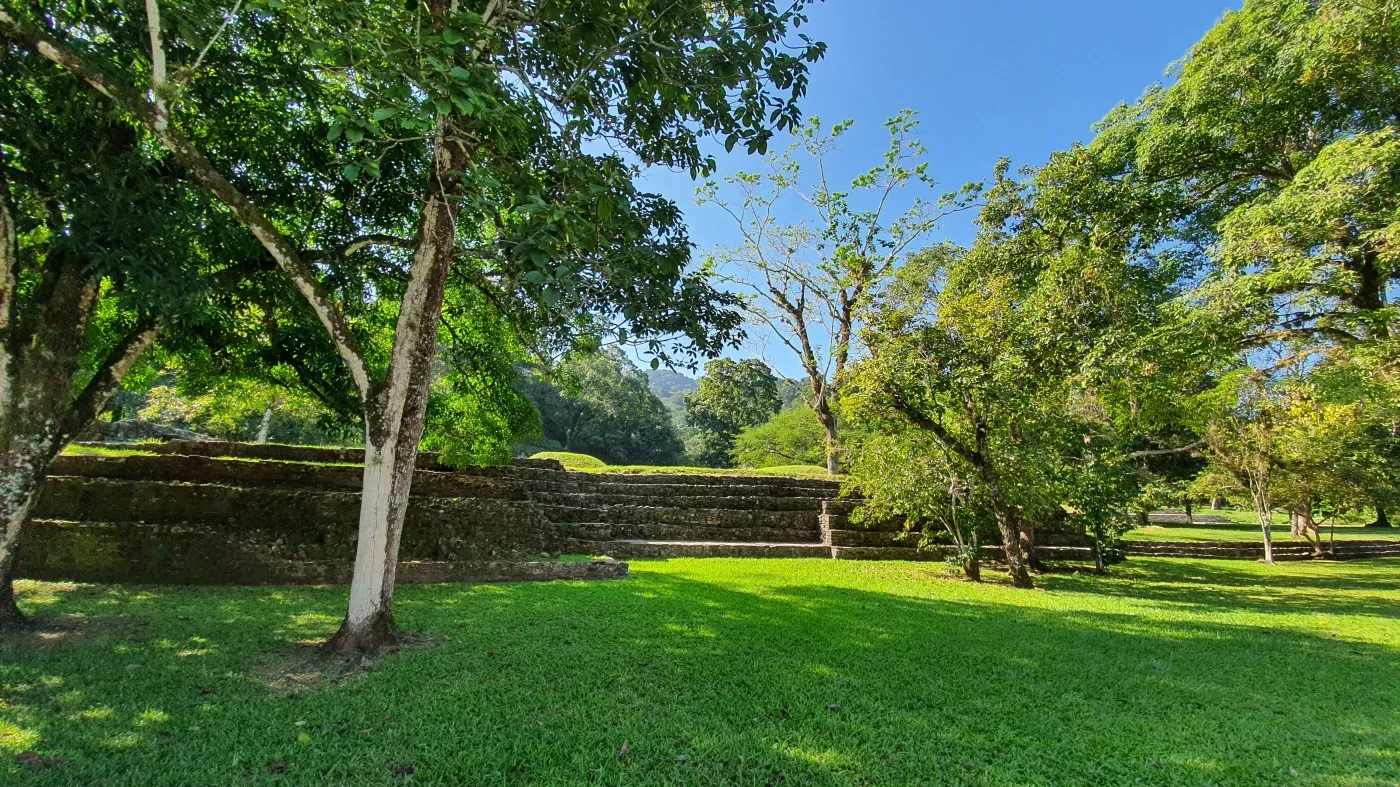
Catemaco, Veracruz
Catemaco is a tourist destination, with its main attractions being the lake, remnants of the region’s rainforest and a tradition of sorcery/witchcraft that has its roots in the pre-colonial period and is mostly practiced by men. This tradition is well-known in Mexico and attracts clients from various walks of life, including businessmen and national-level politicians. Catemaco holds an annual event in March dedicated to sorcery, which can draw up to 5,000 visitors. (wikipedia: https://en.wikipedia.org/wiki/Catemaco
Laguna Catemaco

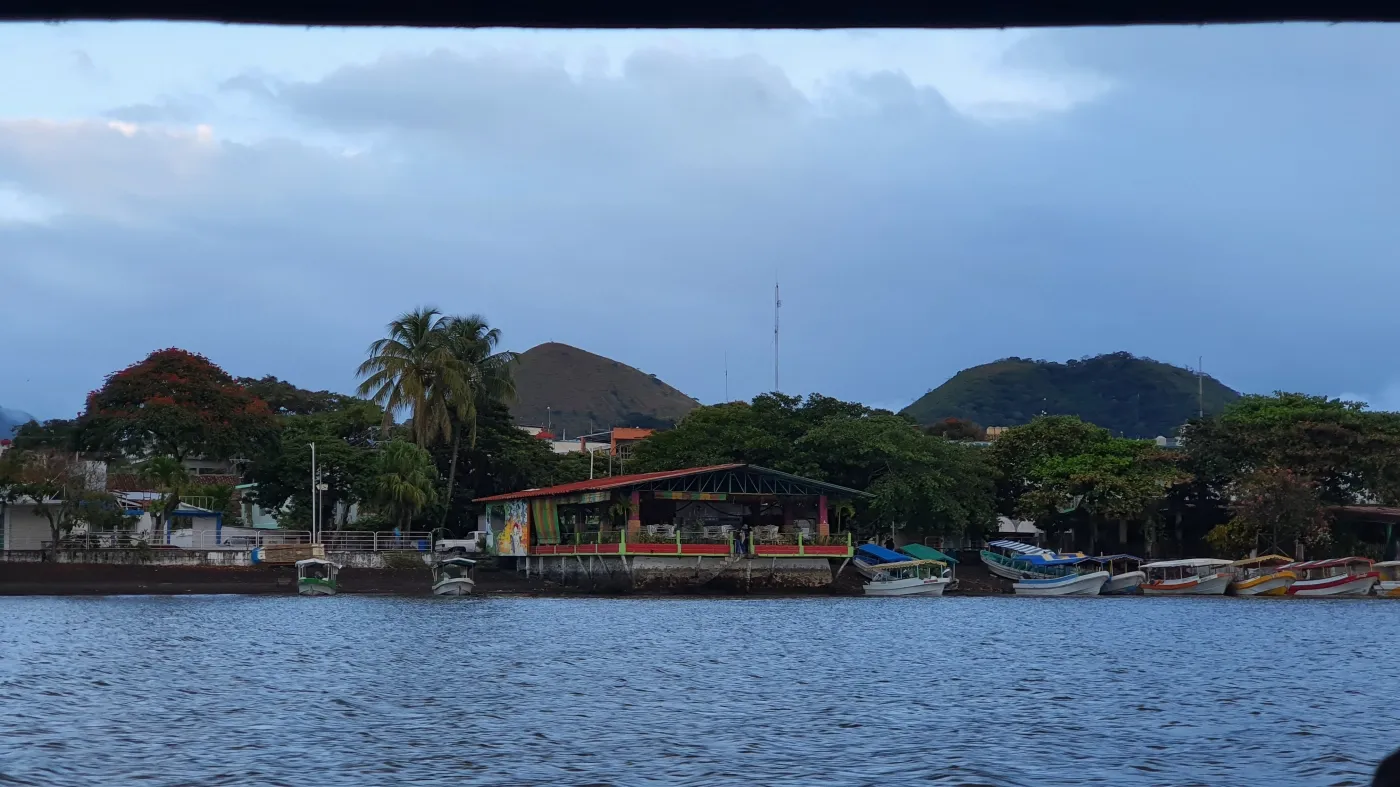
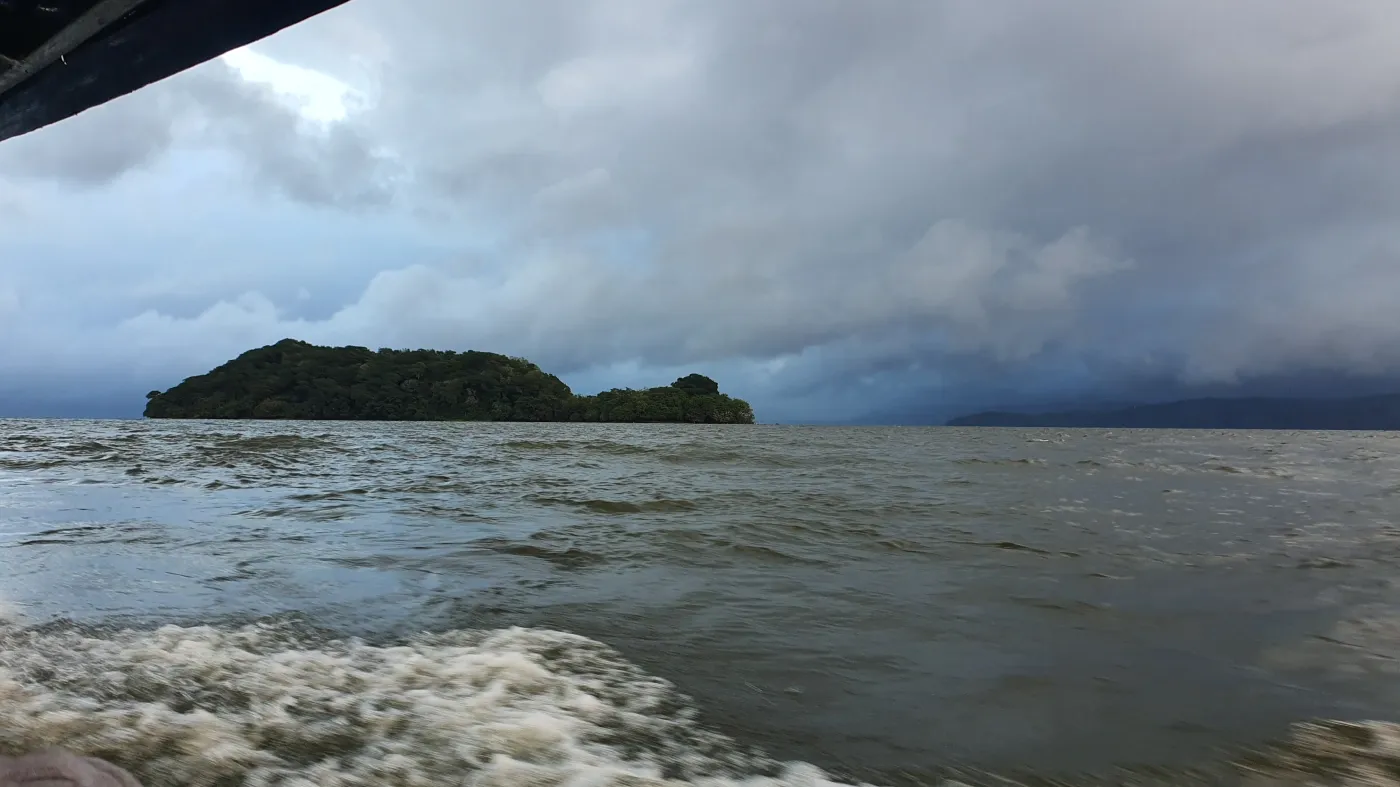
Isla de los monos
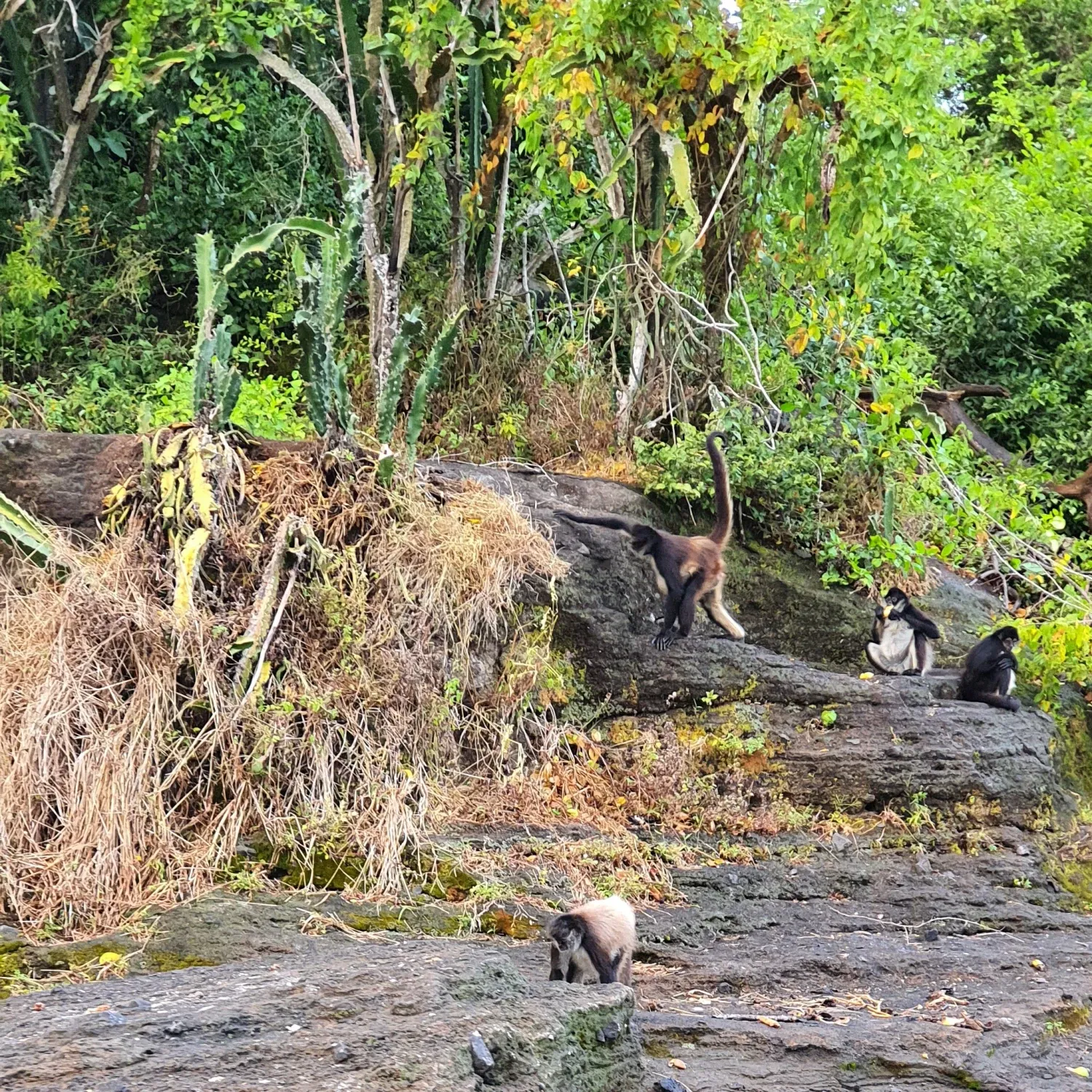
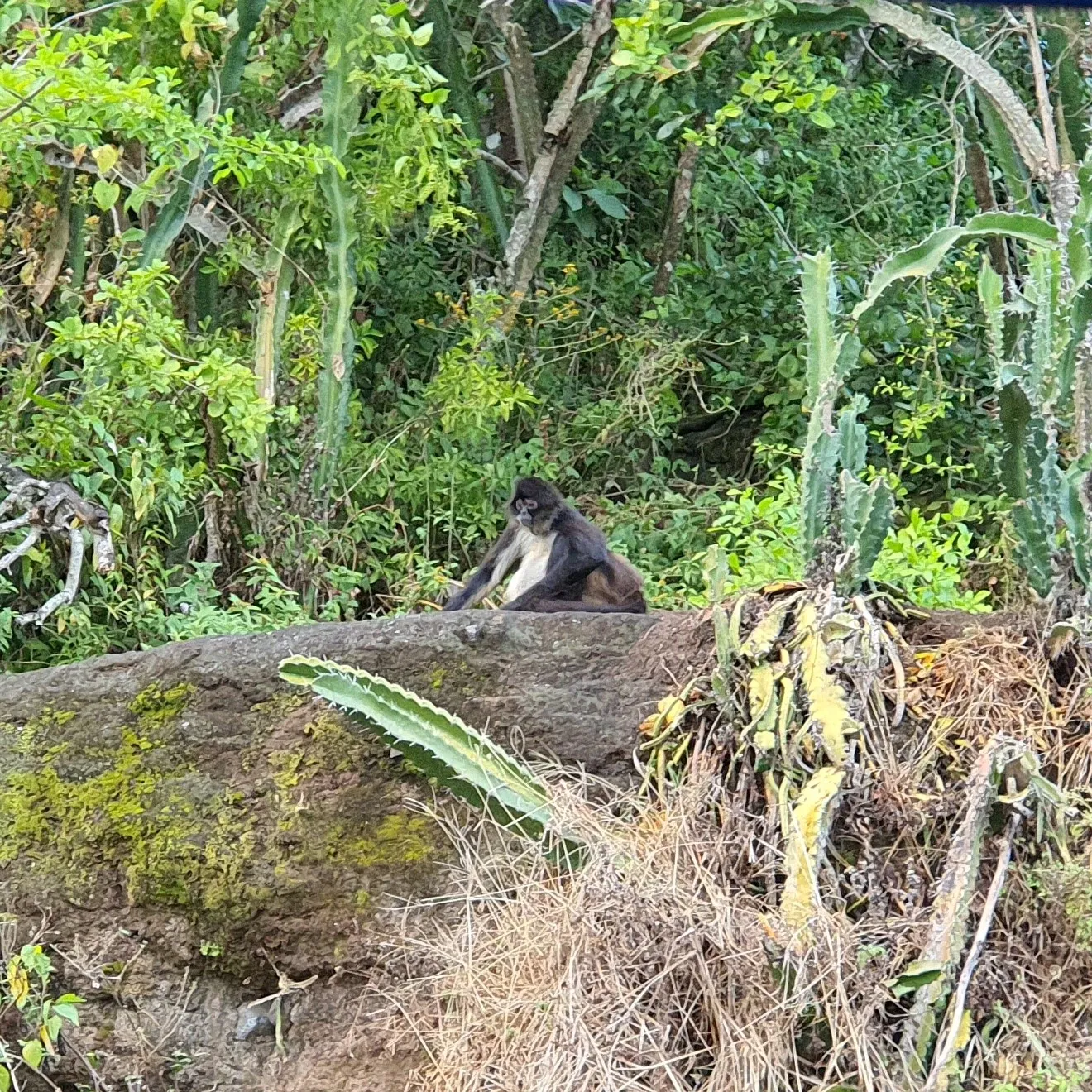
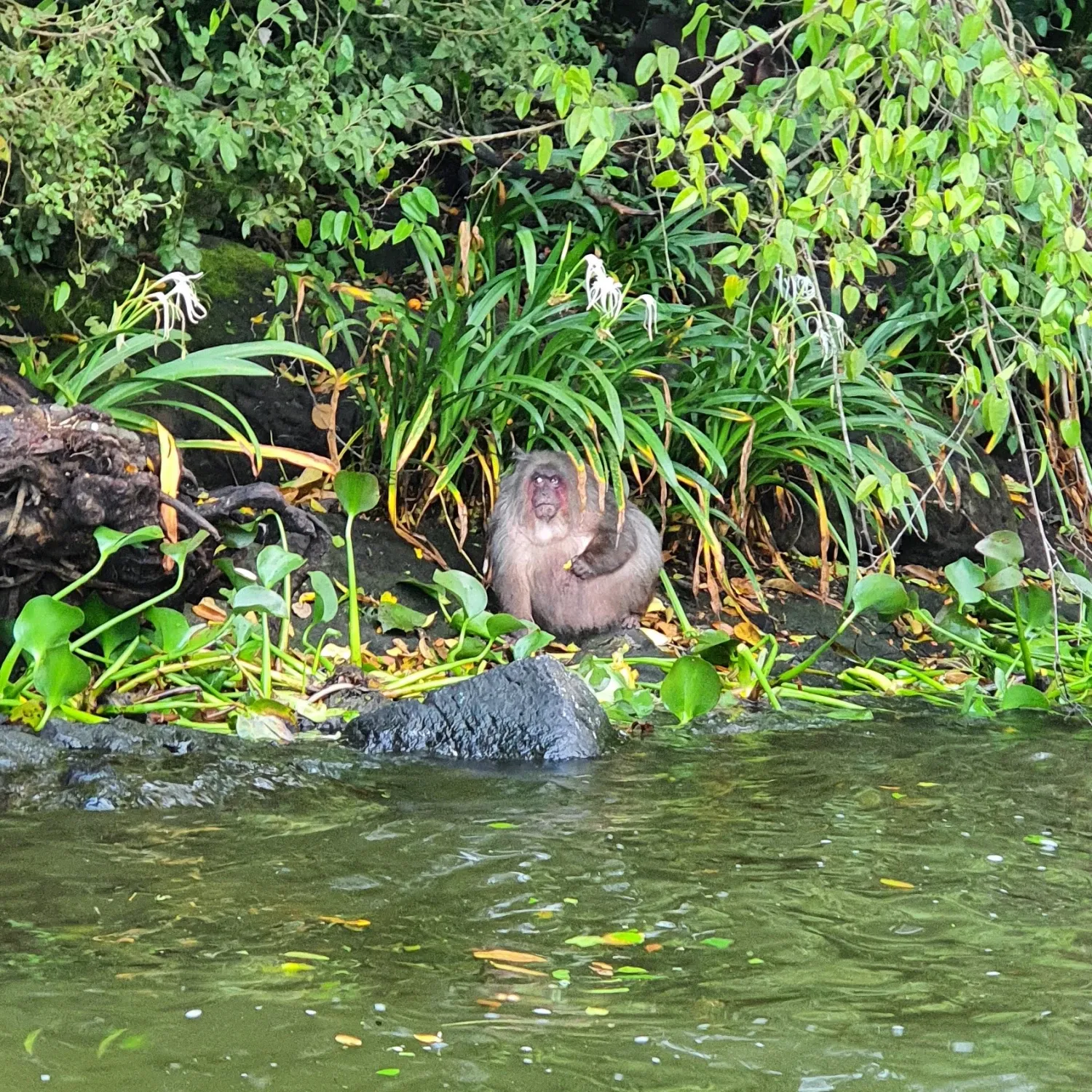
Eyipantla Falls
is a waterfall located in the Los Tuxtlas region of southern Veracruz in Mexico.[1] It is forty meters wide and fifty meters tall and is the largest and most important waterfall in the region https://en.wikipedia.org/wiki/Eyipantla_Falls
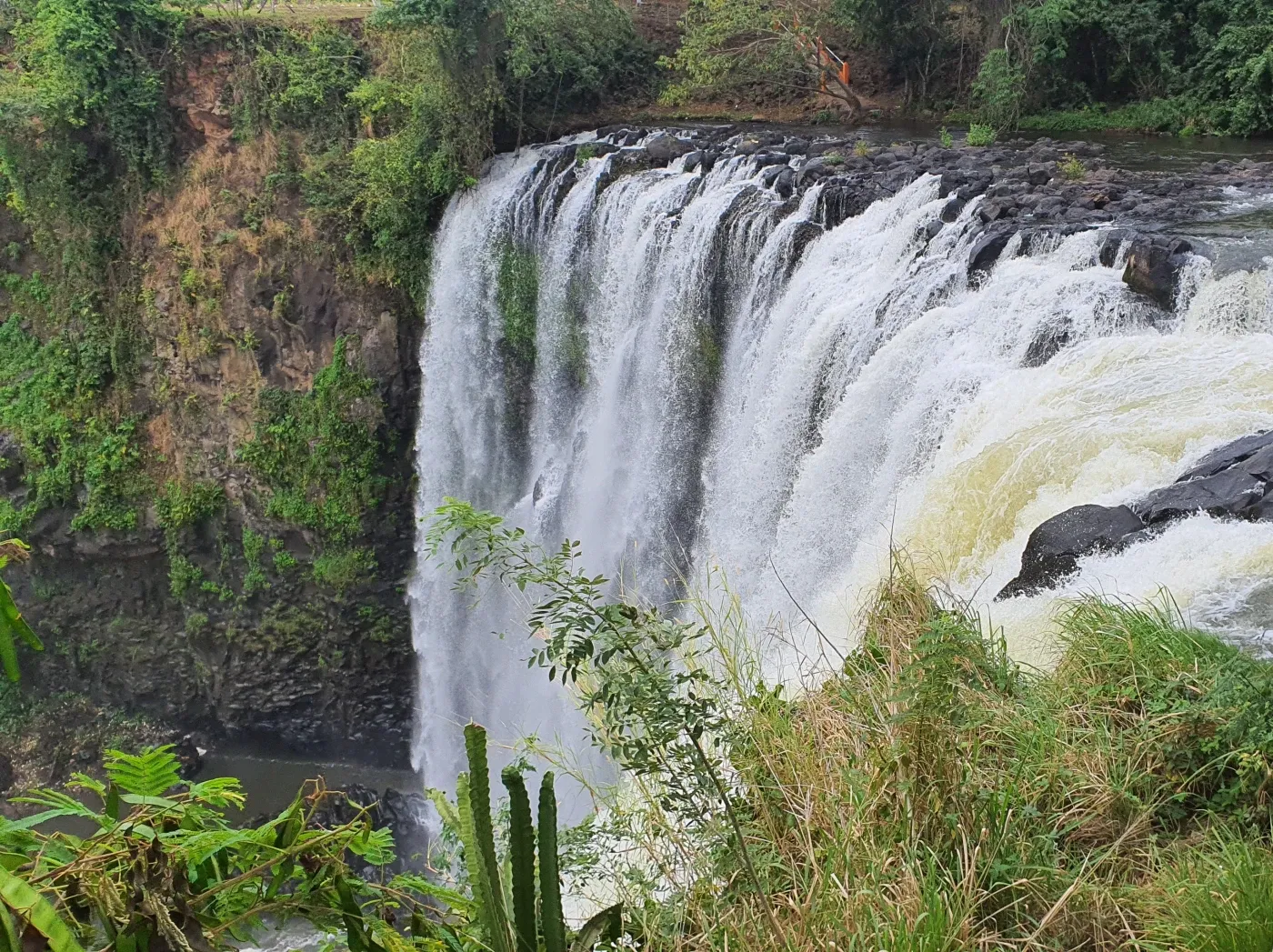
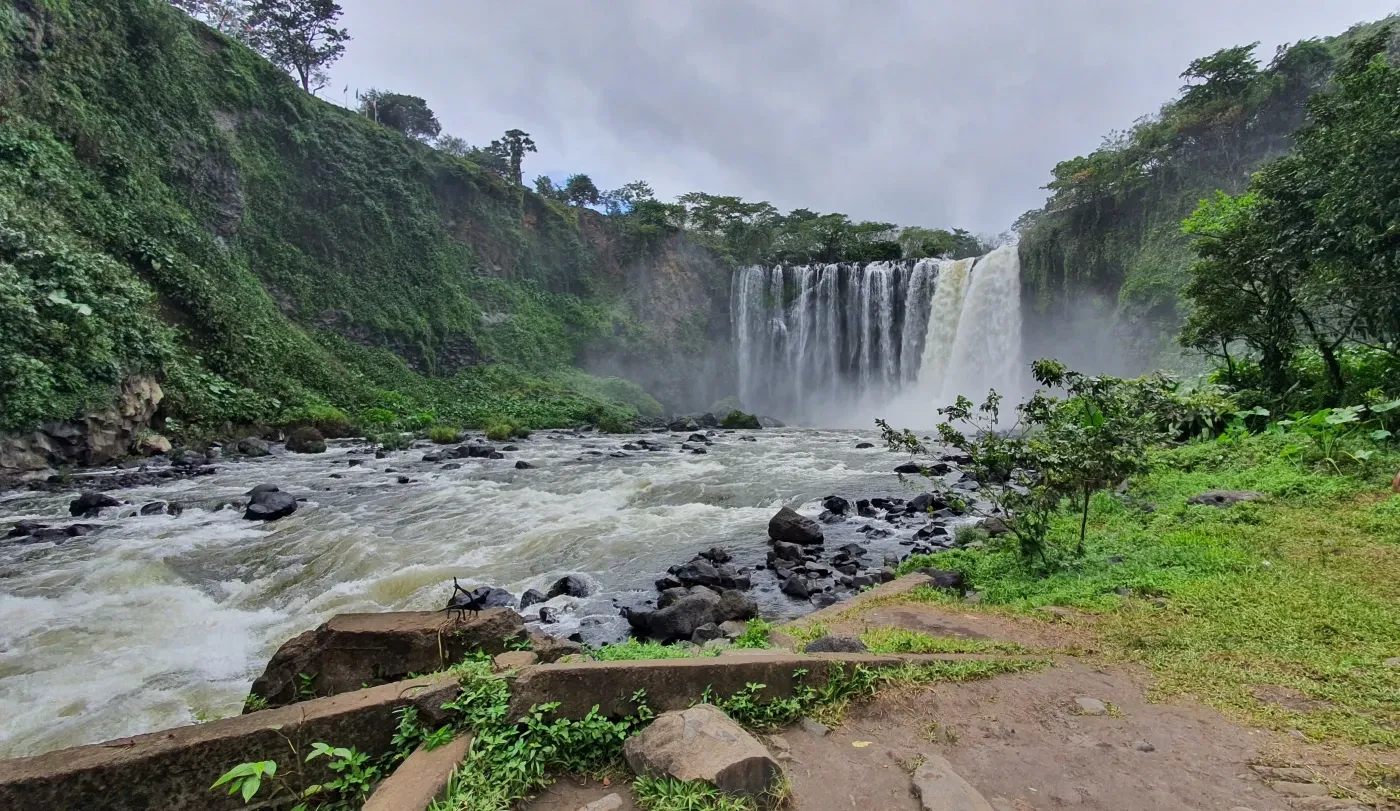
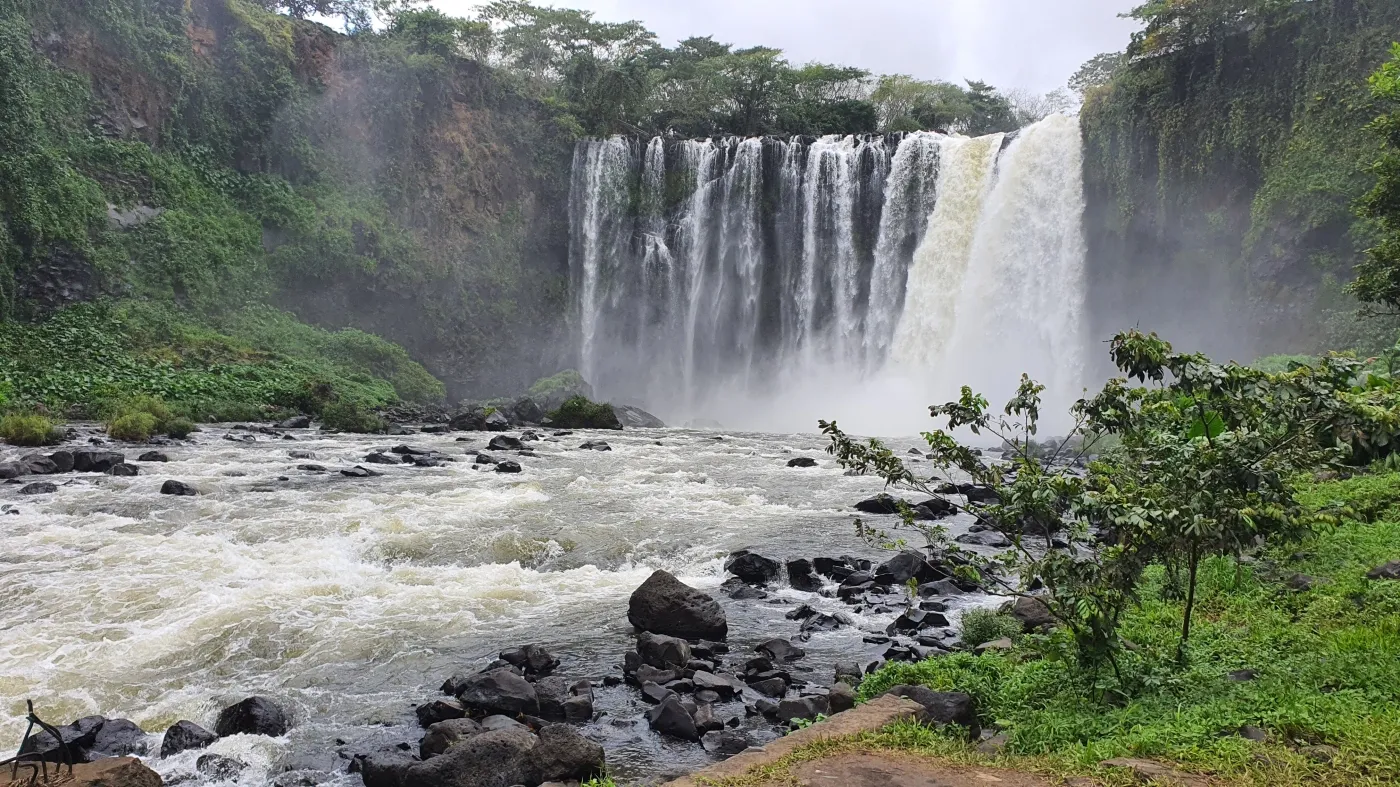
Puebla
The state of Puebla is located on the east side of the volcanoes of Popocatepetl and Iztaccihuatl, opposite of the Valley of Mexico and Mexico City. The two volcanoes have as much significance here as they do on the west side, with many communities nearby maintaining ritual specific to honoring the two. The historical and cultural value of Puebla City architecture is a major reason the city was chosen as a UNESCO World Heritage Site. Various styles and techniques such as Baroque, Renaissance and Classic are represented here in over 5,000 buildings included in the catalogue.[24] The historic centre is filled with churches, monasteries, mansions and the like, mostly done in gray cantera stone, red brick and decorated with multicolored tiles. Puebla is also considered to be the “cradle of Mexican Baroque” both in architecture and in the decorative arts,[25] and one of the five most important colonial cities in Mexico.
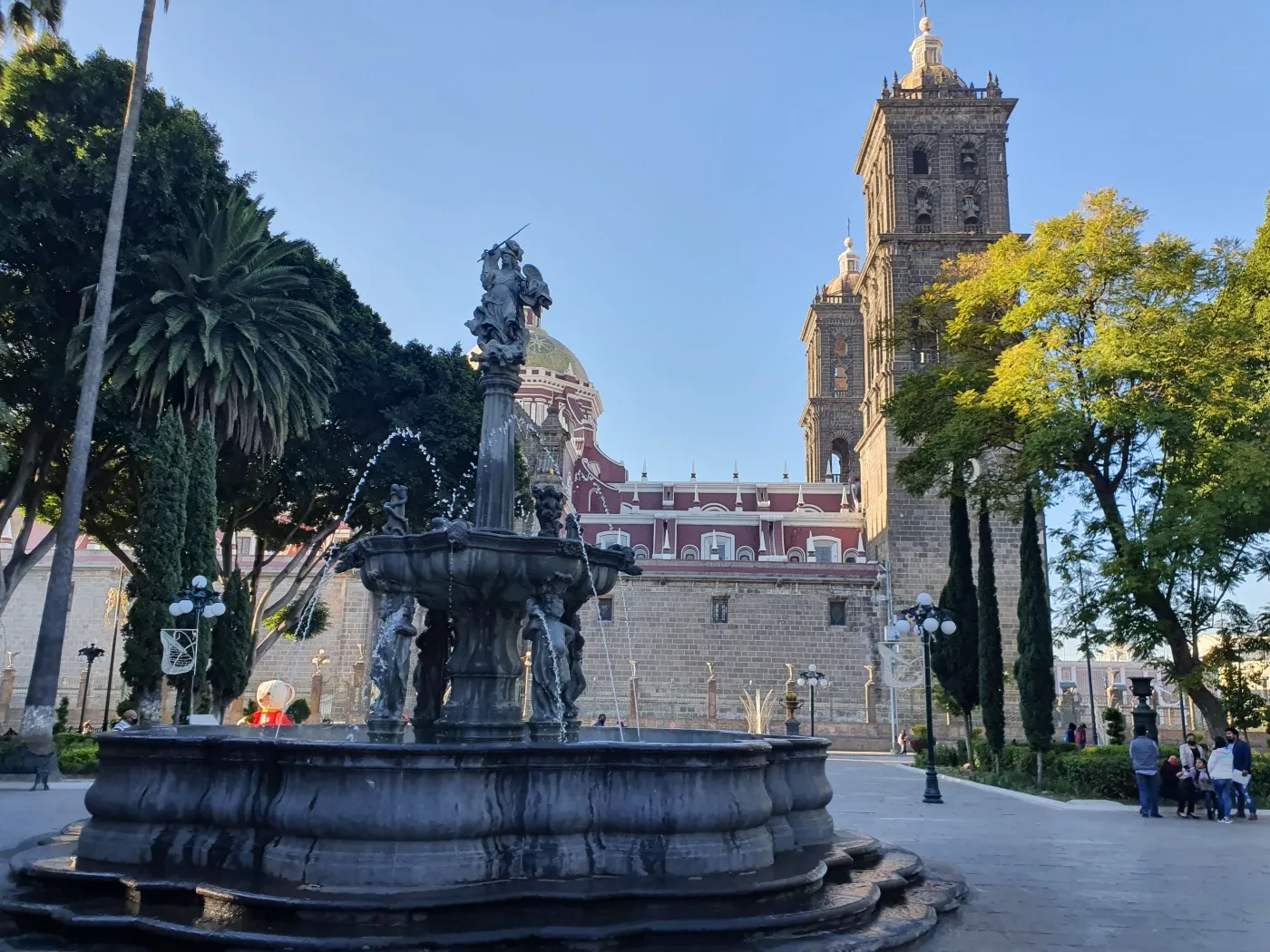
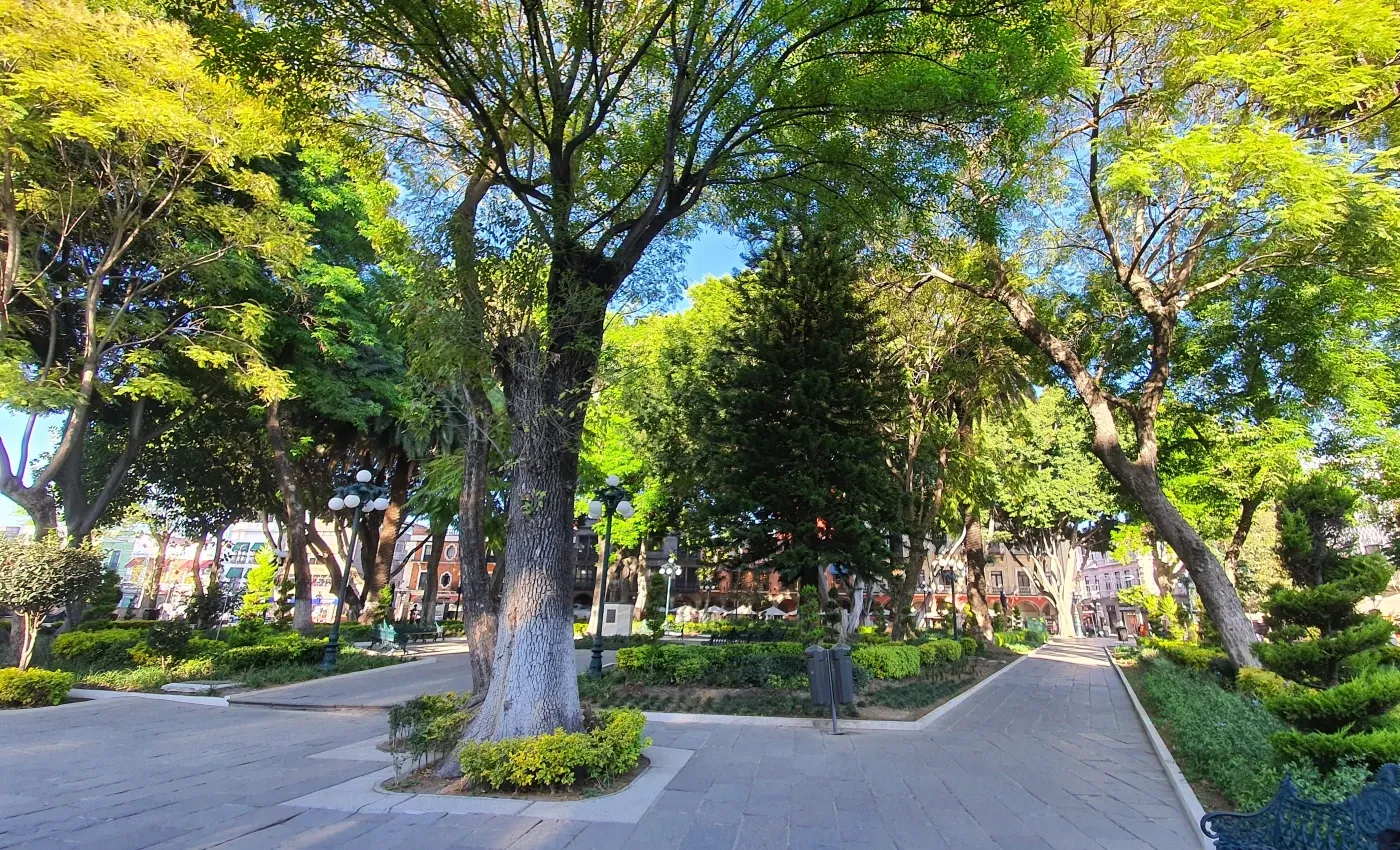
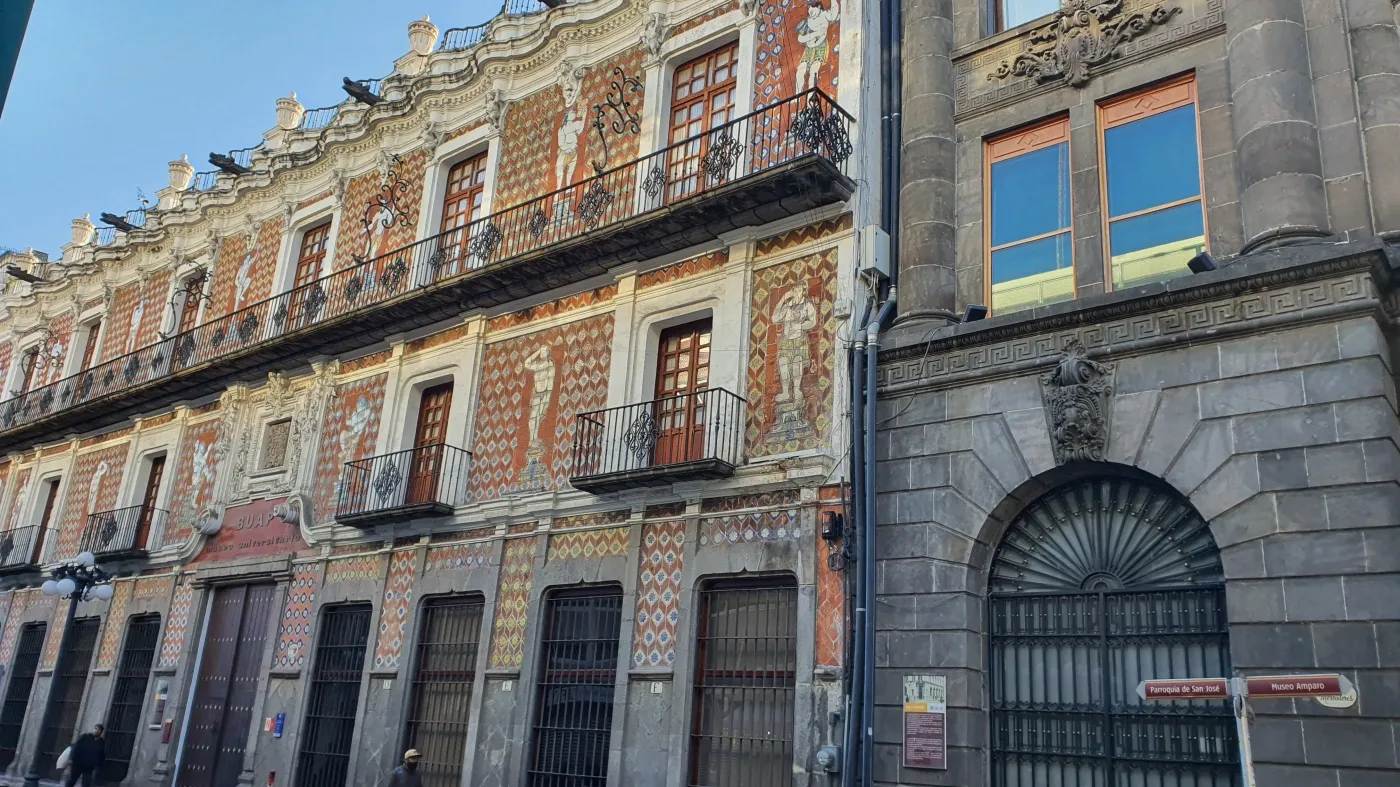
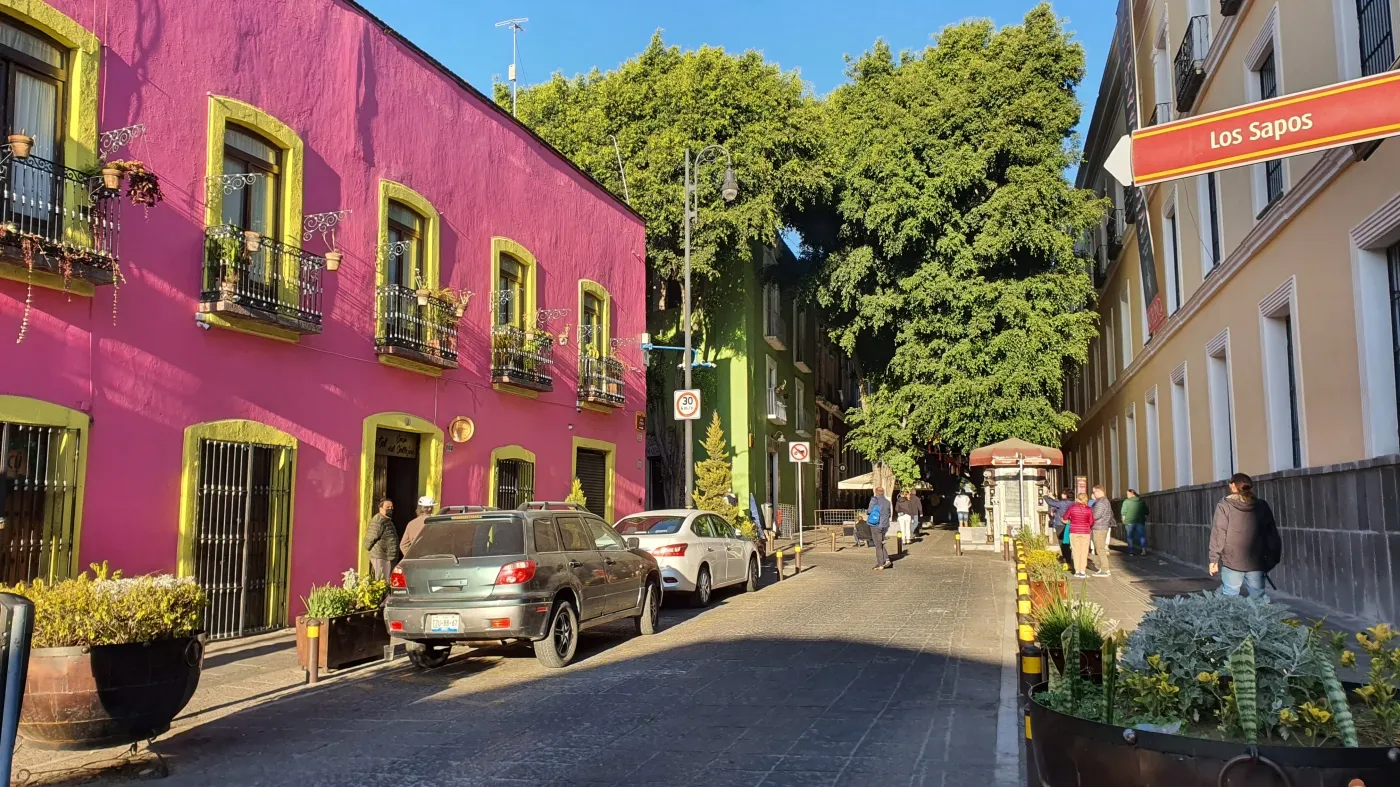
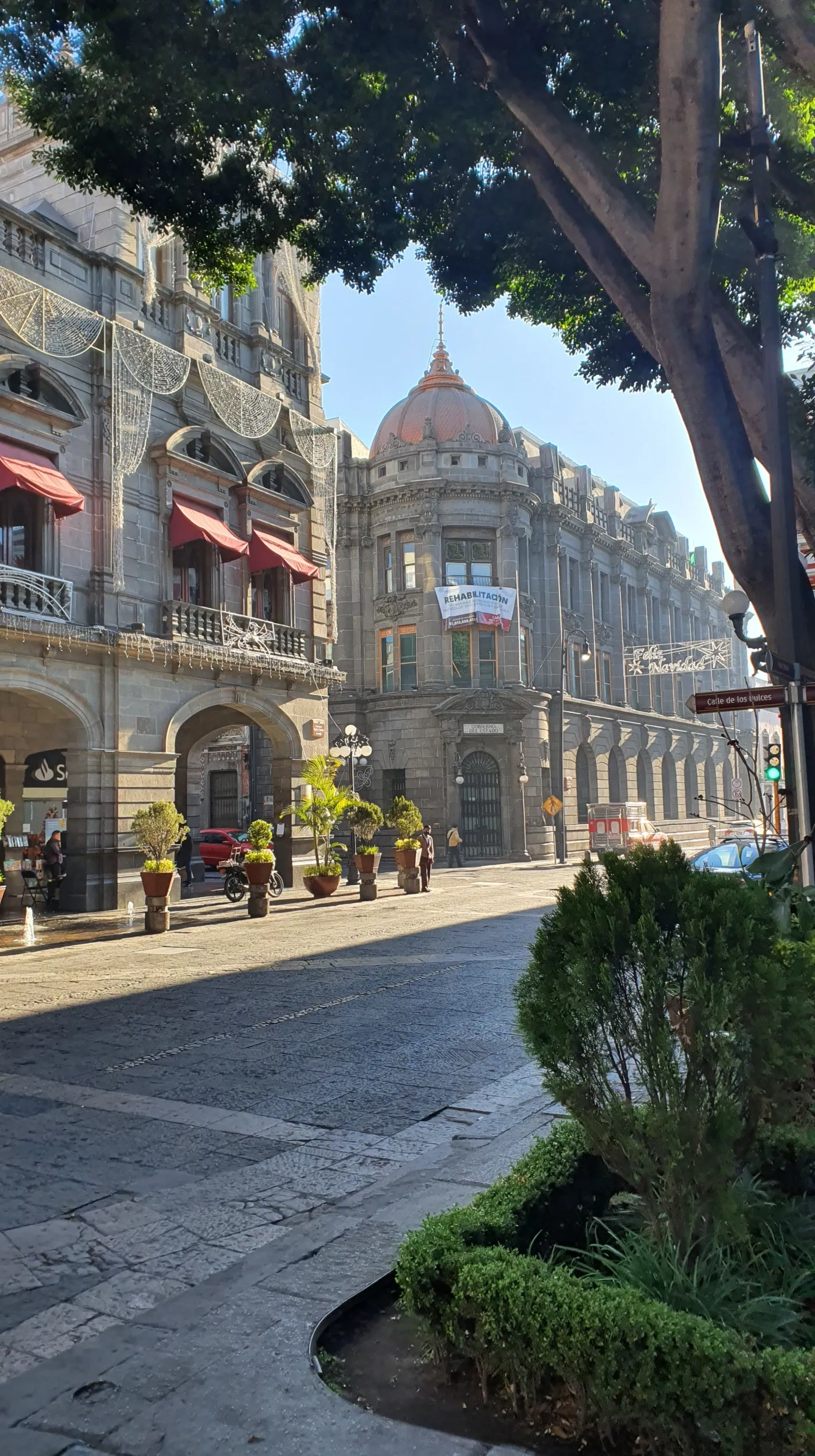
Teotihuacan
Teotihuacan is a site of many of the most architecturally significant Mesoamerican pyramids built in the pre-ColumbianAmericas. At its zenith, perhaps in the first half of the first millennium (1 AD to 500 AD), Teotihuacan was the largest city in the pre-Columbian Americas, with a population estimated at 125,000 or more, making it at least the sixth-largest city in the world during its epoch.
The city’s broad central avenue, called “Avenue of the Dead” (a translation from its Nahuatl name Miccoatli), is flanked by impressive ceremonial architecture, including the immense Pyramid of the Sun (third largest in the World after the Great Pyramid of Cholula and the Great Pyramid of Giza). Pyramid of the Moon and The Ciudadela with Temple of the Feathered Serpent Quetzalcoatl are placed at both ends of the Avenue while Palace-museum Quetzalpapálot, the fourth basic structure of the site, is situated between two main pyramids. Along the Avenue are many smaller talud-tablero platforms as well. The Aztecs believed they were tombs, inspiring the name of the avenue. Scholars have now established that these were ceremonial platforms that were topped with temples.
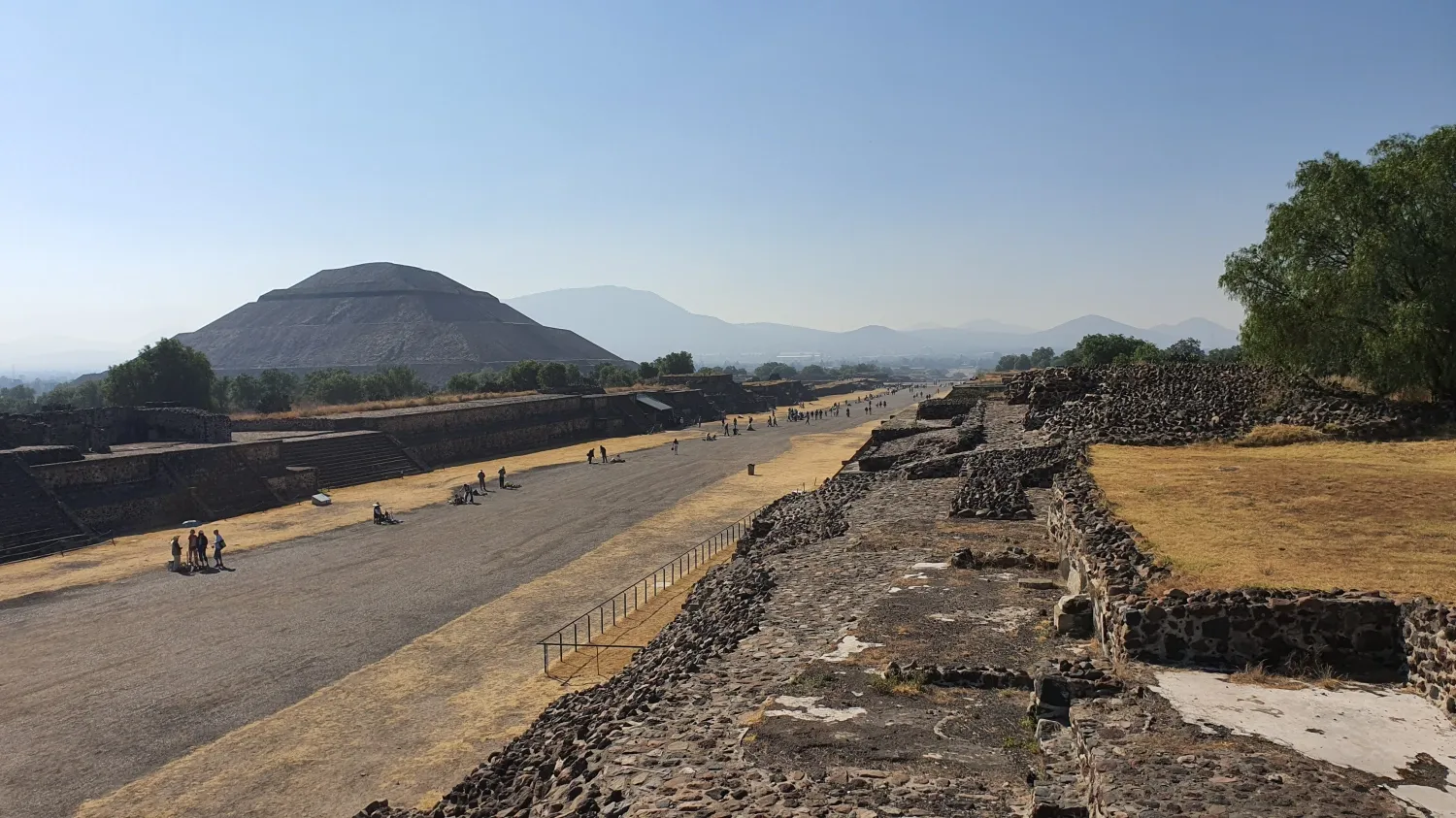
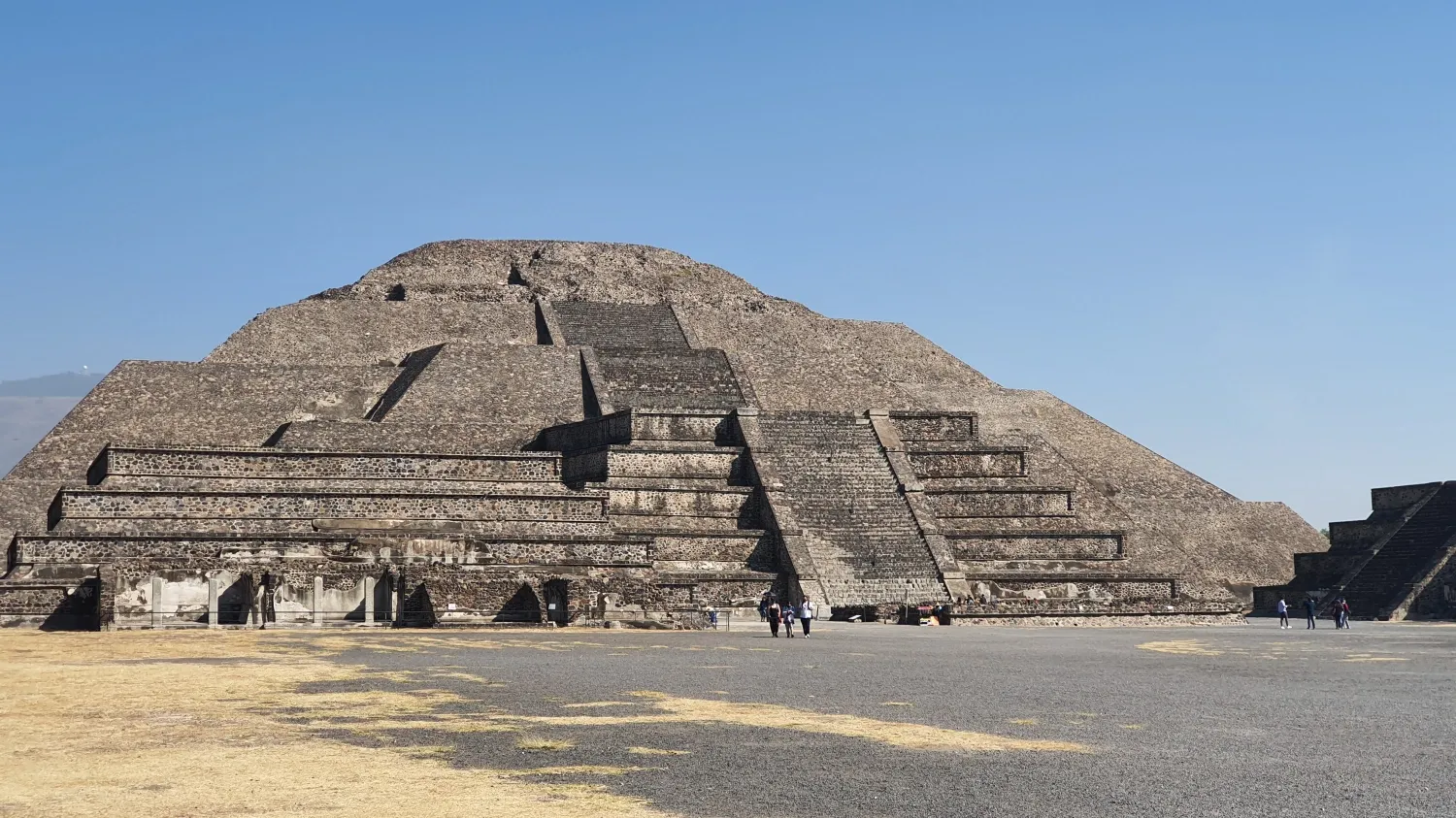
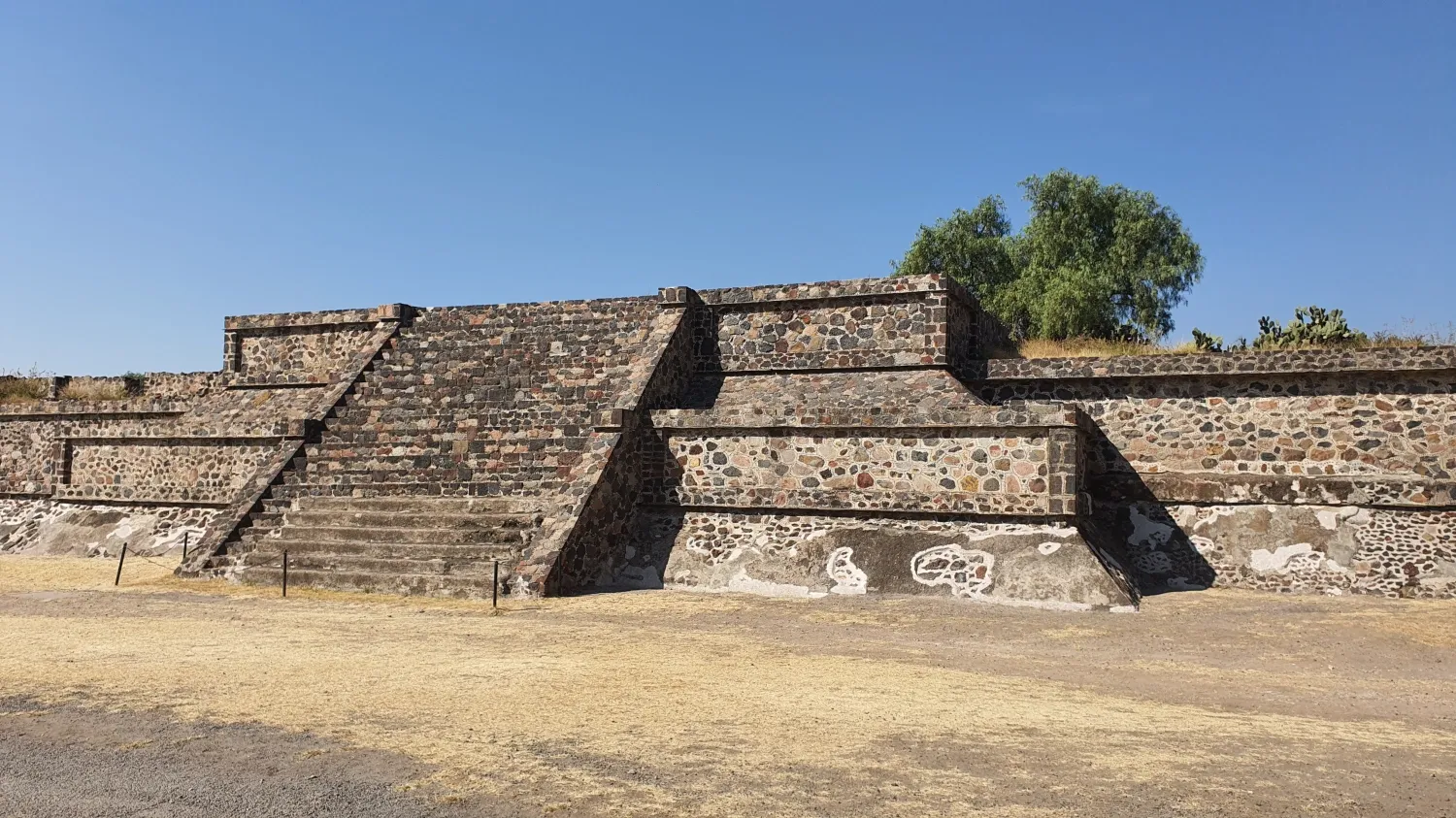
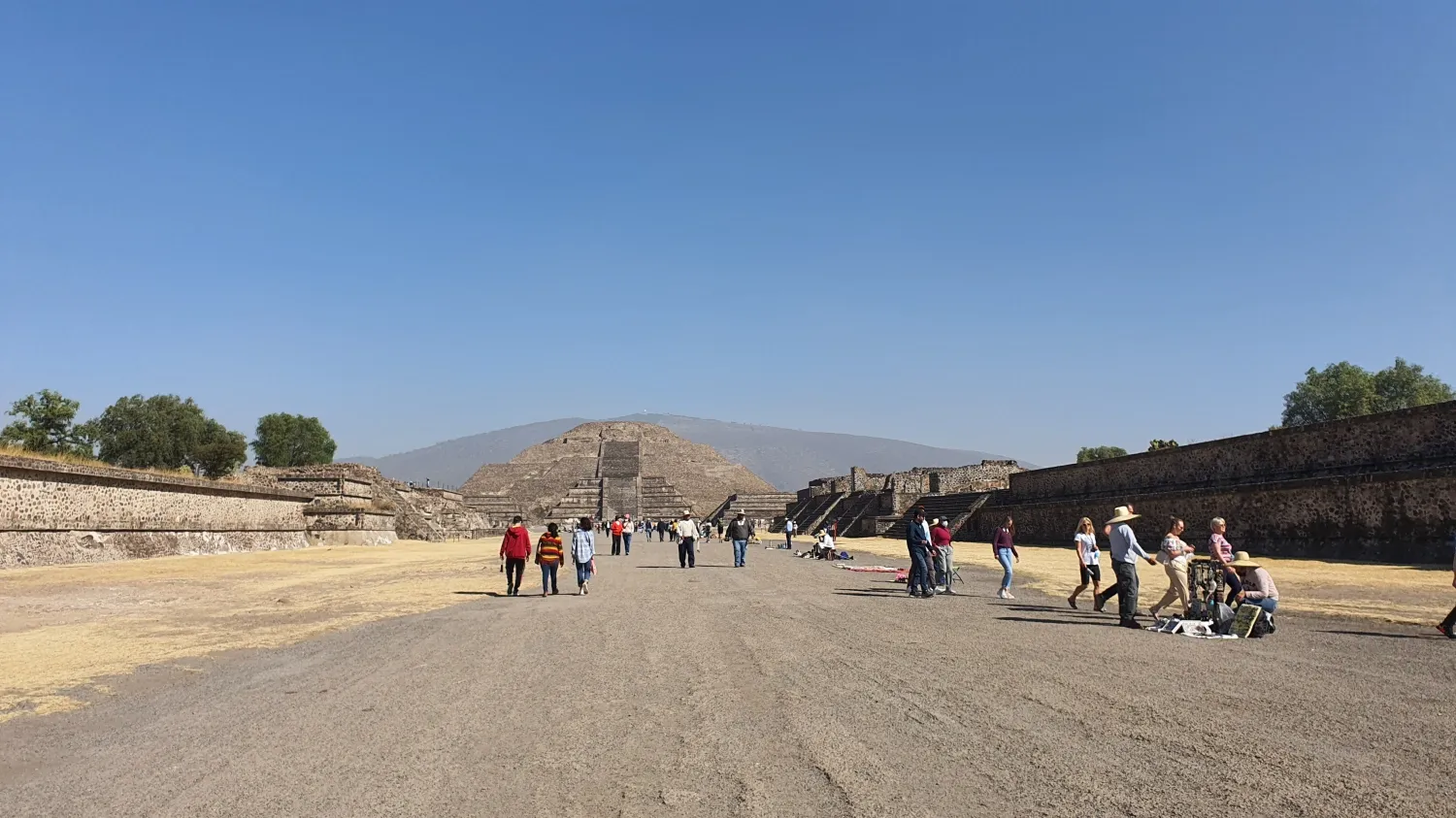

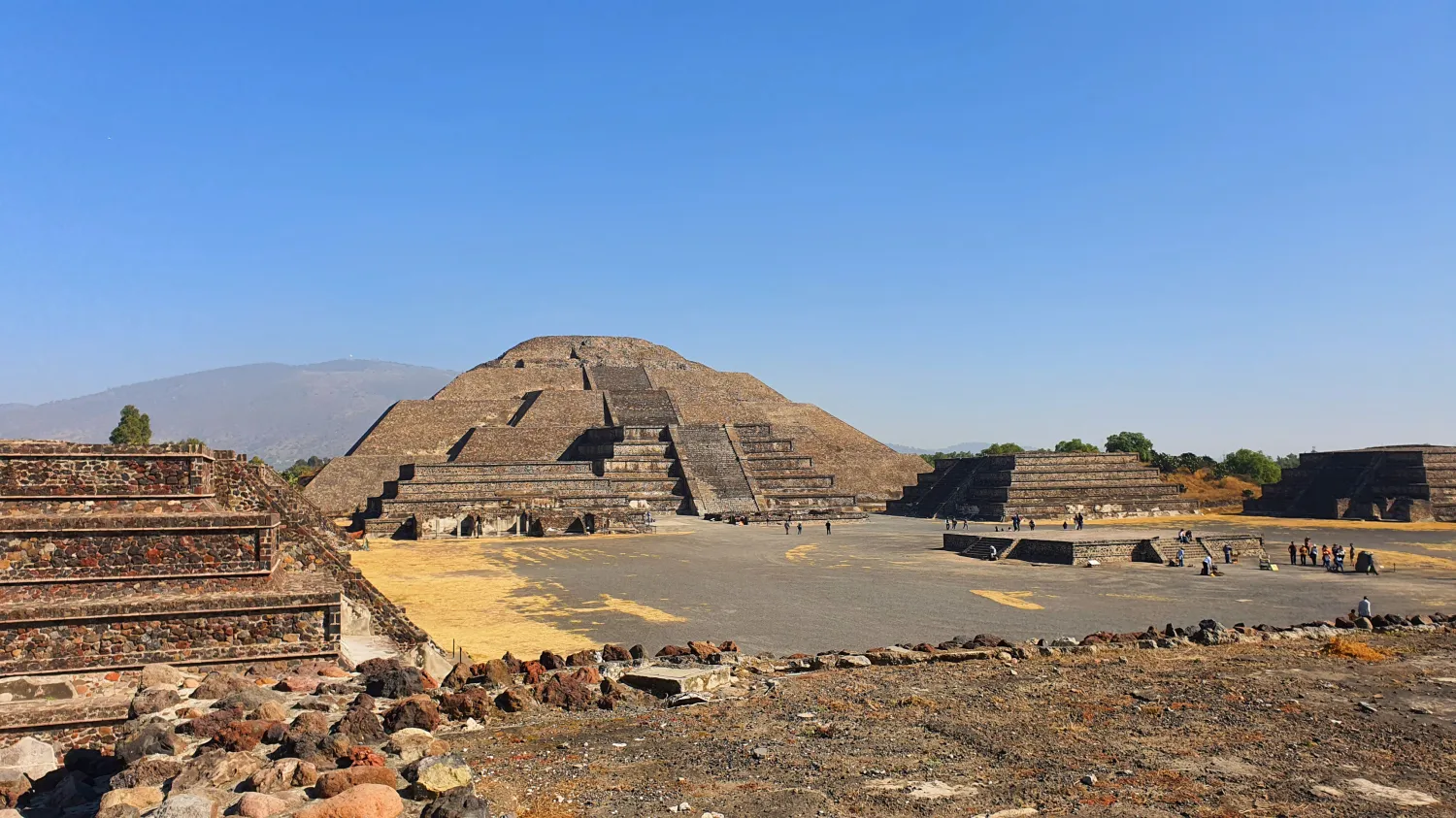
Mexico National Museum of Anthropology
It is a must-visit museum—huge, modern, and full of beautifully displayed exhibits. https://www.mna.inah.gob.mx/
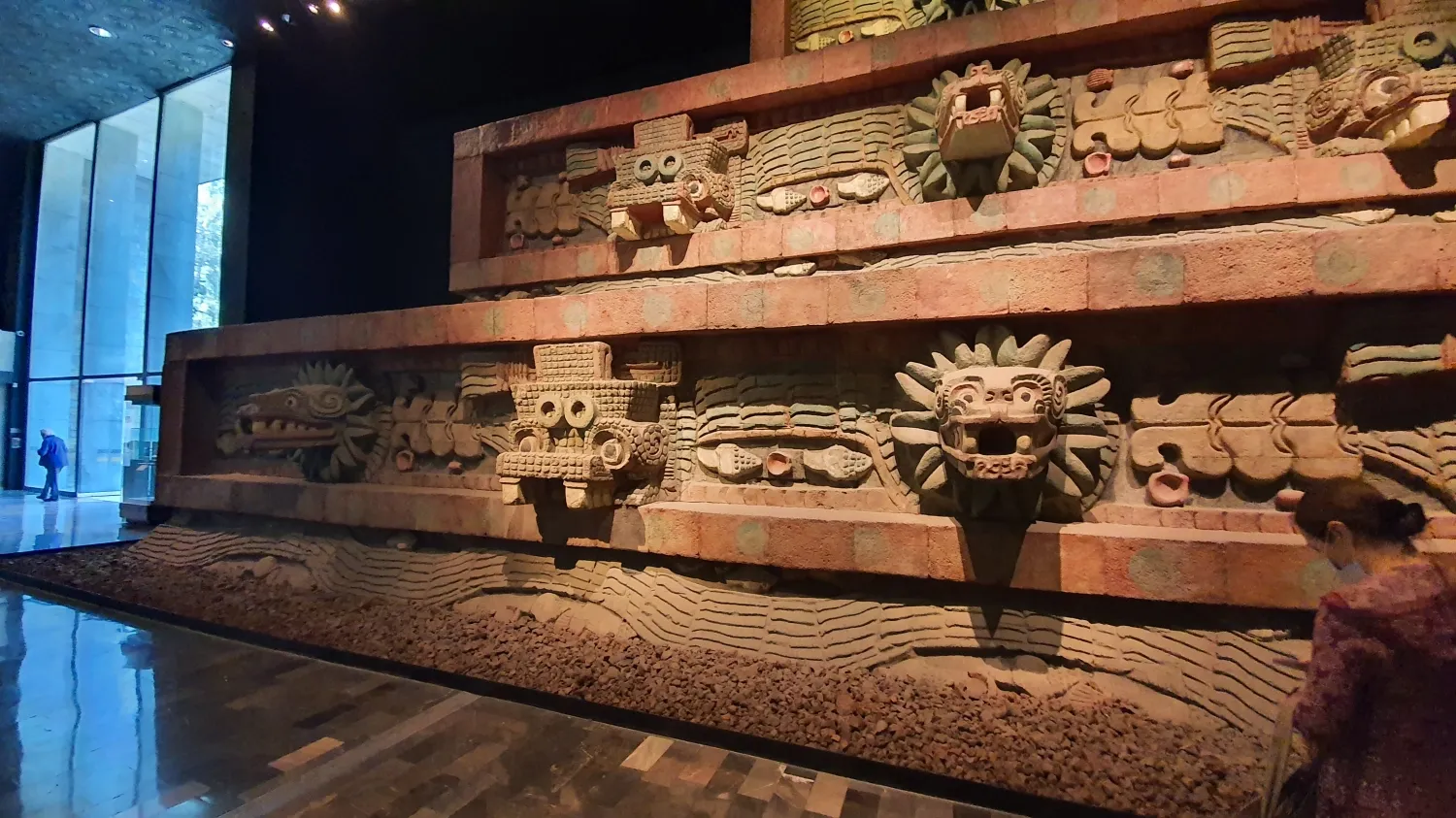
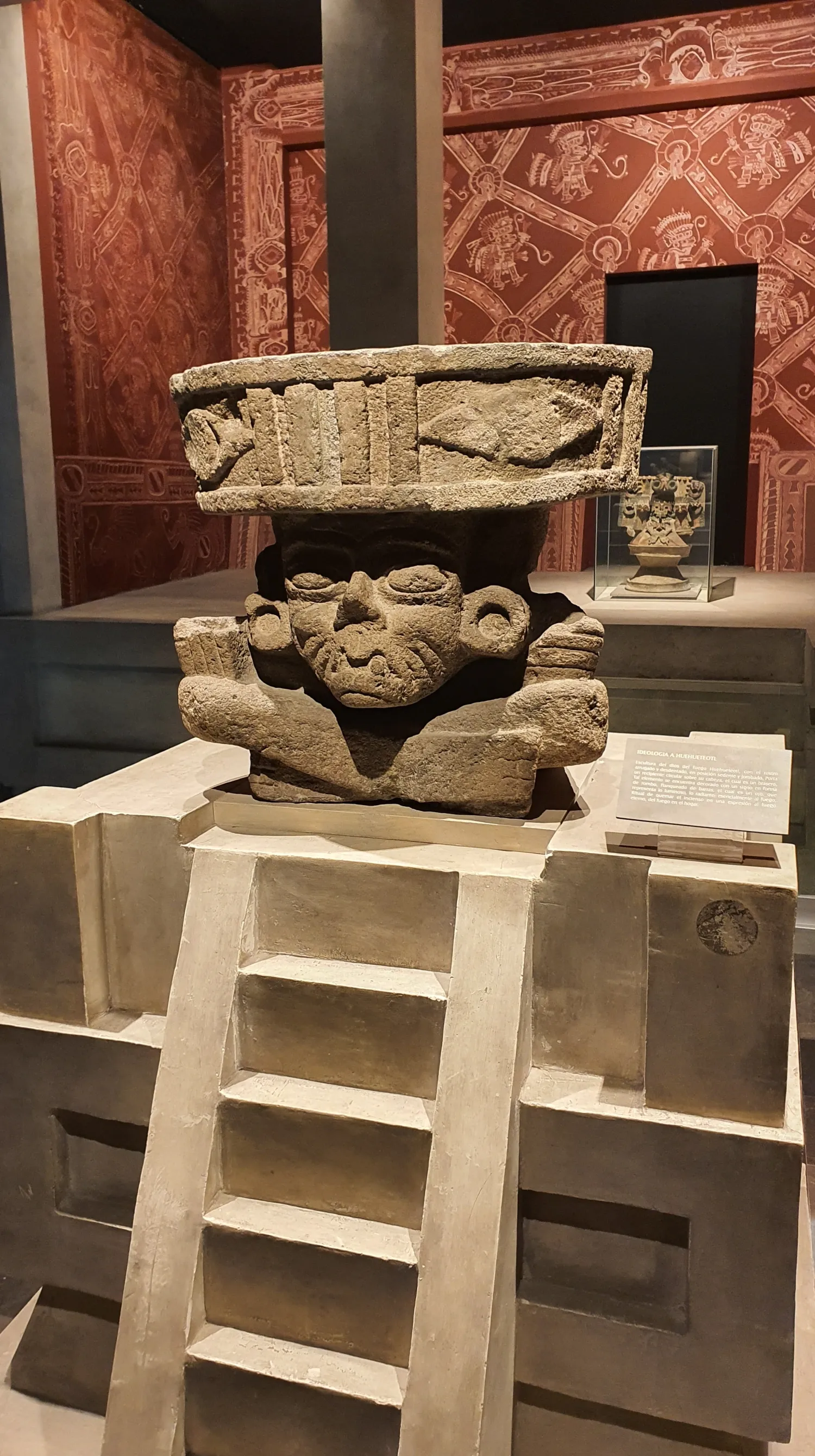
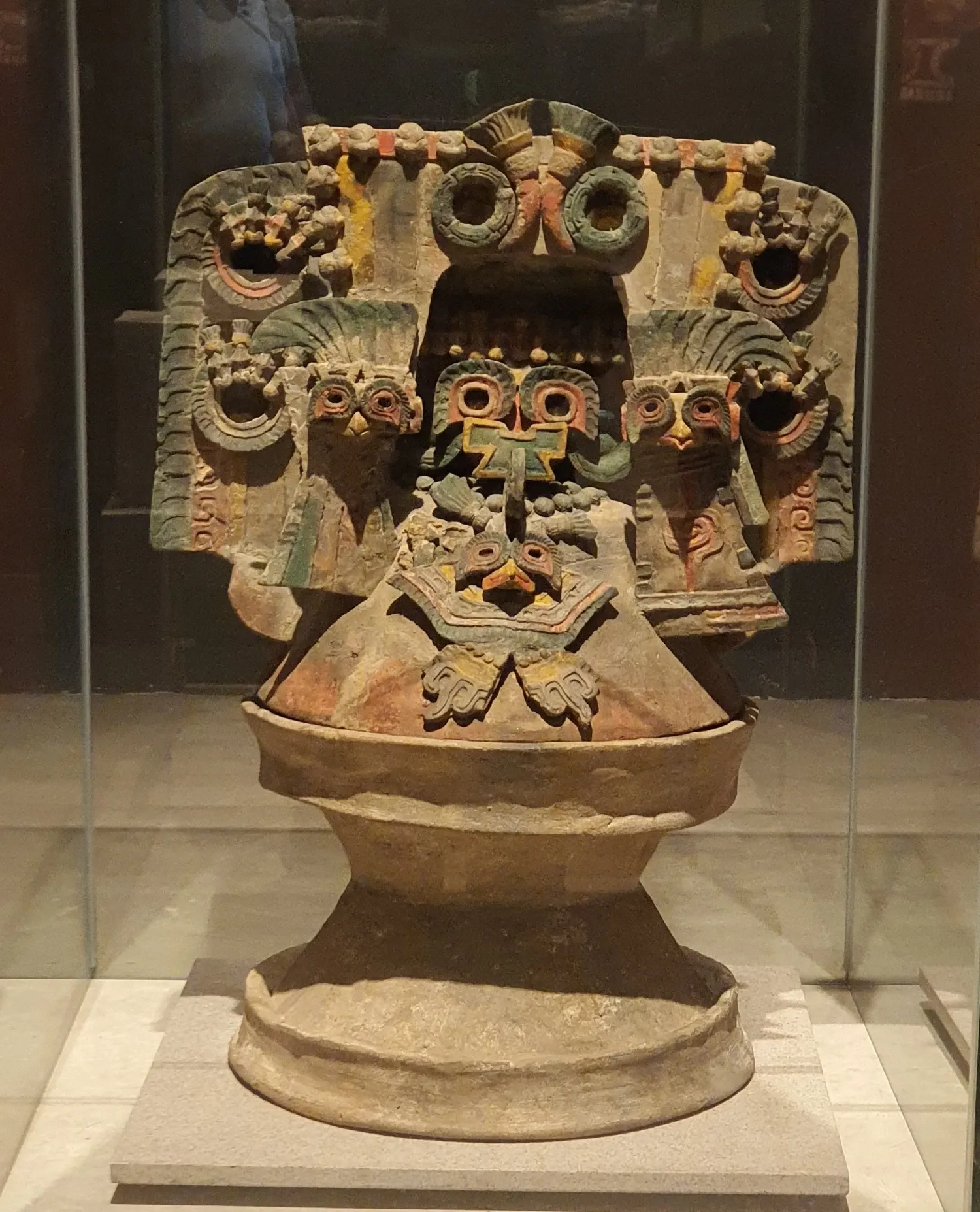
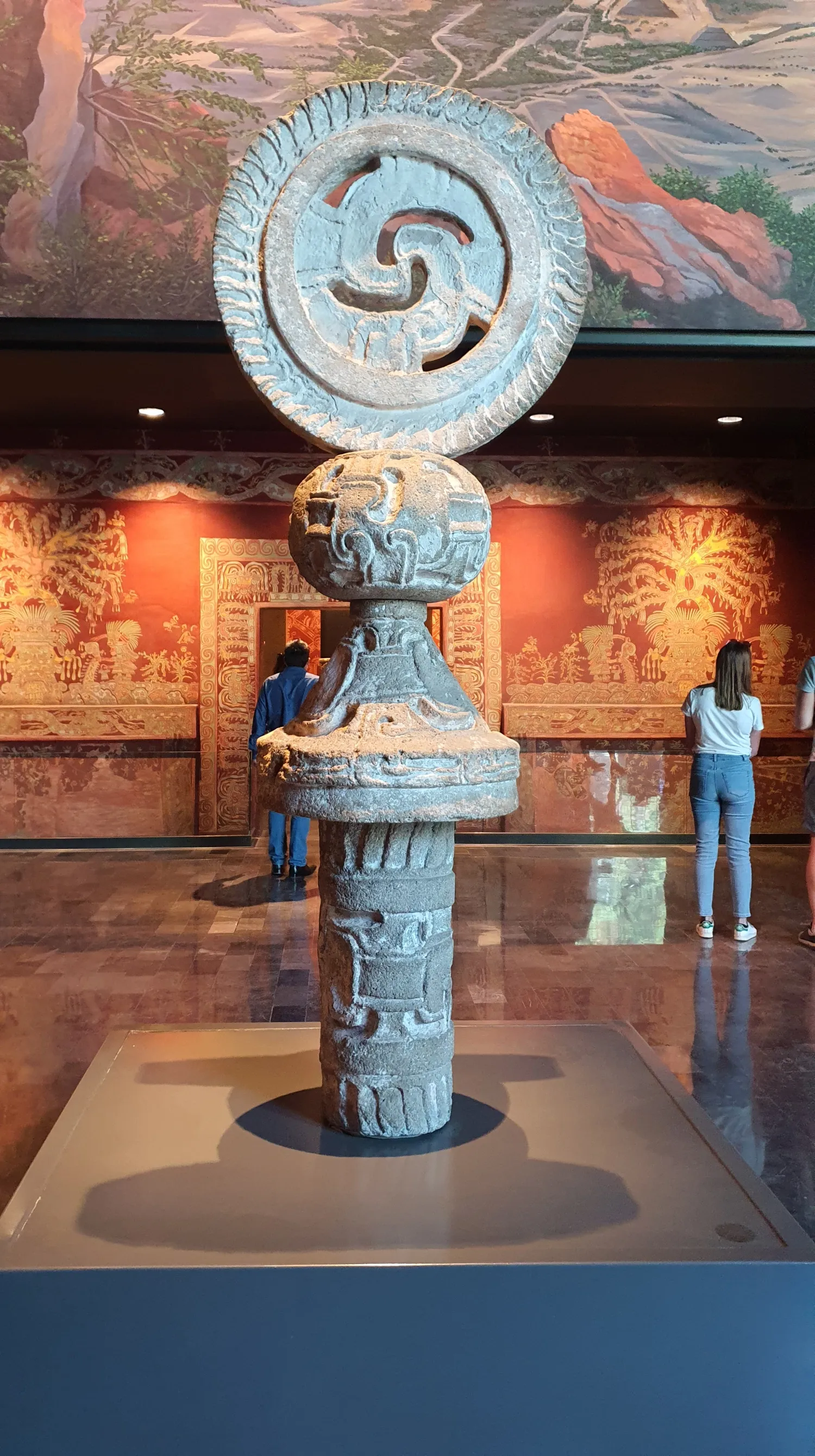
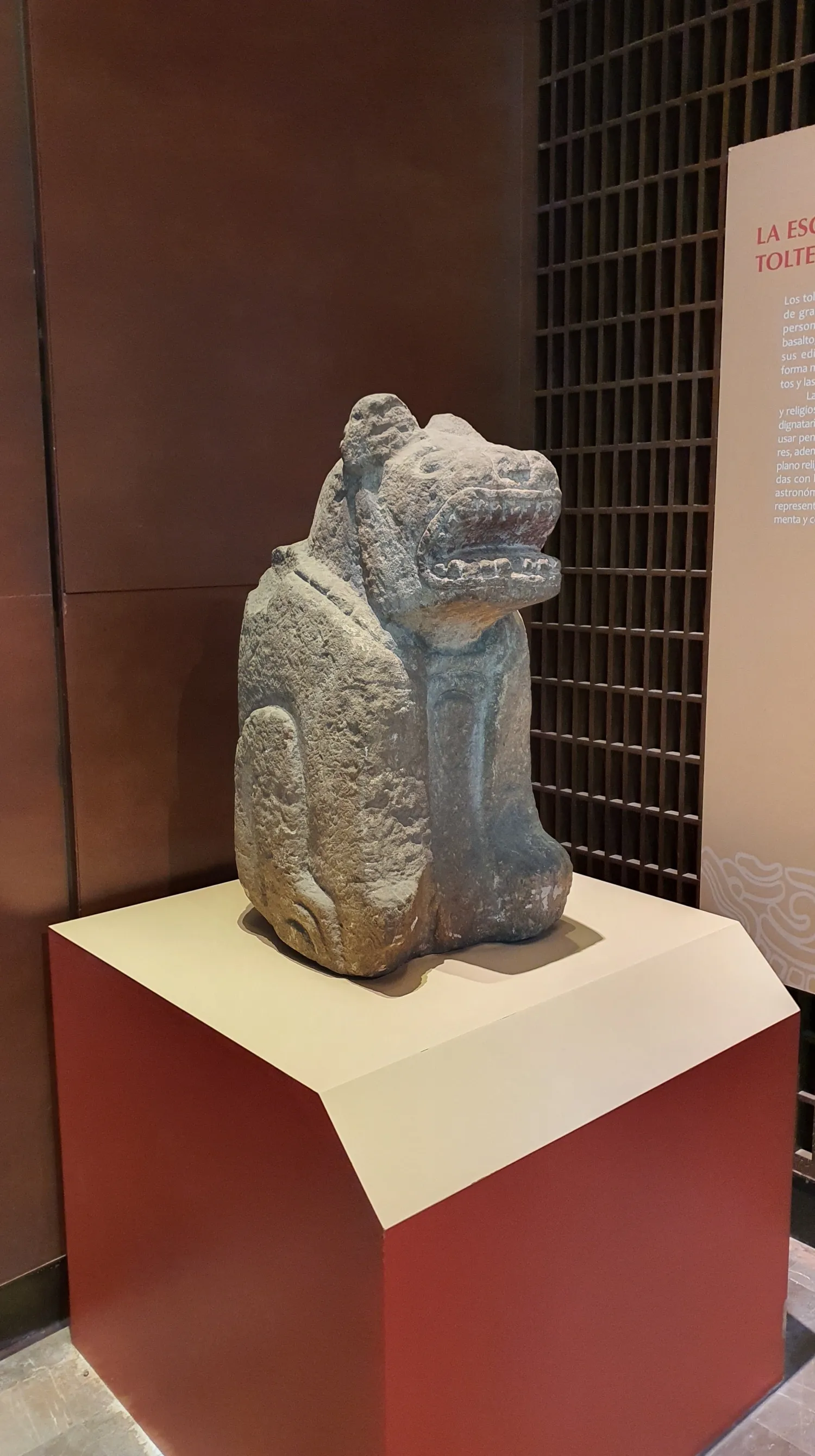
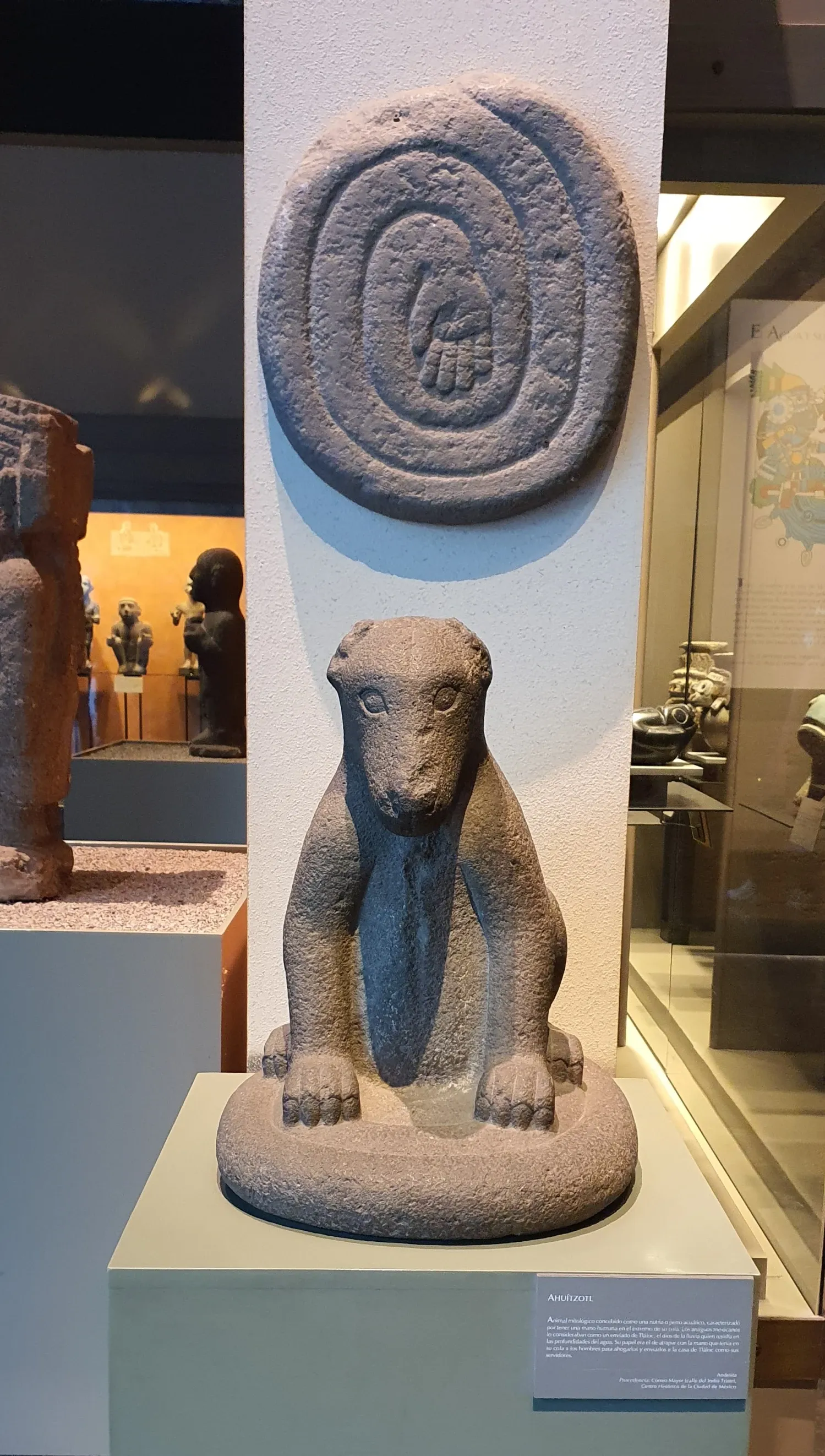
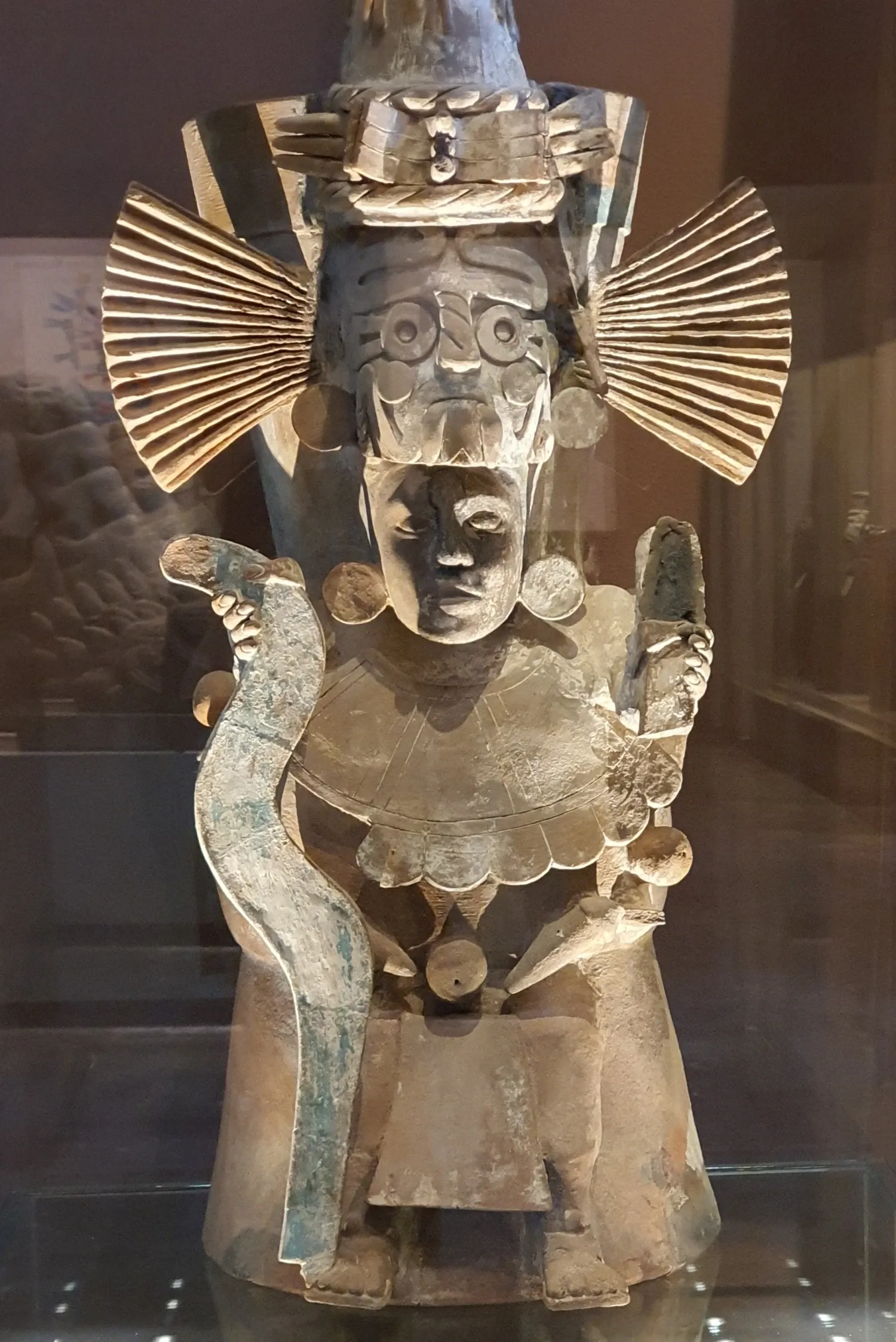
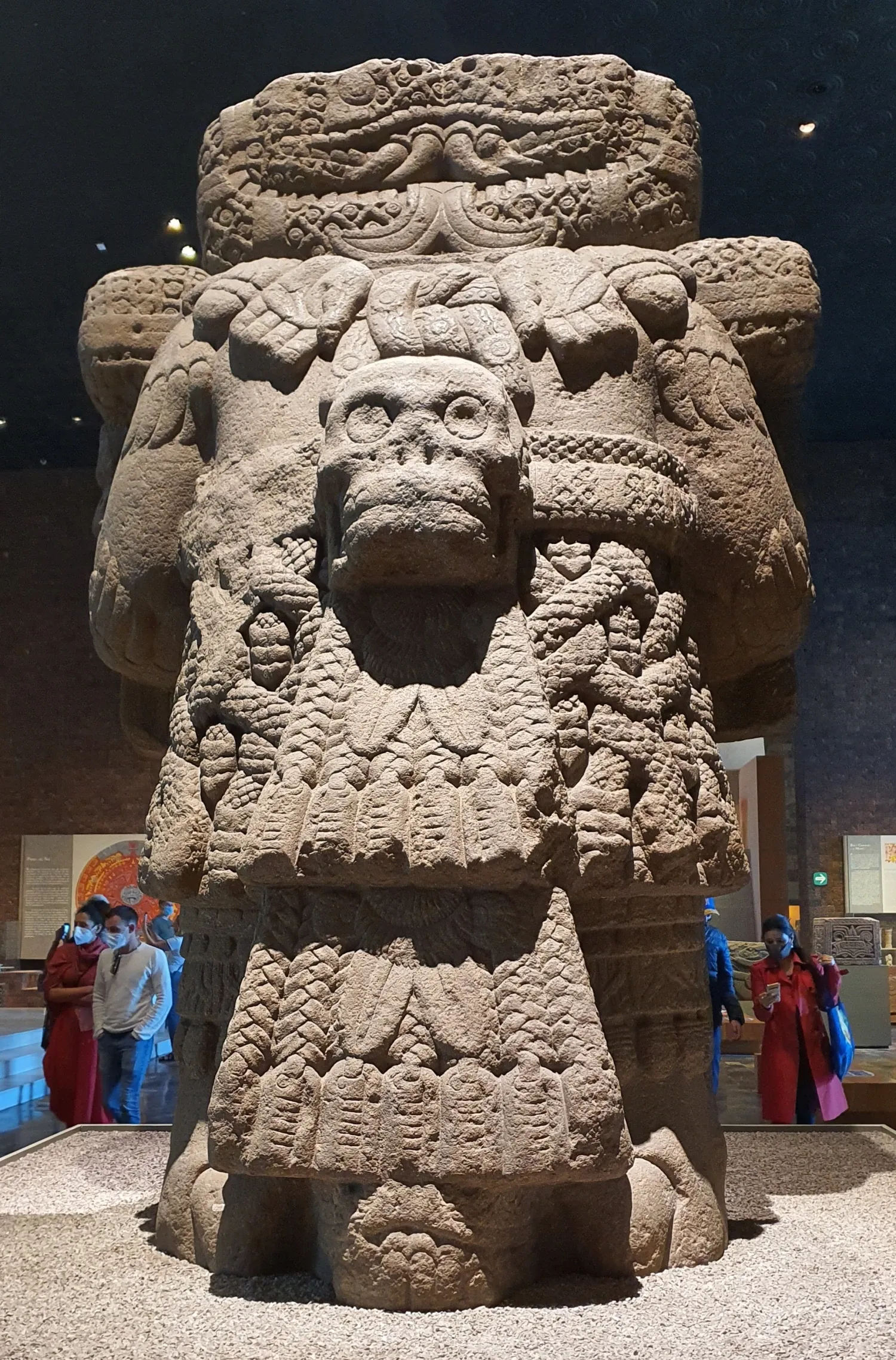
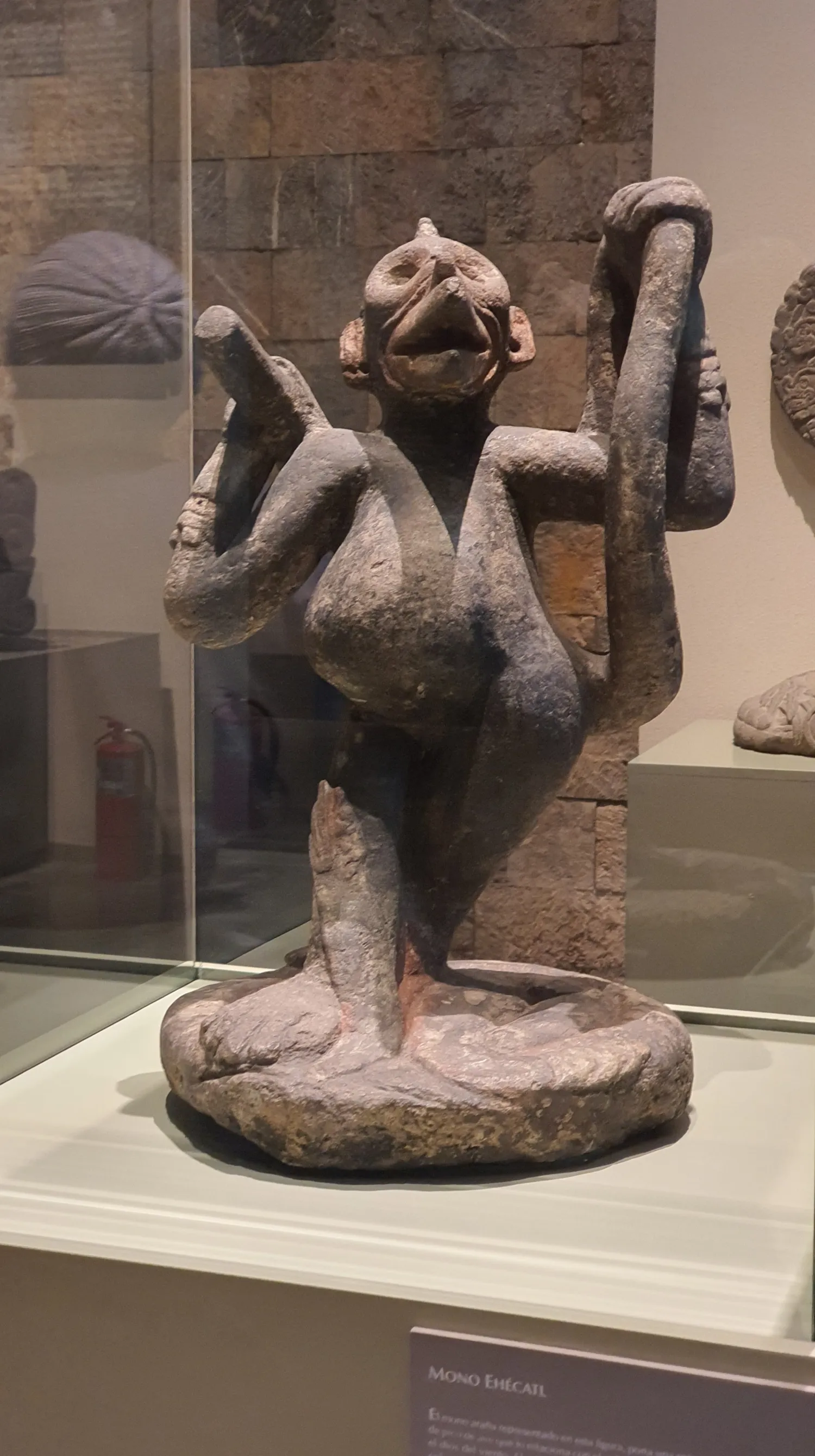
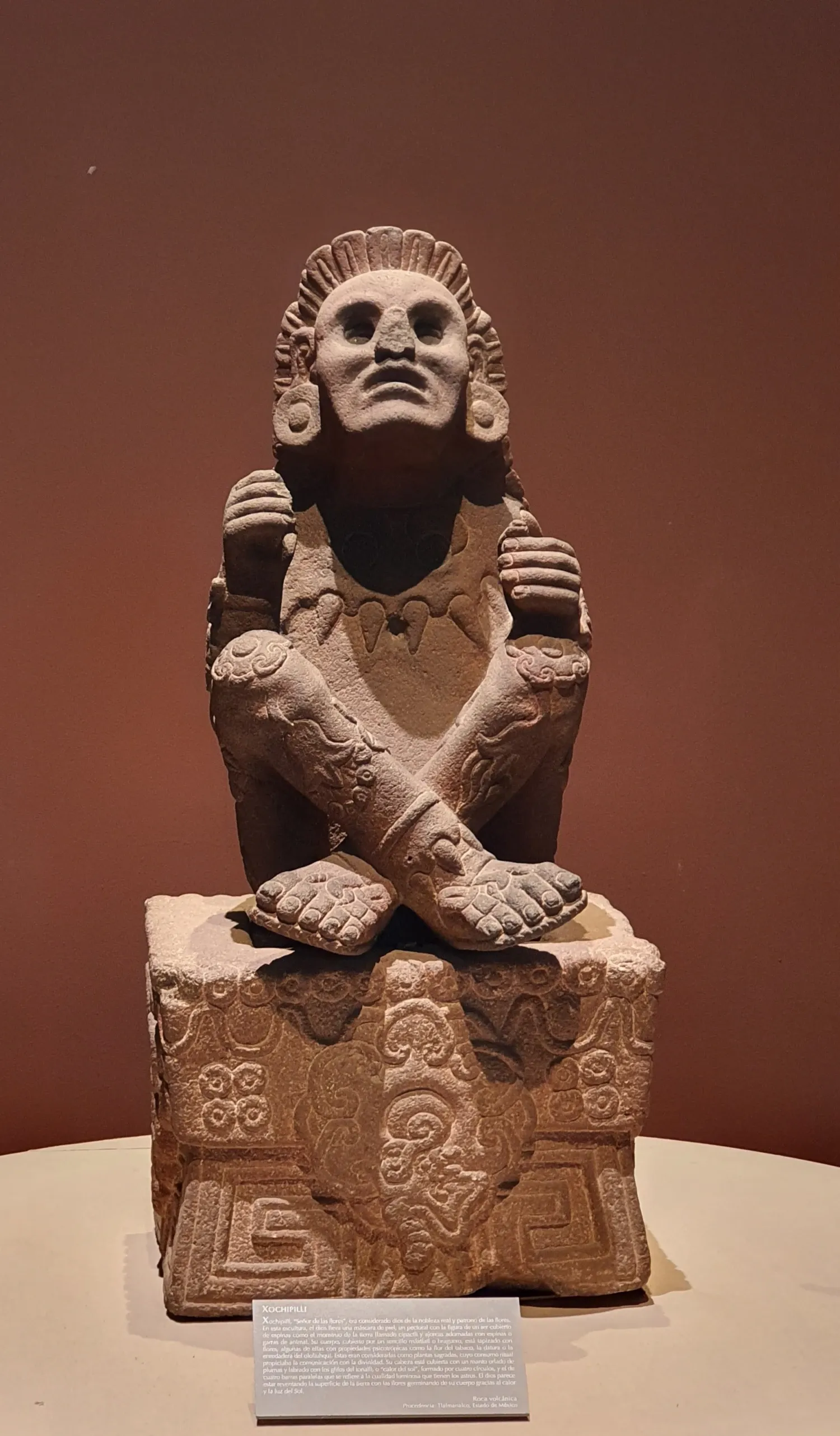
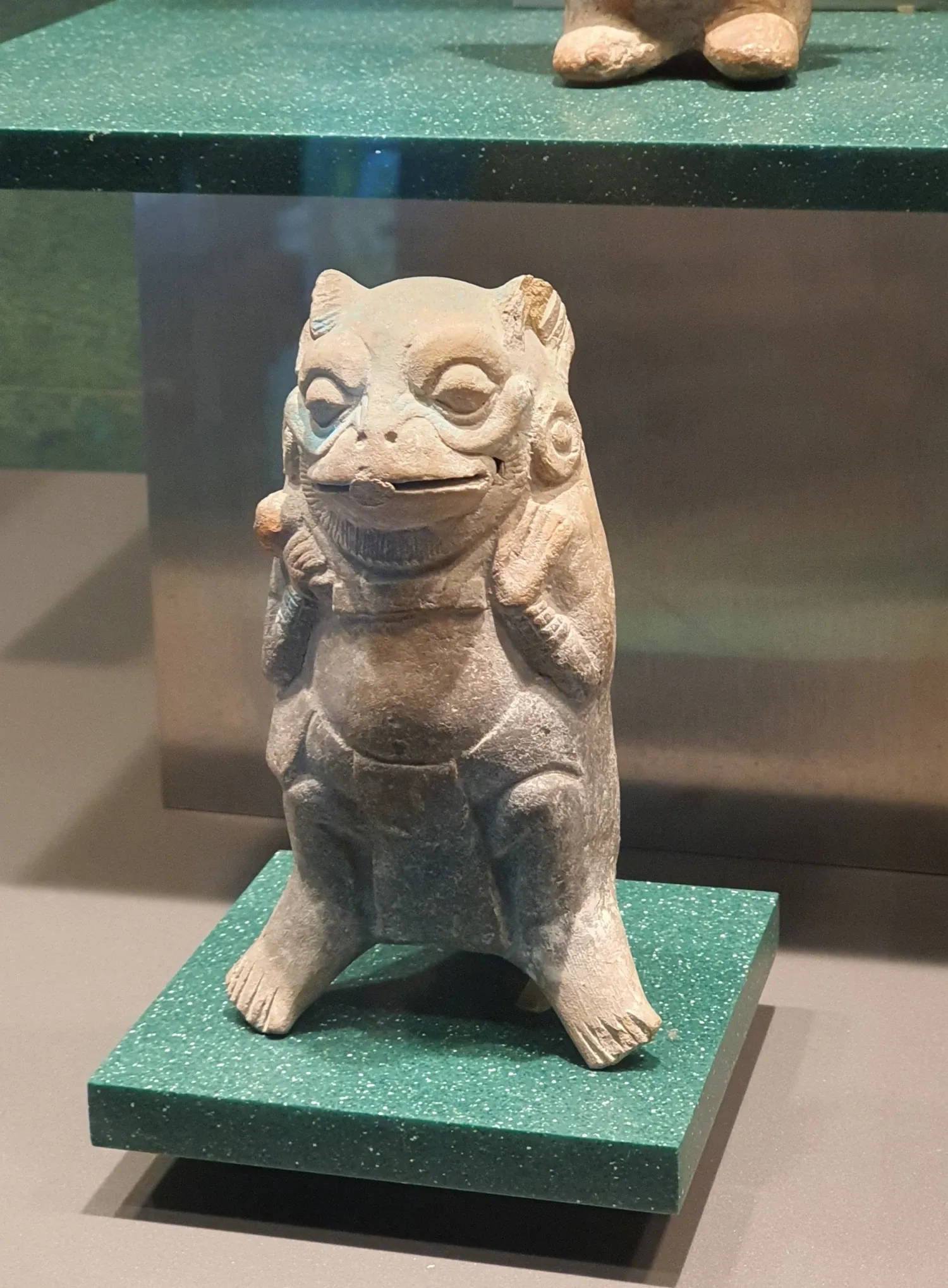
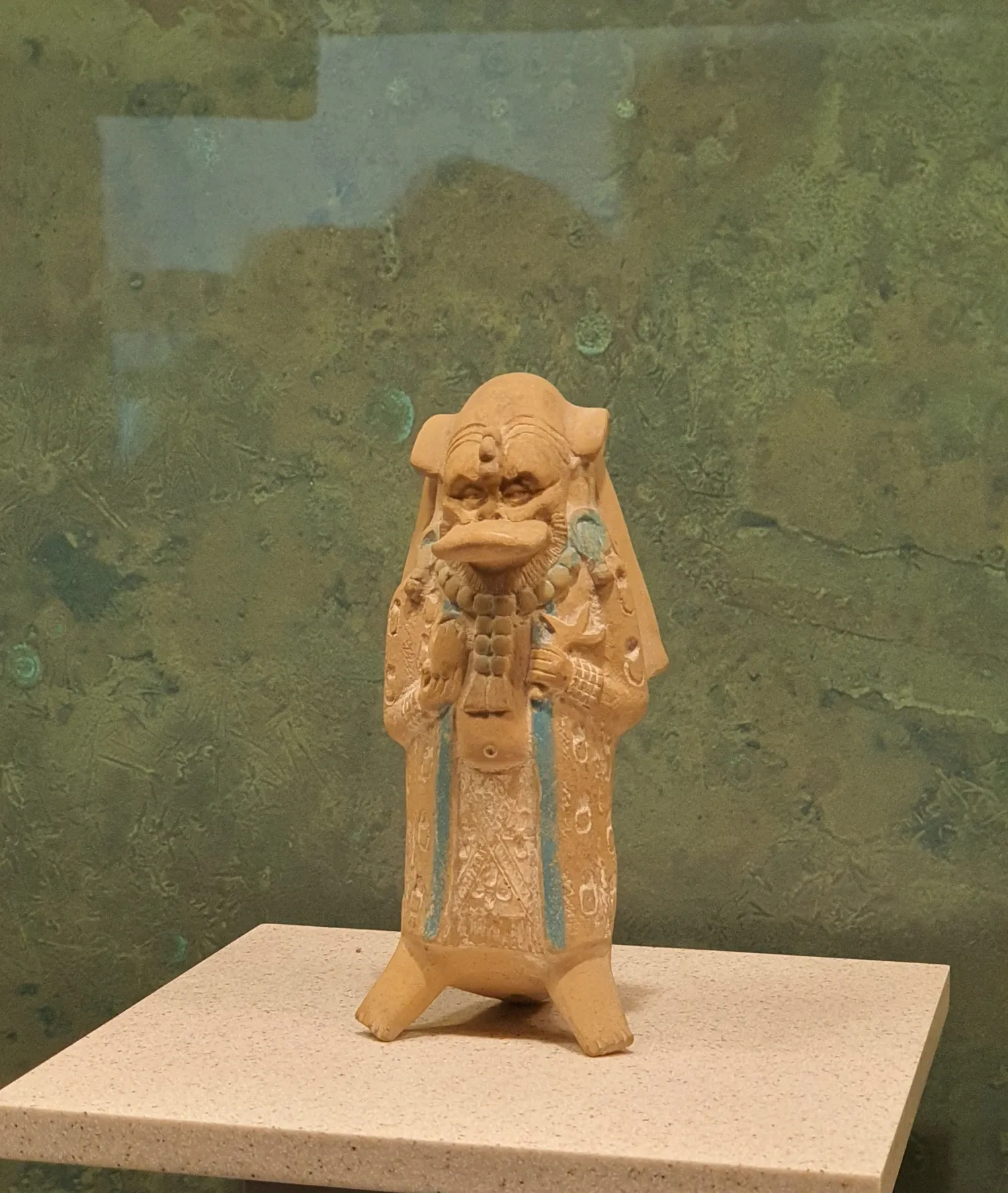
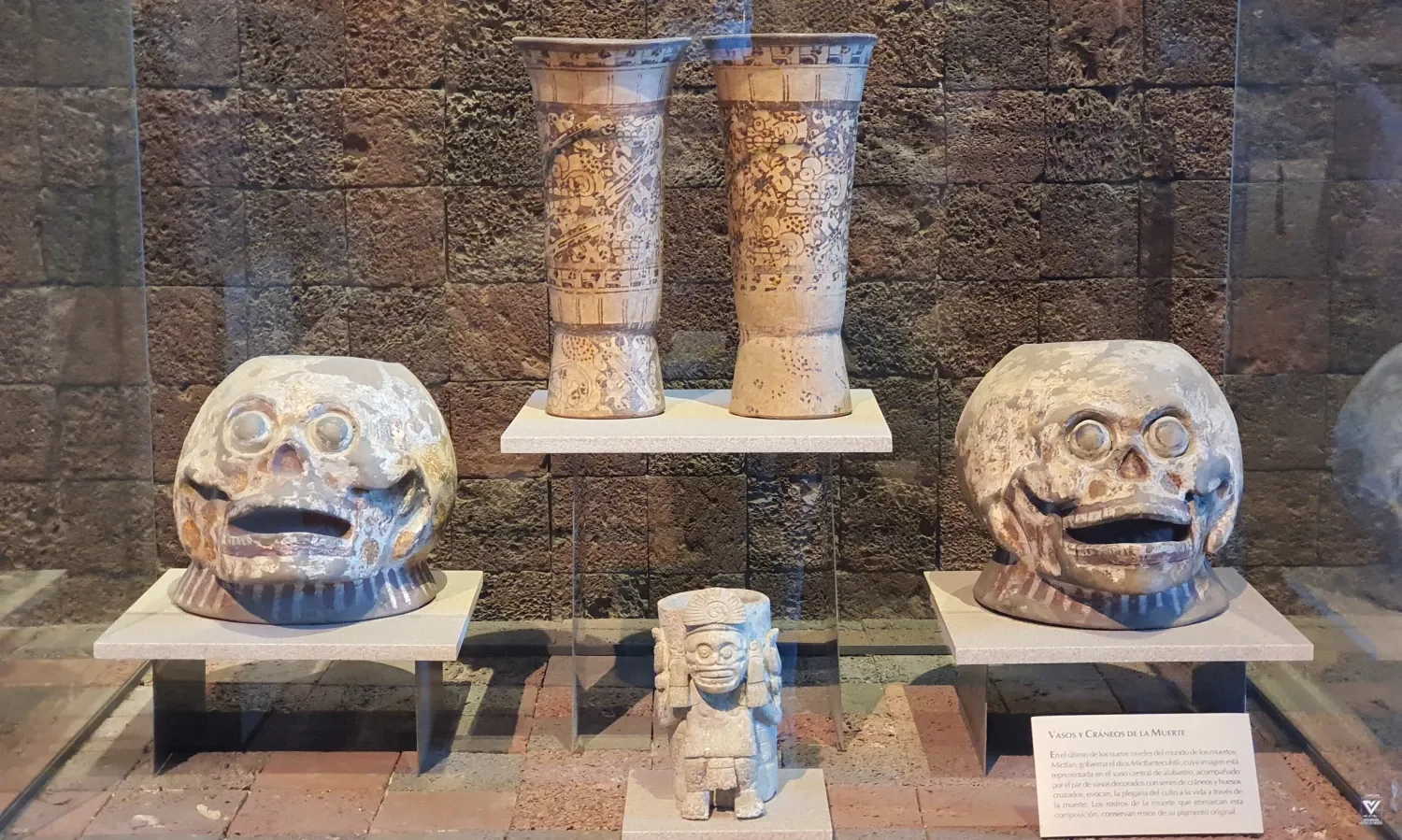
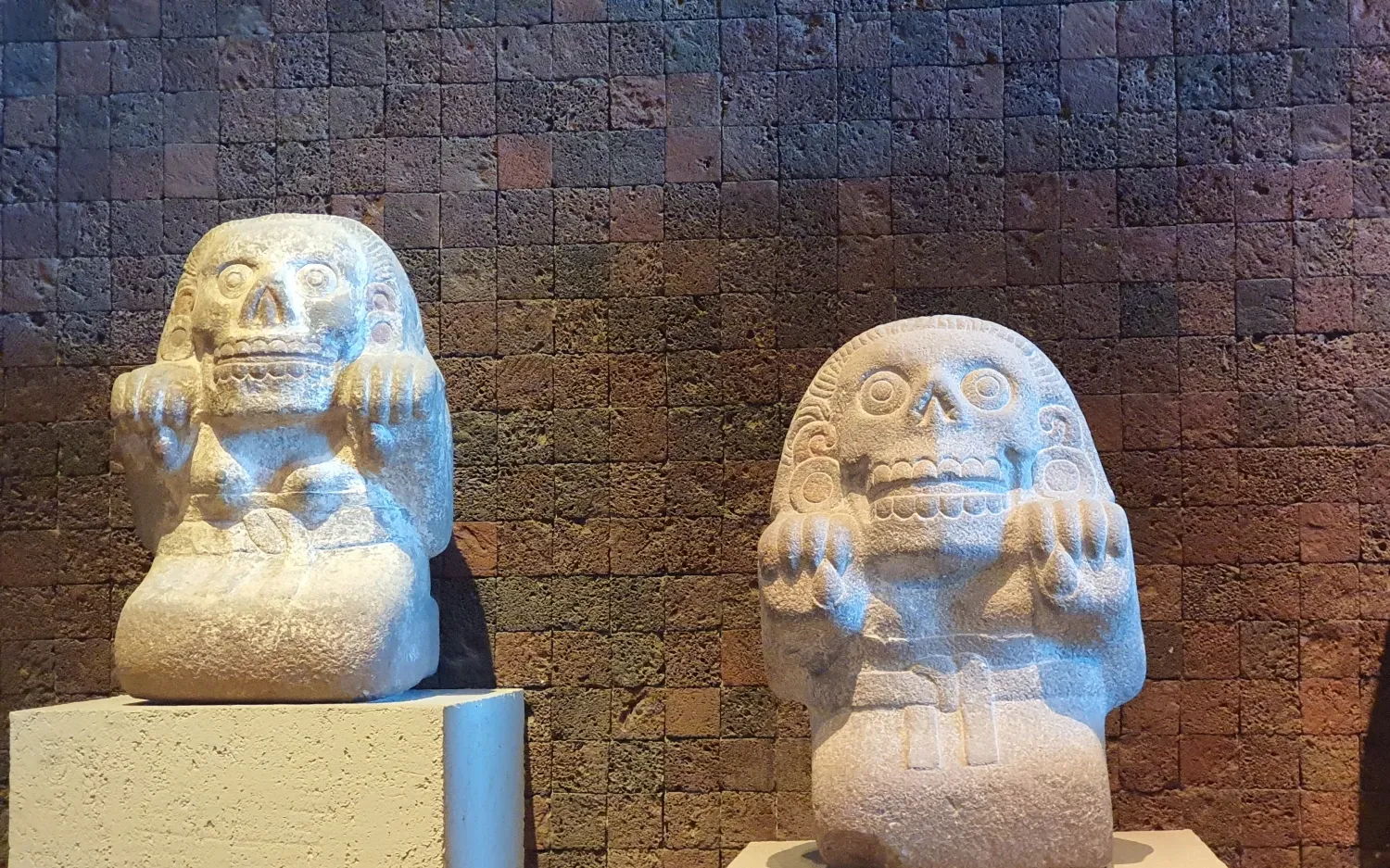
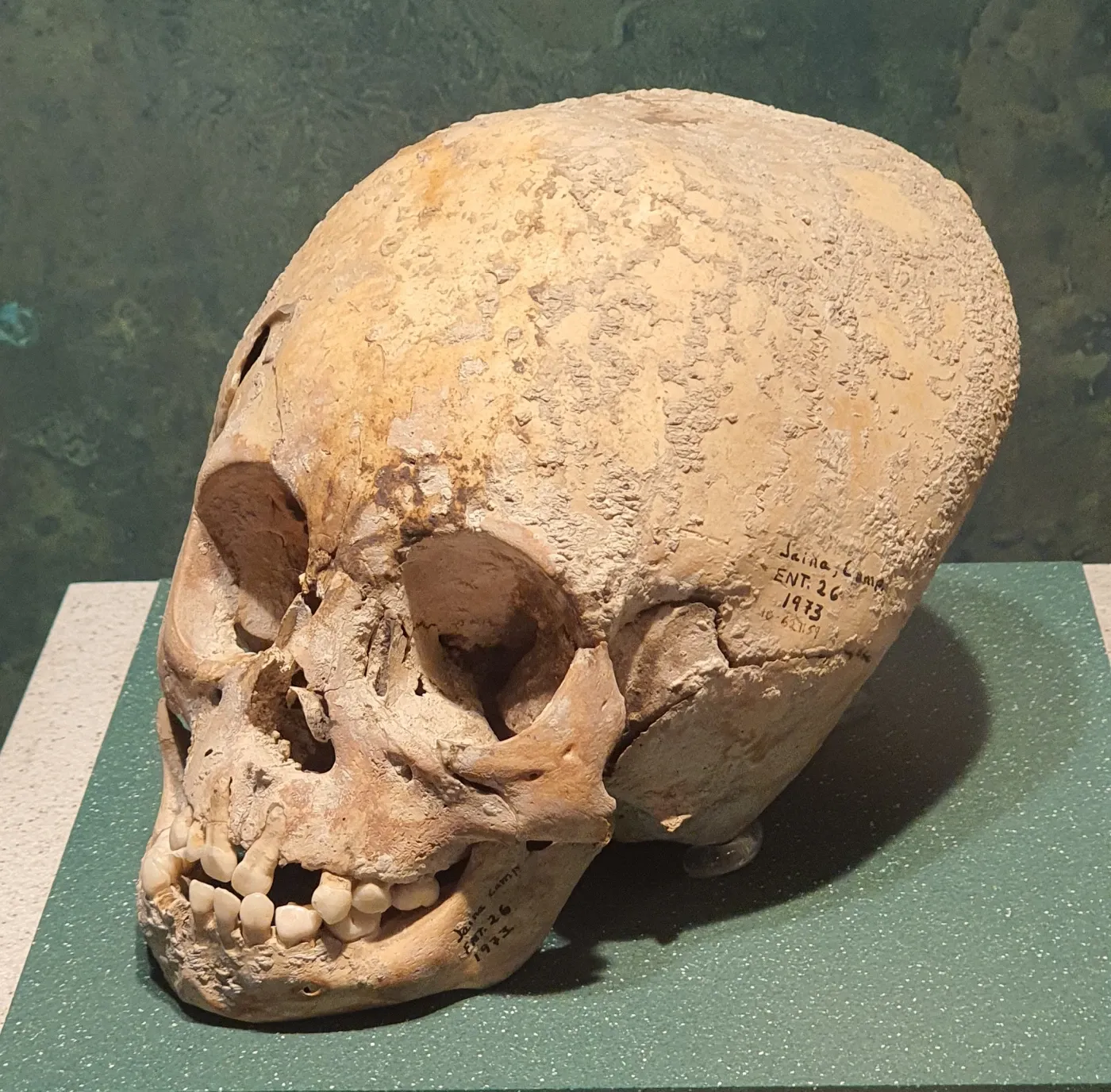
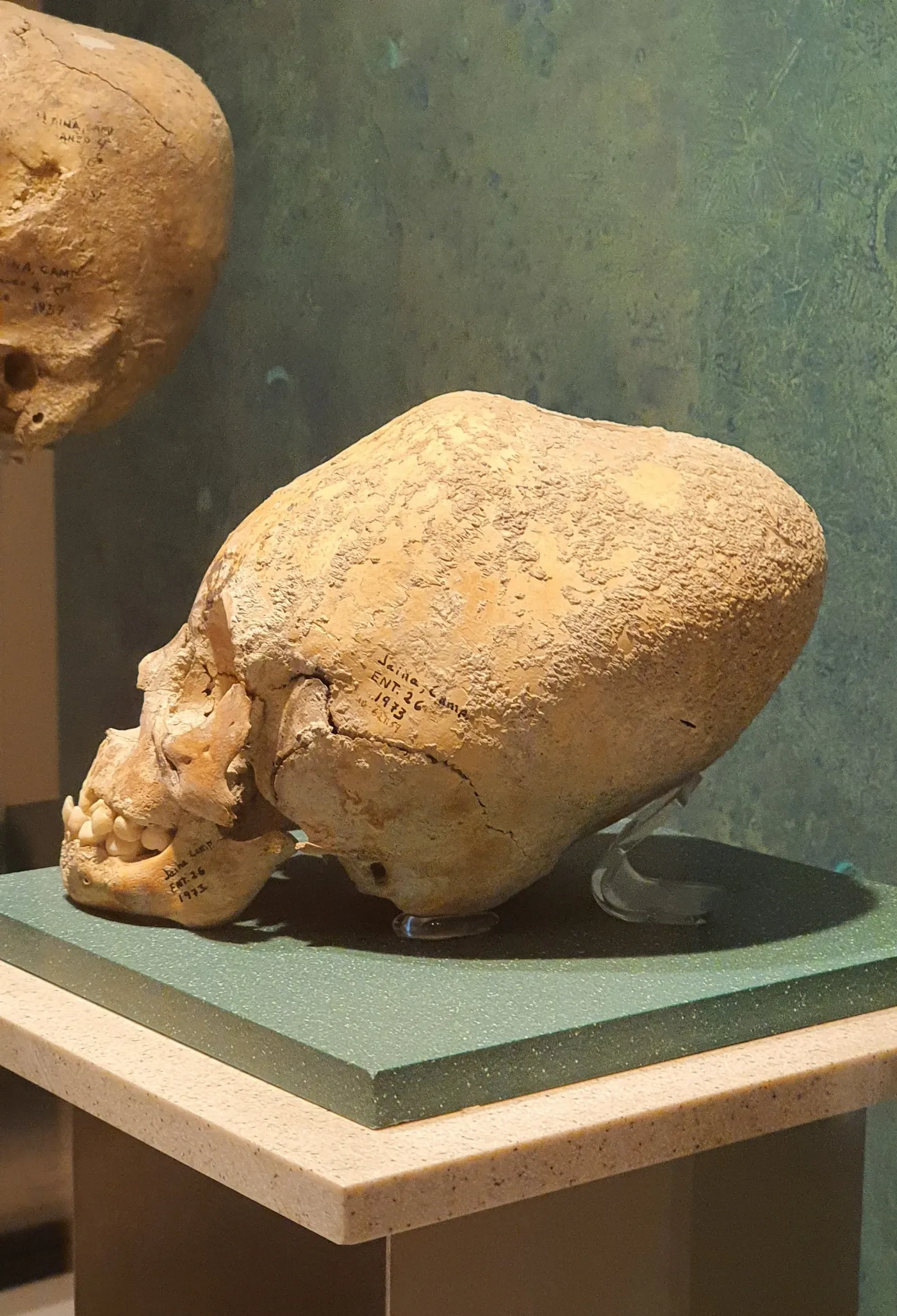
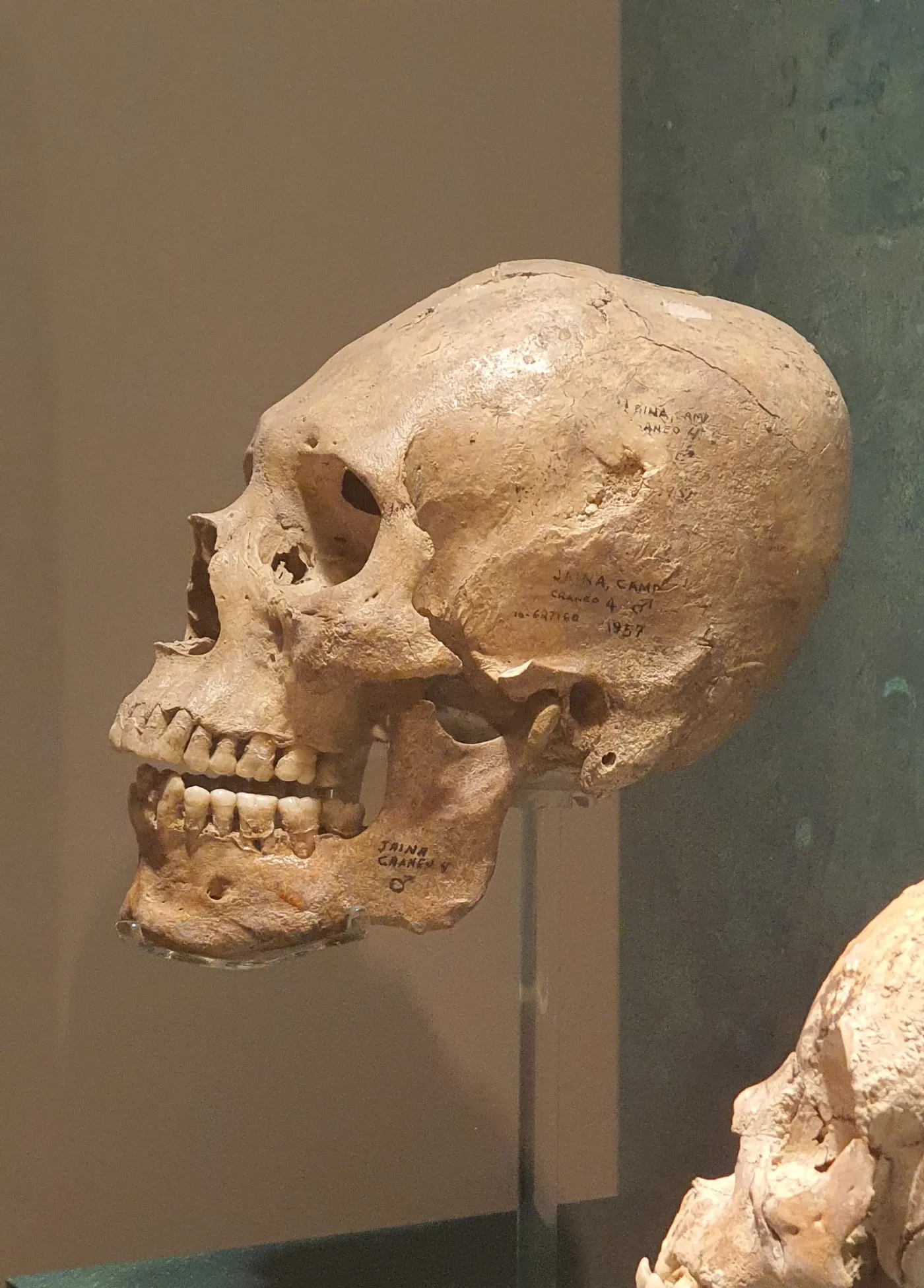
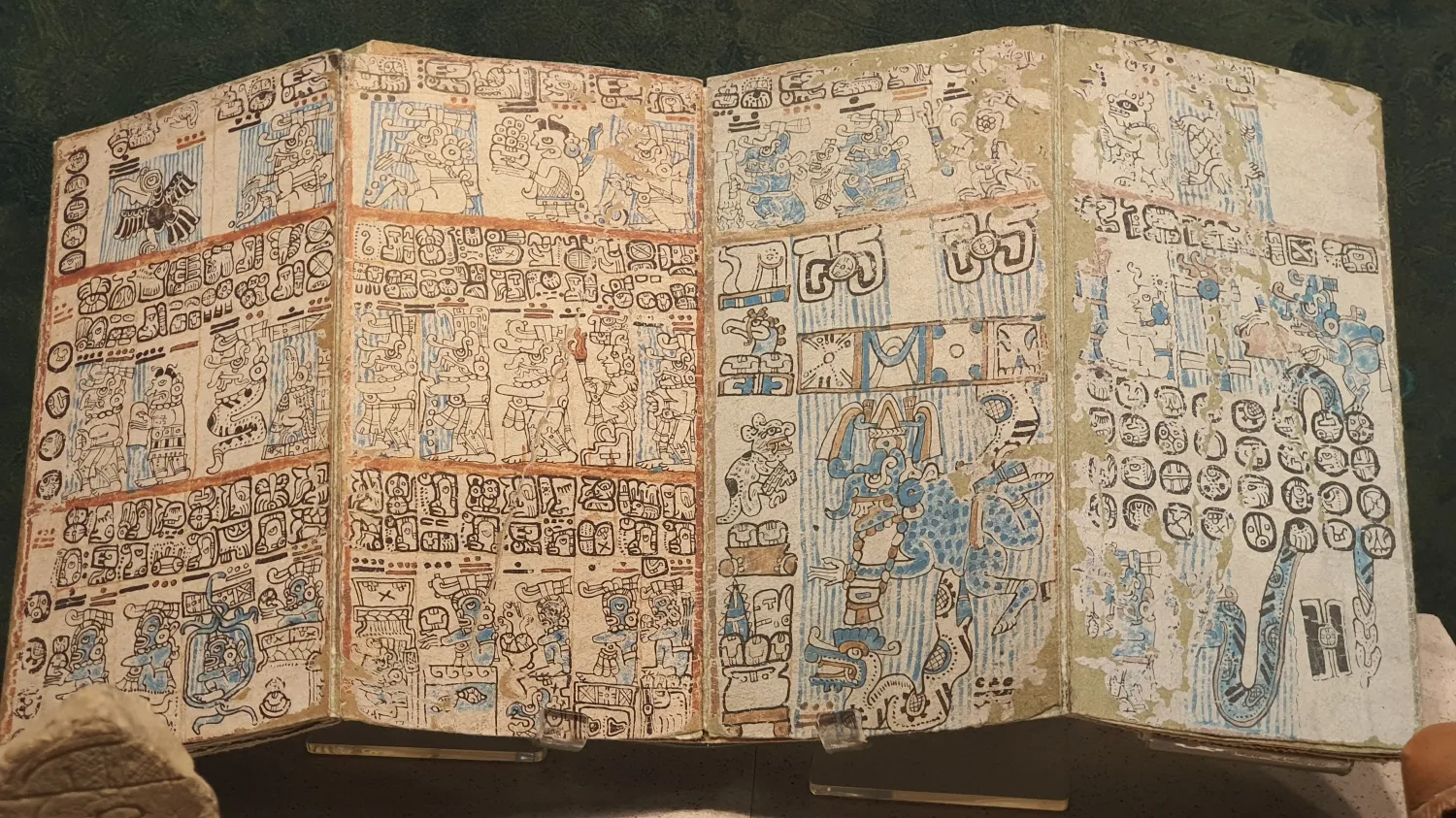
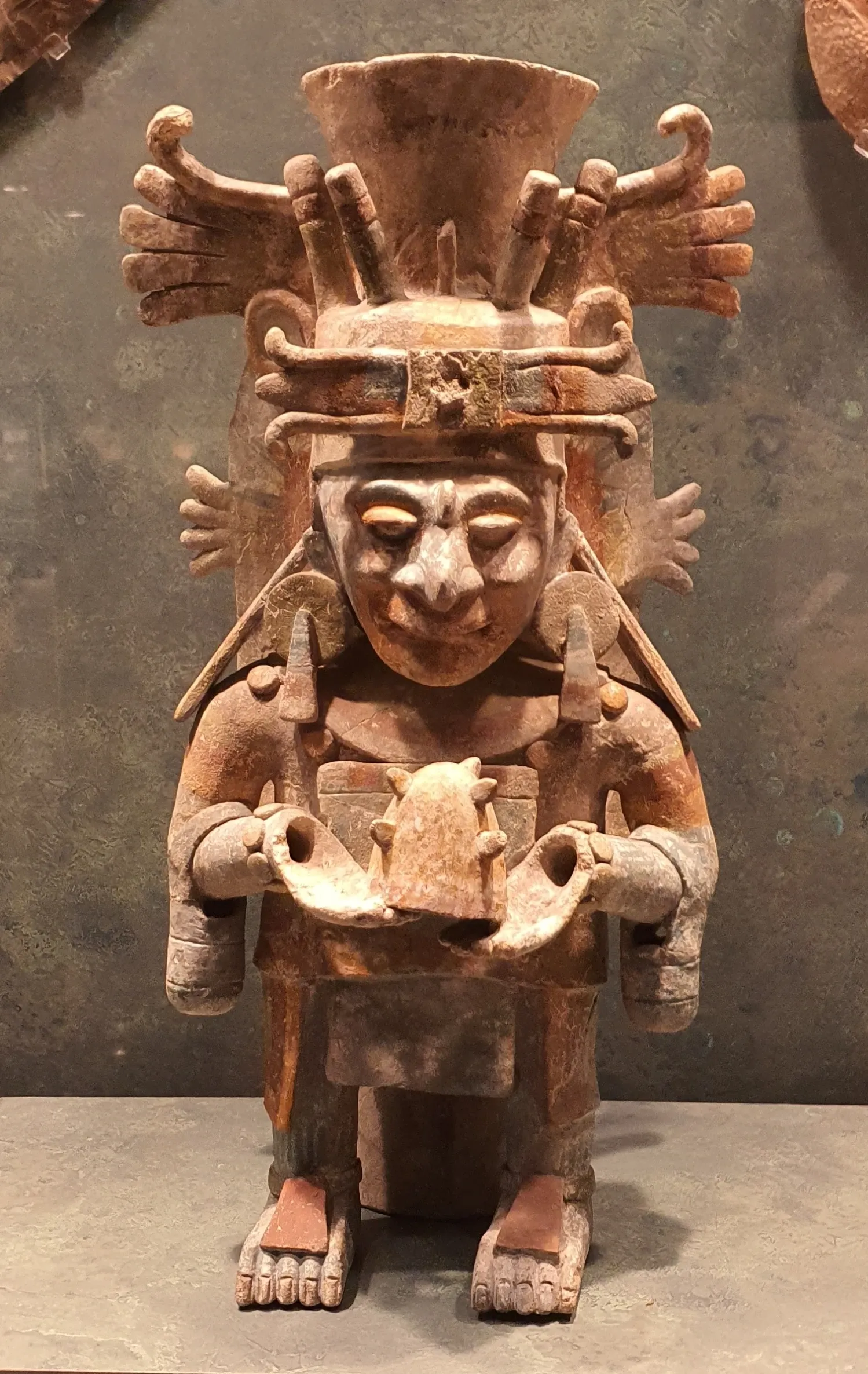
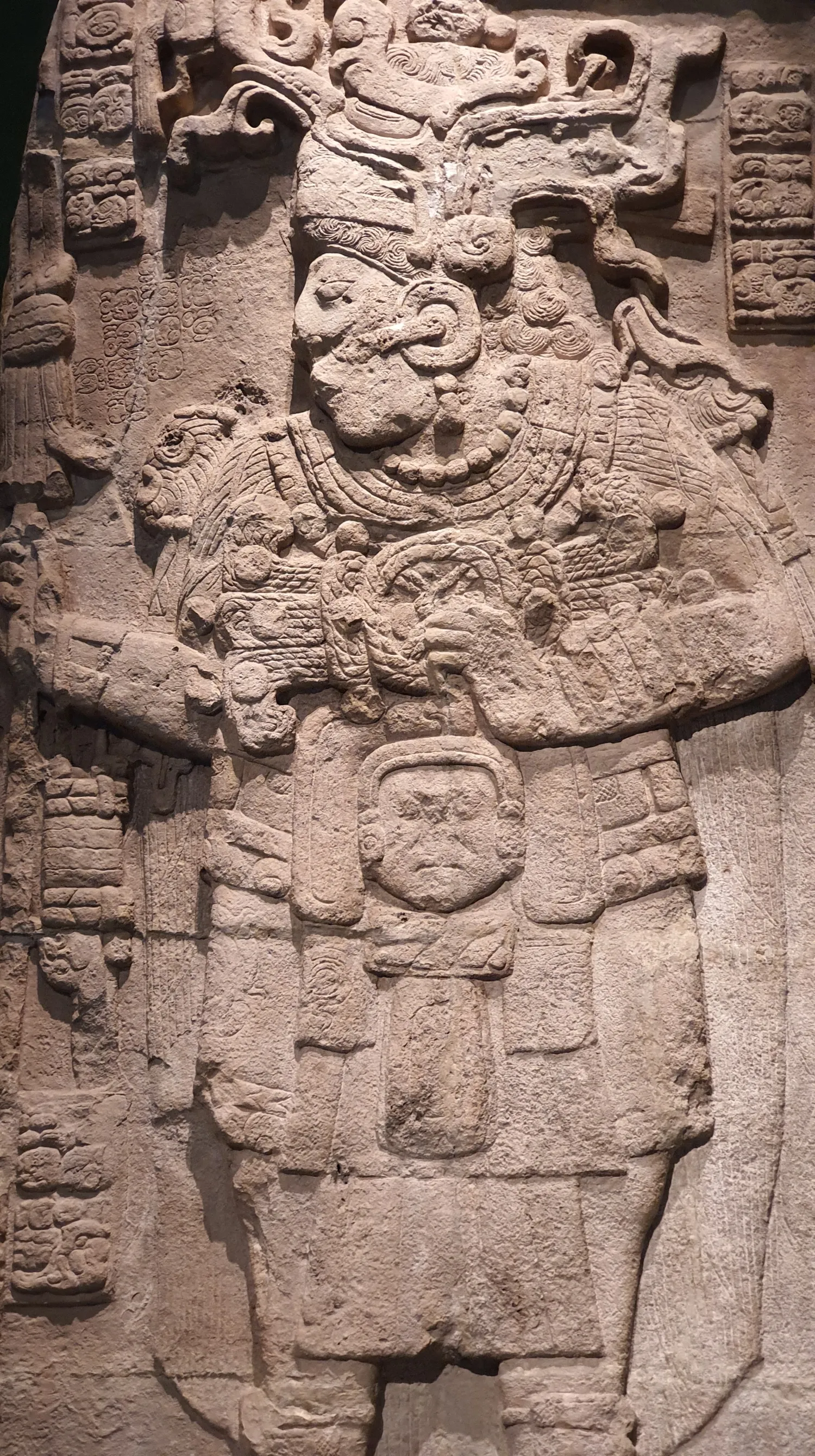
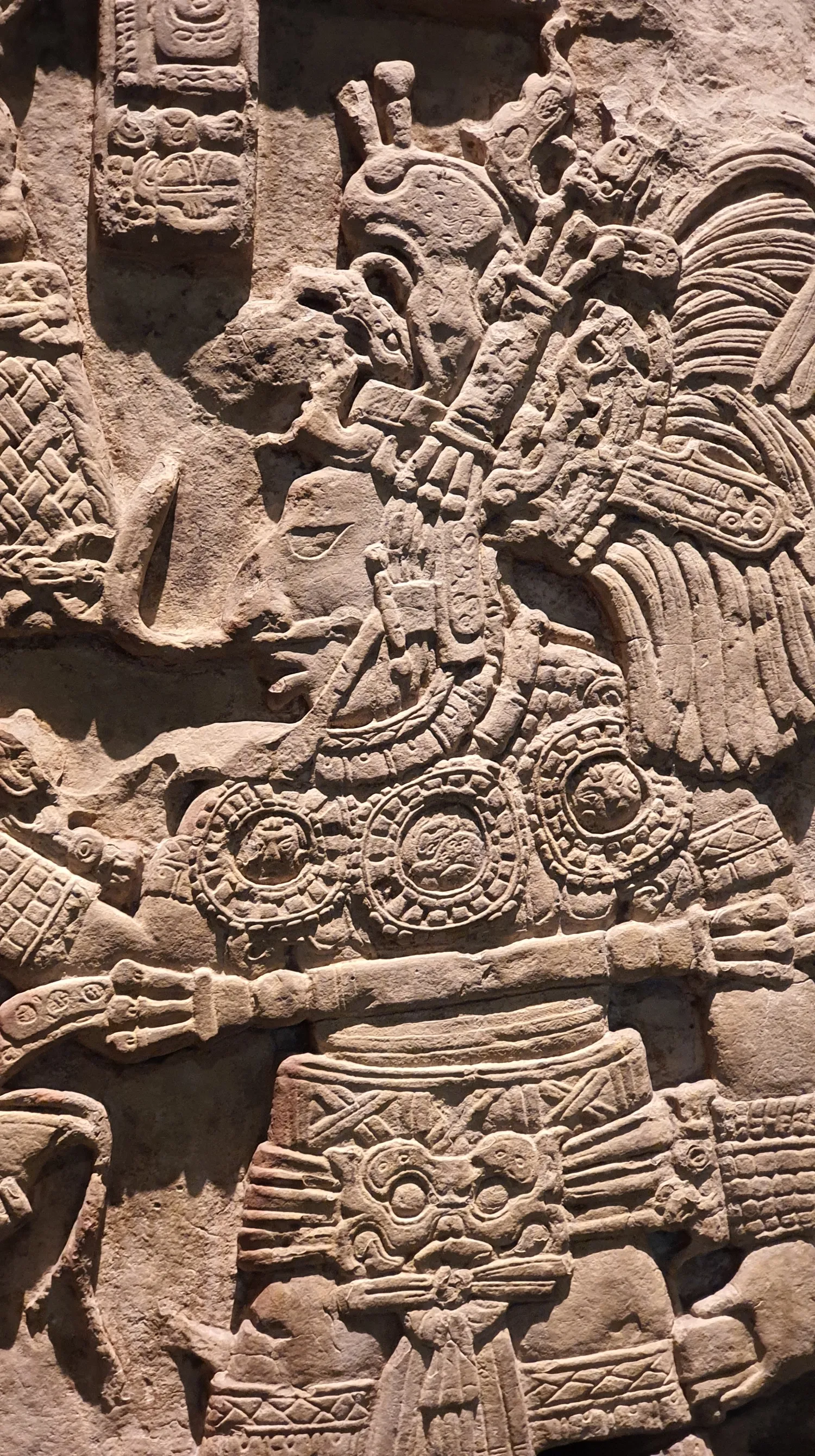
Mexico city
Tenochtitlan
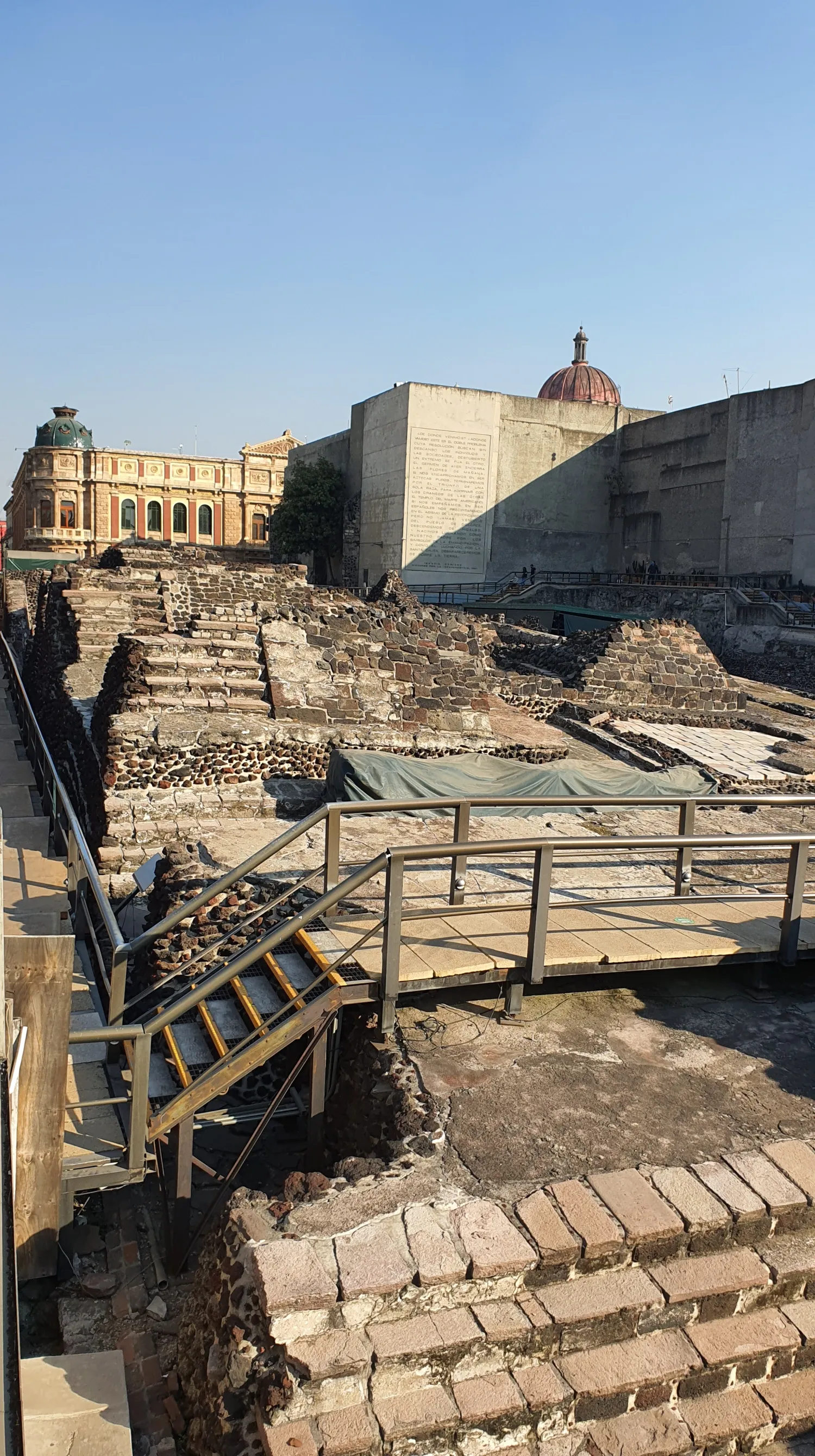
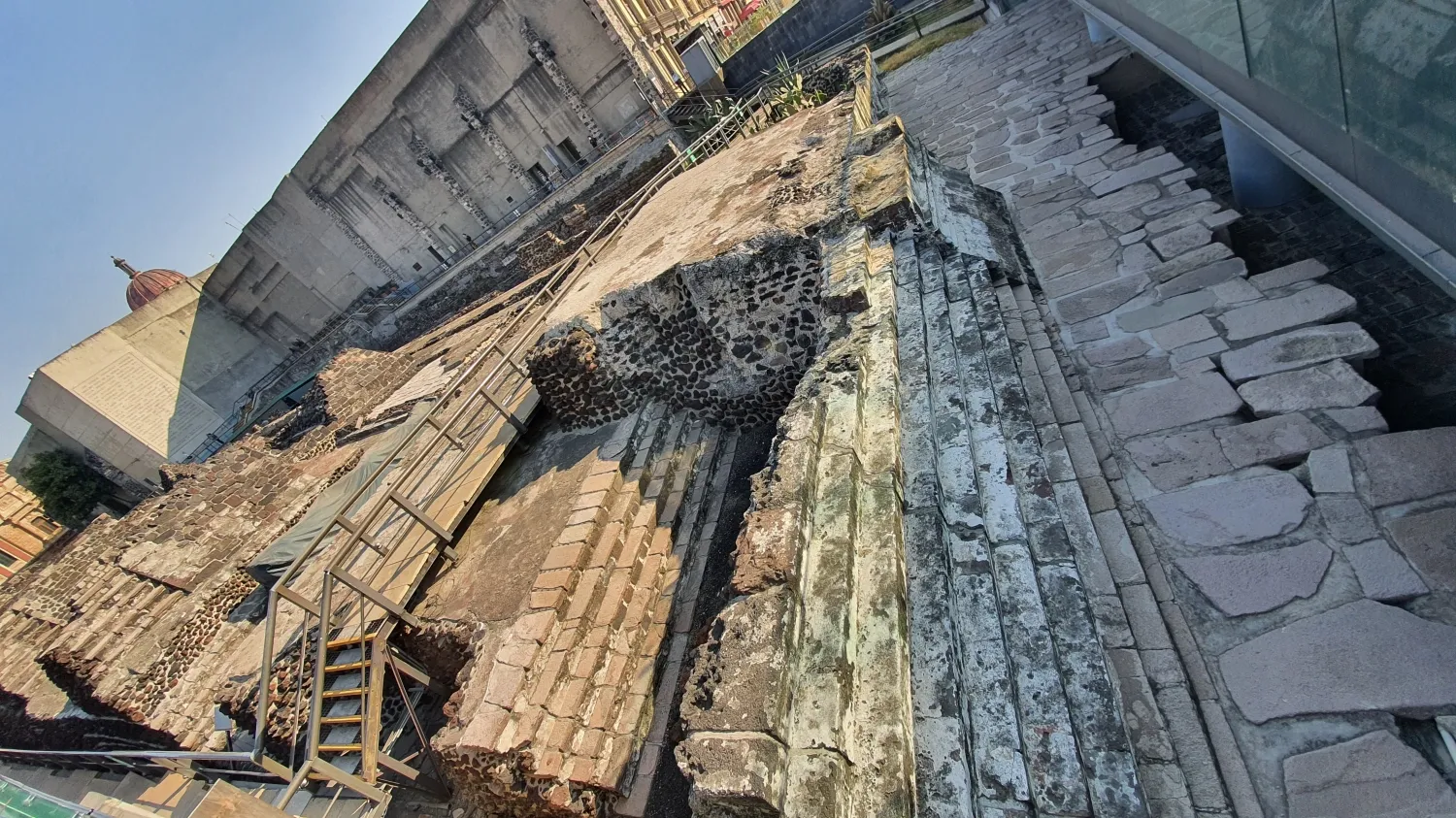
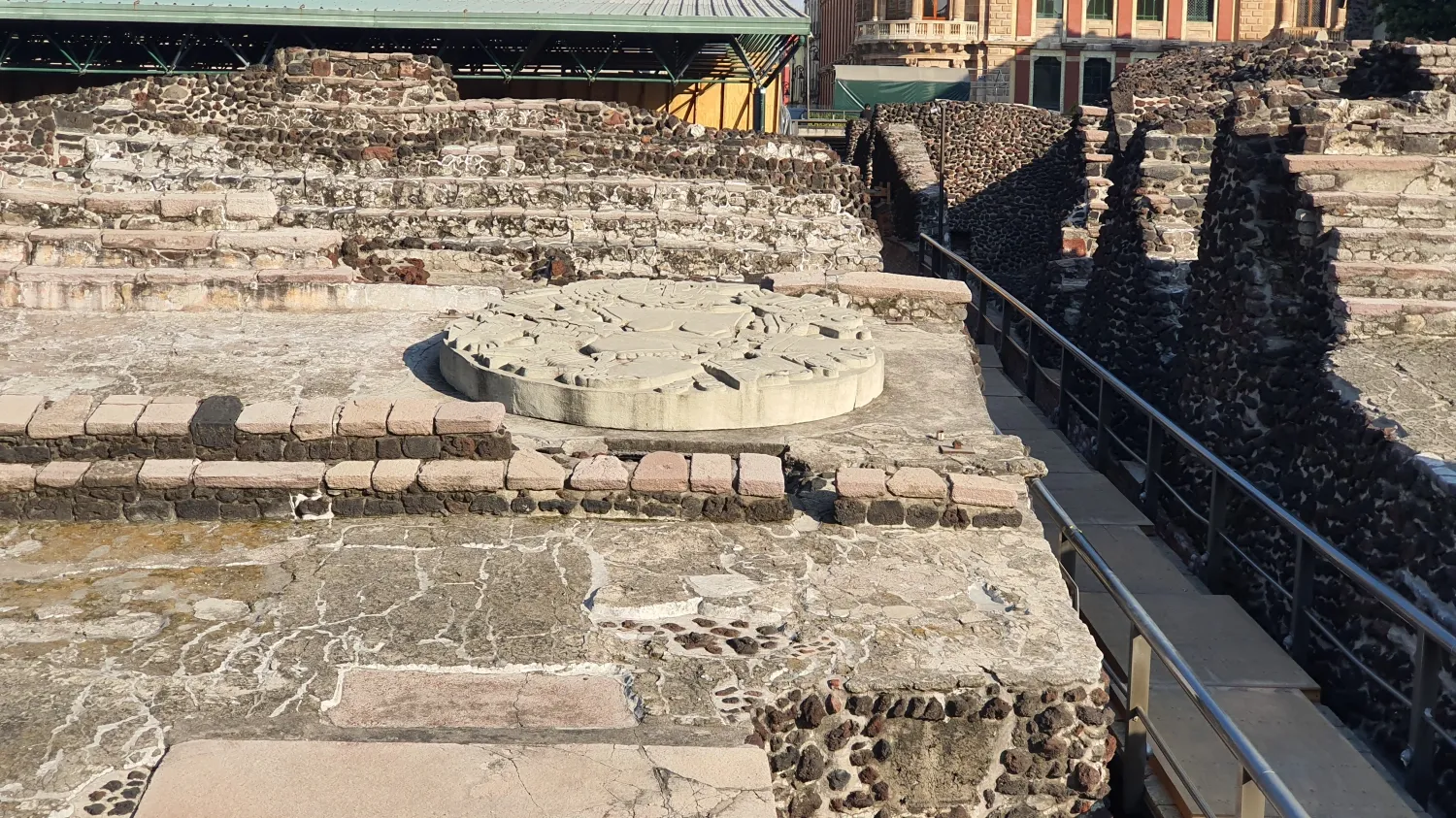
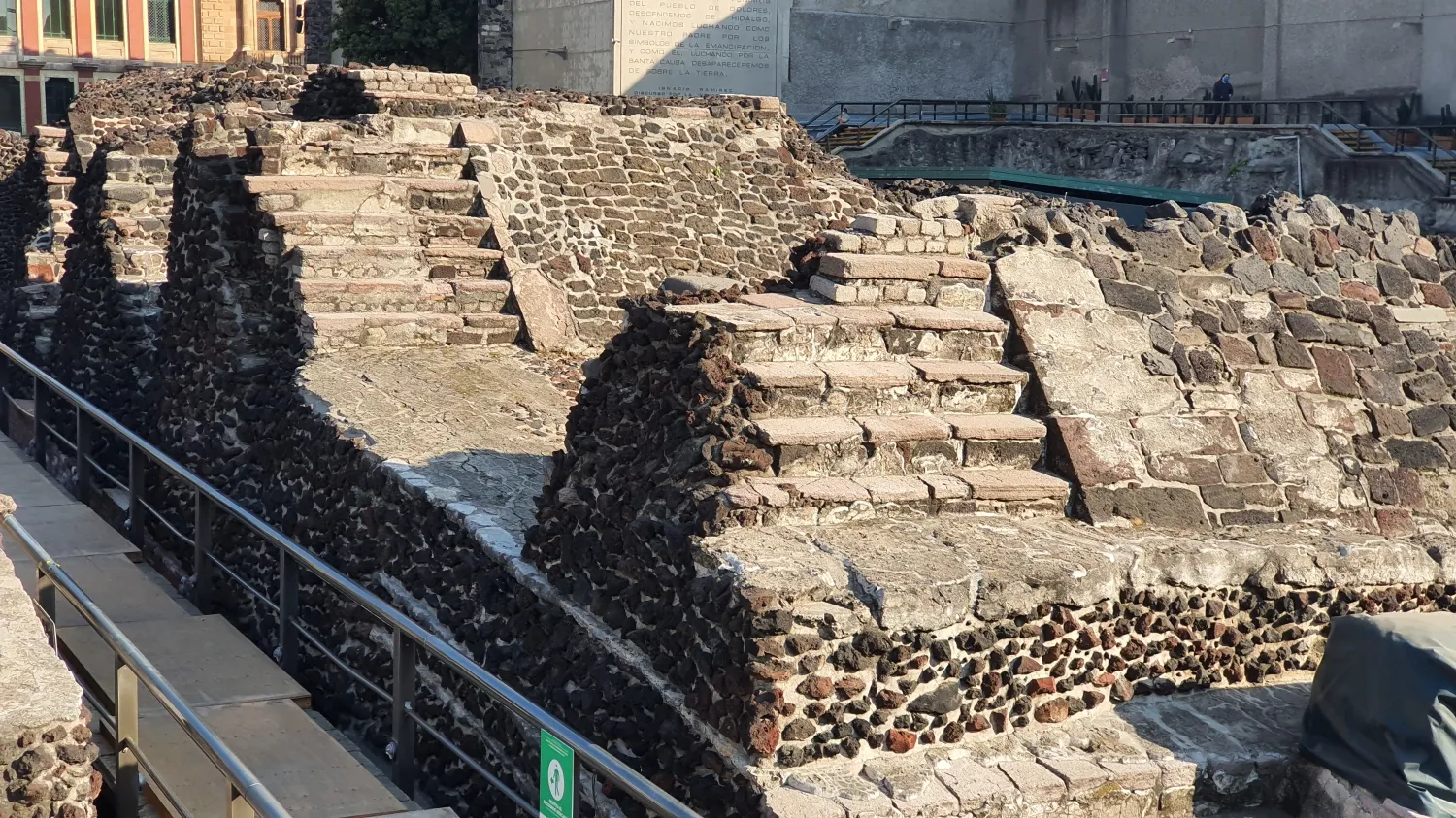
Mexico City Metropolitan Cathedral
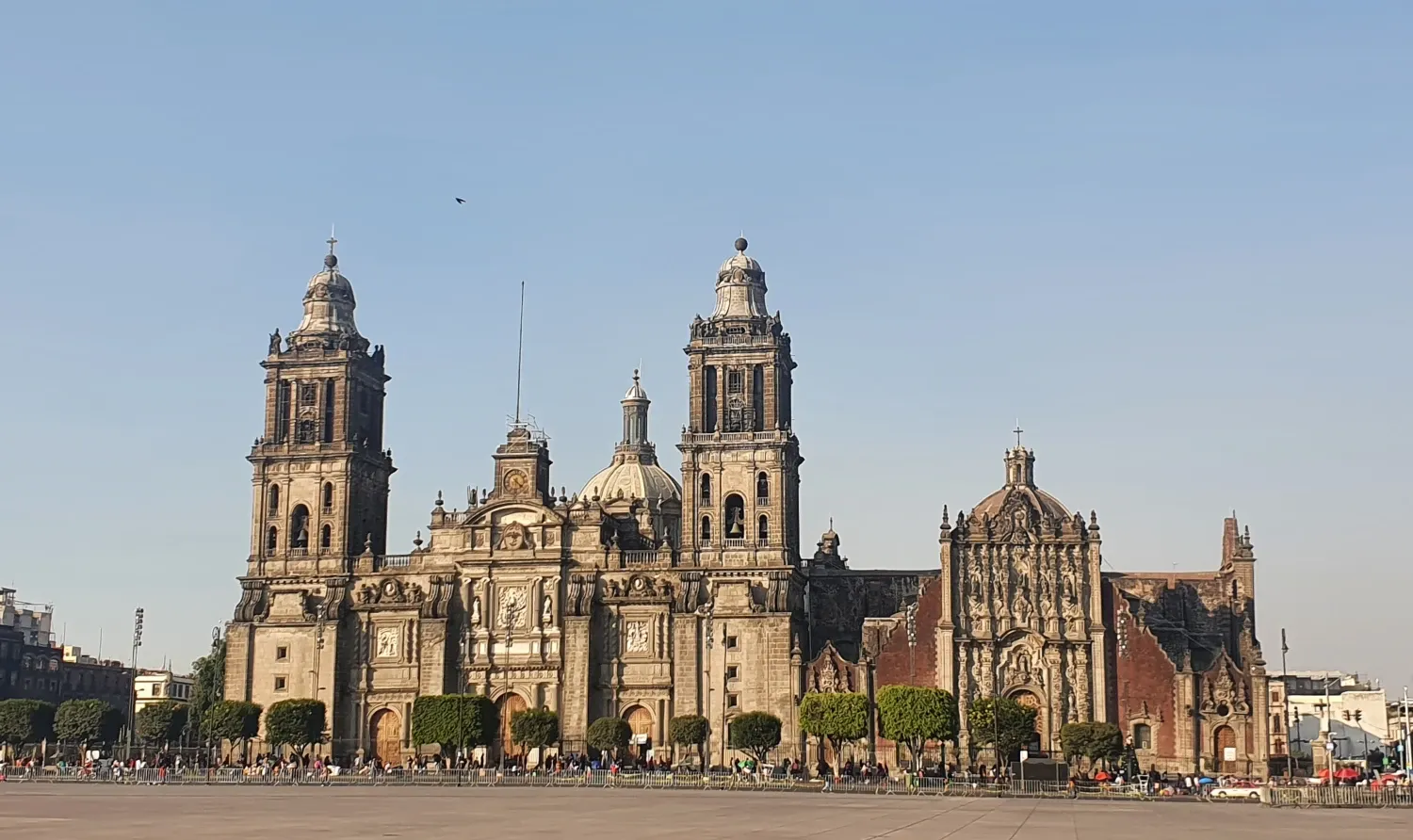
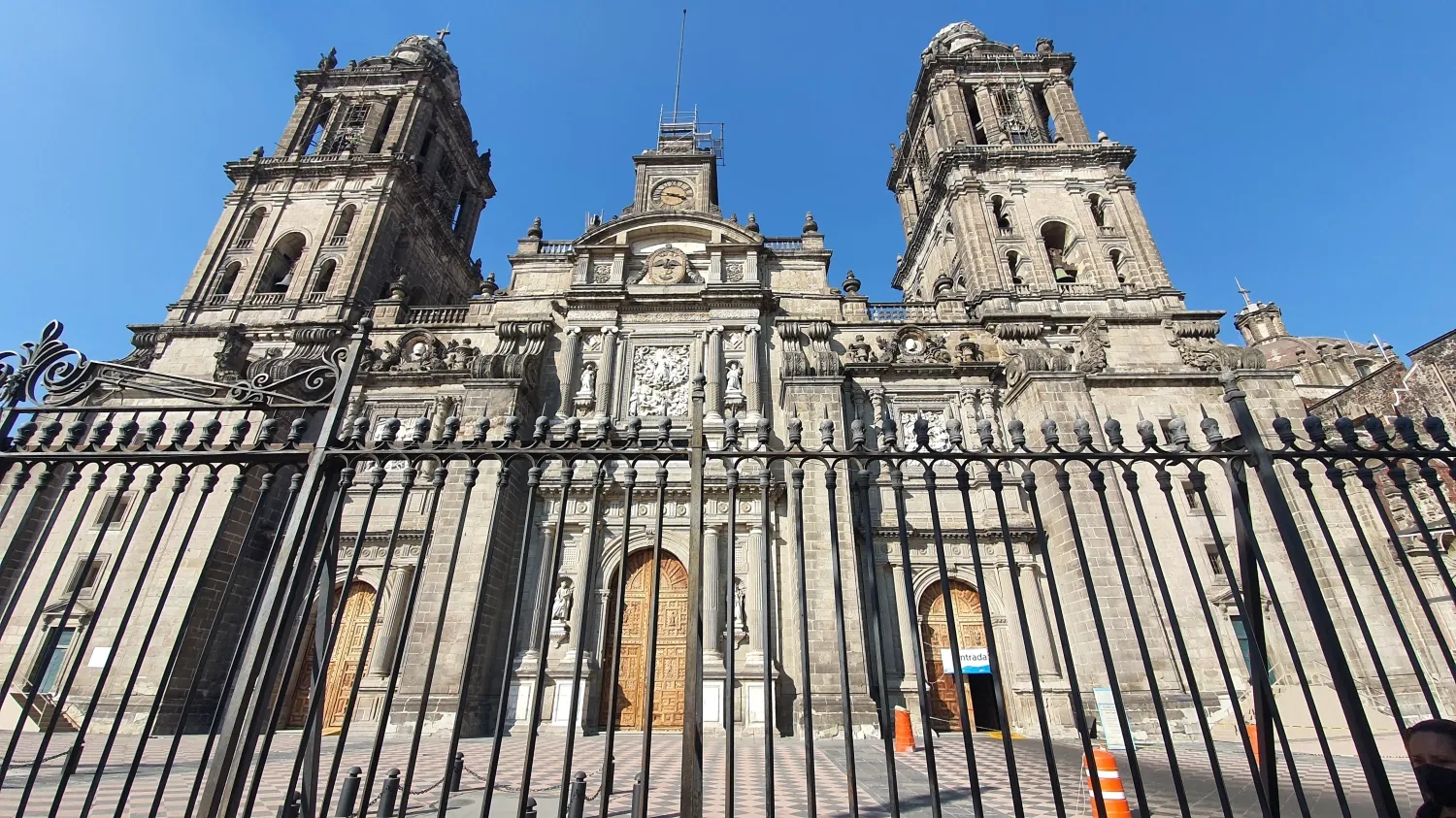
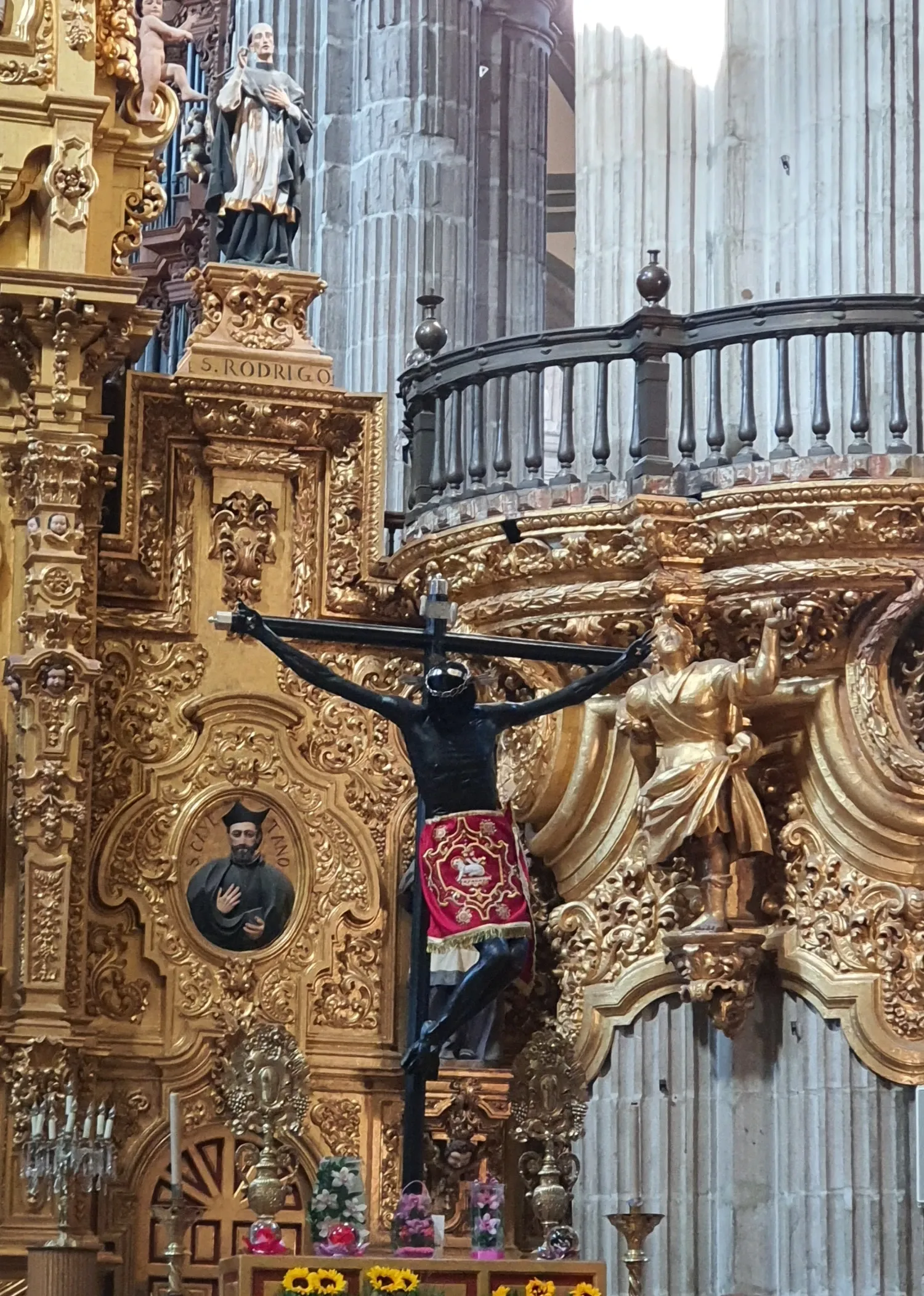
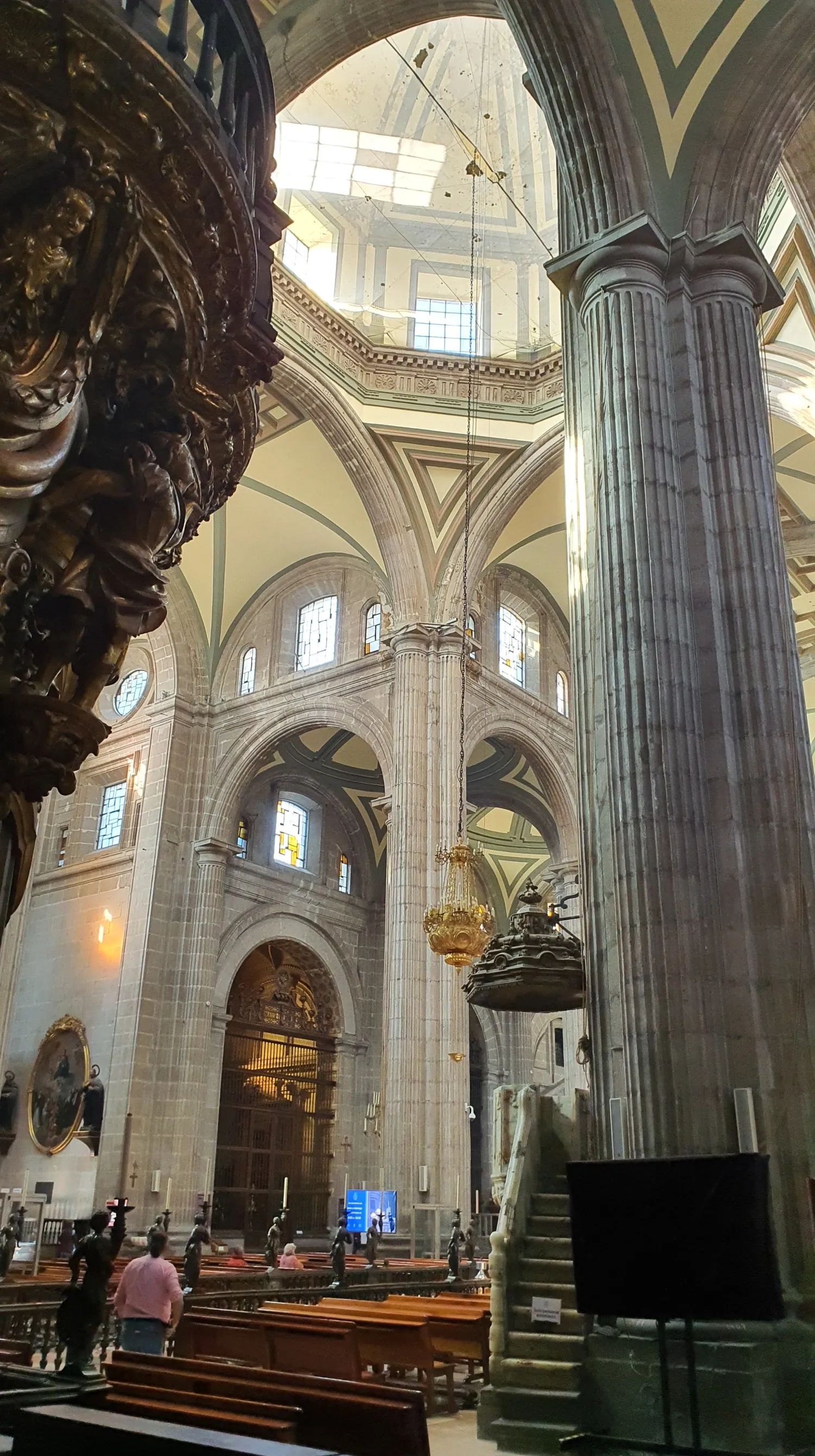
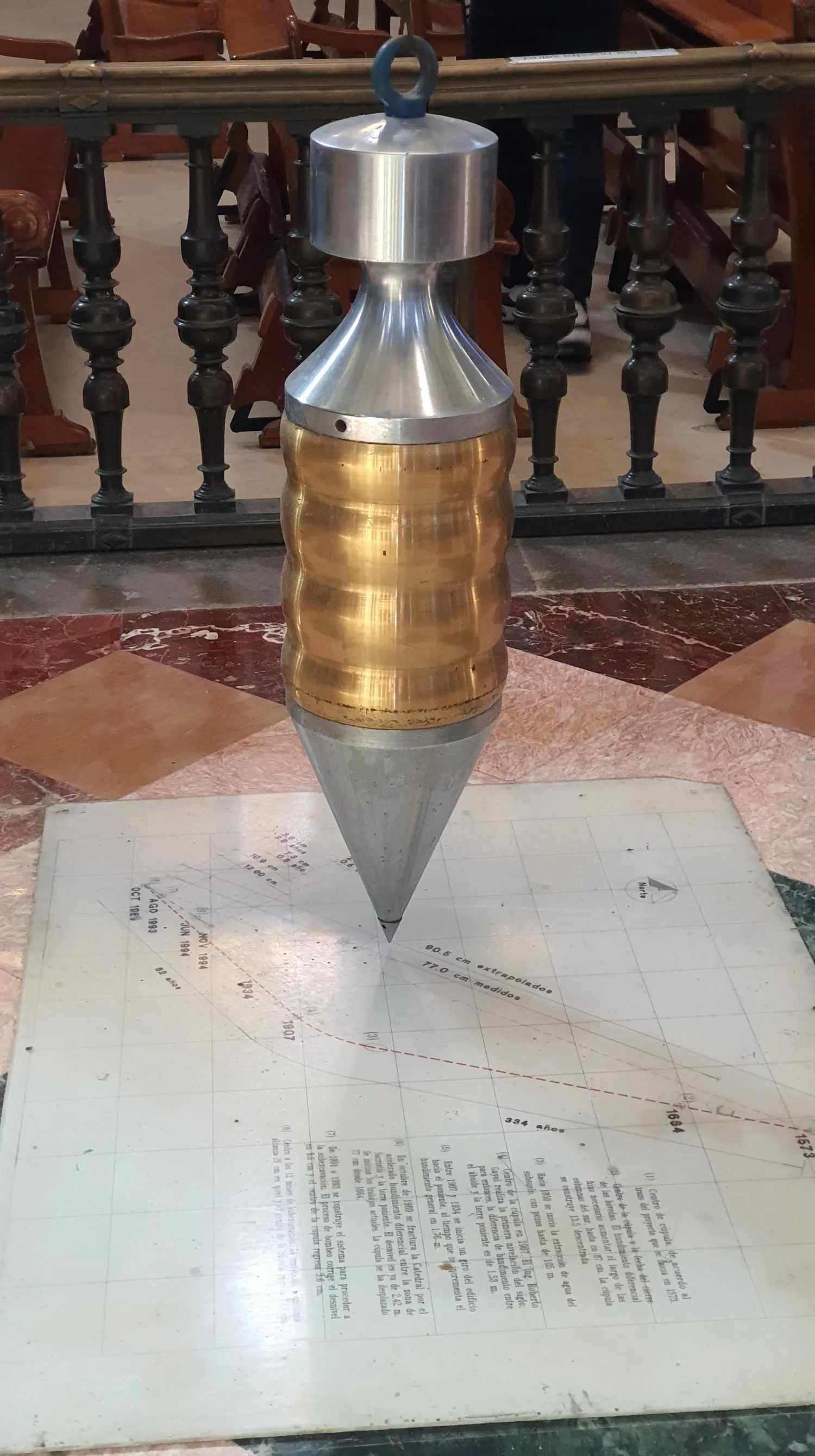
Mexico city
Cancun
